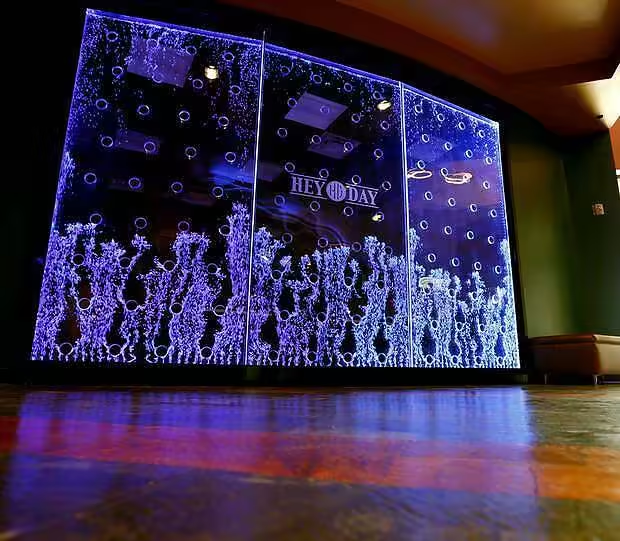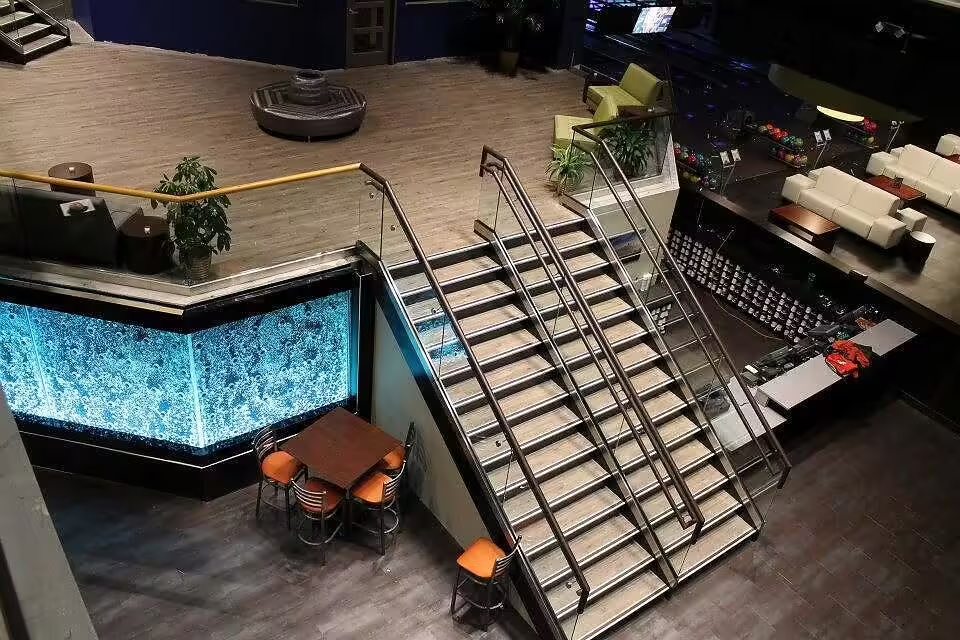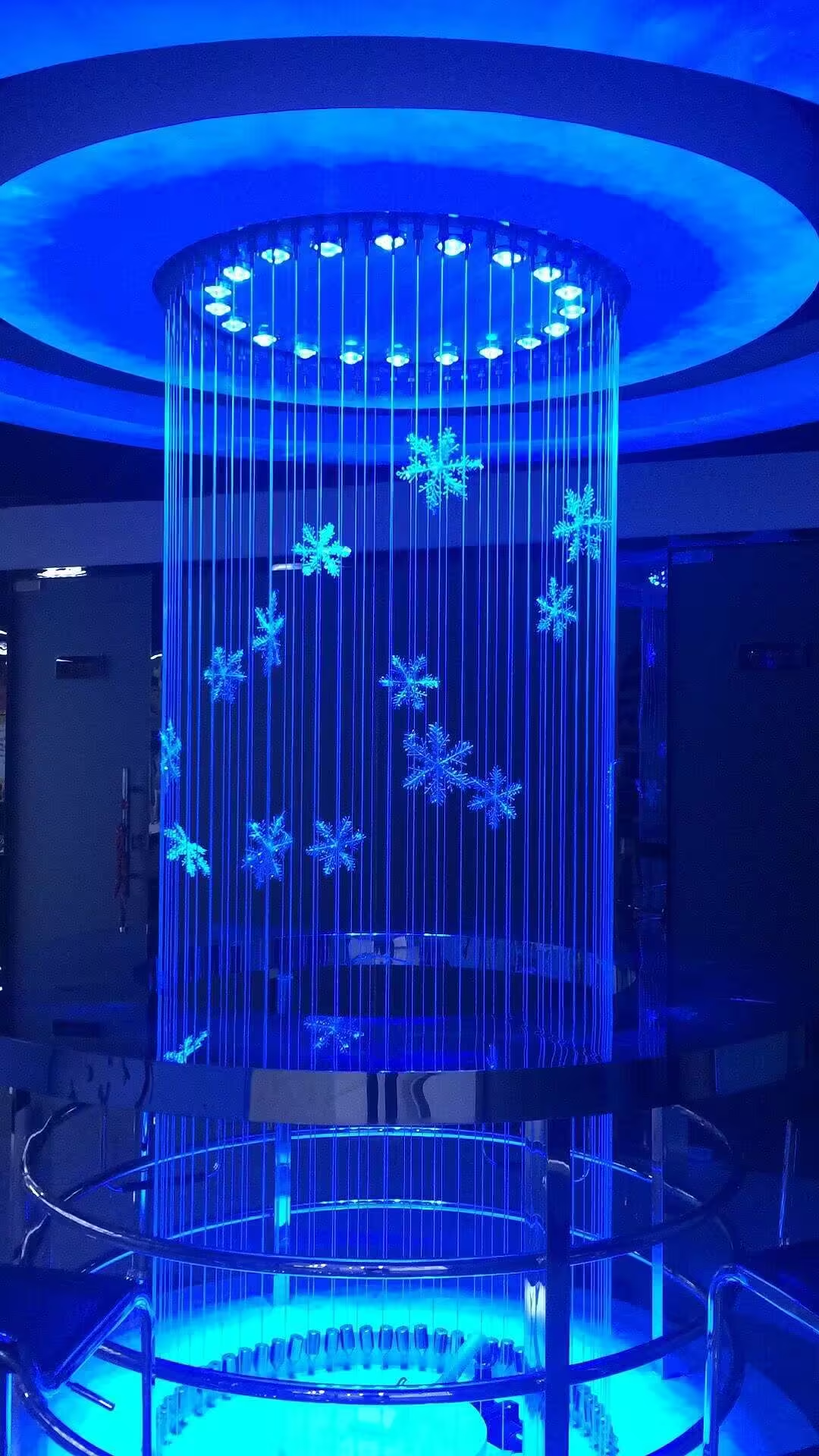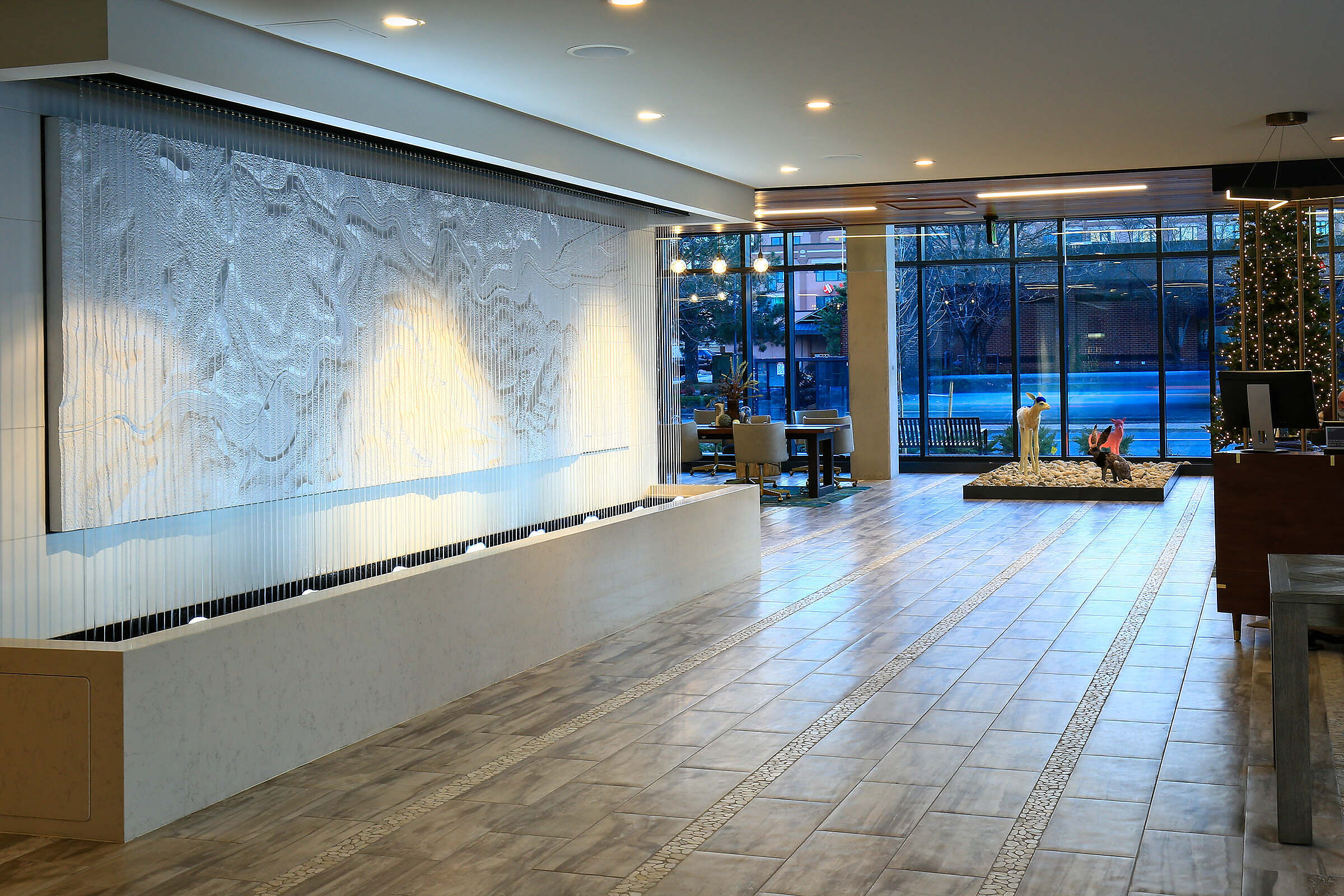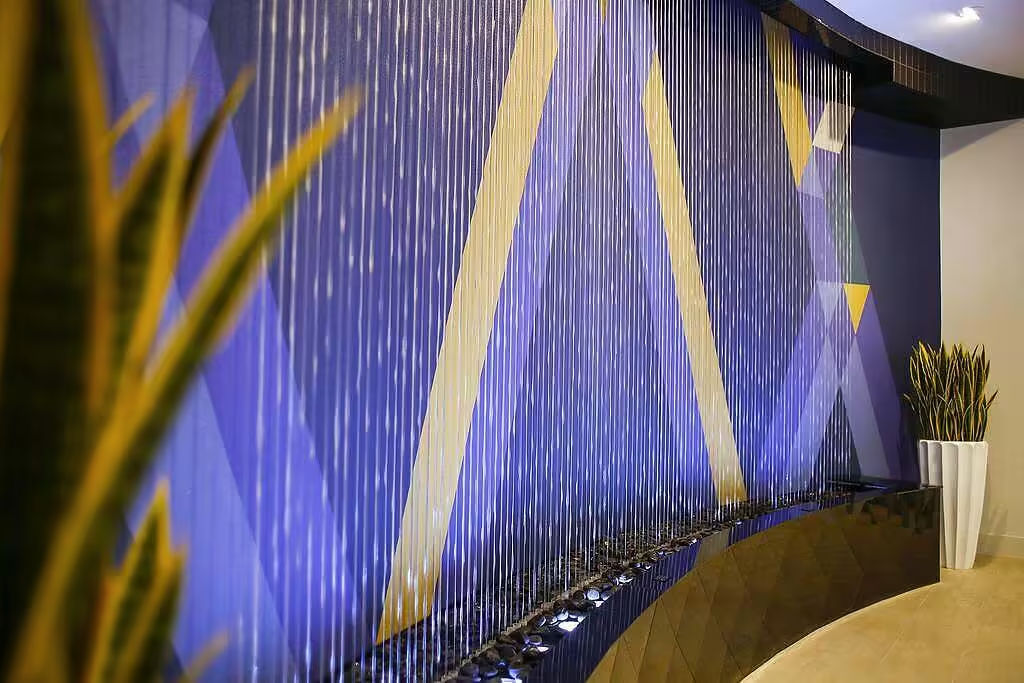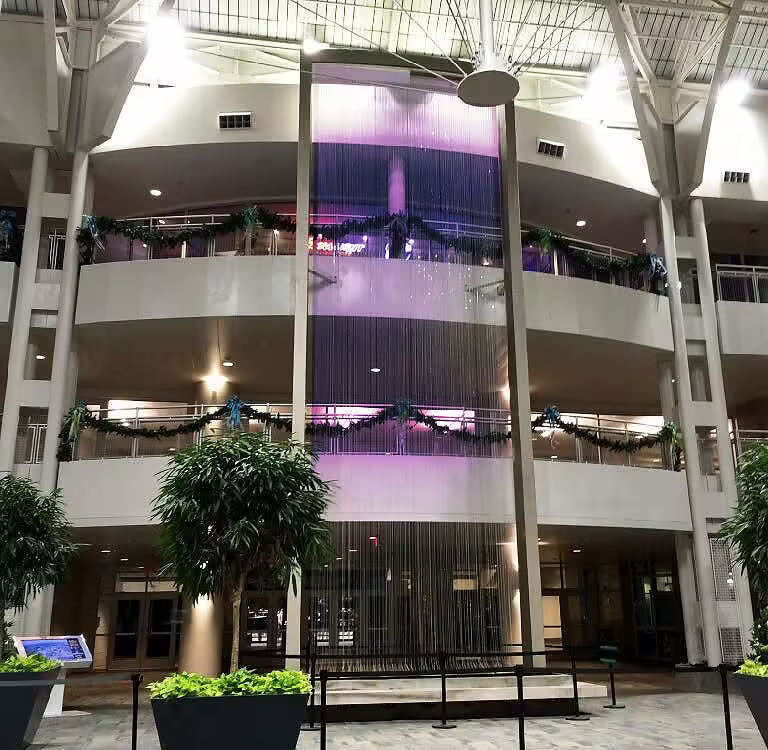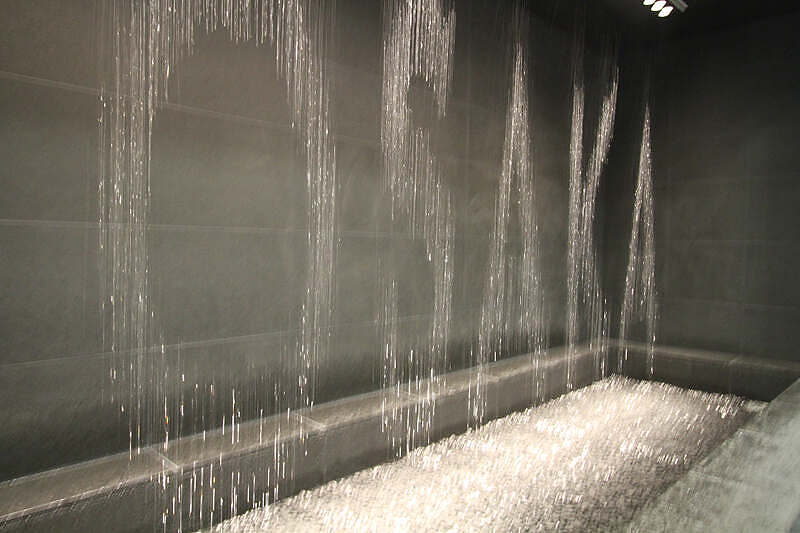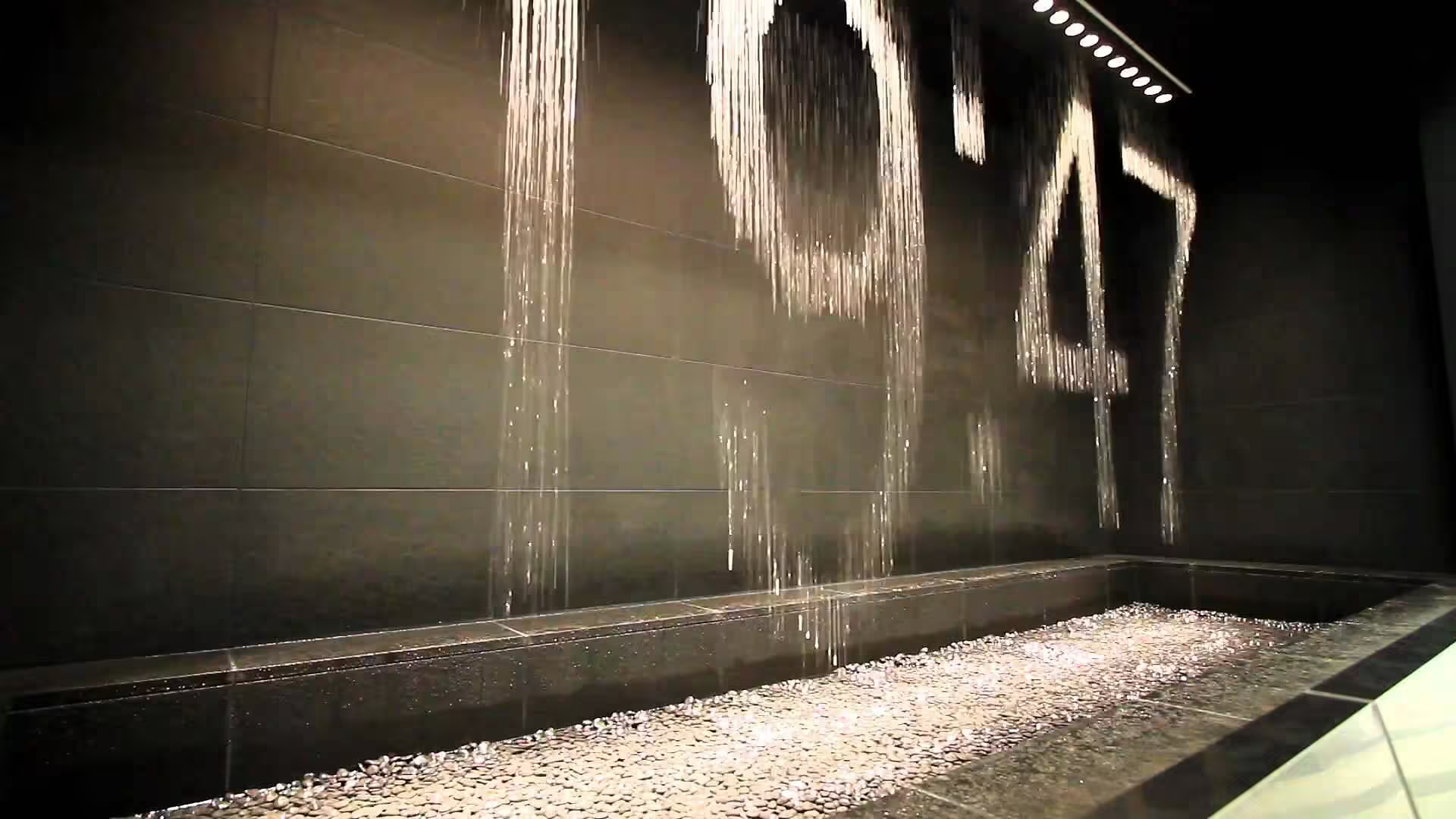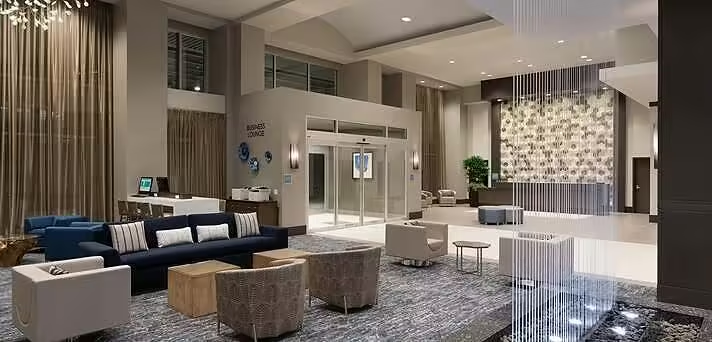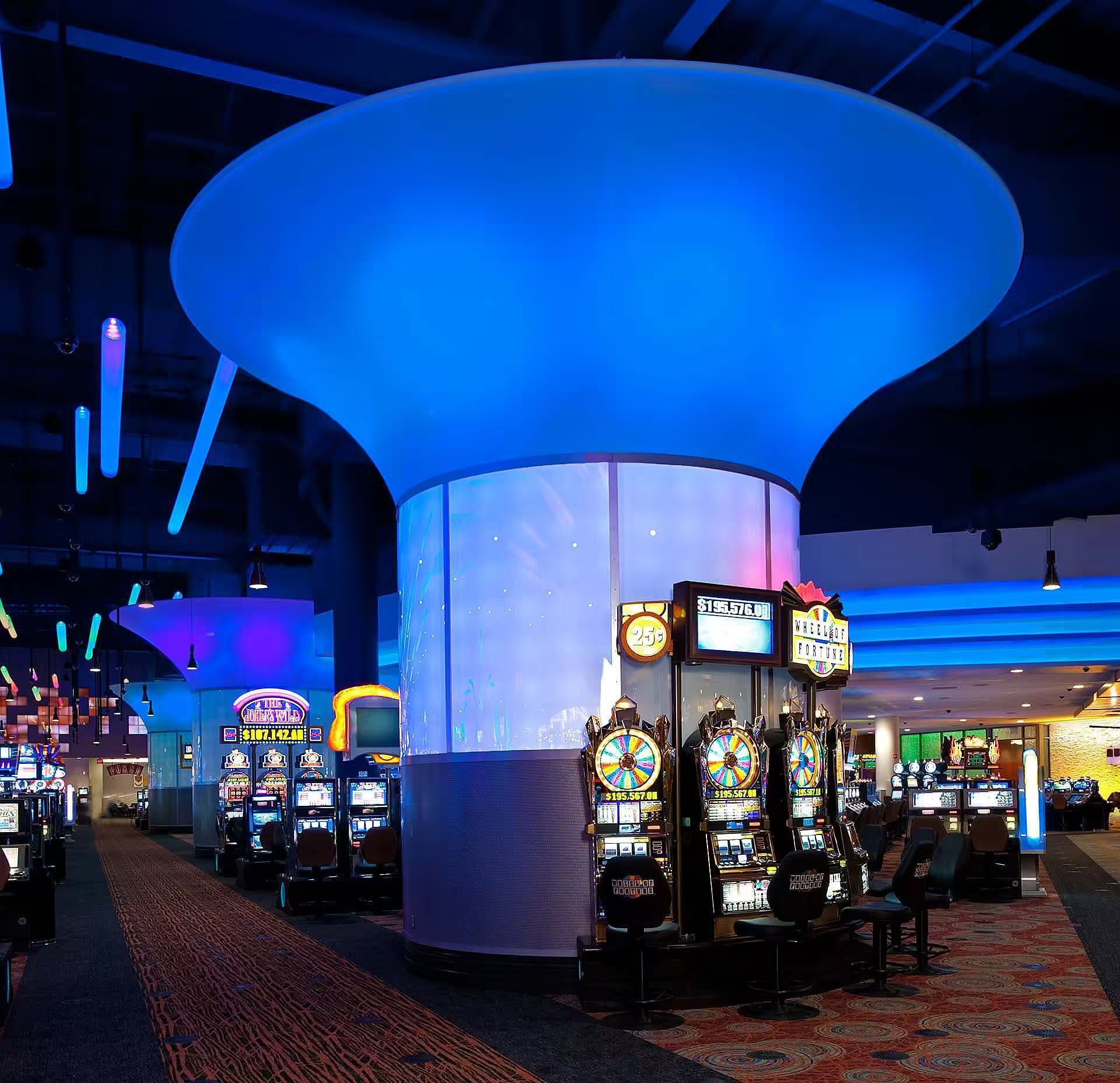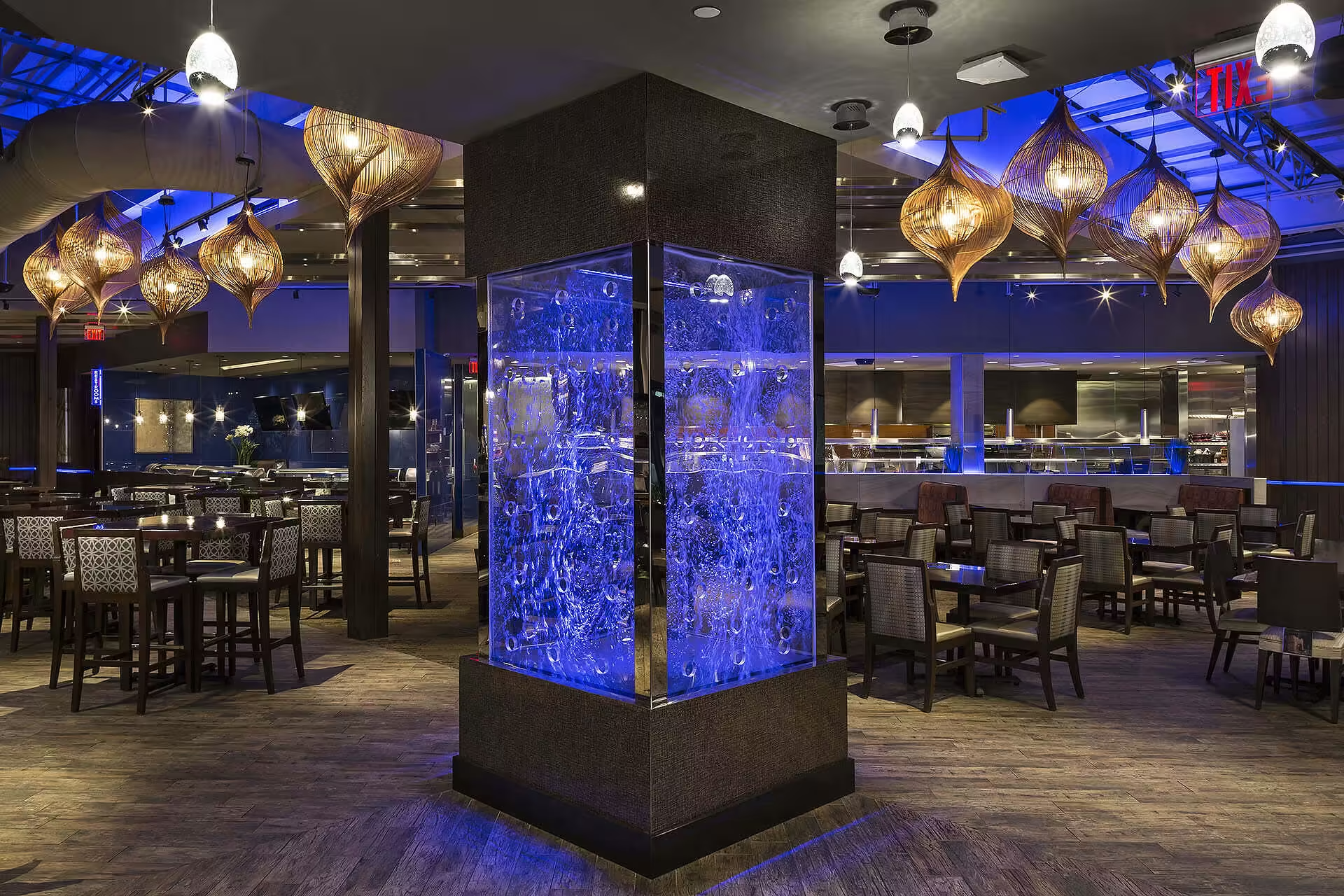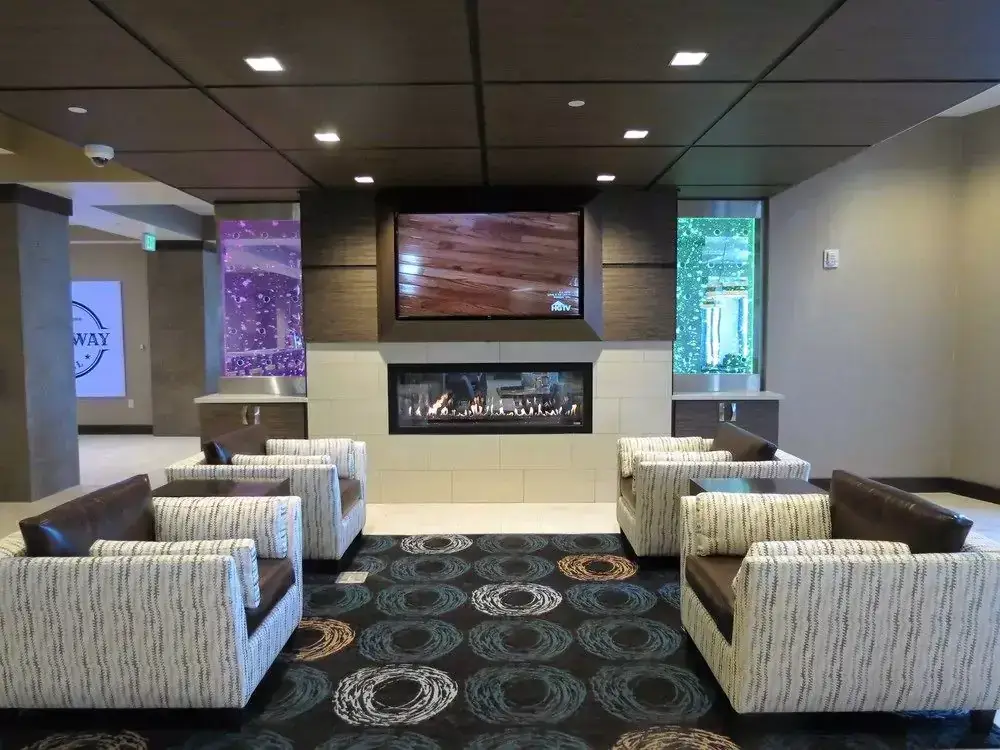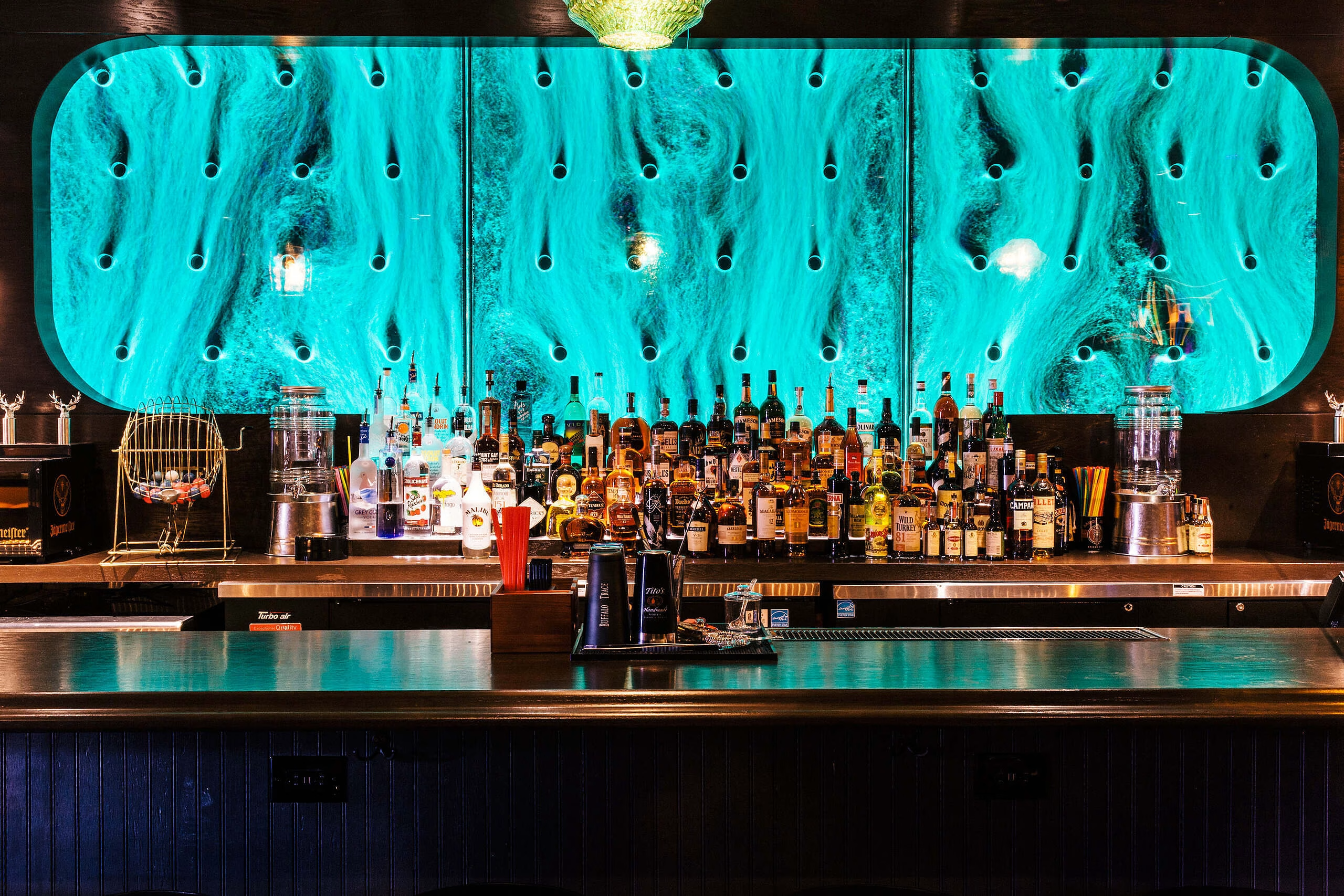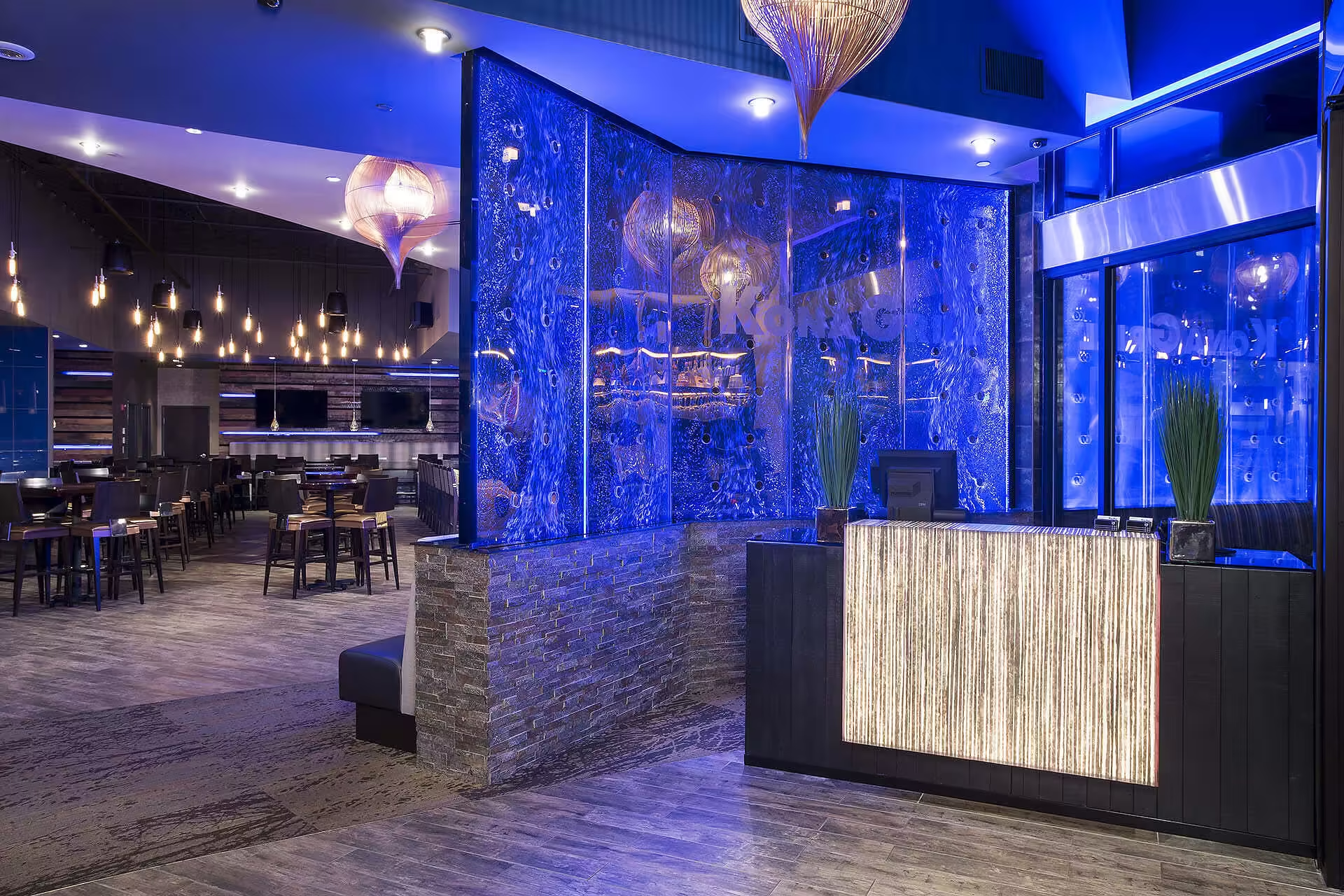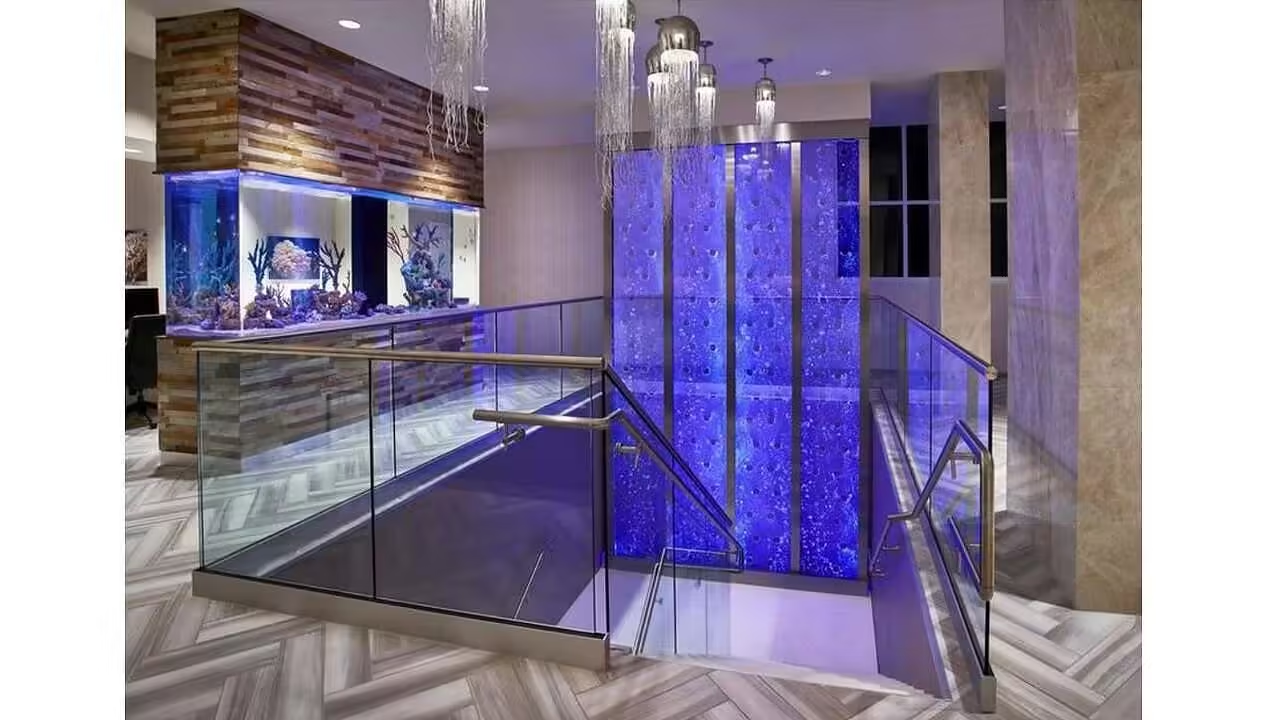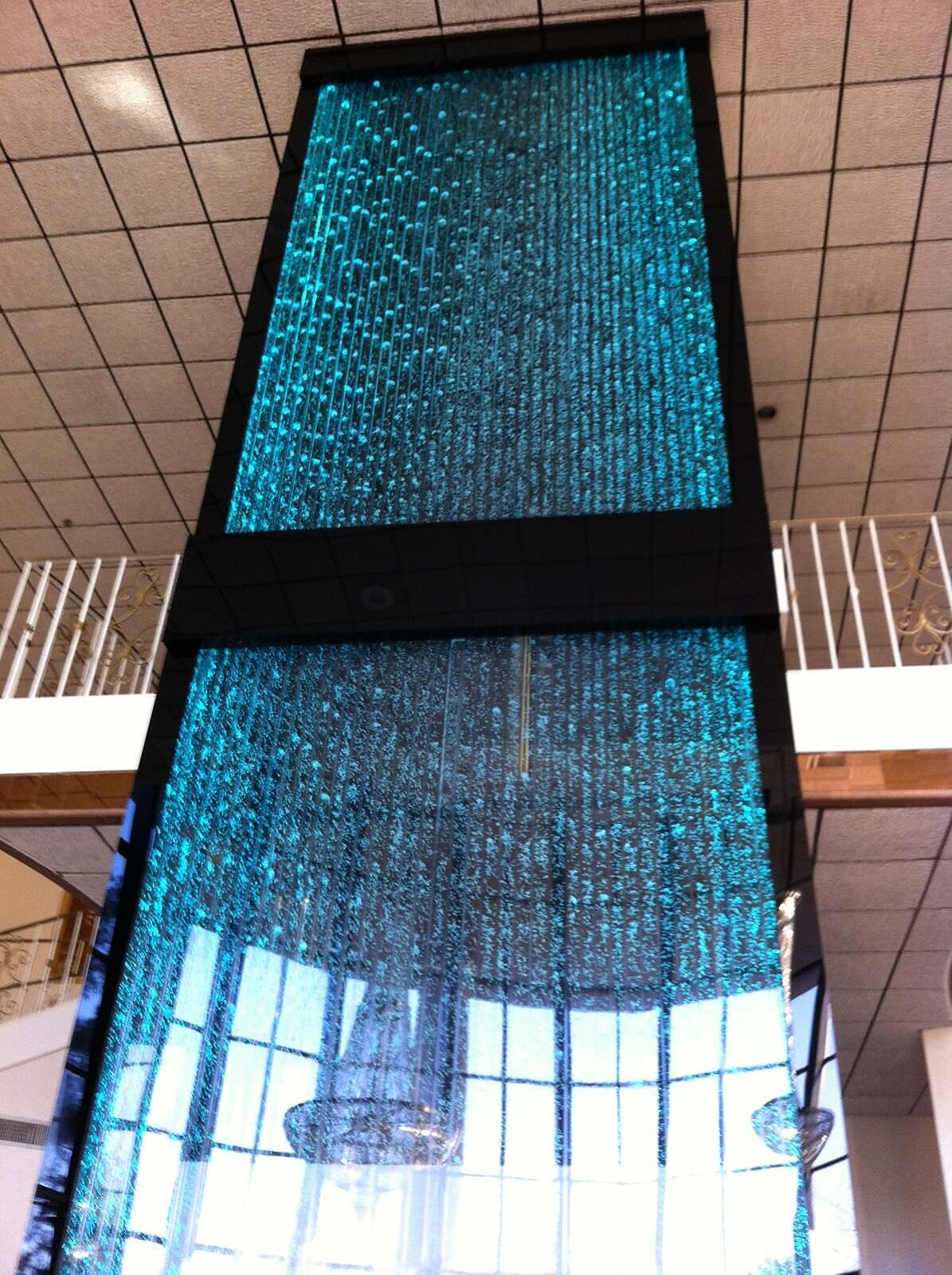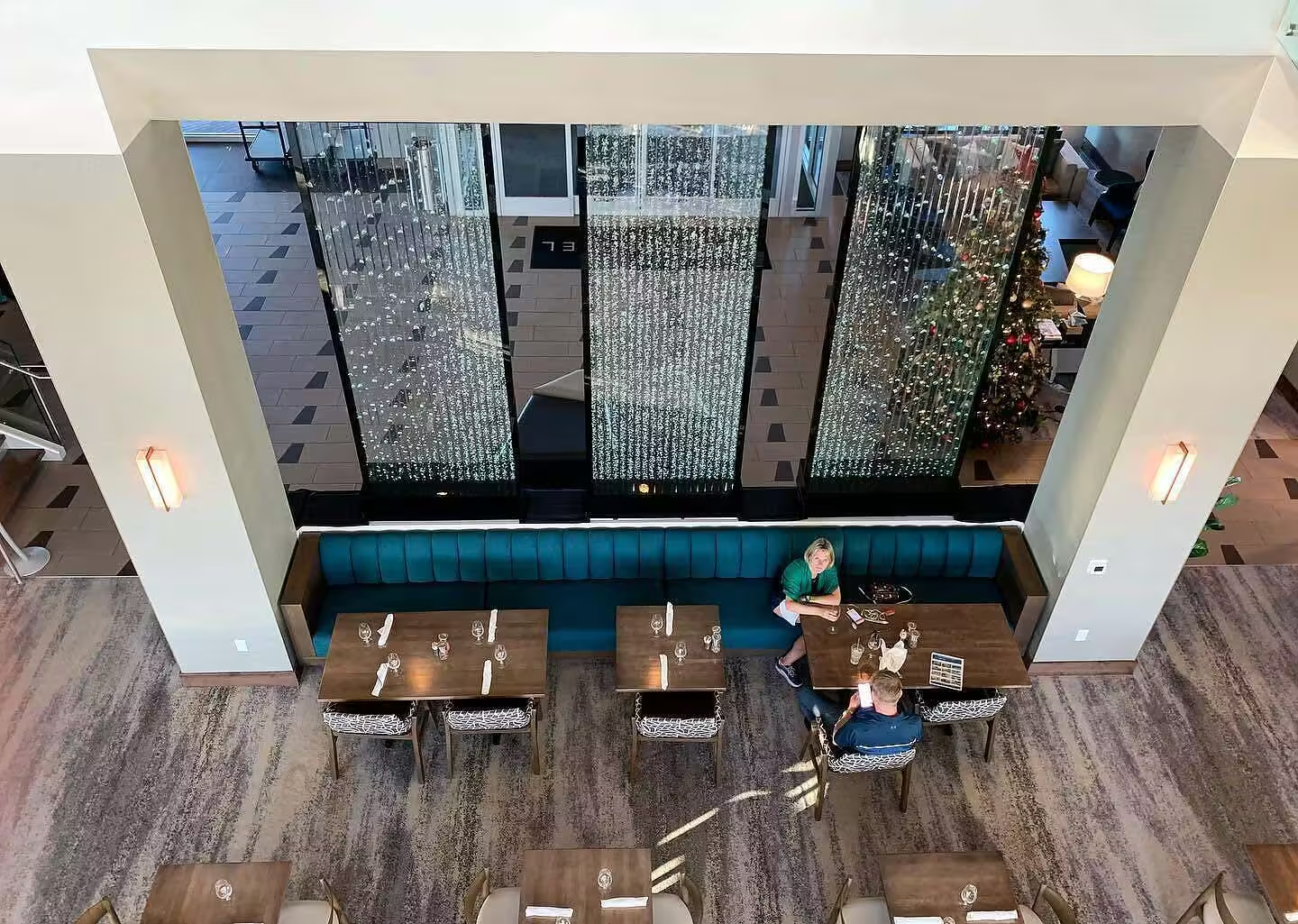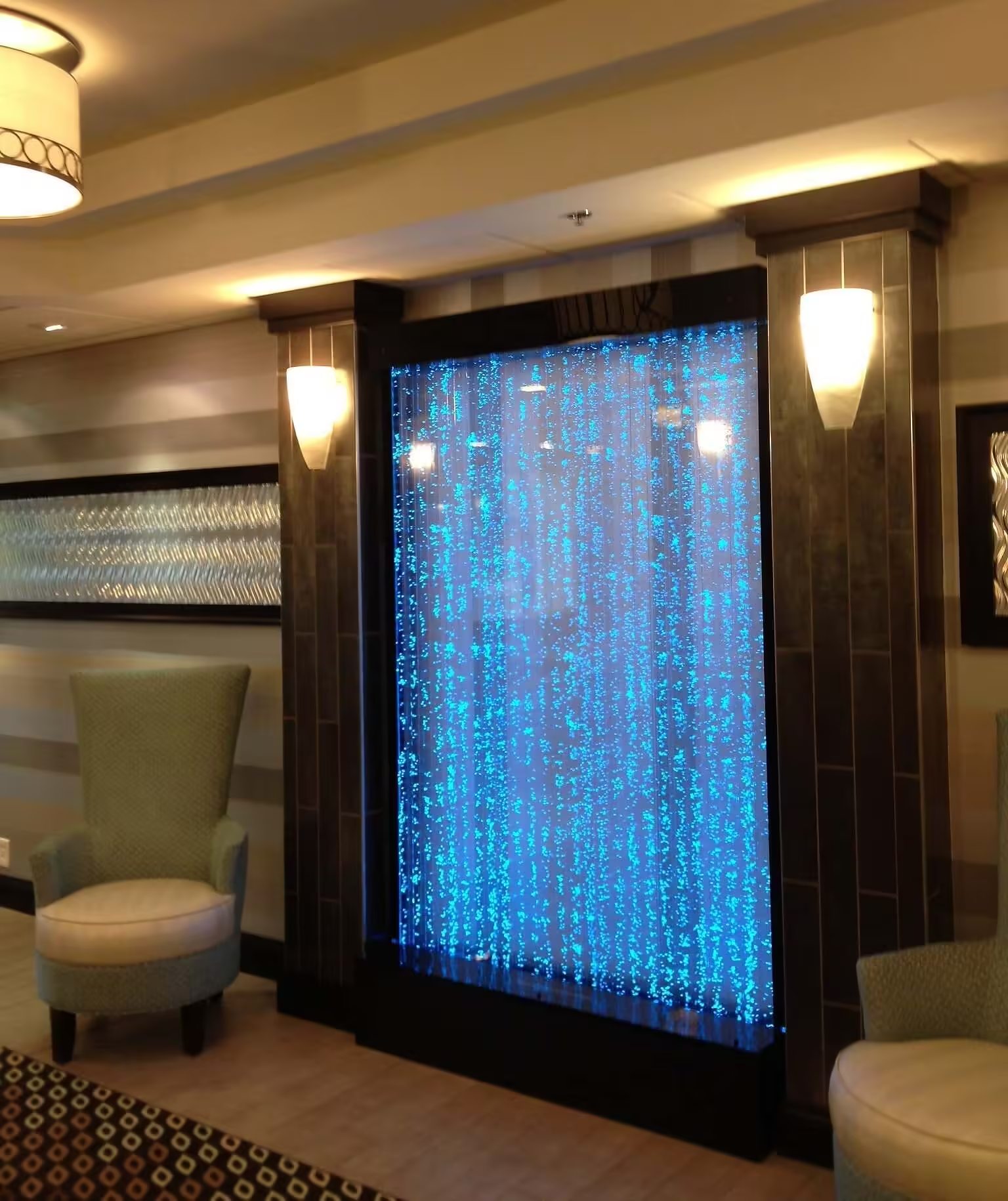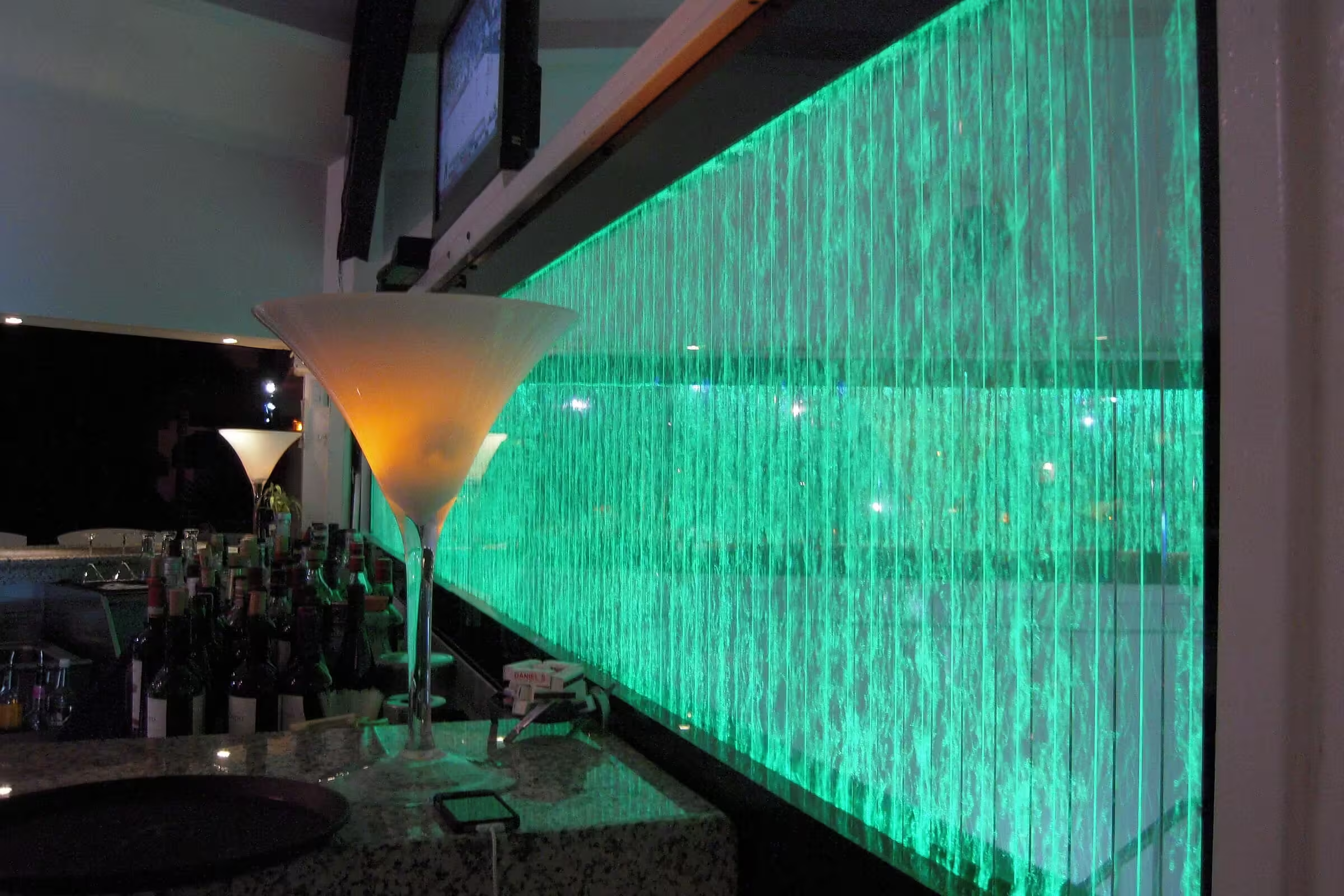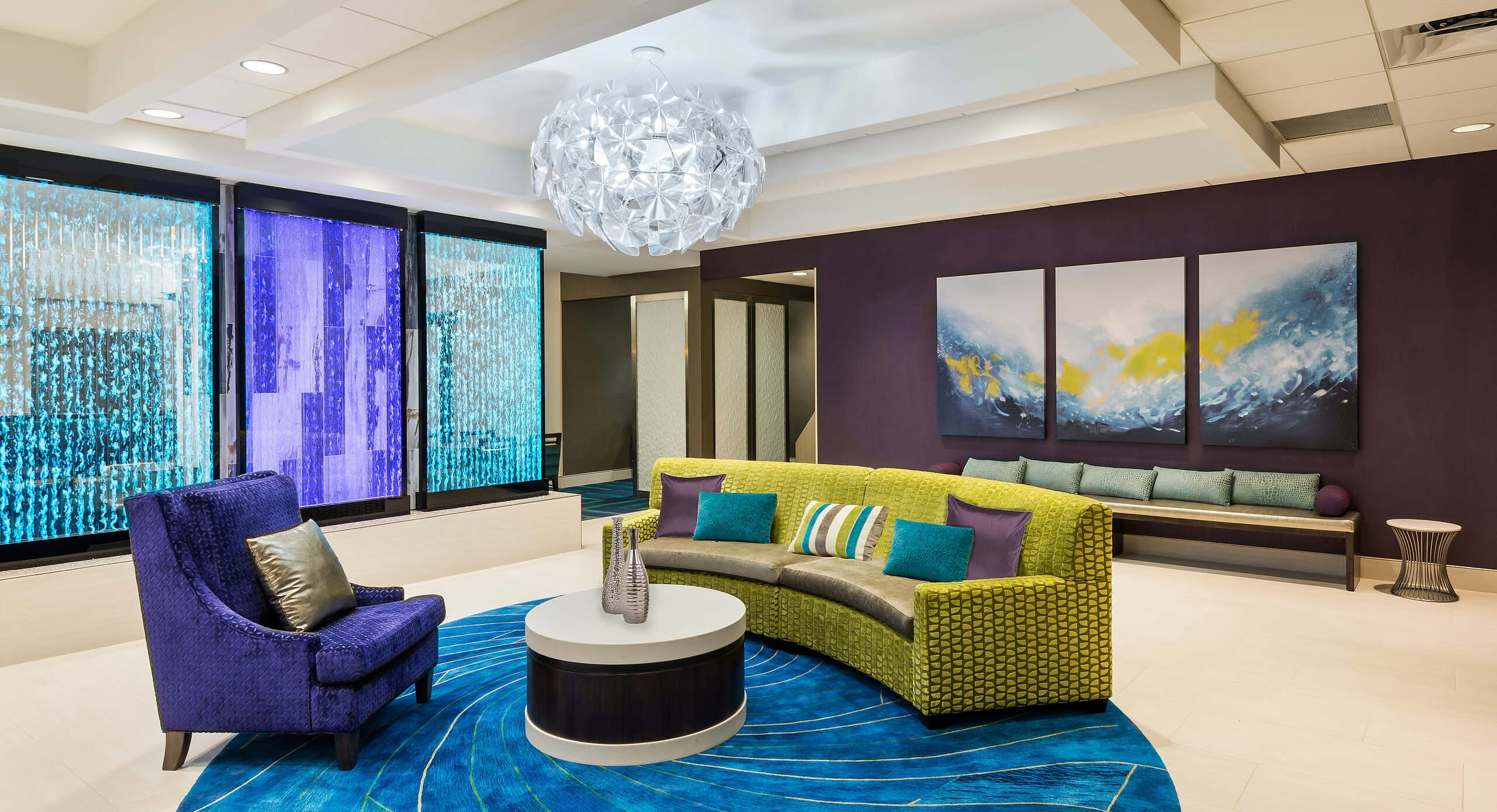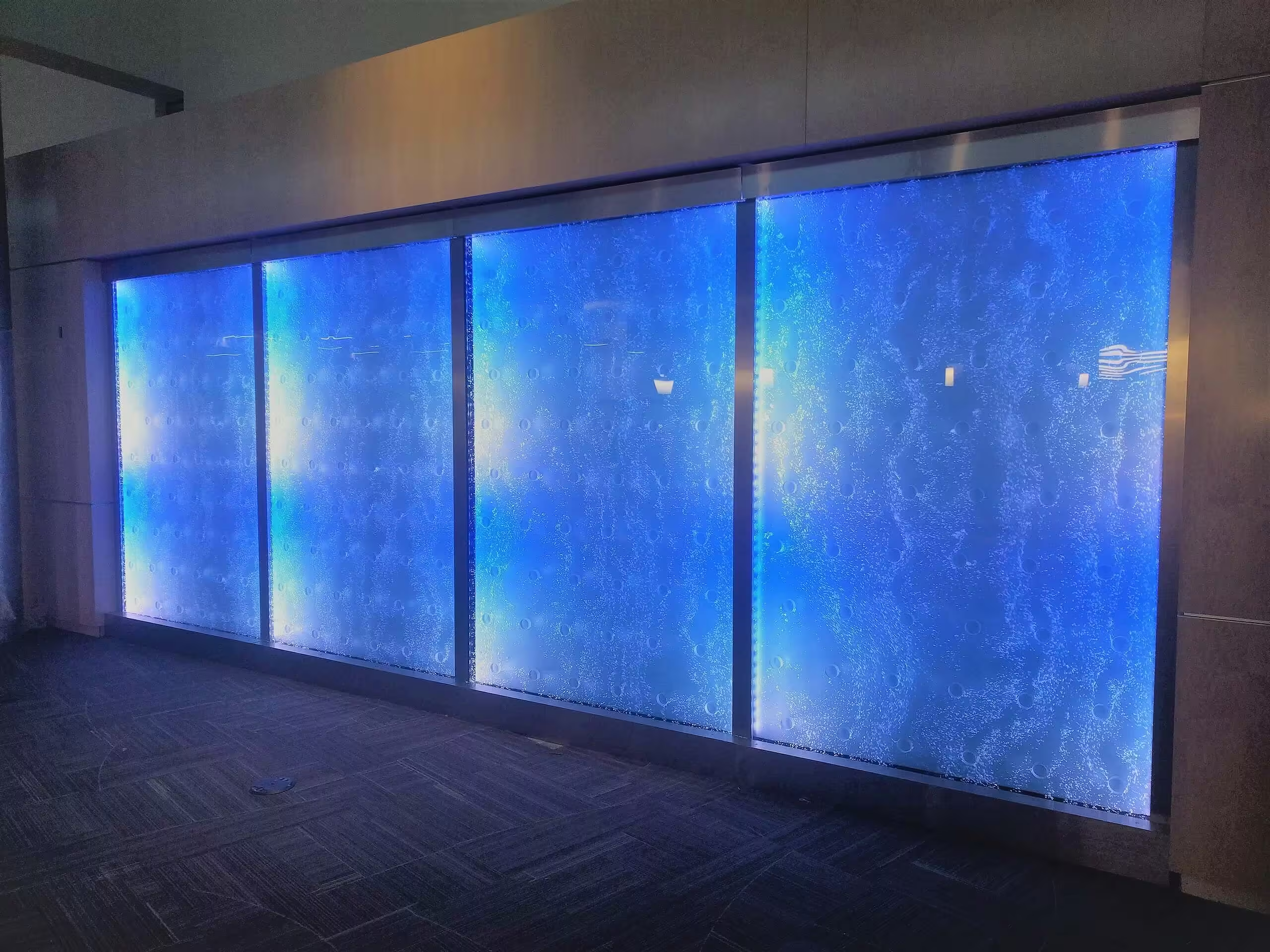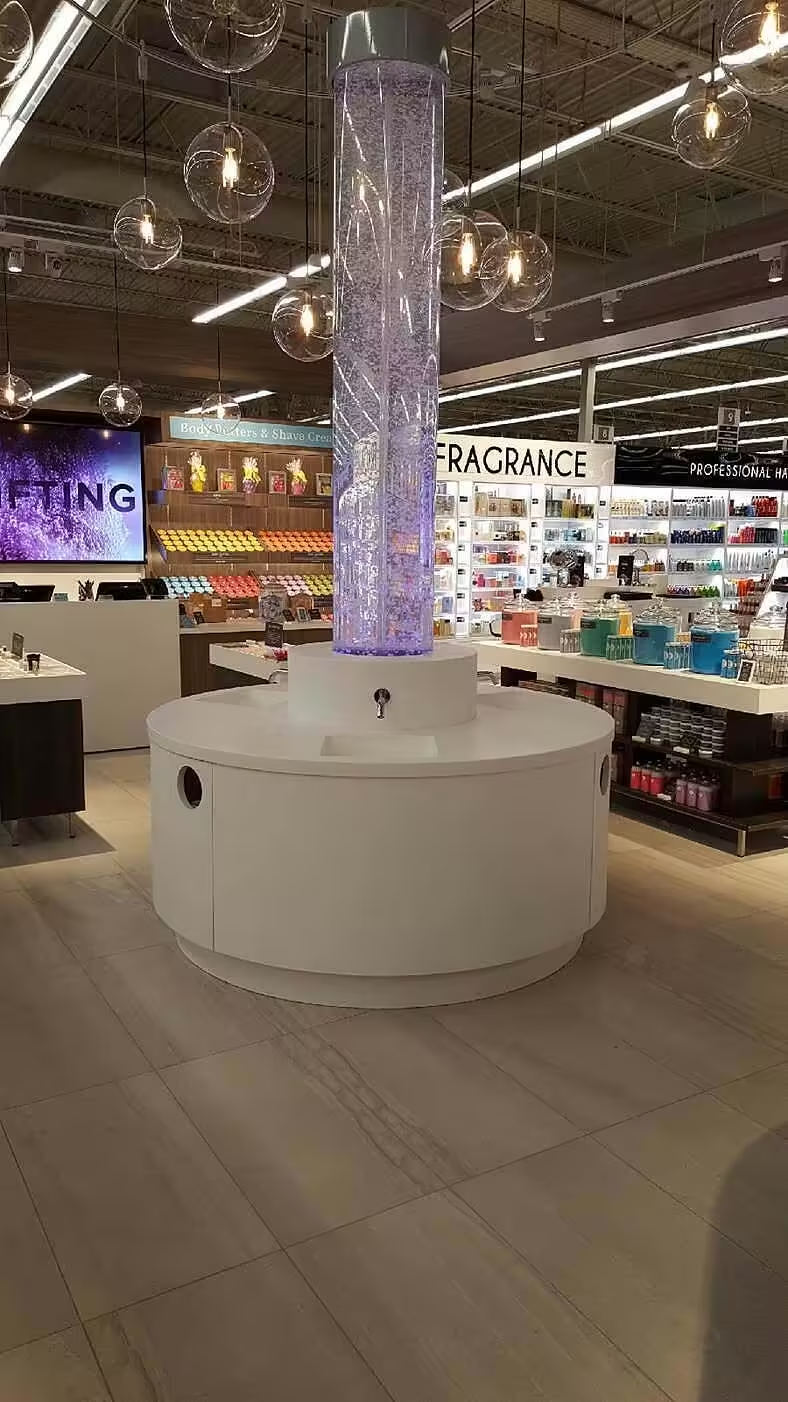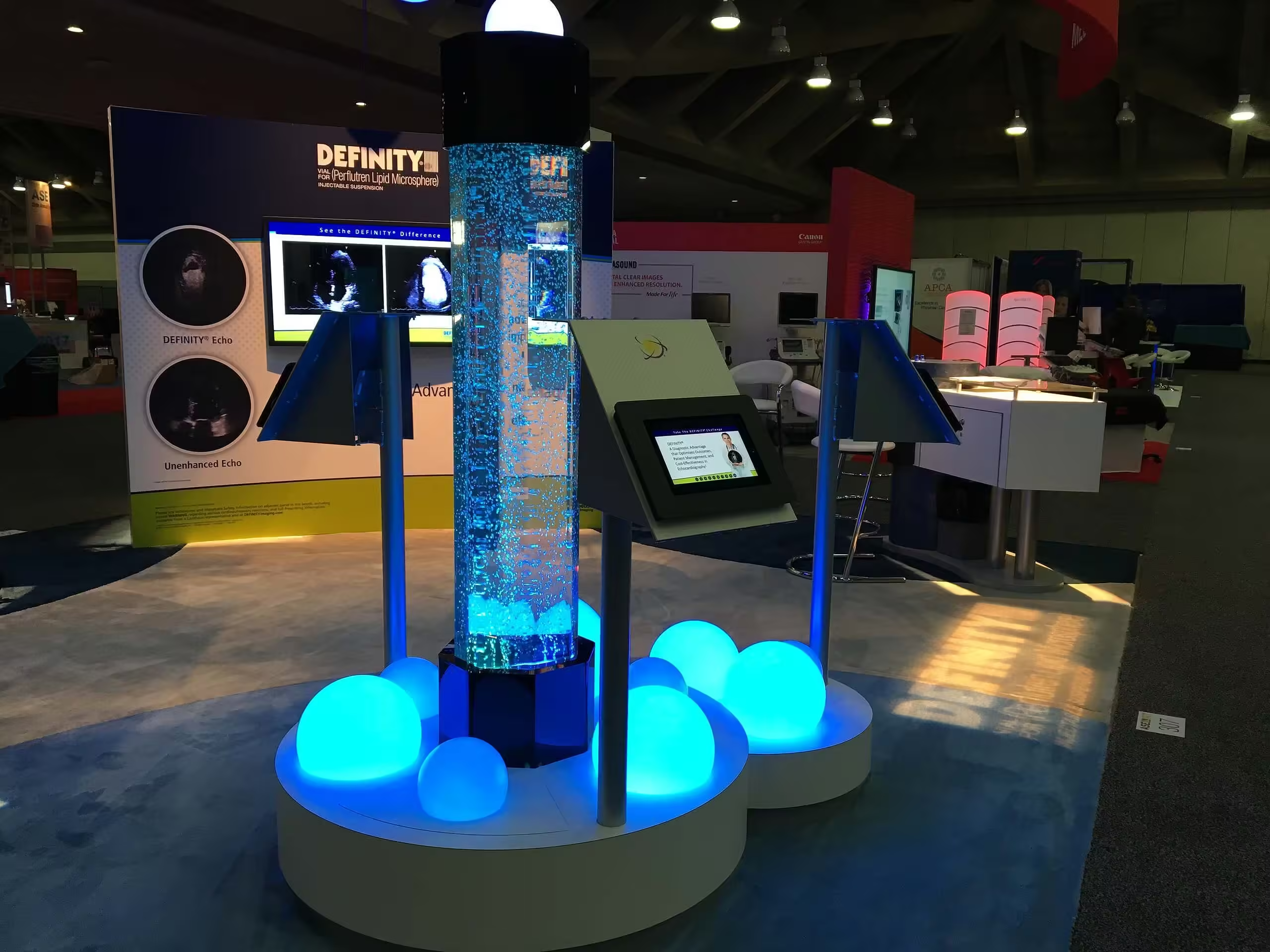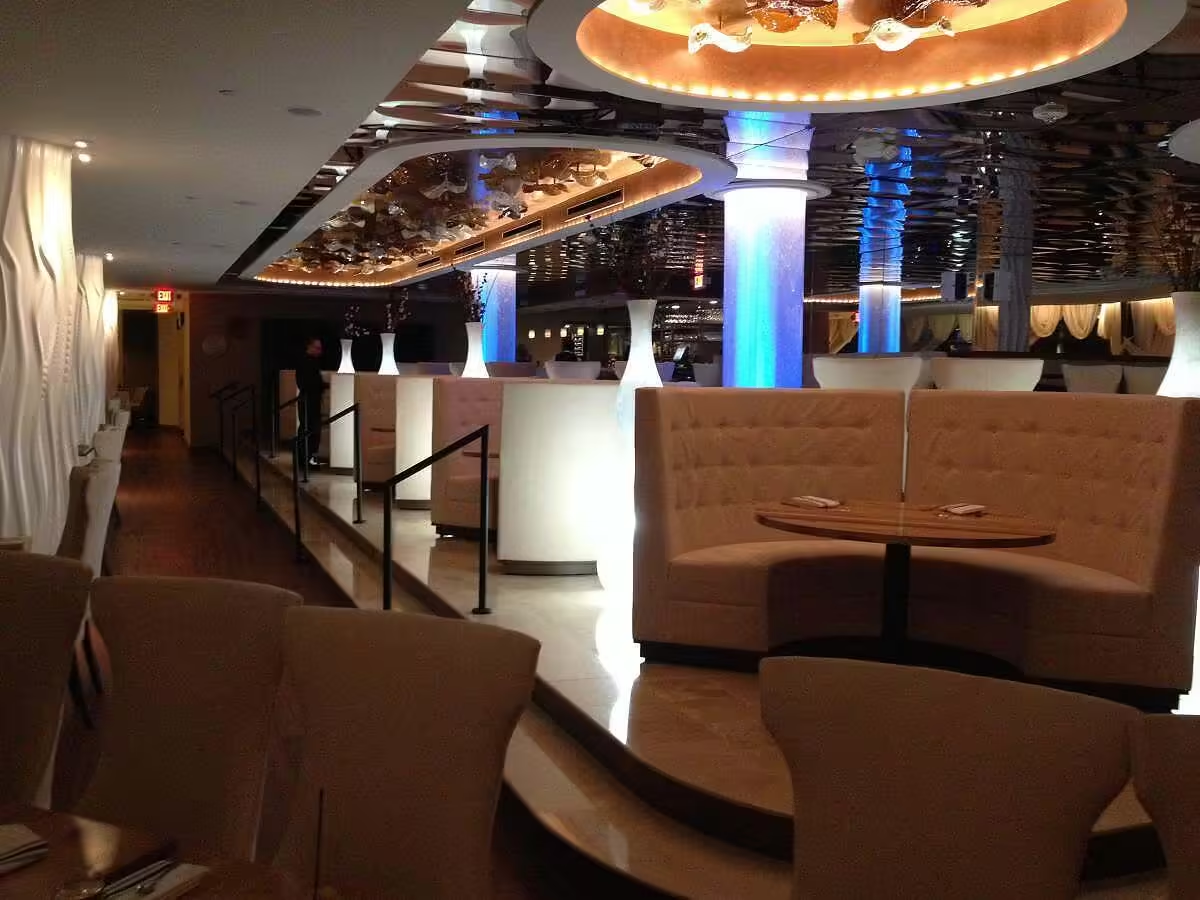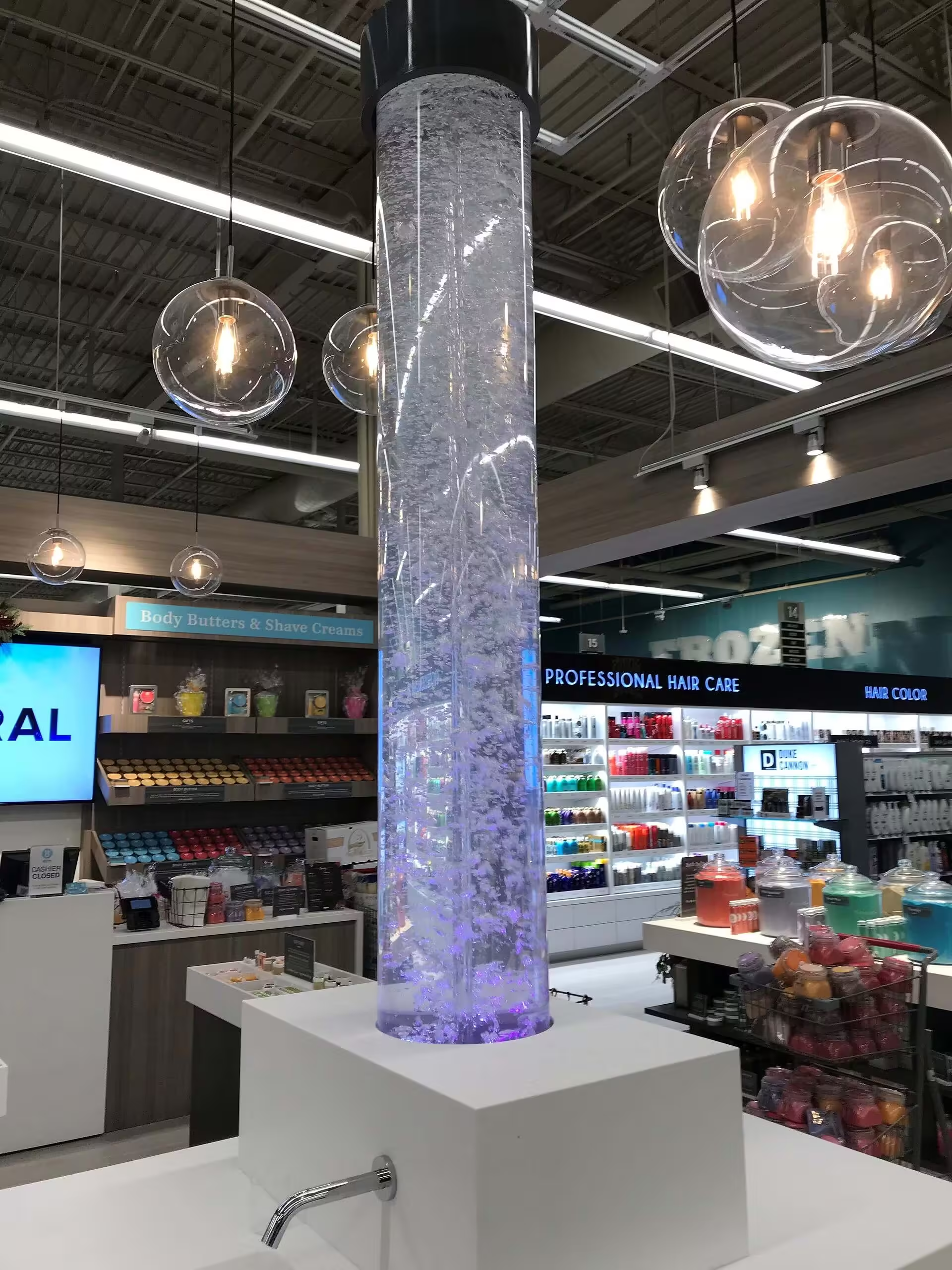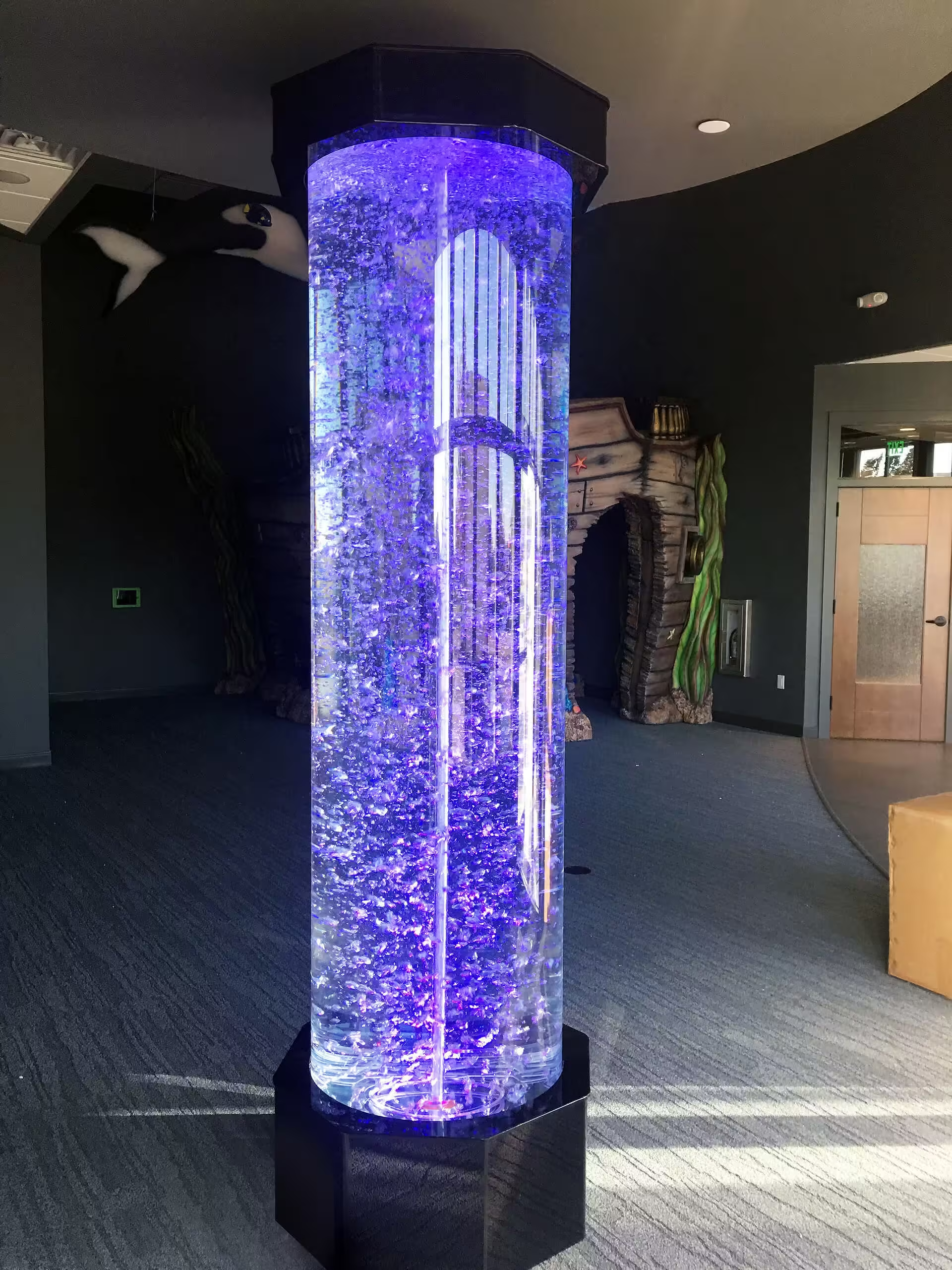Frequently Asked Questions
Can water walls be used in commercial buildings?
Yes, water walls can be effectively utilized in commercial buildings to enhance aesthetics, improve air quality, and provide a calming environment. They can serve as decorative elements, promote relaxation, and contribute to a pleasant atmosphere for occupants and visitors.
Can a water wall be installed indoors?
Yes, a water wall can be installed indoors to enhance interior décor, provide a calming atmosphere, and act as a focal point. Ensure proper waterproofing, access to electricity, and suitable maintenance routines for optimal functioning and aesthetics.
How do water feature walls improve air quality?
Water feature walls improve air quality by acting as natural humidifiers, reducing dust and allergens, and providing a calming environment that promotes relaxation and stress reduction. The flowing water in these walls can help trap particles and release negative ions, aiding in purifying the air.
Are water walls easy to install?
Water walls are relatively easy to install. Most come with clear instructions, requiring basic tools, water, and electricity. However, additional features like lighting or specific designs may increase complexity. It's important to ensure proper water supply and drainage for optimal performance.
How do water walls affect interior design?
Water walls can enhance interior design by adding a visual focal point, creating a calming ambiance through the sound of flowing water, promoting better air quality, and serving as a unique divider or accent feature in various spaces.
How do water feature walls enhance urban architecture?
Water feature walls enhance urban architecture by adding a calming aesthetic, improving environmental sustainability through water recycling, creating a focal point in the landscape, and enhancing the overall ambiance of public spaces. The integration of water features promotes a sense of tranquility, connection to nature, and a visually appealing environment in urban settings.
What is the noise level of a water wall?
The noise level of a water wall typically ranges between 40 to 60 decibels, creating a soothing and calming sound similar to a gentle fountain. The noise can vary depending on the water flow rate, pump quality, and surrounding environment. Regular maintenance can help keep noise levels consistent.
Can a water wall be customized?
Yes, a water wall can be customized to fit specific preferences and styles. Options include selecting different materials, sizes, finishes, and features such as LED lighting or cascading effects. Professional companies often offer tailored designs to suit individual needs and spaces effectively.
Can water walls be customized to fit design needs?
Water walls can indeed be customized to fit specific design needs. Various materials, sizes, shapes, and water flow options allow for personalized features. Customization may include choosing colors, textures, lighting, and incorporating logos or patterns to blend seamlessly with the desired aesthetic.
Can water feature walls be customized?
Yes, water feature walls can be customized to suit individual preferences. Consider factors like size, materials, lighting, and design elements when customizing a water feature wall. Consult with professionals for personalized options to create a unique and tailored water feature for your space.
Can water walls be used to create a peaceful atmosphere?
Yes, water walls can effectively create a tranquil ambiance by providing soothing sounds, enhancing air quality, and adding visual serenity. The gentle flow of water promotes relaxation and can be a calming focal point in various settings, contributing to a peaceful environment.
What is the purpose of water walls in architecture?
Water walls in architecture serve various purposes such as providing visual interest, creating a calming atmosphere, regulating indoor humidity levels, masking unwanted noise, and enhancing a building's aesthetics. Additionally, water walls can act as sustainable design features by promoting evaporation cooling and improving air quality.
What is the average lifespan of a water wall?
The average lifespan of a water wall varies depending on the materials used, maintenance, and environmental factors. Typically, a well-maintained water wall can last around 15-25 years, but regular inspections and repairs can extend its lifespan beyond that range.
Do water walls help reduce stress levels?
Water walls can reduce stress levels by providing a calming visual and auditory experience. The soothing sounds of running water, combined with the aesthetically pleasing design of water walls, create a relaxing environment that can help alleviate stress and promote a sense of tranquility. Studies have shown that exposure to water features like water walls can have a positive impact on mental well-being and contribute to stress reduction. Incorporating a water wall into indoor or outdoor spaces can enhance relaxation and create a peaceful atmosphere.
What is the purpose of a water wall in architecture?
A water wall in architecture serves both functional and aesthetic purposes. It functions as a natural cooling system, provides a relaxing ambiance with the sound of flowing water, and adds visual interest to the design, creating a tranquil and inviting atmosphere.
How do water walls help with air purification?
Water walls aid in air purification by trapping and removing pollutants as air passes through water cascading down the wall. The water captures particles like dust and allergens, cleansing the air naturally and providing a healthier indoor environment. Additionally, the evaporation process helps to humidify and cool the air, enhancing overall air quality.
Can a water wall be used for irrigation?
Yes, a water wall can be utilized for irrigation purposes effectively. By harnessing gravity, it can distribute water evenly across plants, provide a steady flow, and reduce water wastage. The controlled release helps maintain soil moisture levels and promotes plant growth.
Can water walls be used in outdoor spaces?
Yes, water walls can be effectively utilized in outdoor spaces to enhance aesthetics, create a soothing ambiance, and provide a sense of tranquility. These features can act as focal points, adding visual interest while also offering the benefits of sound relaxation and cooling effects in outdoor environments. Additionally, water walls can be customized to complement various outdoor designs, making them versatile additions to patios, gardens, or any outdoor setting aiming to create a serene atmosphere.
Can water walls be used for soundproofing?
Water walls, also known as water features, can be used for soundproofing. The sound of running water can help mask unwanted noises, creating a soothing ambiance that can reduce the perception of external sounds. However, water walls alone may not provide complete soundproofing and are often used in conjunction with other soundproofing methods for better results.
What are the benefits of indoor water feature walls?
Indoor water feature walls offer aesthetic appeal, promote relaxation, improve air quality, and provide soothing sounds. Additionally, they can act as natural humidifiers, help reduce stress, and create a calming ambiance in indoor spaces.
Can water feature walls be used in small spaces?
Water feature walls can indeed be used in small spaces, providing a calming ambiance and saving floor space. Opt for wall-mounted or tabletop designs, incorporate lighting, choose a size proportionate to the area, and consider indoor-friendly materials like glass or stainless steel for a sophisticated touch.
Can water feature walls be used in residential architecture?
Water feature walls can indeed be used in residential architecture to enhance ambiance and provide a calming aesthetic. They serve as focal points, adding a touch of luxury, tranquility, and a connection to nature, making them popular in modern home designs. Water feature walls can vary in size, style, and materials to suit different interior or exterior spaces, creating a soothing and visually appealing environment for homeowners to enjoy.
How do water feature walls impact mental health?
Water feature walls can positively impact mental health by promoting relaxation, reducing stress levels, enhancing feelings of calmness, and creating a soothing environment. The sound of flowing water can help mask background noise, improve focus, and contribute to a sense of tranquility and well-being.
How do water feature walls impact building aesthetics?
Water feature walls can enhance building aesthetics by adding a touch of elegance, providing a calming ambiance, and creating a focal point for the space. The sound of flowing water can contribute to a soothing atmosphere, making the area more inviting and visually appealing.
What materials are used to build a water wall?
Water walls are typically constructed using materials such as stainless steel, glass, acrylic, copper, or stone. These materials are chosen for their durability, aesthetic appeal, and water resistance, creating a visually striking and functional feature in various indoor and outdoor settings.
Can water feature walls be used in public spaces?
Water feature walls can indeed be utilized in public spaces to enhance aesthetics and create a calming ambiance. These installations can serve as focal points in parks, plazas, or urban settings, providing a soothing and visually appealing element for visitors to enjoy. Additionally, water feature walls can contribute to improving air quality and overall well-being in public spaces by promoting relaxation and stress reduction. Always consider maintenance and safety aspects when implementing water features in high-traffic areas.
What are the benefits of having a water wall feature?
Incorporating a water wall feature in your space can provide numerous benefits, including creating a soothing ambiance, improving air quality through natural humidification, reducing stress levels, adding visual interest and aesthetic appeal, masking noise pollution, and enhancing the overall atmosphere with the calming sound of flowing water.
How do water walls improve mental health?
Water walls improve mental health by creating a calming environment that reduces stress and anxiety. The sound of flowing water promotes relaxation and can help improve focus and concentration. Additionally, water walls can enhance air quality, contributing to a sense of well-being.
How does a water wall affect air quality?
A water wall can improve air quality by trapping dust particles, cooling and humidifying the air, and reducing pollution levels. It acts as a natural air purifier, enhancing the overall air quality in its vicinity.
Are water walls suitable for small spaces?
Water walls can be suitable for small spaces due to their compact design and versatility. They offer a calming aesthetic, help to humidify the air, and can serve as elegant room dividers. Consider wall-mounted or tabletop options to maximize space efficiency.
Can a water wall be used for commercial purposes?
Yes, a water wall can be utilized for commercial purposes such as enhancing indoor spaces, improving air quality, creating a calming atmosphere, and serving as a unique design element in various businesses like hotels, spas, offices, and restaurants. Water walls can also contribute to a sense of luxury and sophistication, attracting customers and setting a relaxing ambiance.
How do water feature walls affect building acoustics?
Water feature walls can improve building acoustics by absorbing sound waves, reducing echoes, and creating a calming environment. The running water helps mask external noises, enhancing privacy and comfort within the building. Regular maintenance is crucial to prevent any potential noise disruptions or water damage.
What is the purpose of a water feature wall in architecture?
A water feature wall in architecture serves to enhance aesthetics, create a focal point, induce a sense of tranquility through the sound of flowing water, improve air quality by humidifying the space, and provide a unique design element that adds sophistication and visual interest to the environment.
How do water walls affect room humidity?
Water walls can increase room humidity by evaporating water into the air, making it more humid. This can be beneficial in dry environments but may cause issues with excessive humidity if not properly controlled or monitored. Regular maintenance and monitoring are essential to avoid mold or dampness problems.
How often should a water wall be cleaned?
A water wall should be cleaned every 1-2 months to prevent algae growth, maintain optimal water flow, and preserve the overall appearance of the feature. Regular cleaning helps ensure the water wall functions efficiently and stays visually appealing over time.
How does a water wall reduce stress?
A water wall reduces stress by creating a calming environment through soothing water sounds, promoting relaxation and reducing cortisol levels. This gentle ambiance helps lower heart rate and blood pressure, aiding in stress relief and mental clarity.
What is the role of water feature walls in biophilic design?
Water feature walls play a crucial role in biophilic design by connecting indoor spaces with nature, enhancing visual appeal, promoting relaxation, improving air quality through natural humidity, and providing soothing acoustic qualities. They act as focal points, contributing to a sense of tranquility and well-being within a space.
Are water feature walls expensive to maintain?
Water feature walls vary in maintenance costs depending on factors like size, materials used, and complexity of the design. Regular cleaning, water treatment, pump maintenance, and occasional repairs can incur costs, but proper care can help control expenses. Understanding the specific requirements of your water feature wall will assist in budgeting for maintenance.
How does a water wall support biodiversity?
A water wall helps biodiversity by providing a habitat for aquatic plants and animals, creating a source of hydration, and regulating temperature and oxygen levels crucial for diverse ecosystems to thrive. The cascading water supports various species, enhancing the overall biodiversity in the area.
Can water walls be used in residential buildings?
Water walls can indeed be used in residential buildings to add a unique design element and create a relaxing ambiance. They can be integrated both indoors and outdoors, providing a soothing water feature that enhances the overall atmosphere of the living space. Whether incorporated in the garden, patio, or interior design, water walls can offer a sense of tranquility and aesthetic appeal to residential properties.
Do water walls require regular maintenance?
Water walls typically require regular maintenance to ensure optimal functionality. Tasks may include cleaning the water reservoir, checking and replacing filters, inspecting pump functionality, and monitoring water levels. Regular upkeep can prevent algae buildup, pump issues, and water quality problems.
How do water walls impact air circulation?
Water walls can improve air circulation by acting as natural air purifiers through the process of evaporation. As water evaporates, it cools the air around it, creating a convection current that enhances airflow and can help distribute fresh, cool air throughout a space.
Can water feature walls be used outdoors?
Yes, water feature walls can be used outdoors as they create a visually appealing and relaxing atmosphere, enhance outdoor spaces, and provide a calming sound of running water. They can be customized with various materials and designs to suit different outdoor settings and preferences.
What are the benefits of a water wall fountain?
Water wall fountains offer relaxation, improve air quality by humidifying the space, reduce stress, and add visual appeal to indoor or outdoor settings. Additionally, the soothing sound of flowing water can promote a sense of calm and enhance the overall ambiance of the environment.
What are the different types of water feature walls?
Water feature walls can include fountain walls, spillway walls, and bubble walls, each offering unique aesthetics and sounds. Additionally, living walls with integrated plants can provide a natural, eco-friendly touch to water features.
How does a water wall system purify water?
A water wall system purifies water through a combination of physical and biological processes including sedimentation, filtration, and microbial growth. As water passes through the system, particles are trapped, impurities are removed, and beneficial bacteria break down contaminants, resulting in clean and purified water.
What materials are used to build water feature walls?
Water feature walls can be constructed using materials such as natural stone, ceramic tiles, glass, stainless steel, acrylic, or concrete. These materials offer versatility in design, durability, and aesthetic appeal for indoor or outdoor water features. Choosing the right material depends on factors like style preferences, location, and maintenance requirements.
Do water walls require a lot of water?
Water walls generally have a self-contained system that recirculates water, requiring minimal water usage. They are designed for efficiency and conservation, making them environmentally friendly options for adding a water feature to a space. The water loss is primarily due to evaporation and occasional refills may be needed.
How do water feature walls affect building ambiance?
Water feature walls enhance building ambiance by bringing a sense of tranquility, attracting wildlife, and improving air quality. They create a visually appealing focal point, contribute to a peaceful atmosphere, and add a touch of nature to the surroundings.
Are water walls suitable for indoor spaces?
Water walls can be suitable for indoor spaces, providing benefits like humidity regulation, air purification, and aesthetic appeal. However, considerations such as maintenance, noise level, and space availability should be taken into account before installing one indoors. Proper design and placement are crucial for optimal performance.
How does a water wall improve aesthetics?
A water wall enhances aesthetics by adding a soothing visual element, creating a focal point, increasing humidity, masking noise pollution, and providing a sense of tranquility and relaxation. Its cascading water promotes a serene ambiance and can be tailored to complement various design styles.
What are the sustainability benefits of water feature walls?
Water feature walls offer sustainability benefits by promoting water conservation, enhancing air quality through humidity, attracting wildlife, and serving as green infrastructure. These features can also improve aesthetics, foster a sense of tranquility, and contribute to overall well-being in indoor and outdoor spaces.
What are the design considerations for water feature walls?
When designing water feature walls, consider factors like water source, materials for durability (such as stone or glass), lighting for ambiance, pump and filtration systems for maintenance, and the overall aesthetic integration with the space. Proper waterproofing and drainage are key for long-term functionality.
Are water walls energy-efficient?
Water walls are energy-efficient due to their passive cooling abilities, using evaporation to reduce ambient temperatures. They require minimal electricity to operate, making them a sustainable and cost-effective cooling solution for various spaces.
What is the water flow rate of a standard water wall?
The water flow rate of a standard water wall typically ranges from 10 to 20 gallons per minute. This flow rate ensures proper circulation and coverage, creating the desired aesthetic effect and maintaining the structural integrity of the water feature.
What materials are used to build water walls?
Water walls are commonly constructed using materials such as stainless steel, glass, stone, concrete, and copper. These materials are chosen for their durability, aesthetic appeal, and ability to withstand water exposure in outdoor and indoor settings.
How is water circulation managed in water walls?
Water circulation in water walls is typically managed by pumps that circulate water through the walls, ensuring even distribution and efficient cooling. Additionally, proper design and maintenance of the water wall system help optimize circulation and overall performance. Regular inspections and monitoring are key to identifying and addressing any issues promptly.
What are common water wall maintenance issues?
Common water wall maintenance issues include leaks, algae growth, pump malfunctions, and mineral buildup. Regular inspection, cleaning, pump checks, and water quality monitoring are essential for preventing and addressing these issues. Water wall maintenance should be part of routine facility upkeep to ensure optimal performance.
How are water walls integrated into landscapes?
Water walls are seamlessly integrated into landscapes through proper design and placement. They can serve as focal points or barriers, adding visual interest, sound, and relaxation to outdoor spaces. Water walls also enhance a sense of tranquility and can be customized with various materials and finishes to harmonize with the surrounding environment.
What features enhance water wall efficiency?
To enhance water wall efficiency, features like proper insulation, smart thermostats, efficient pump systems, and regular maintenance are crucial. Additionally, integrating rainwater harvesting, recirculation systems, and adjustable flow rates can further improve efficiency.
Do water walls require filtration systems?
Water walls typically do not require filtration systems because they rely on the natural flow of water for circulation and aesthetics. However, adding a simple filtration system can help maintain water quality and prevent debris buildup, enhancing the longevity of the water feature. Regular maintenance is key to keeping water walls clean and functioning optimally.
How are water walls protected in winter?
Water walls can be protected in winter by:
Draining the water from the walls and pipes to prevent freezing.
Adding antifreeze to the water to lower its freezing point.
Wrapping the pipes with insulation or heat tape to retain warmth.
Covering the water walls with waterproof materials to shield them from harsh weather conditions.
What lighting options exist for water walls?
For water walls, consider these lighting options:
1. Submersible LED lights.
2. Wall-mounted sconces.
3. Uplighting from the base.
4. Fiber optic lighting.
Are water wall pumps noisy or silent?
Water wall pumps are generally known for their quiet operation, making them a silent choice for indoor or outdoor use. These pumps are designed with noise-reducing features and are typically quieter than traditional water pumps, ensuring a peaceful environment.
Can water walls serve as art pieces?
Water walls can indeed serve as stunning art pieces, combining aesthetics and functionality to enhance spaces. With their soothing sounds and captivating visual appeal, water walls add a touch of elegance to indoor and outdoor environments. Incorporating creative designs and lighting can further elevate their artistic impact, making them versatile decorative elements.
How do water walls complement green living spaces?
Water walls enhance green living spaces by providing a tranquil and eco-friendly feature. They promote relaxation, purify the air, and attract wildlife. Water conservation through recycling and solar-powered options further supports sustainable practices in these environments.
What safety considerations are there for water walls?
When designing and implementing water walls, key safety considerations include adequate structural support to prevent collapses, childproof features to avoid accidents, and proper water filtration and treatment to maintain water quality and prevent health hazards. Regular maintenance and supervision are also crucial in ensuring the safety of water walls.
How do water walls contribute to feng shui?
Water walls in feng shui symbolize wealth and prosperity, enhancing the flow of positive energy (chi) in a space. They promote tranquility and can be placed to balance areas lacking water elements, benefiting overall harmony and abundance in the environment.
Can water walls accommodate aquatic plants?
Yes, water walls can support aquatic plants if properly designed with adequate water flow, sufficient lighting, and appropriate substrate. Certain aquatic plants can thrive in water walls, enhancing aesthetics and promoting a healthier aquatic environment. Regular maintenance is essential to ensure plant growth and overall system functionality.
Do water walls offer privacy in design?
Water walls can provide some privacy in design by acting as a visual barrier. The flowing water creates a soothing sound that can help mask background noise and add a sense of seclusion to an outdoor space. However, the level of privacy offered by water walls may vary depending on the design, location, and surroundings.
What innovations exist in water wall technology?
Water wall technology has seen innovations such as smart monitoring systems, self-cleaning mechanisms, and modular design for easy installation and maintenance. Advanced materials enhance durability and efficiency in water walls, promoting sustainability and cost-effectiveness.
How are water walls incorporated in minimalist design?
Water walls are seamlessly integrated into minimalist design by providing a serene focal point, adding a touch of tranquility, enhancing spatial perception, and promoting a seamless indoor-outdoor connection. They contribute to a sense of simplicity and balance while creating a calming ambiance.
Can water walls function as room dividers?
Water walls can serve as elegant and functional room dividers, creating a serene ambiance while adding a modern touch to the space. Their soothing sounds and visual appeal can enhance the room's aesthetics, providing separation with a unique and calming element.
How do water walls influence workplace productivity?
Water walls can positively impact workplace productivity by improving air quality, reducing stress levels, enhancing focus and creativity, and creating a calming environment. The sound of flowing water can contribute to a more relaxed and comfortable atmosphere, fostering a more productive and efficient work environment.
What is the installation time for a water wall?
The installation time for a water wall varies based on size and complexity, but typically ranges from a few days to a couple of weeks. Factors like site preparation, customizations, and access to utilities will impact the timeline. It's advisable to consult with professionals for accurate estimates.
Do water walls contribute to humidity control?
Water walls can help control humidity levels indoors by adding moisture to the air, particularly beneficial in dry climates. They work by releasing evaporating water, increasing humidity, but may cause excess moisture if not monitored carefully. Regular maintenance and monitoring are crucial for efficient humidity control with water walls.
Can water walls incorporate recycled water systems?
Yes, water walls can incorporate recycled water systems through a variety of methods such as rainwater harvesting, graywater recycling, and filtration systems. These sustainable practices promote water conservation and environmental responsibility in architectural designs.
How do water walls align with LEED standards?
Water walls can align with LEED standards by contributing to sustainable design through water conservation, energy efficiency, and indoor air quality improvements. Integrating water walls can help achieve LEED credits related to water efficiency, energy performance, and overall occupant well-being, enhancing the building's environmental performance and sustainability goals.
What are trending designs for water walls?
Trending designs for water walls currently include:
1. Minimalist and sleek styles.
2. Eco-friendly options incorporating sustainable materials like bamboo.
3. Smart features such as programmable lighting or water flow control.
4. Natural stone or textured finishes for a modern look.
5. Customizable options for personalized aesthetics.
How do water walls interact with natural light?
Water walls interact with natural light by reflecting and refracting sunlight, creating a dynamic play of light and shadow. The water's movement and surface texture enhance this effect, adding a calming and visually appealing element to indoor or outdoor spaces.
Can water walls display branding or logos?
Water walls can indeed display branding or logos by incorporating custom designs, etchings, or digital projections onto the cascading water features. Using techniques like etching, vinyl decals, or LED lighting, businesses can effectively showcase their logos or brand messages on water walls for a unique branding opportunity.
How do water walls harmonize with soundscapes?
Water walls harmonize with soundscapes by adding soothing water sounds that blend with natural or urban environments. The cascading water can mask unwanted noise, creating a calming atmosphere. Additionally, the visual appeal of water walls enhances the overall aesthetic and contributes to a tranquil auditory experience.




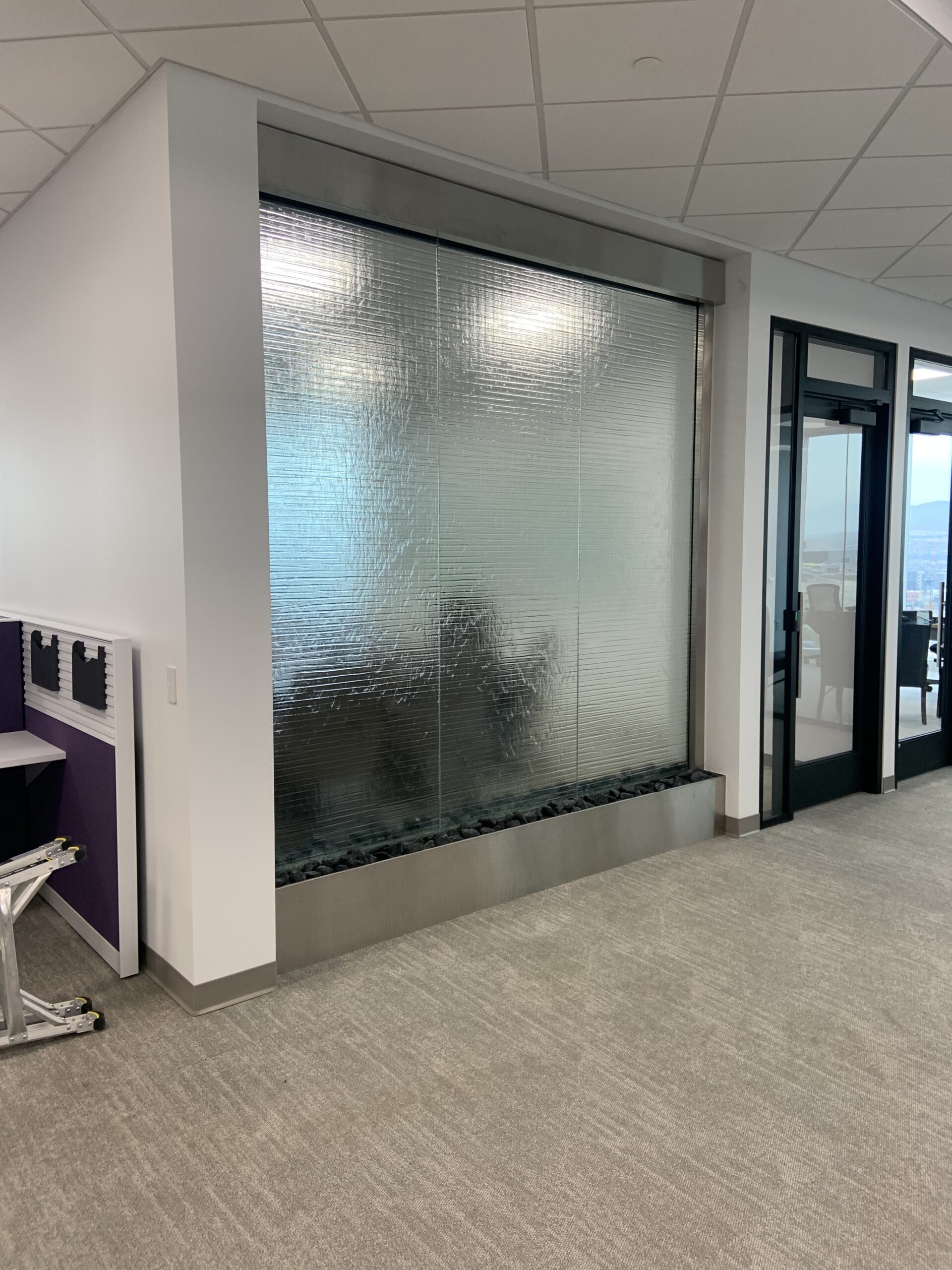
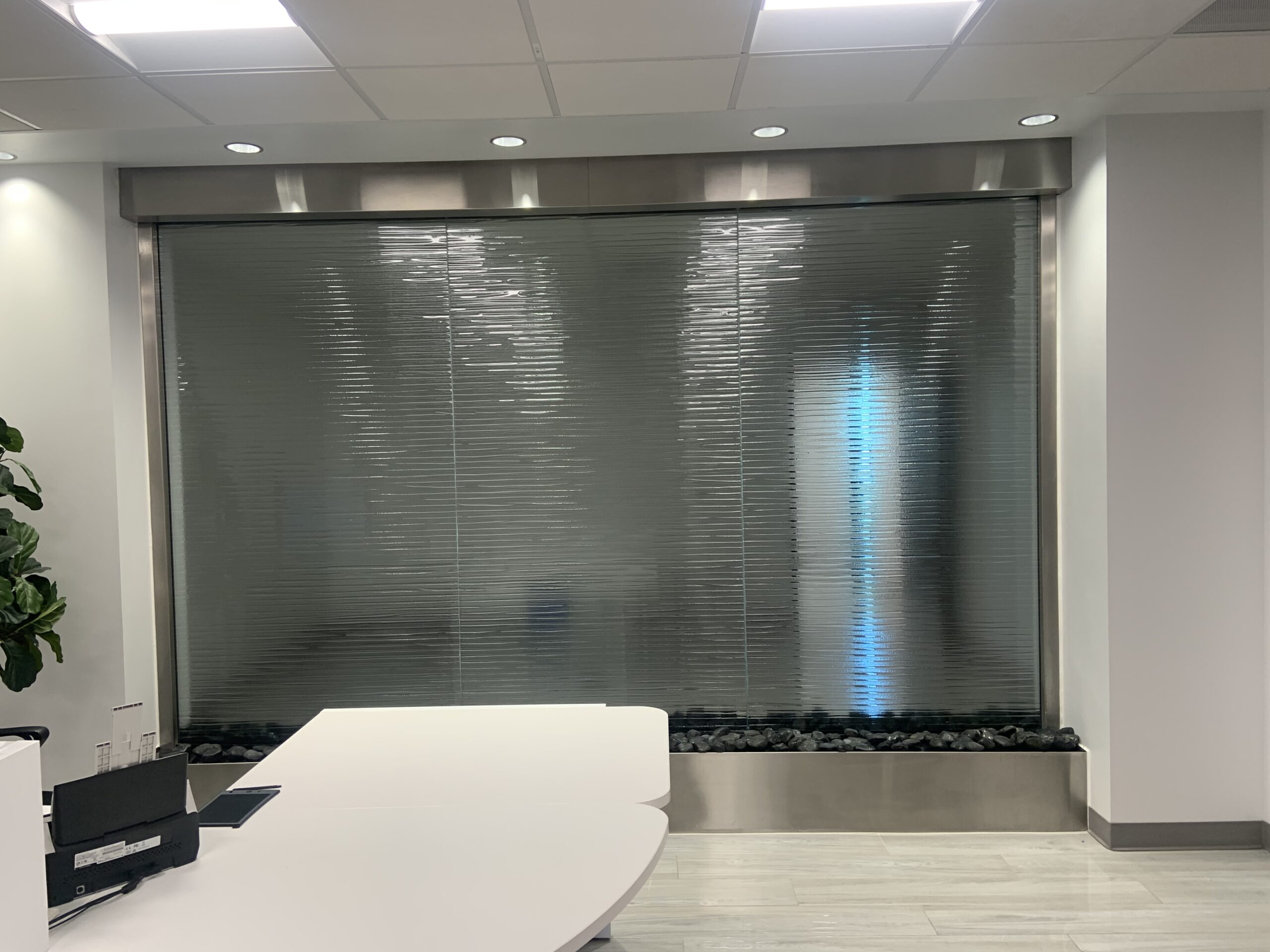
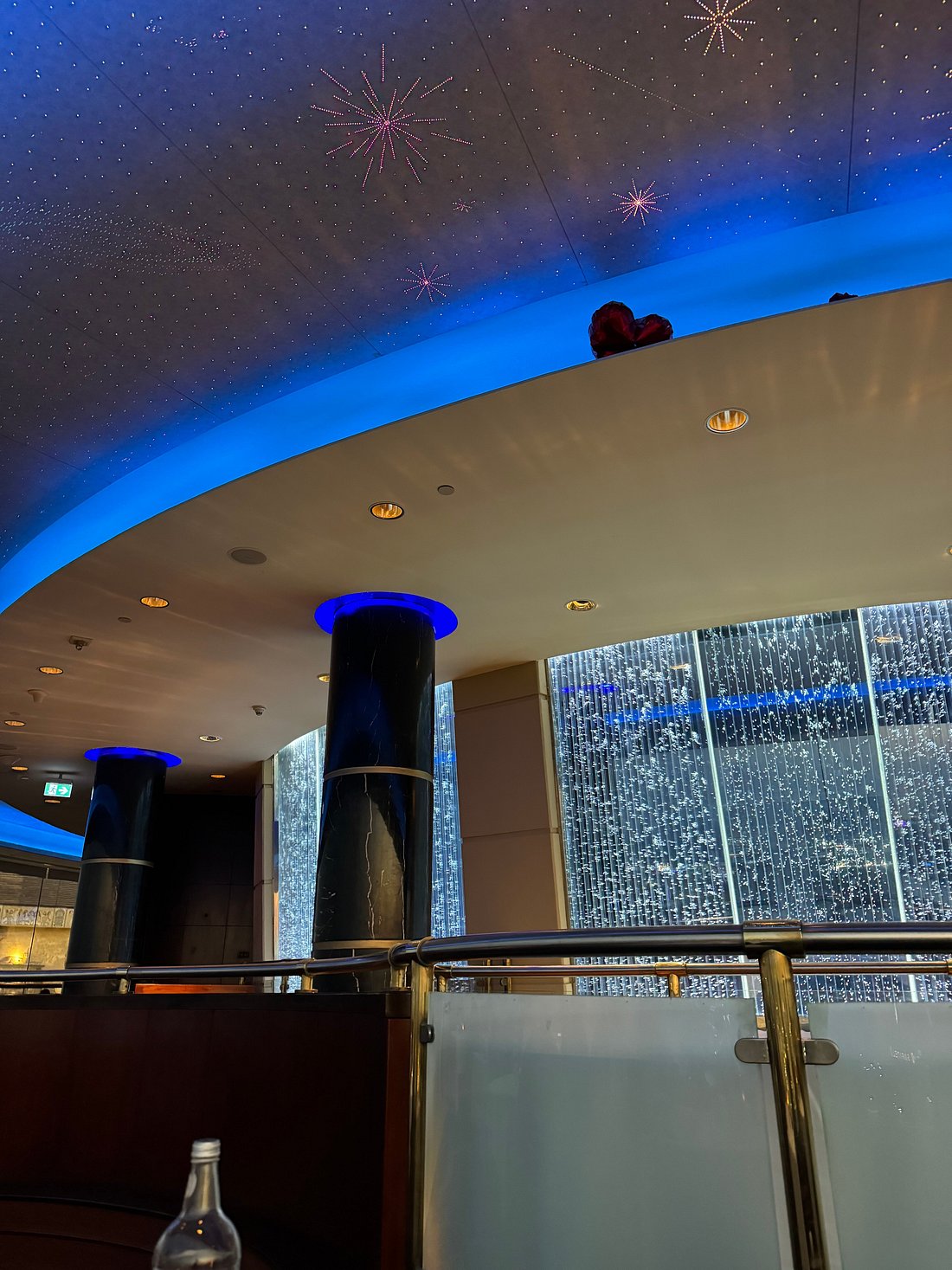
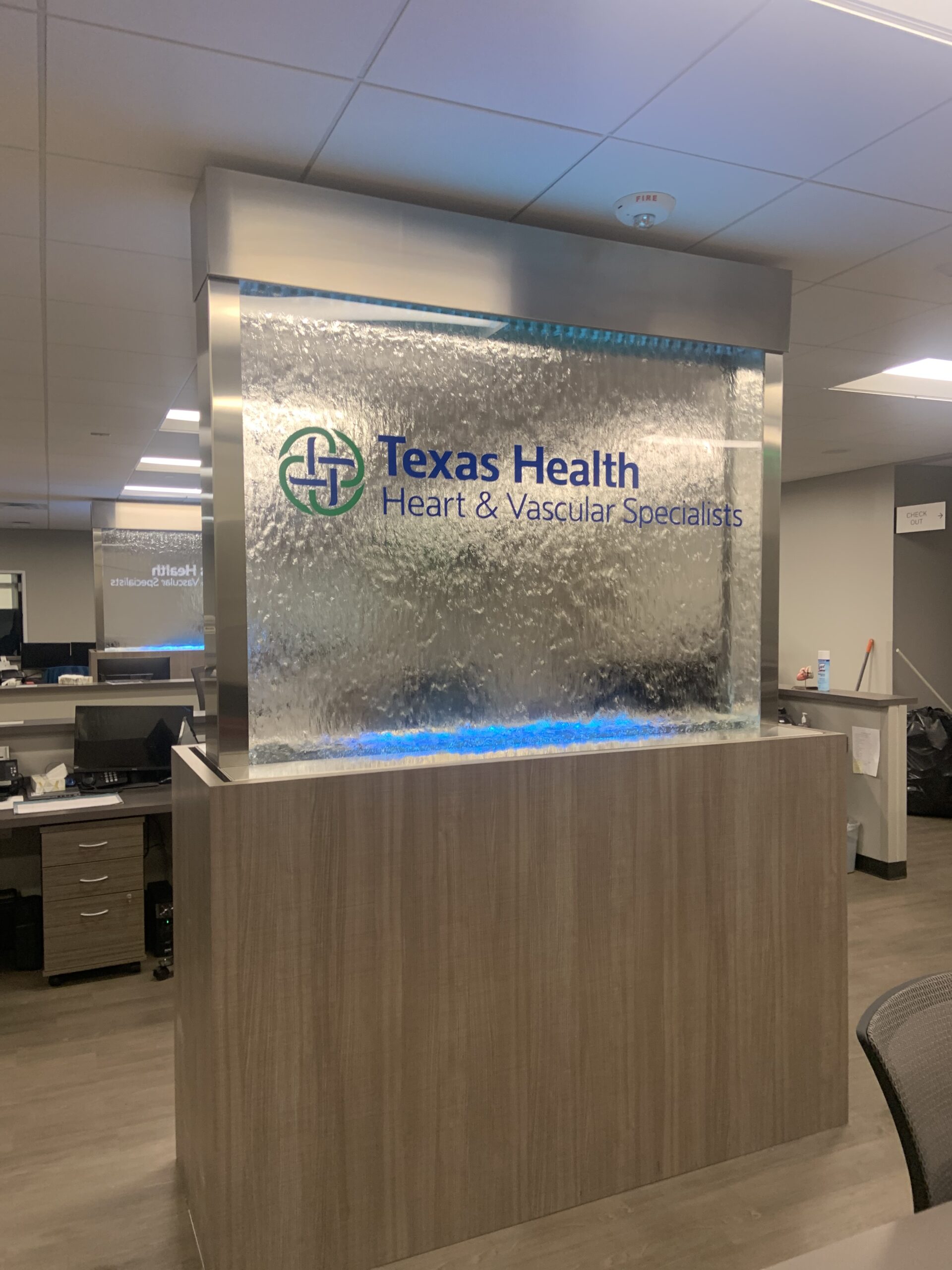
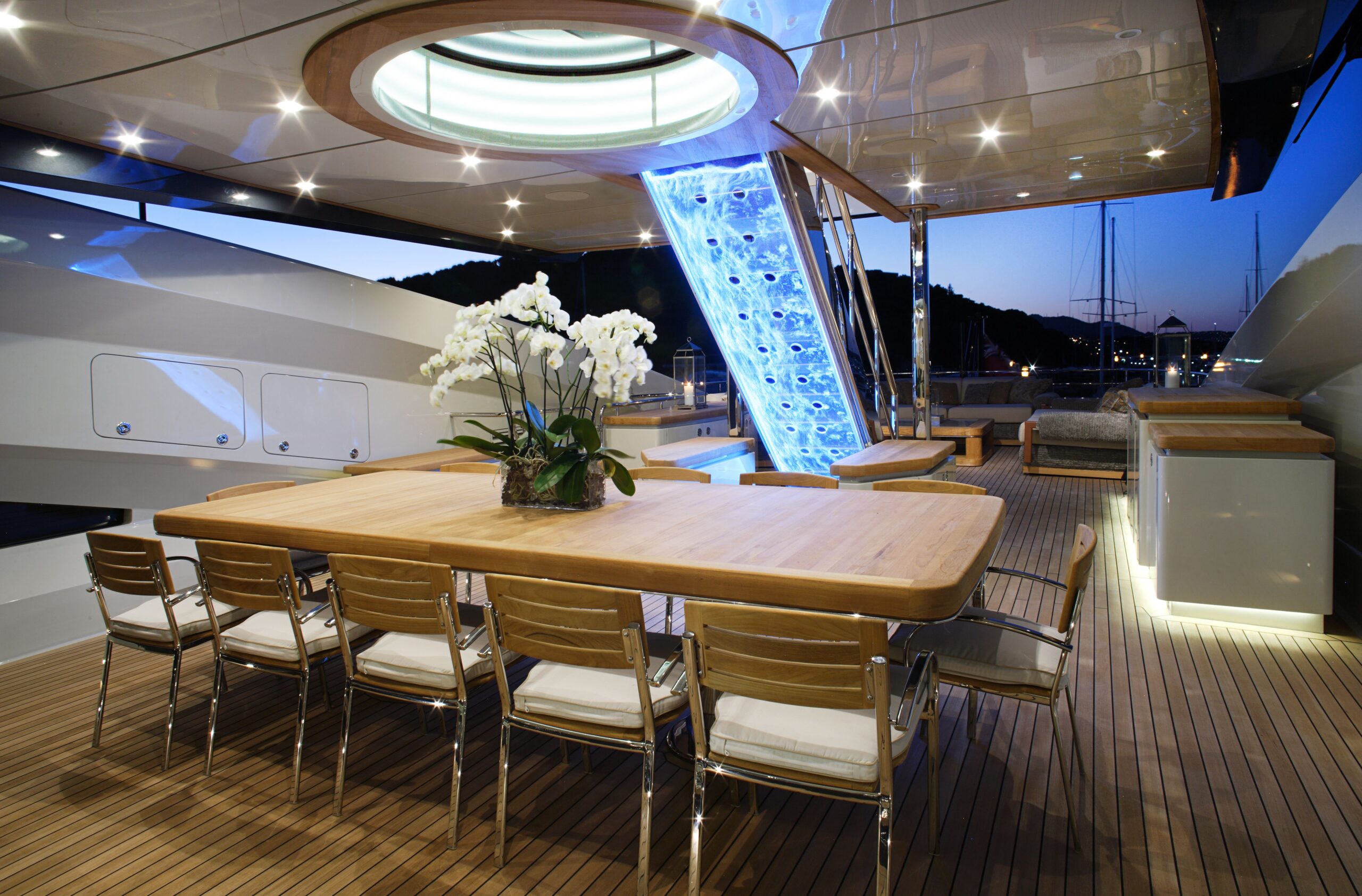

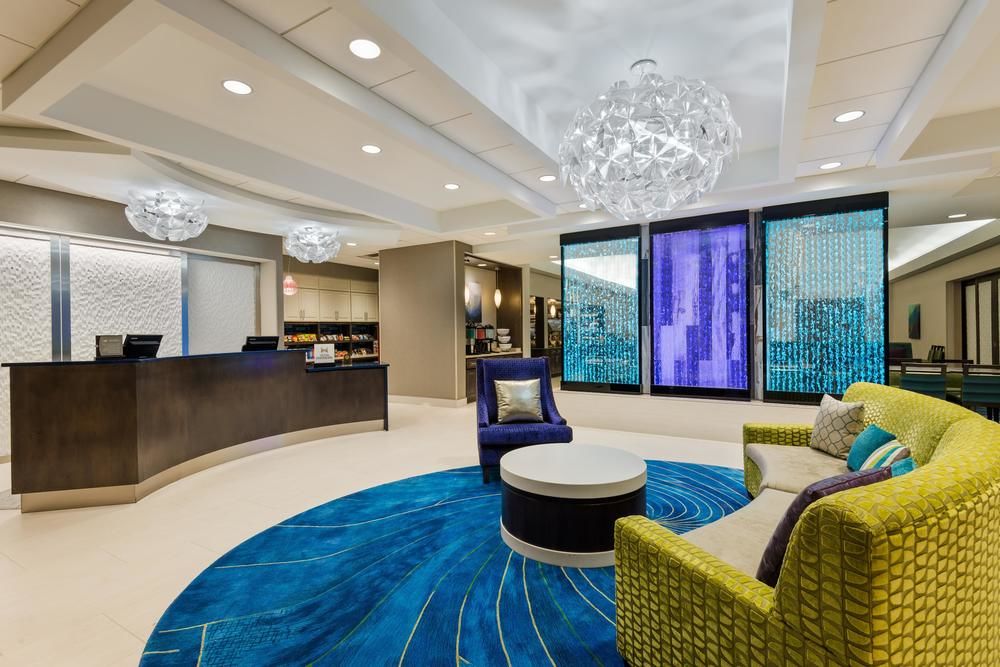
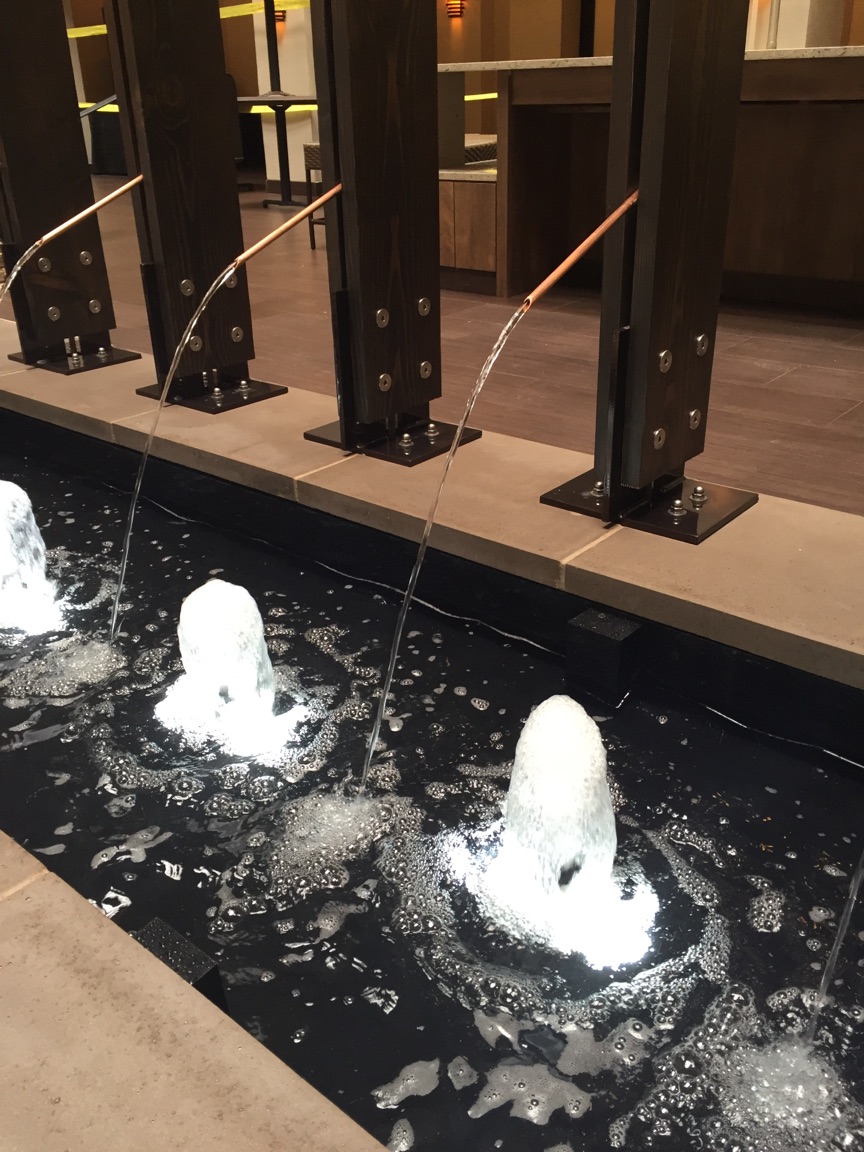
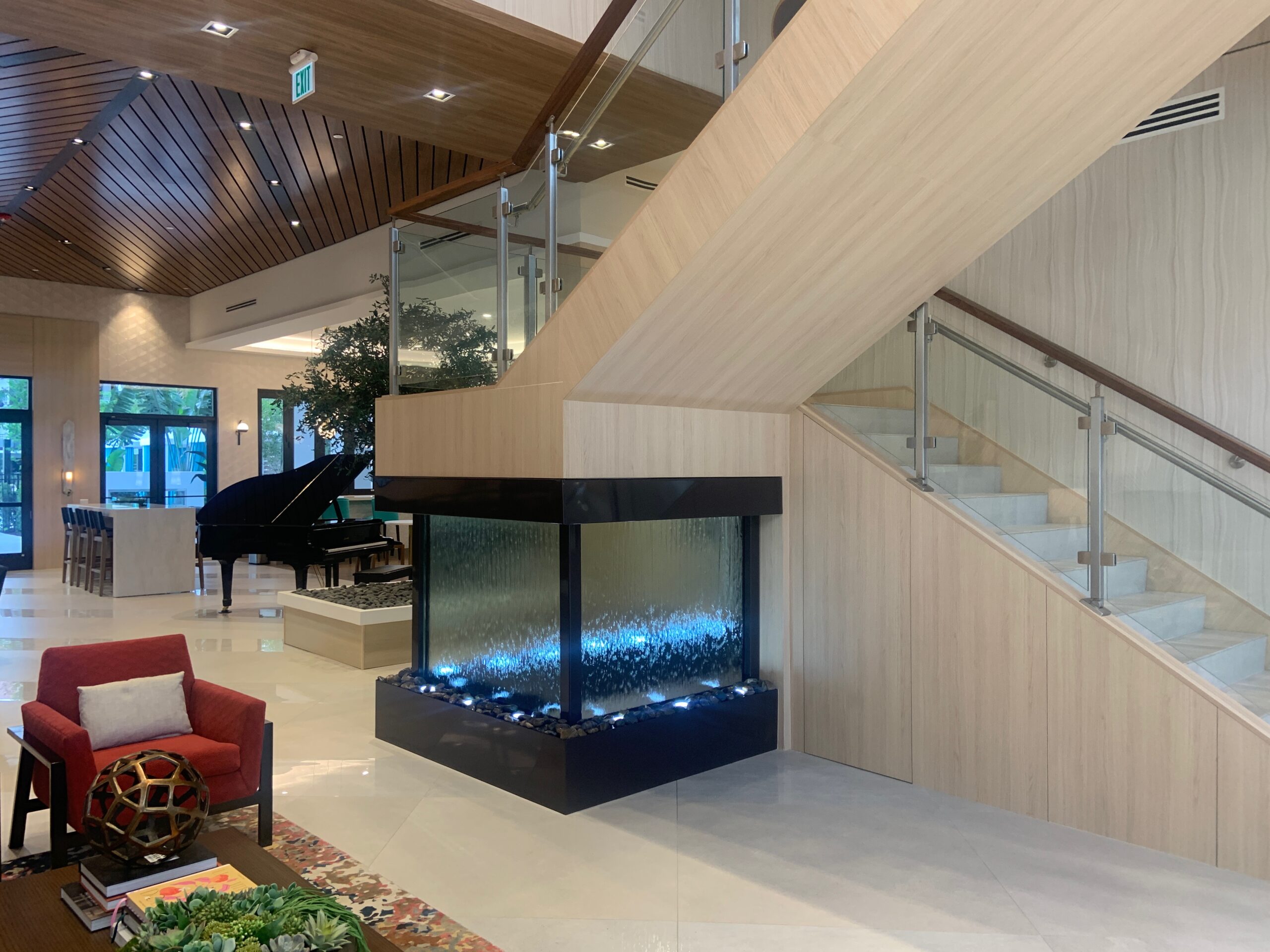
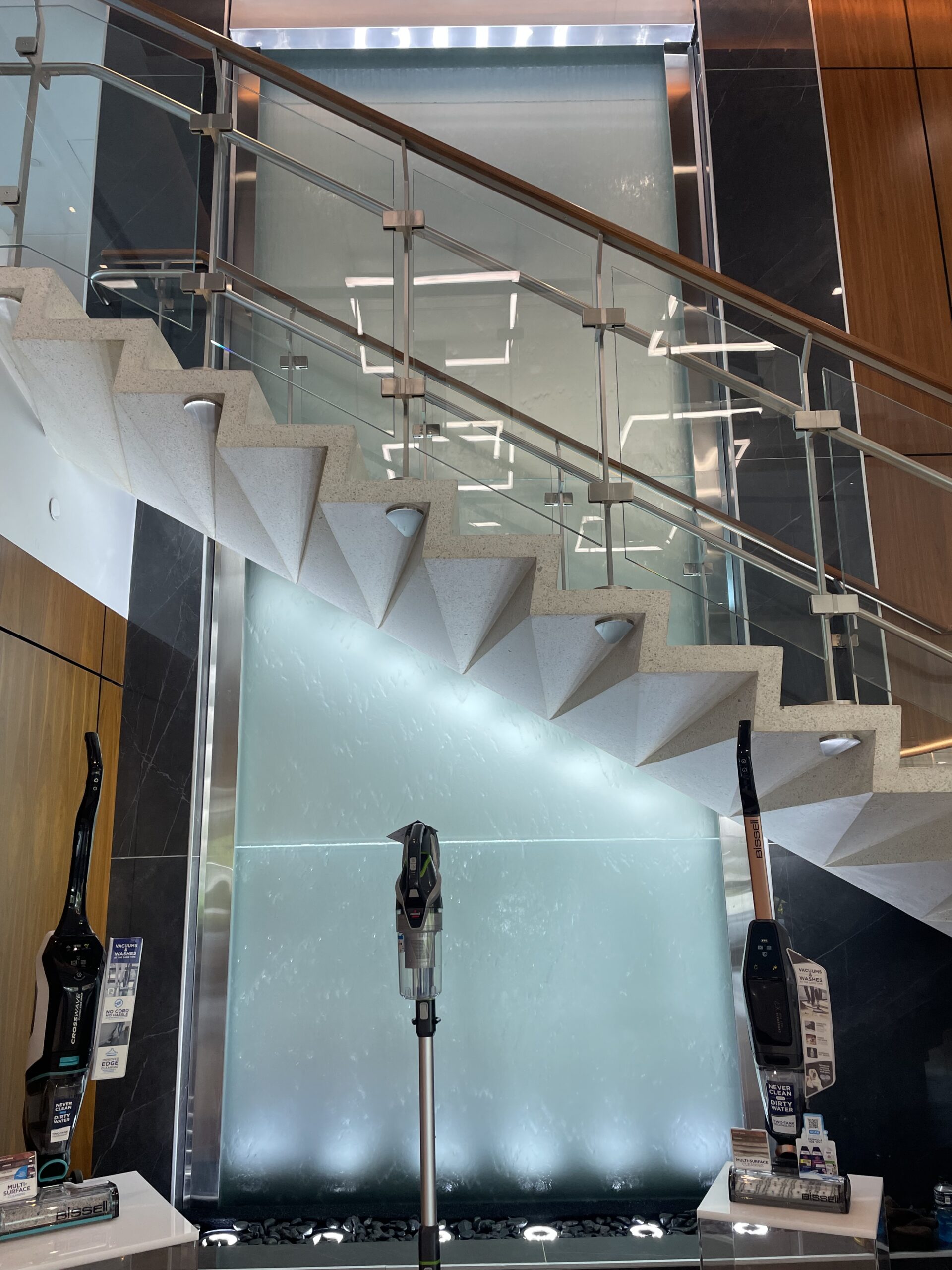
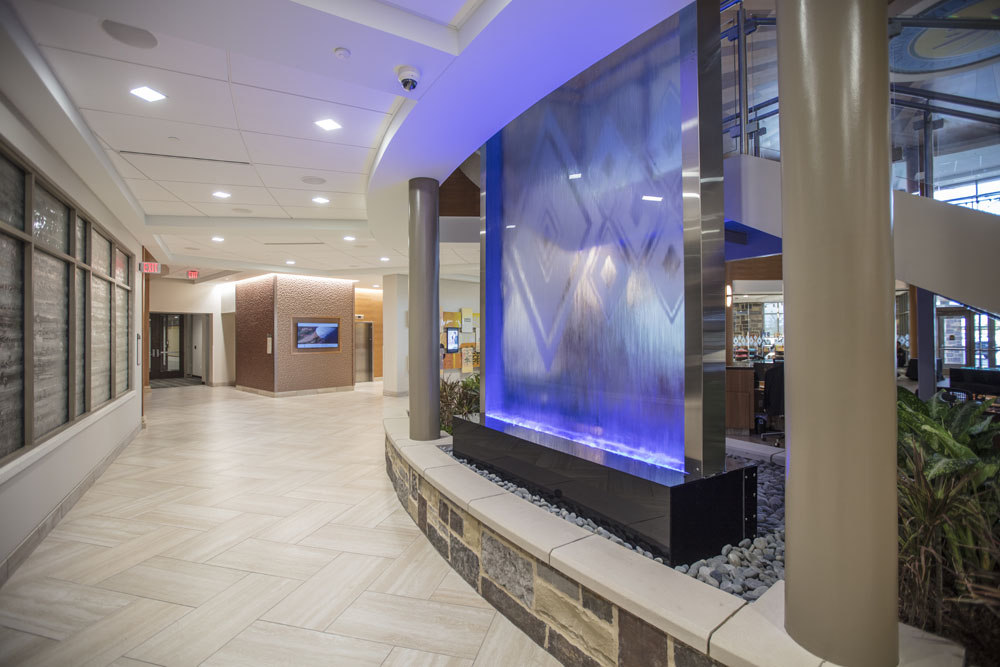
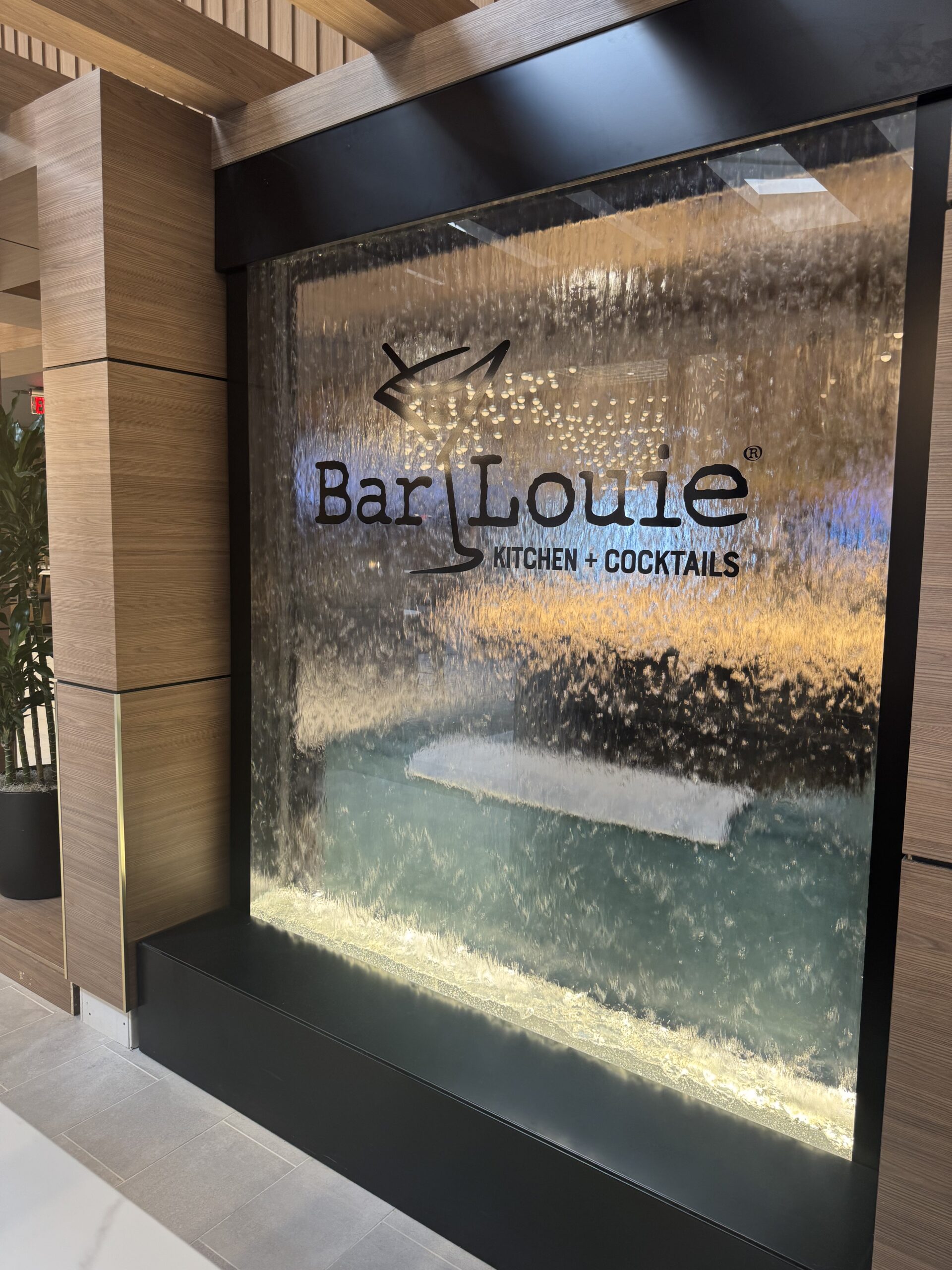

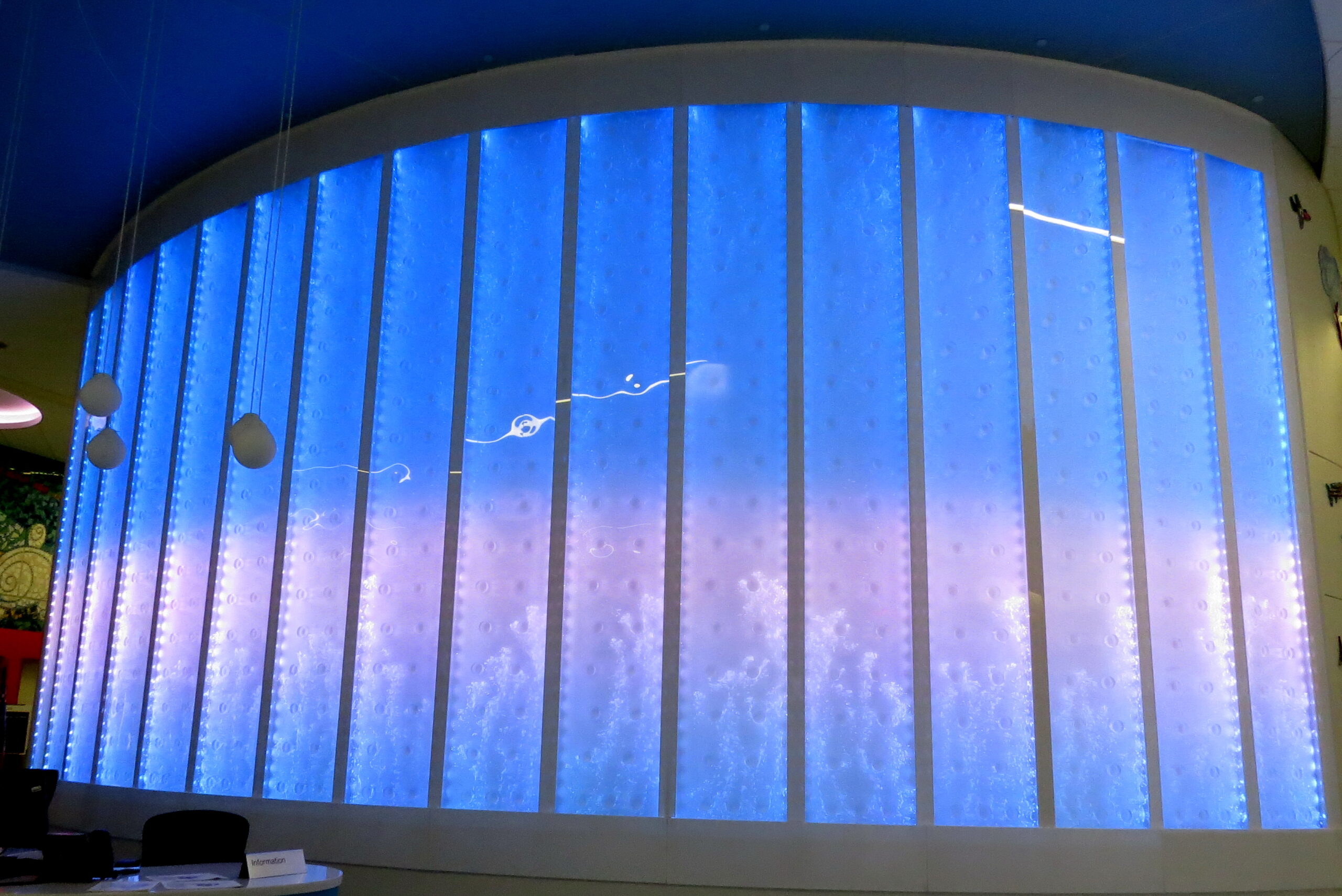
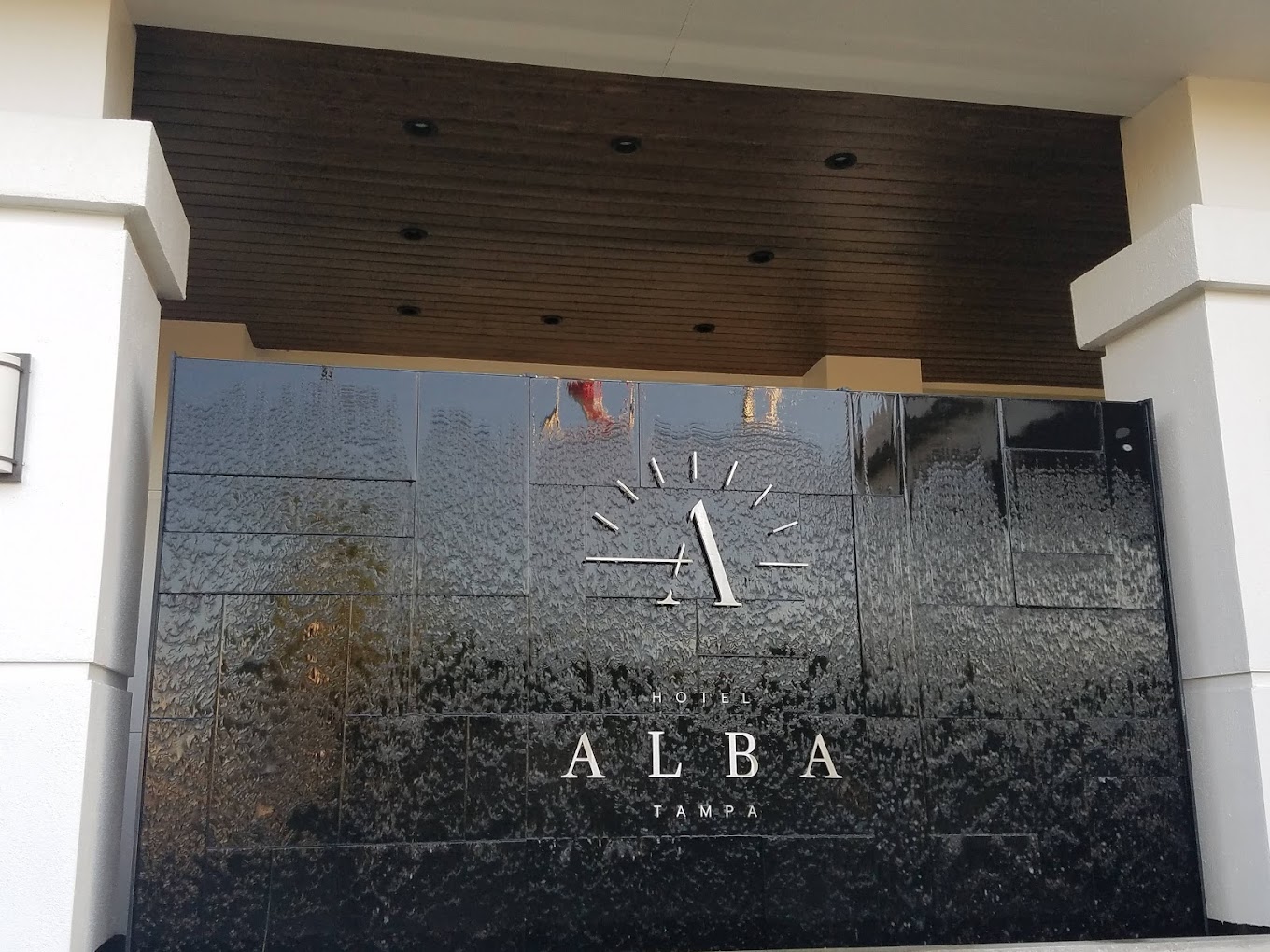
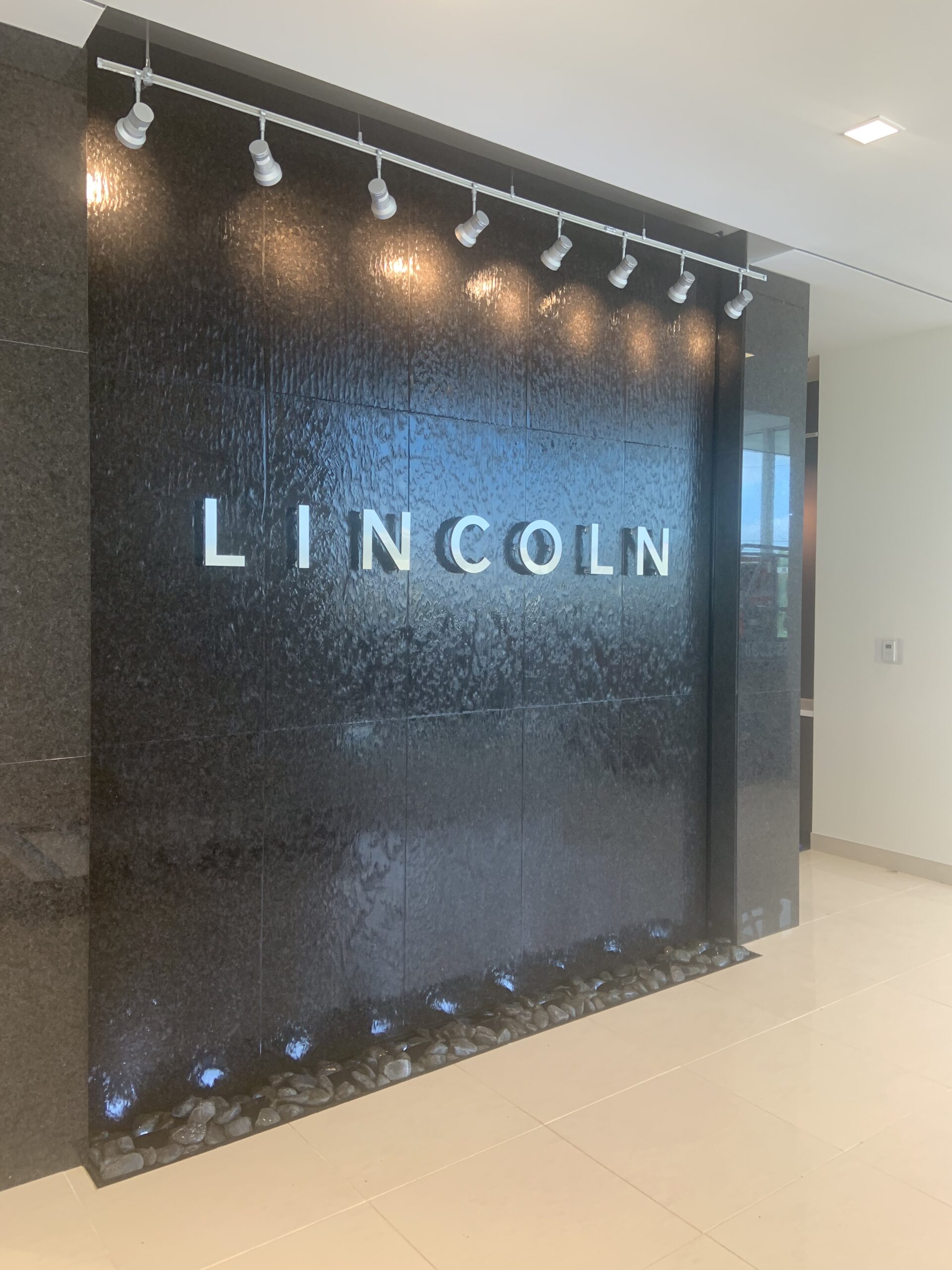
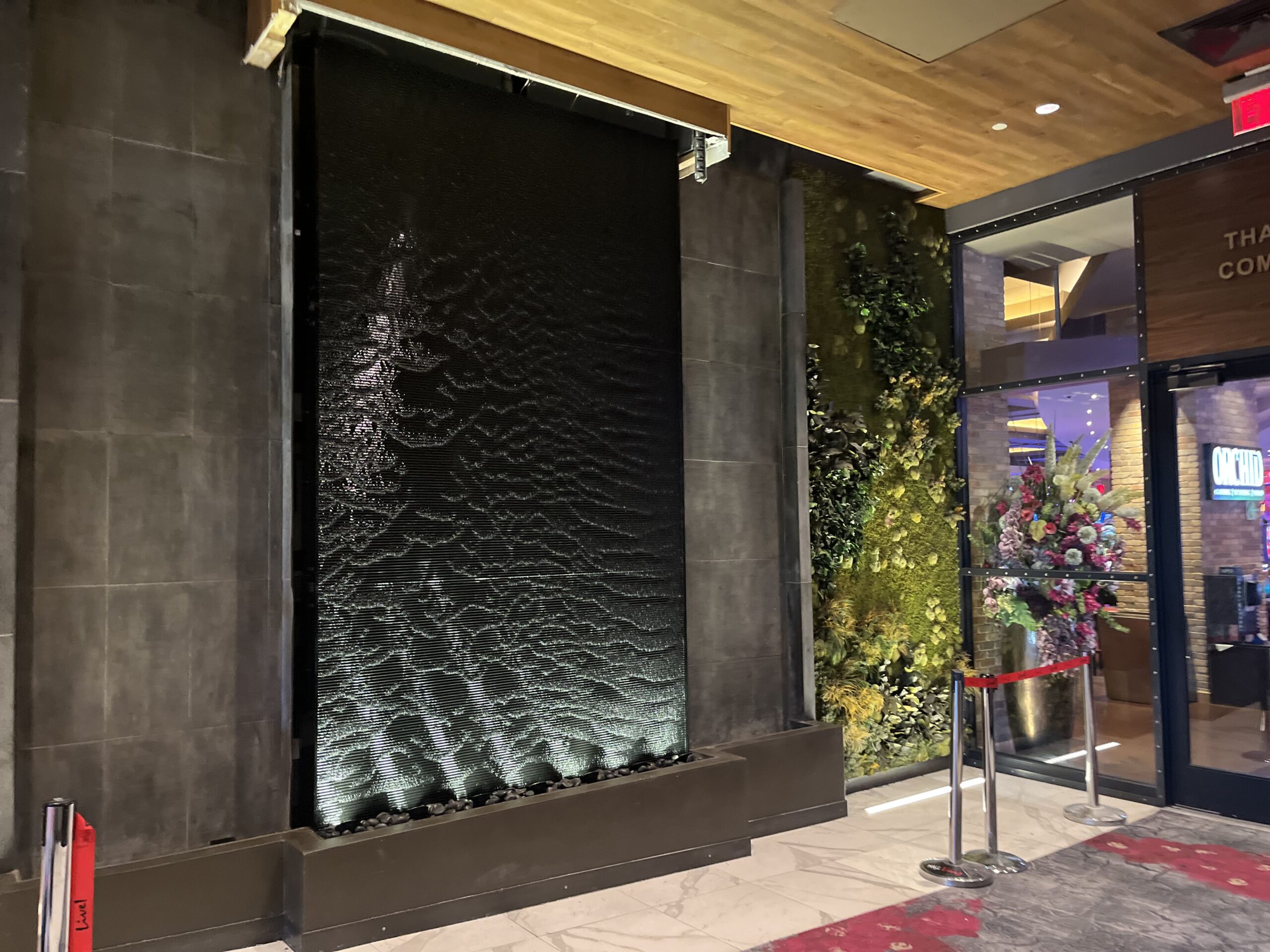
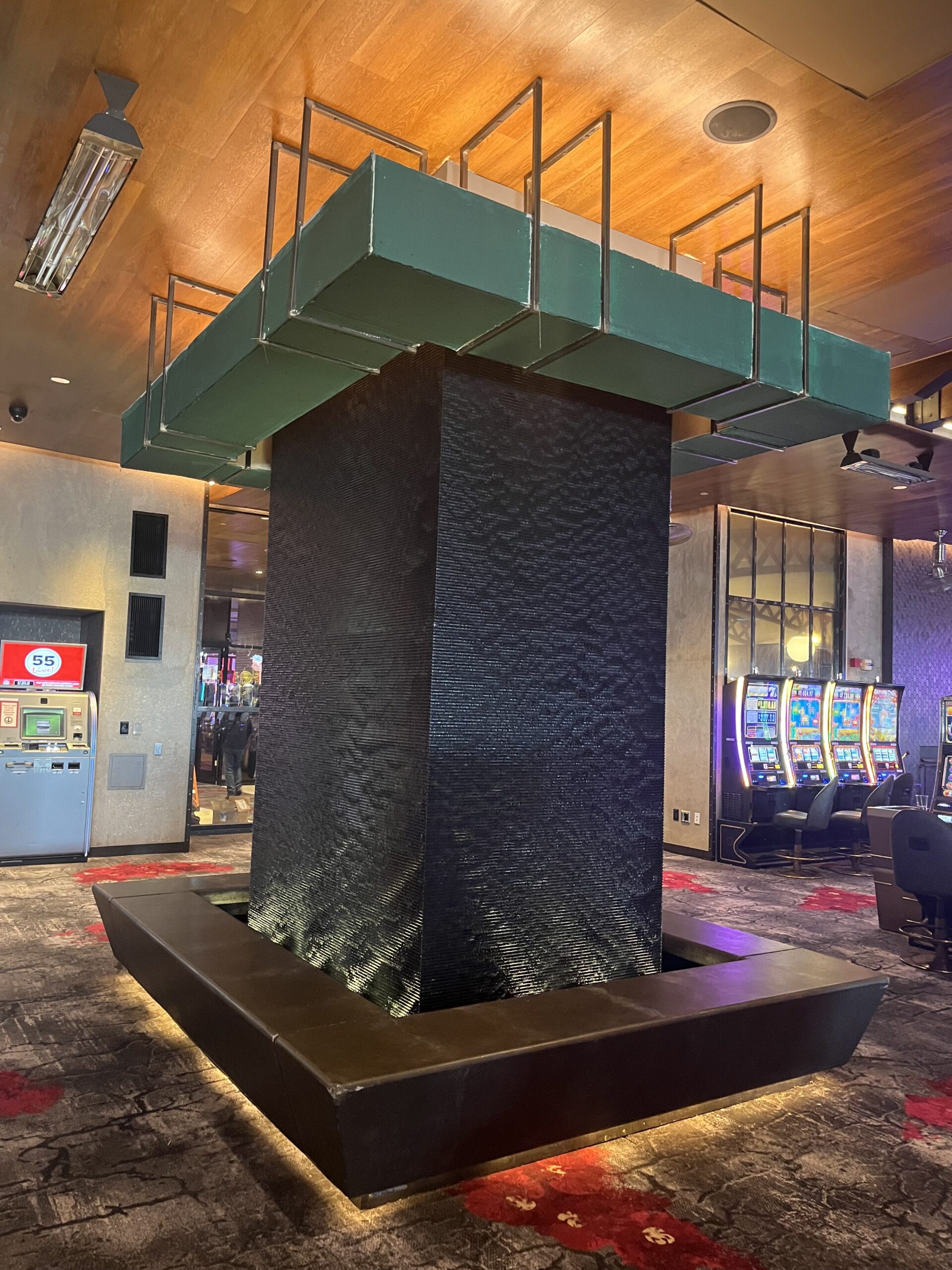
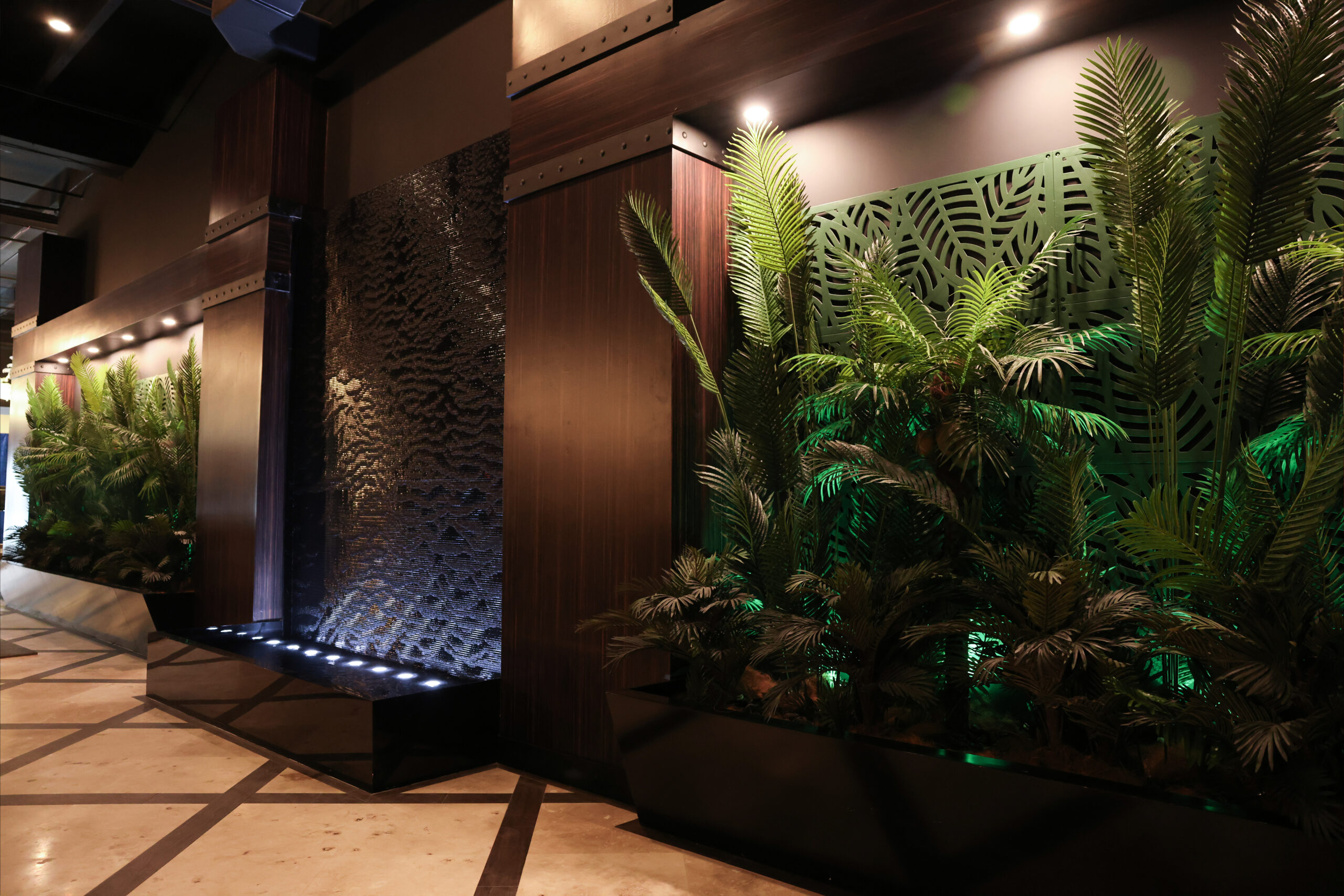
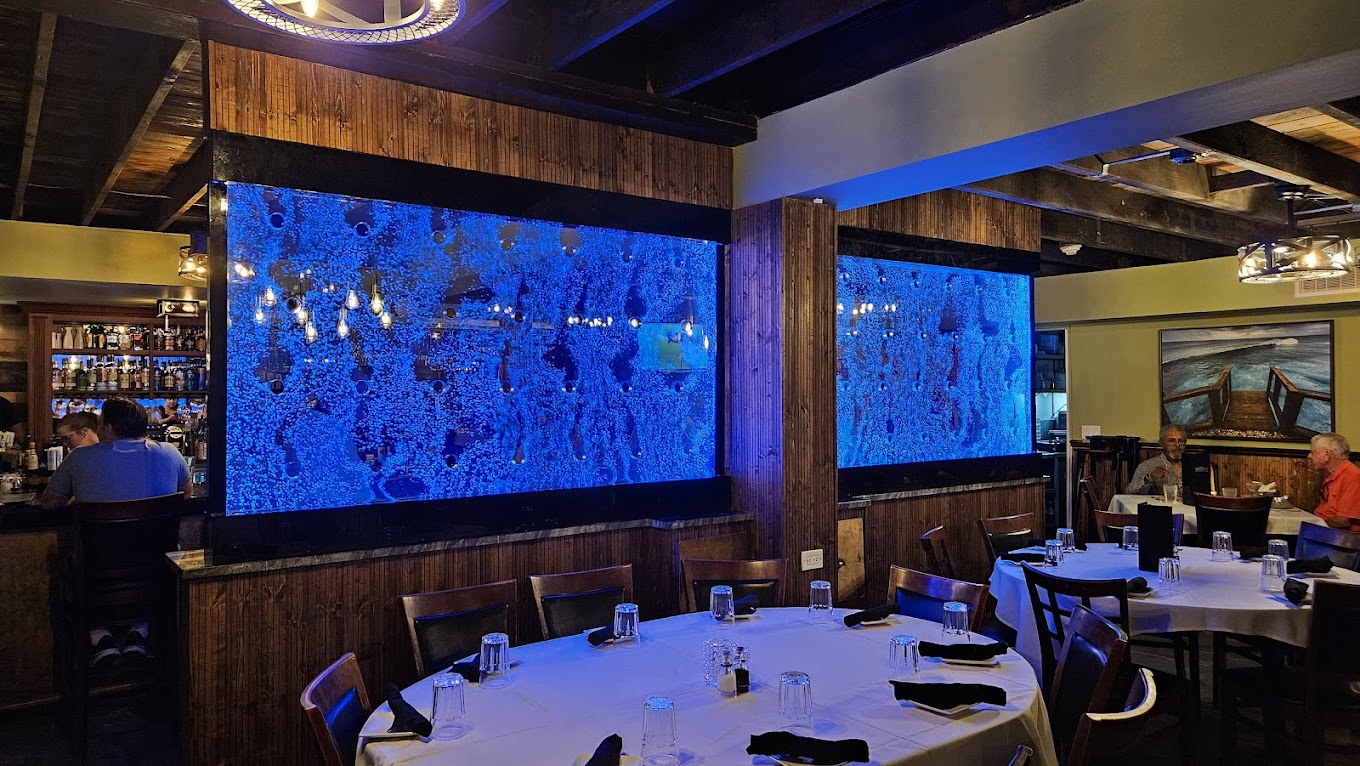
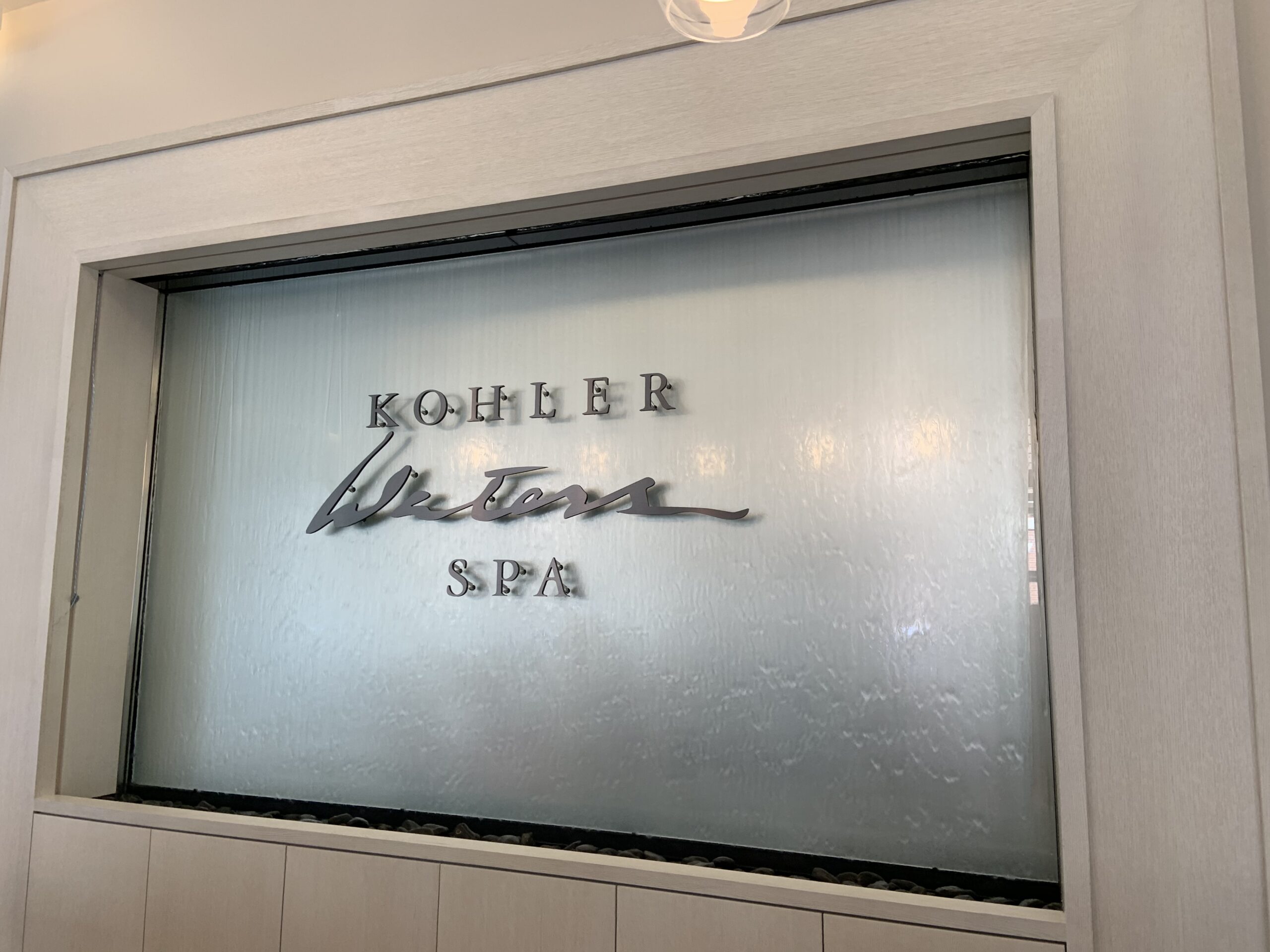
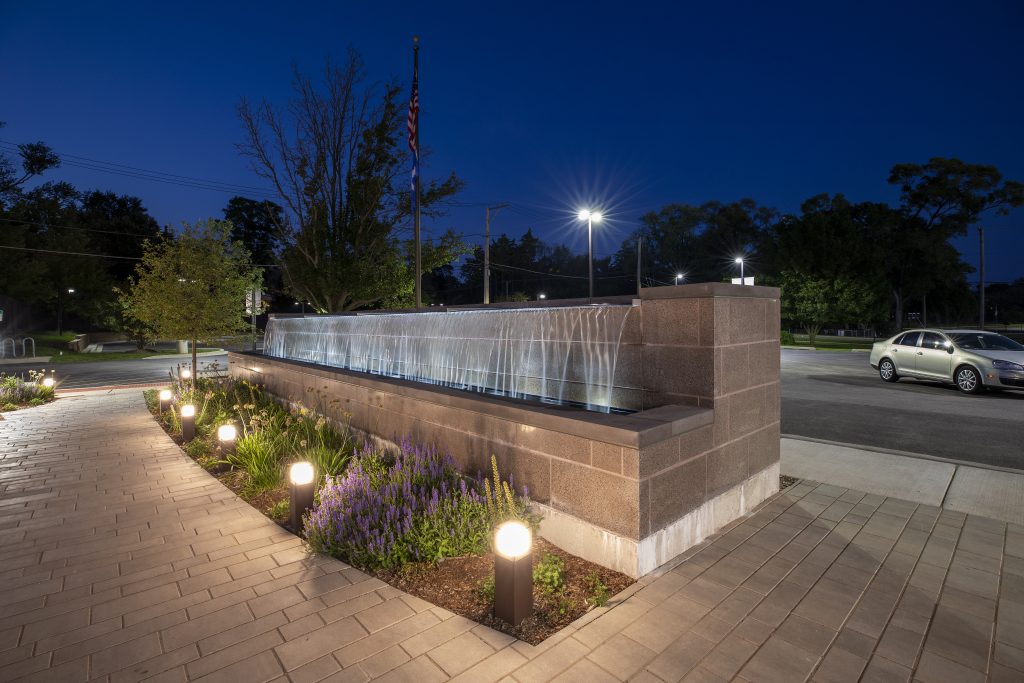
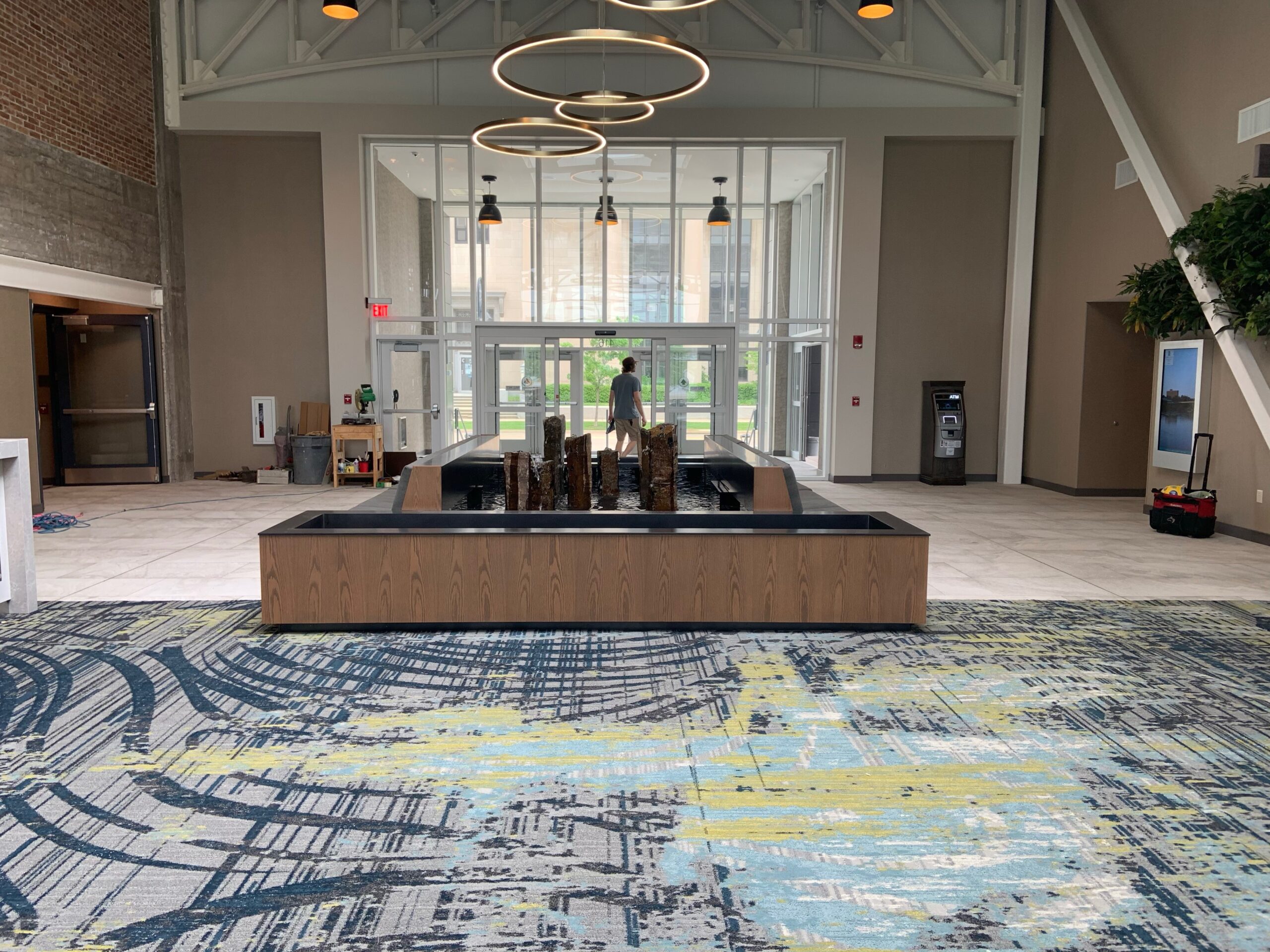
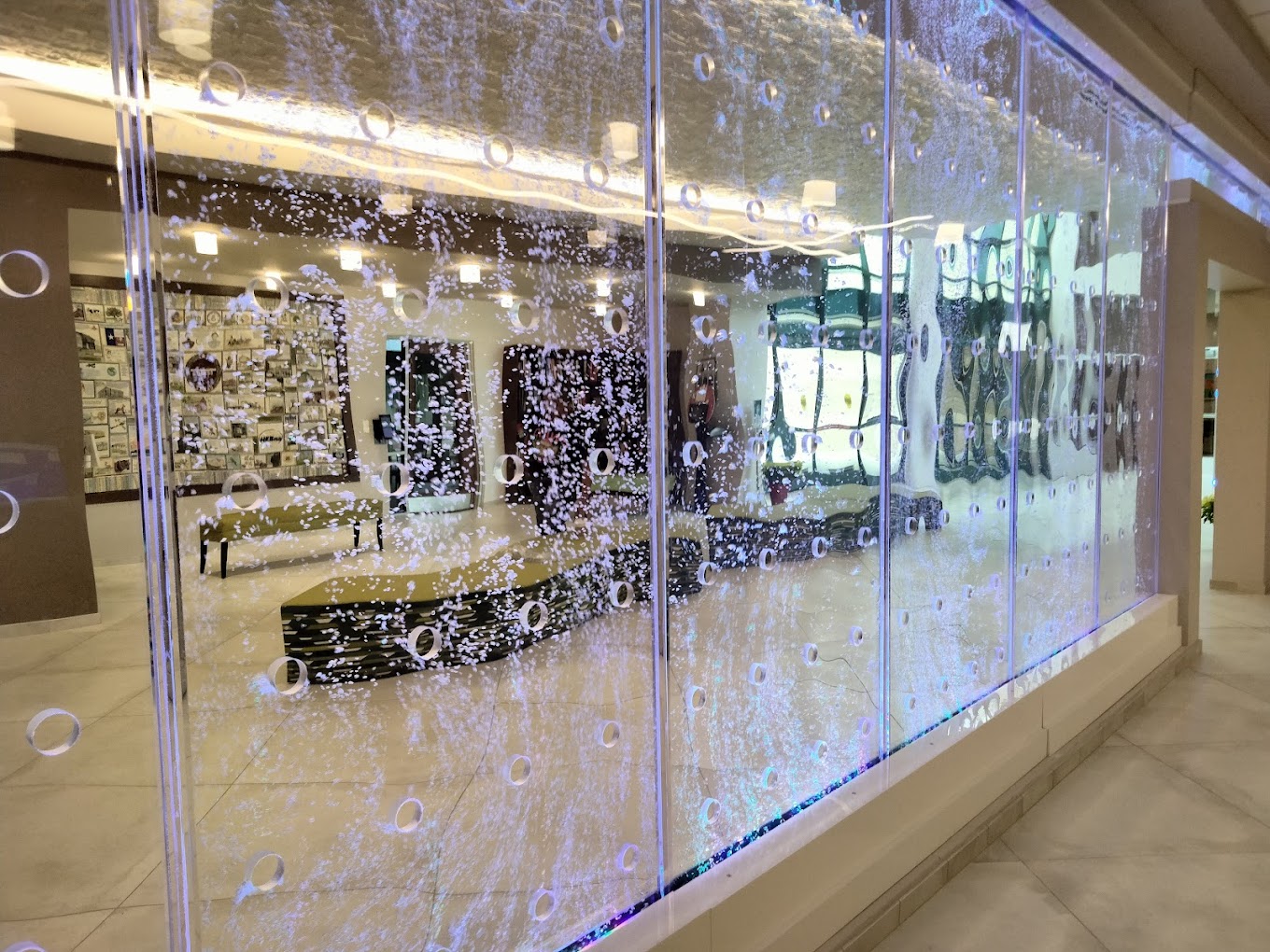
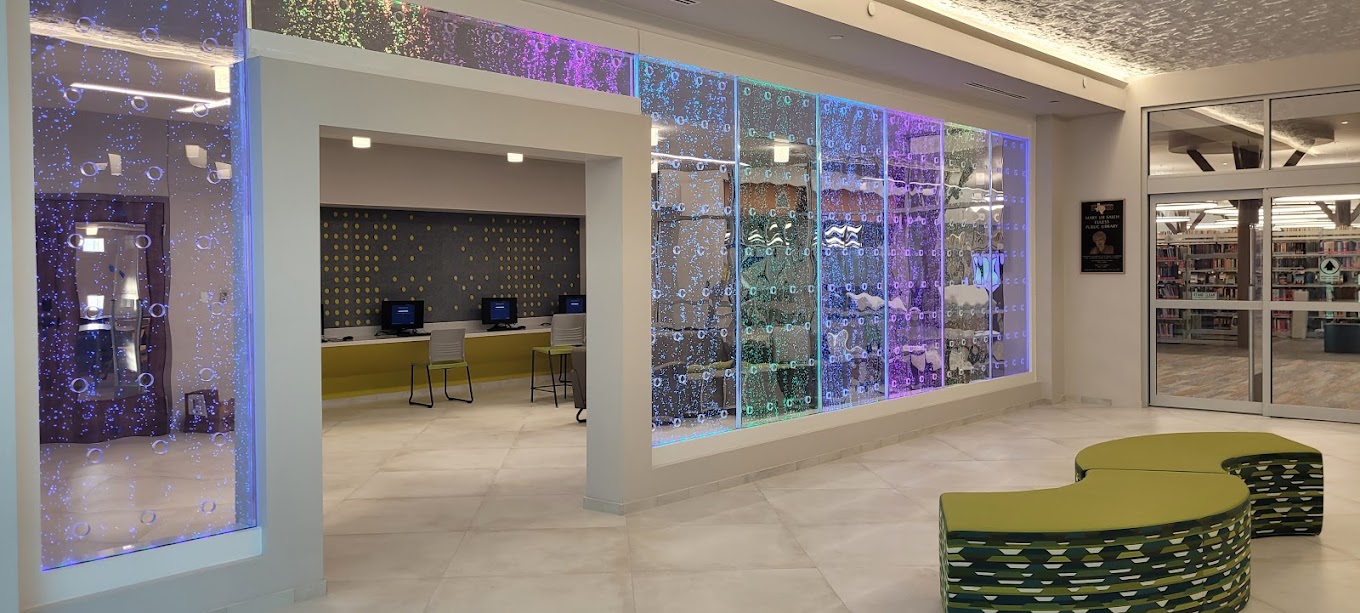
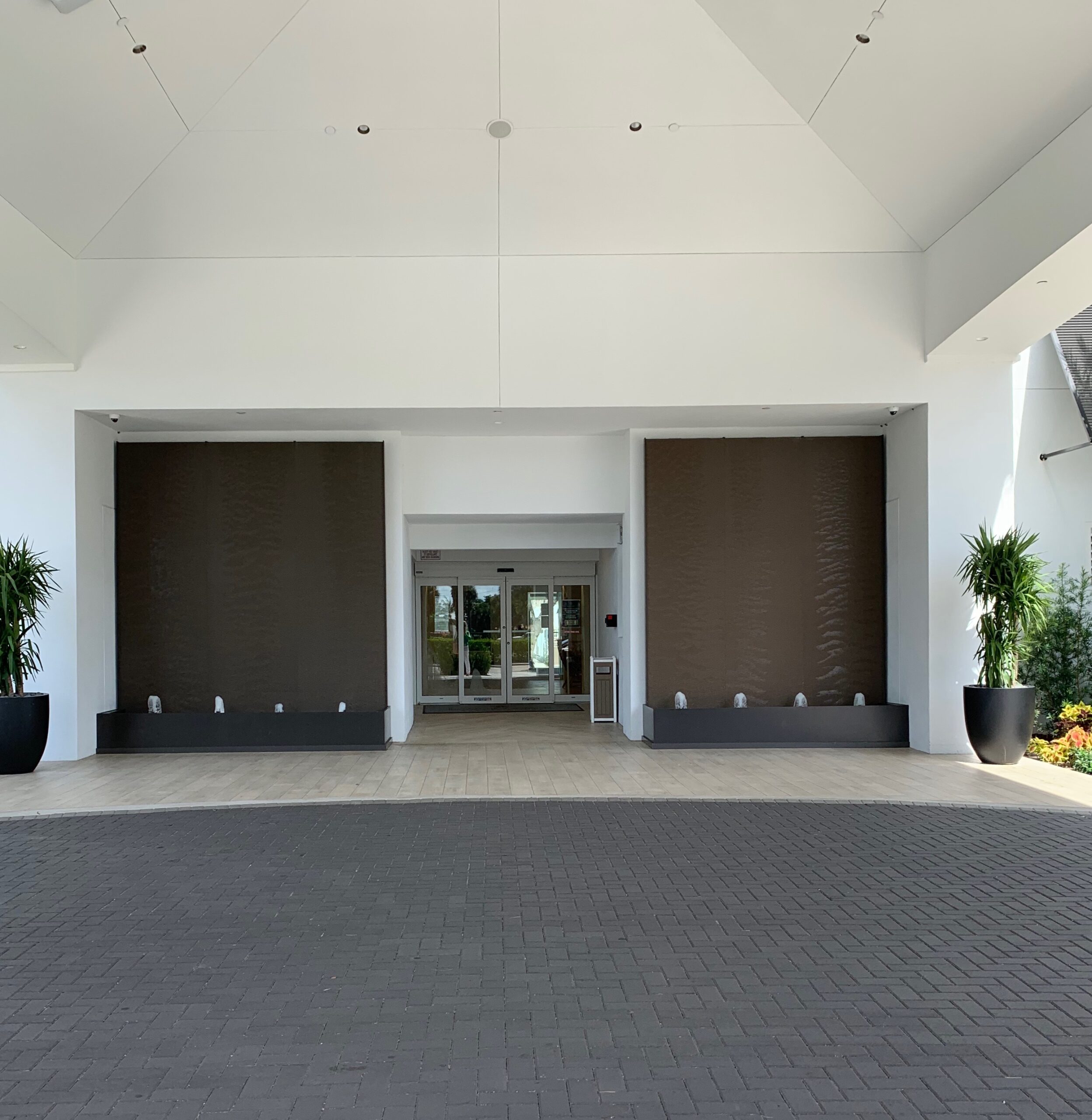
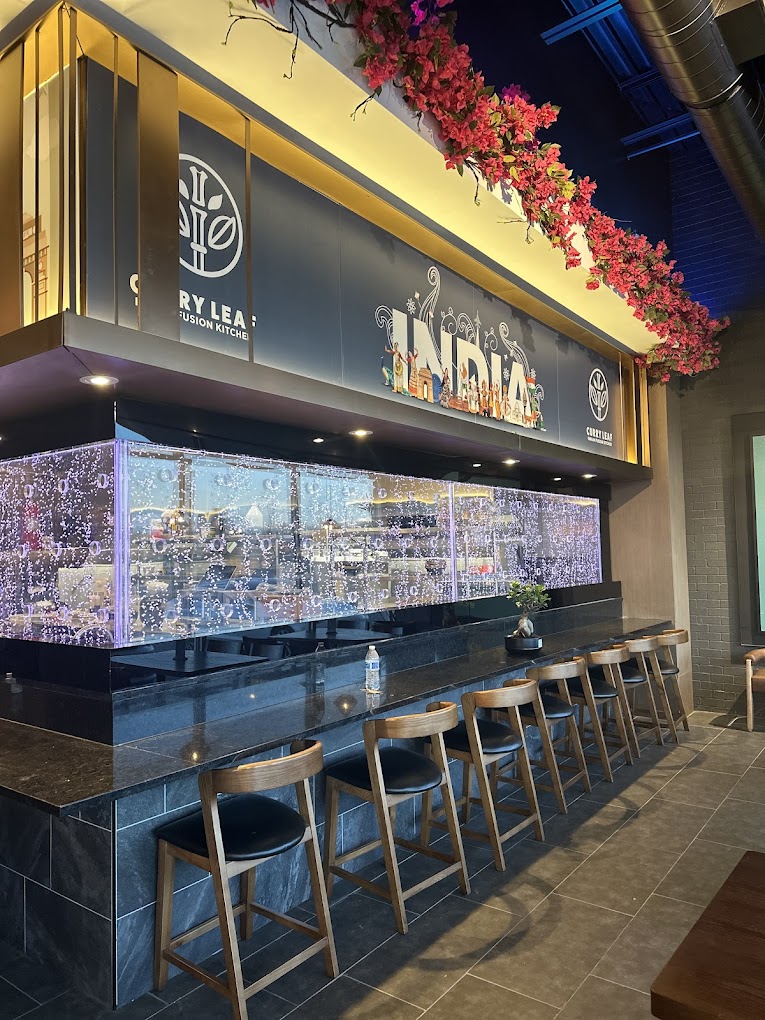


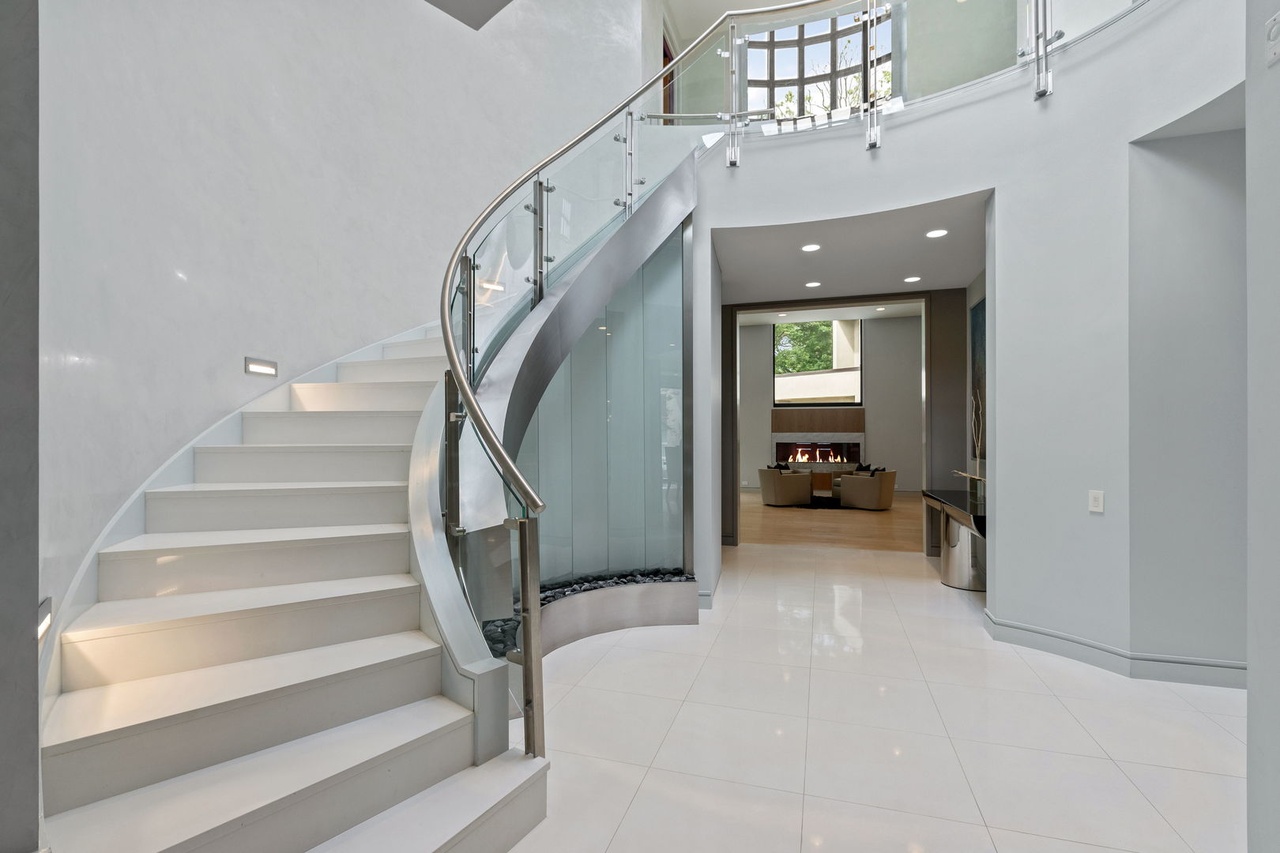
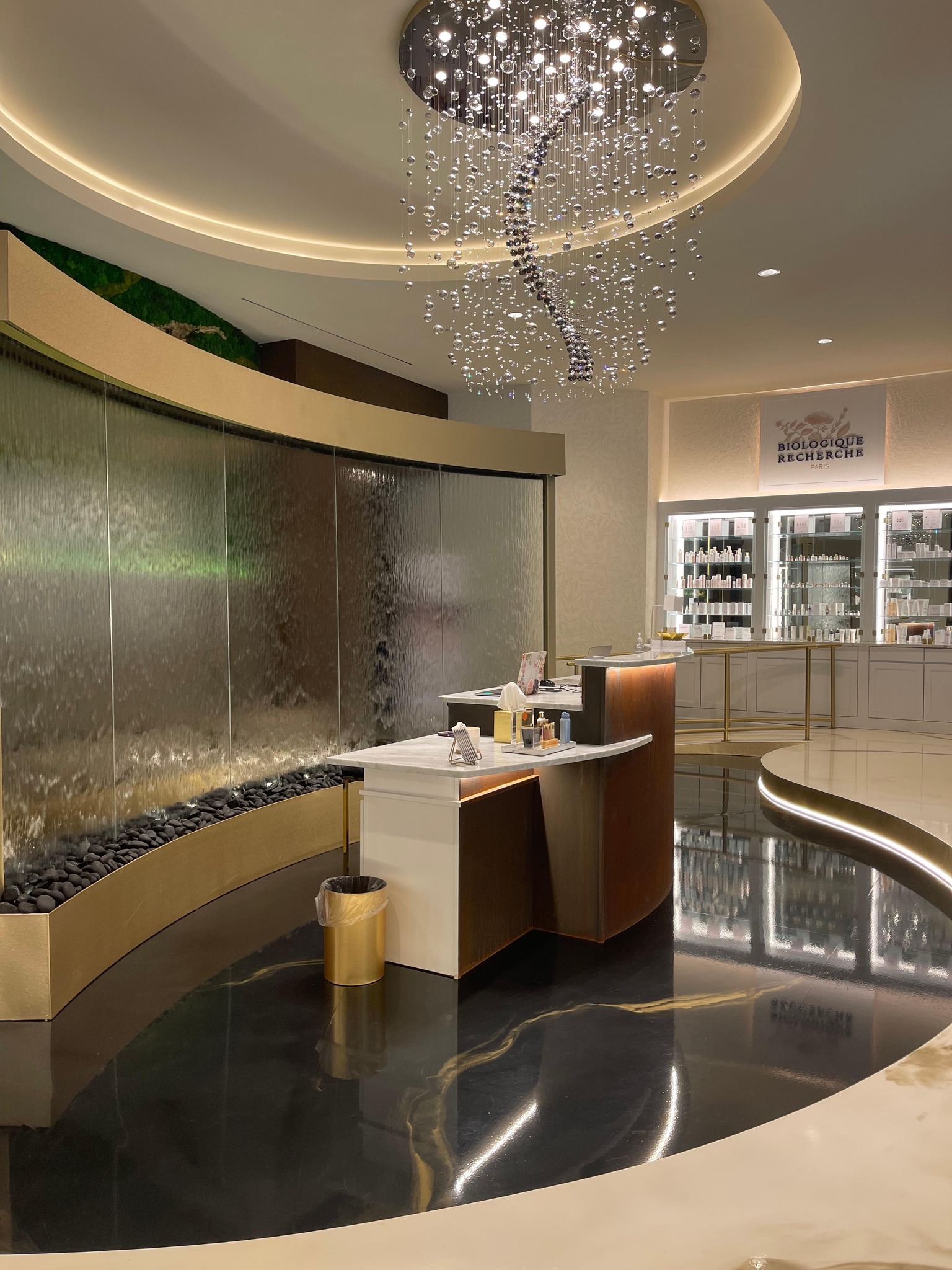


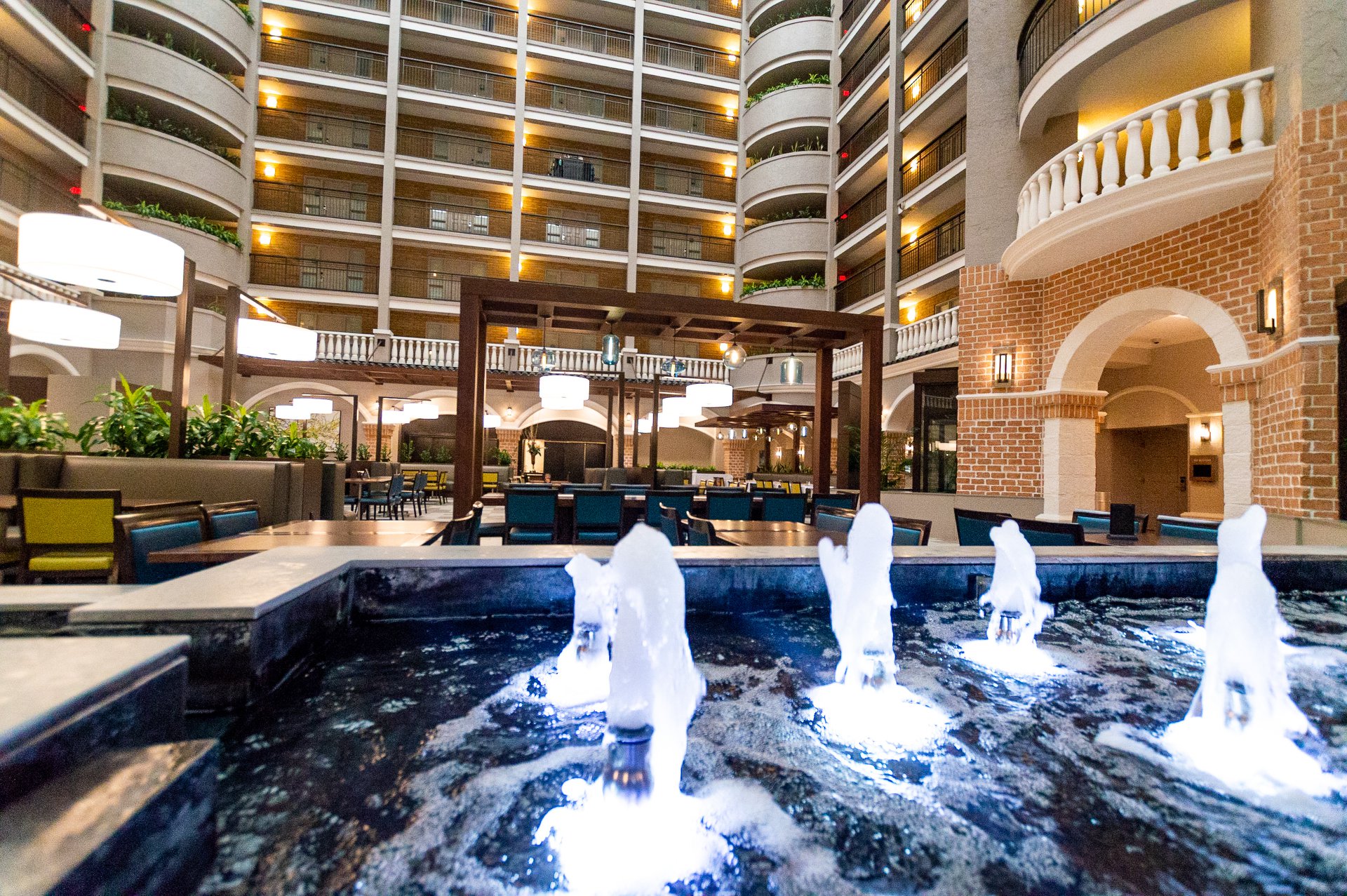
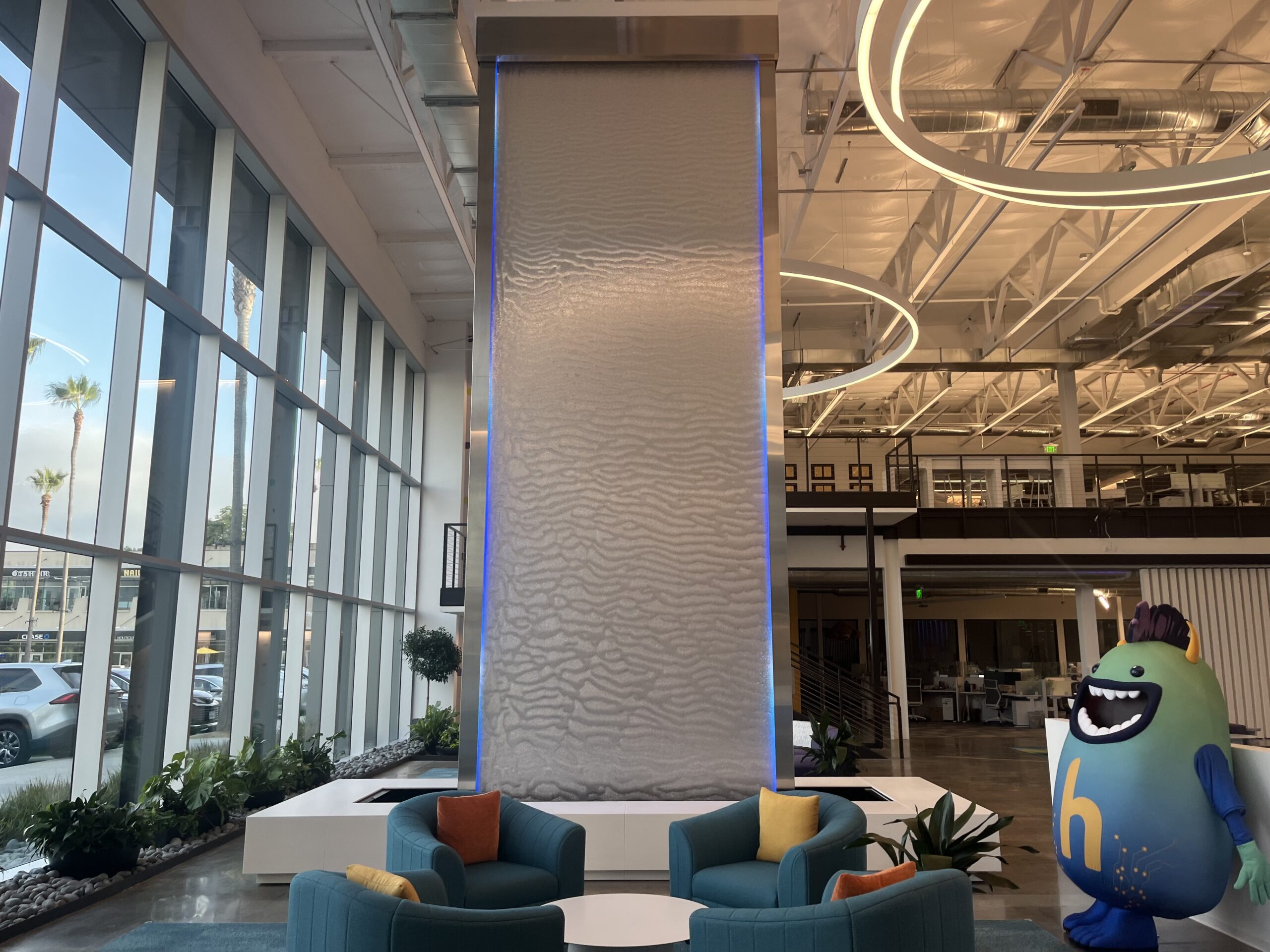
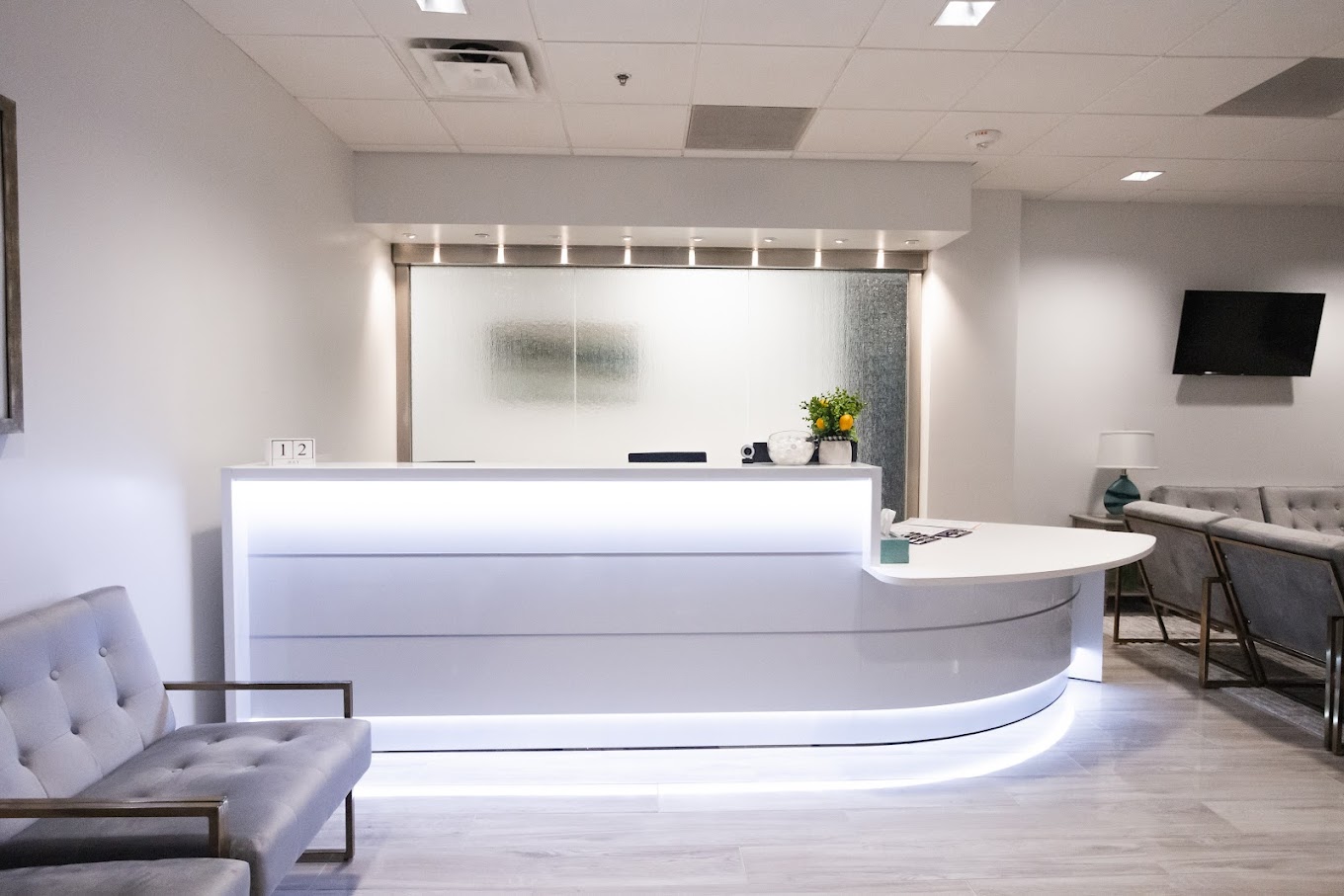
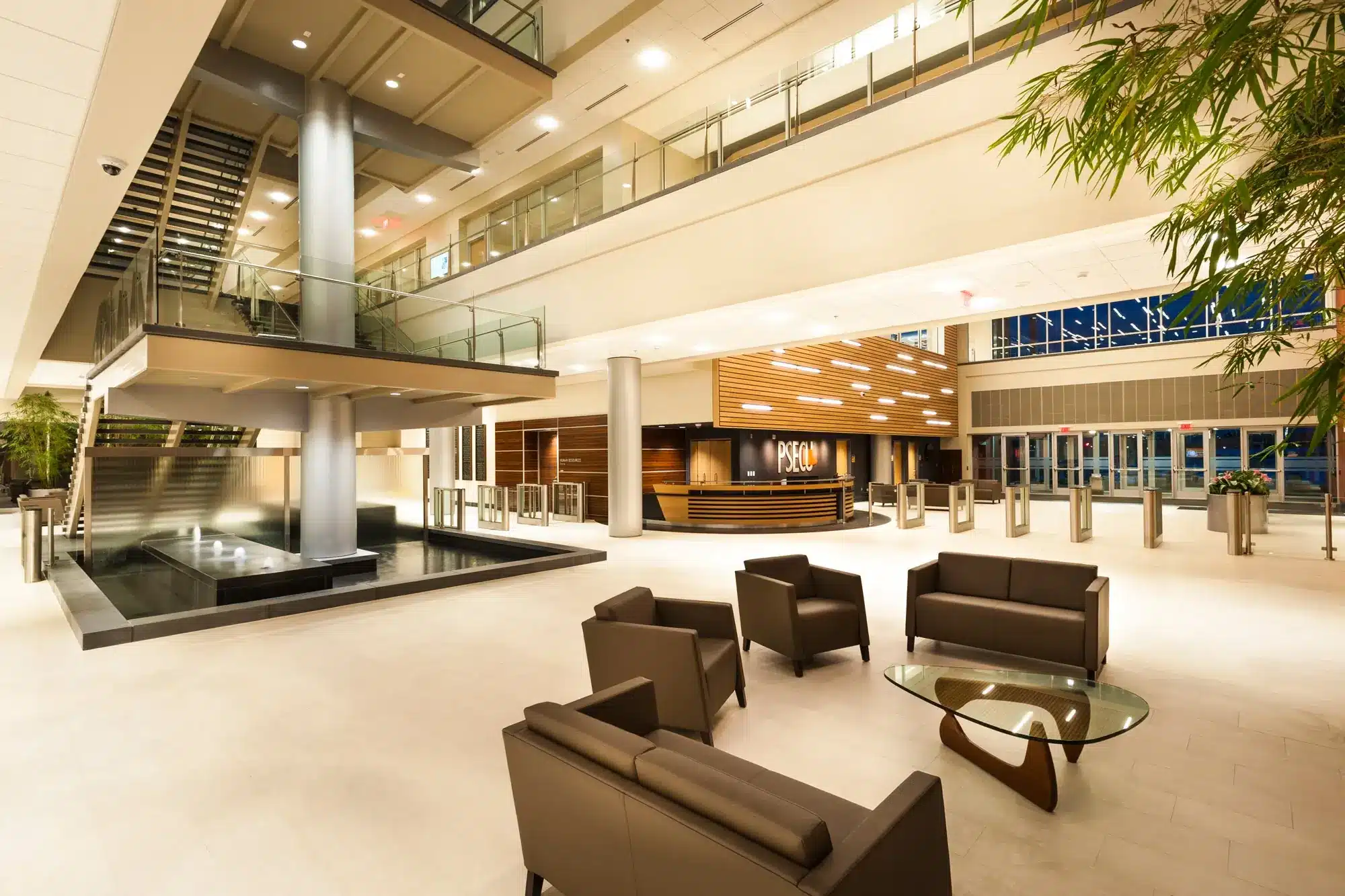
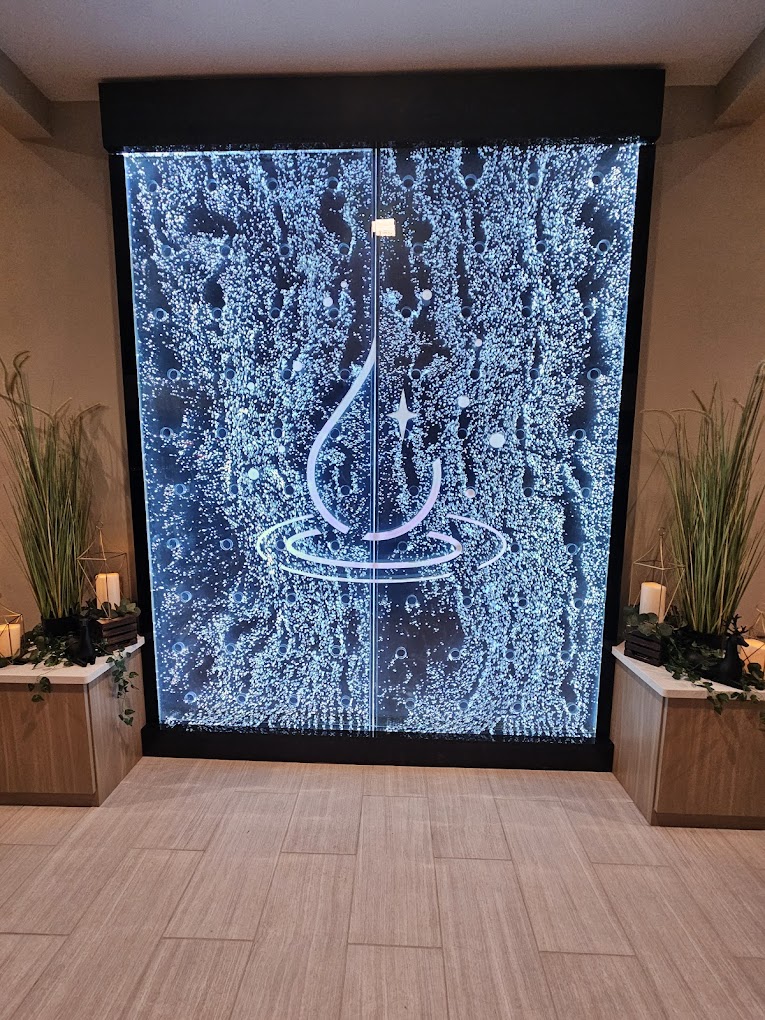
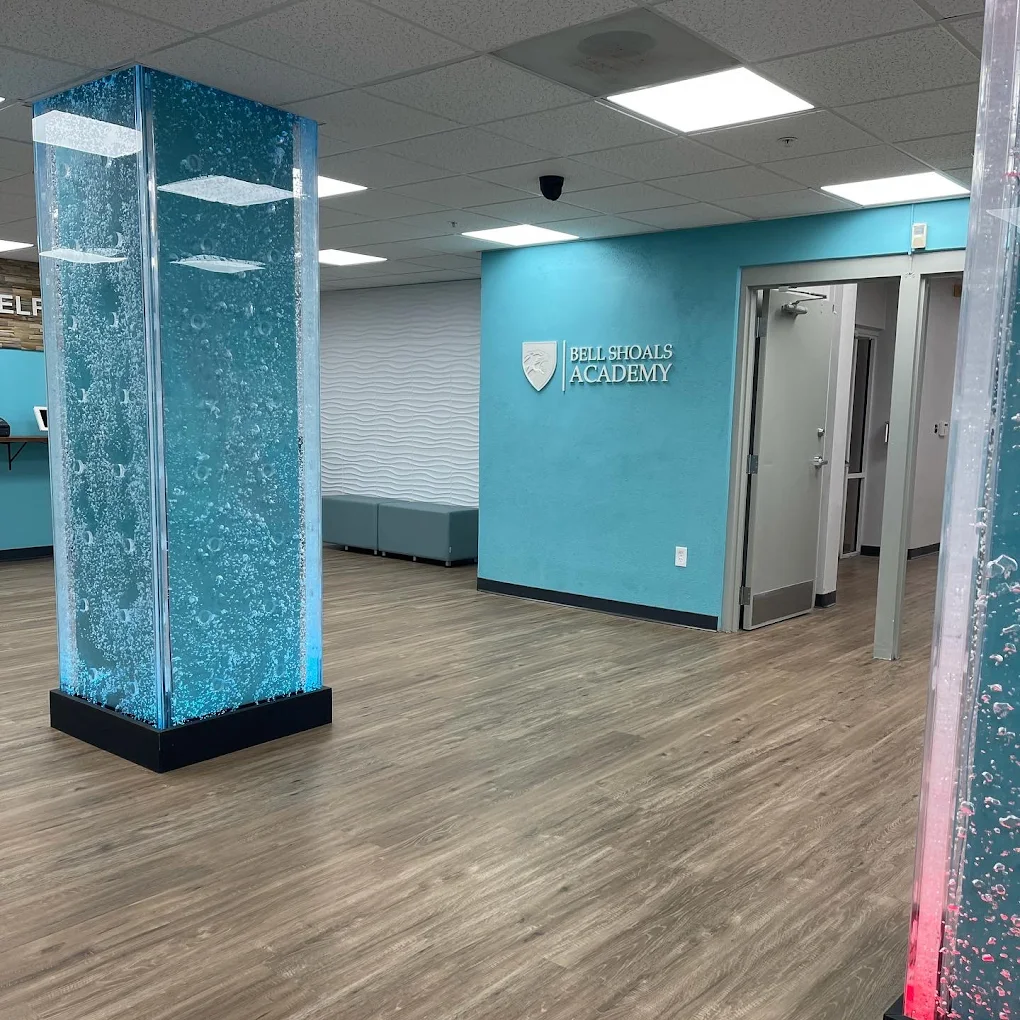
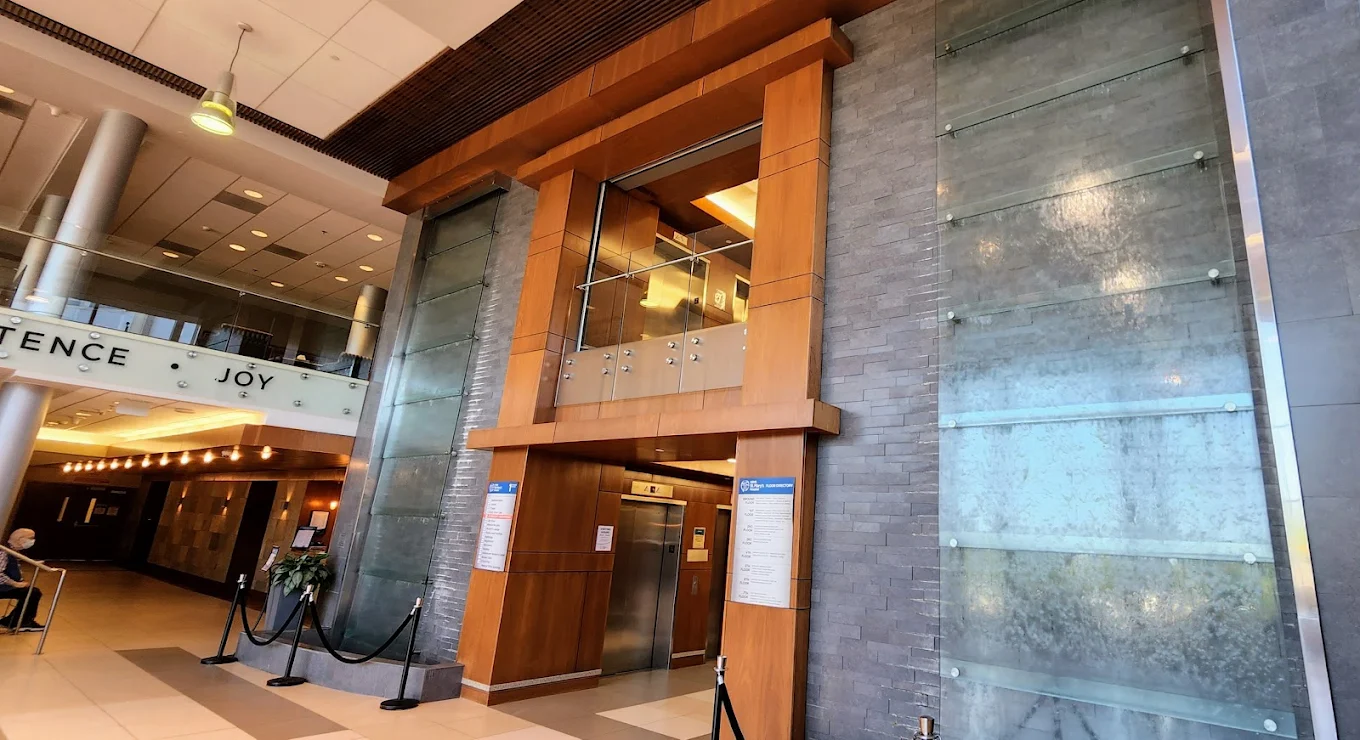
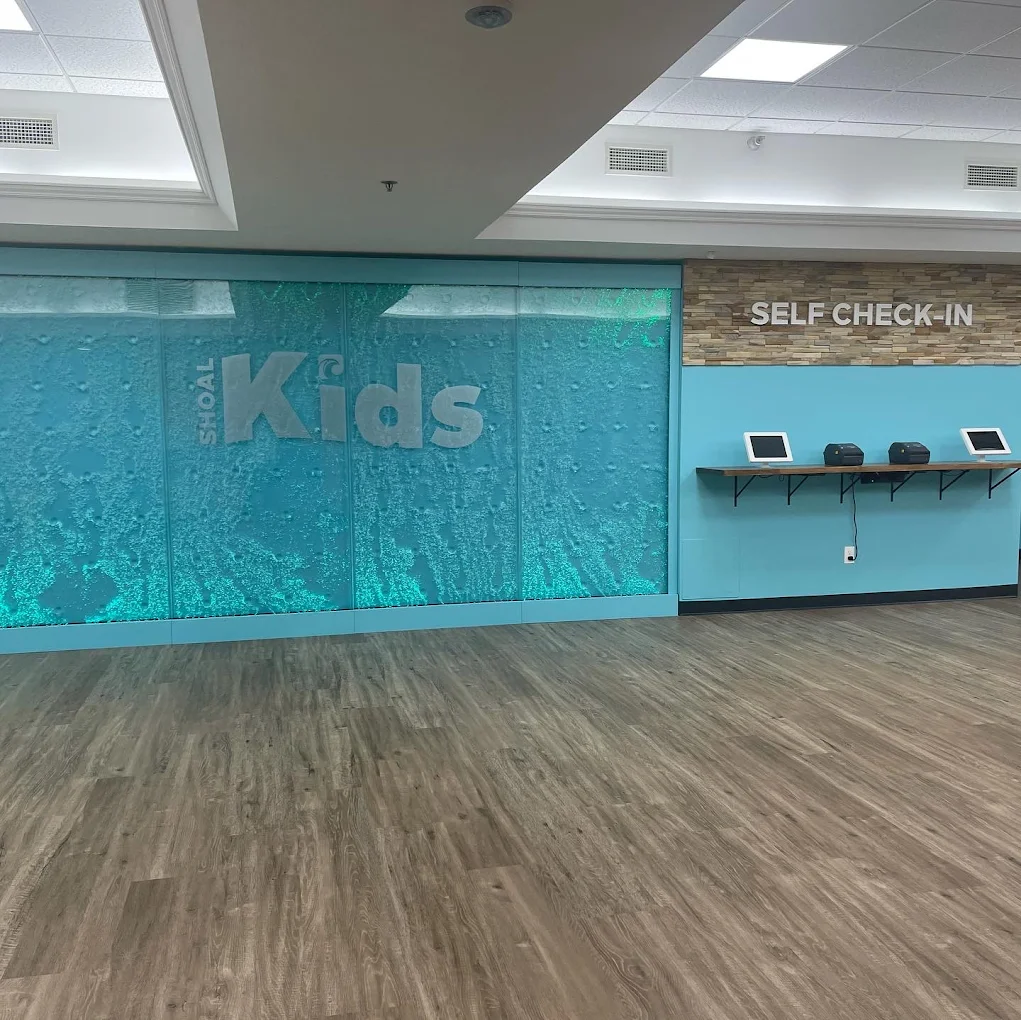
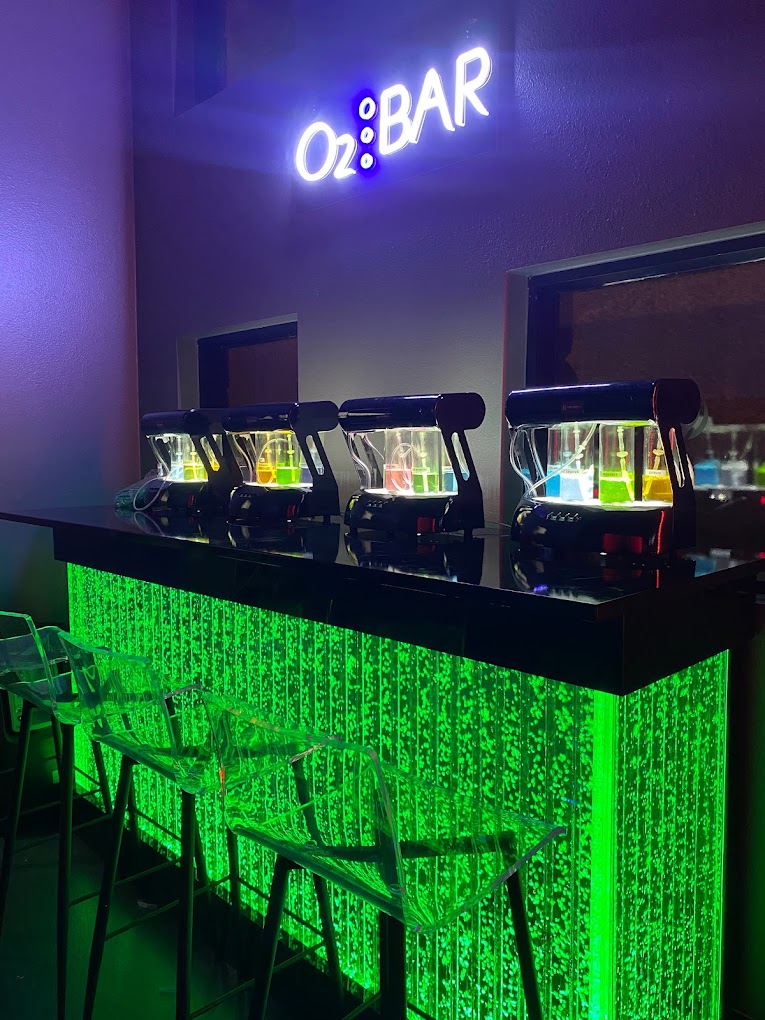
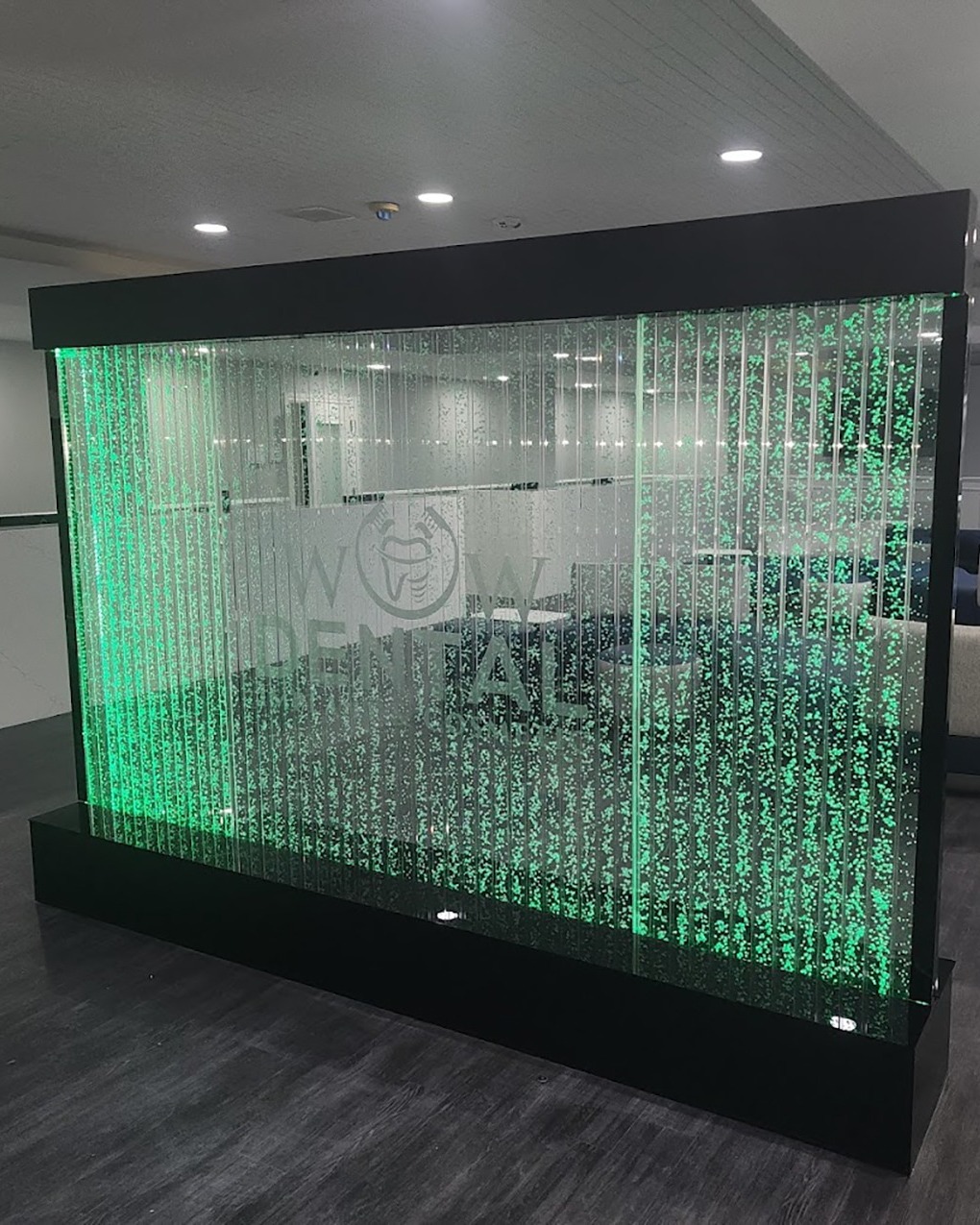

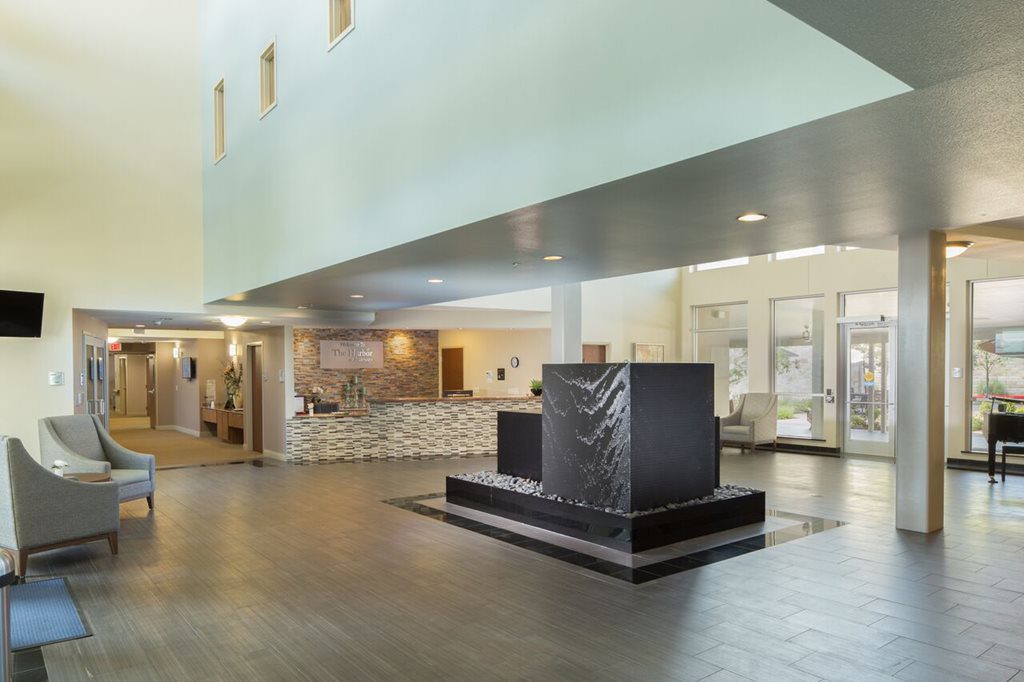
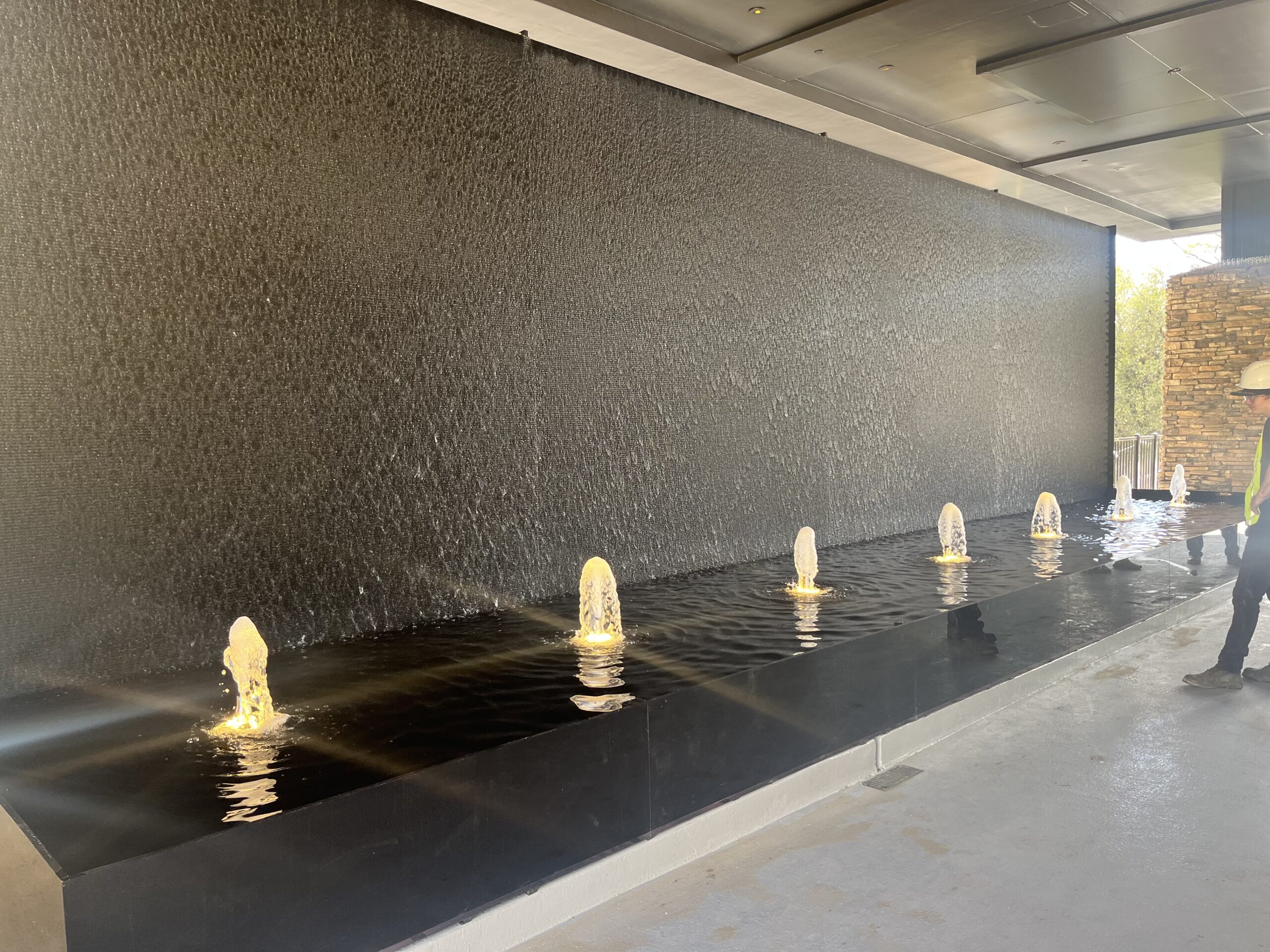
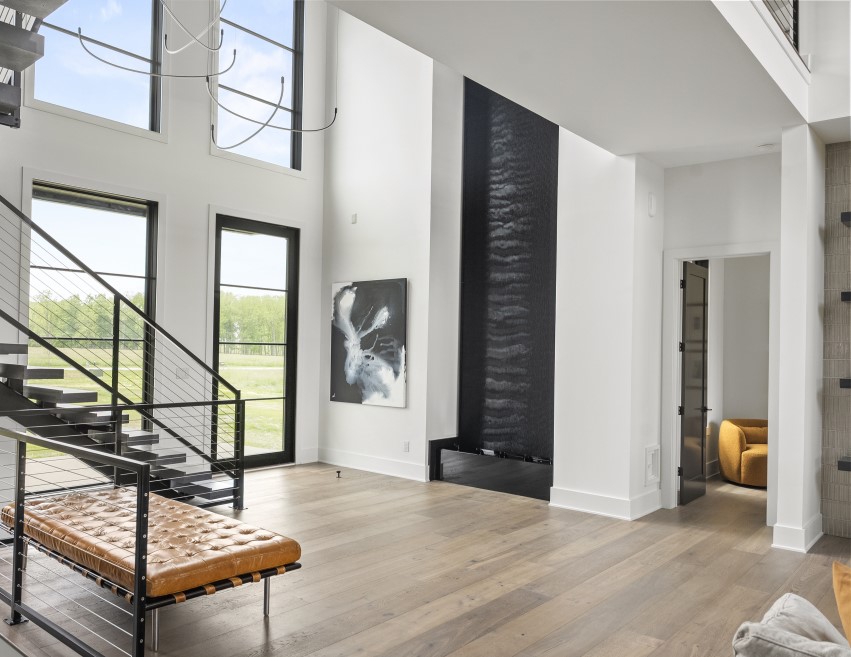

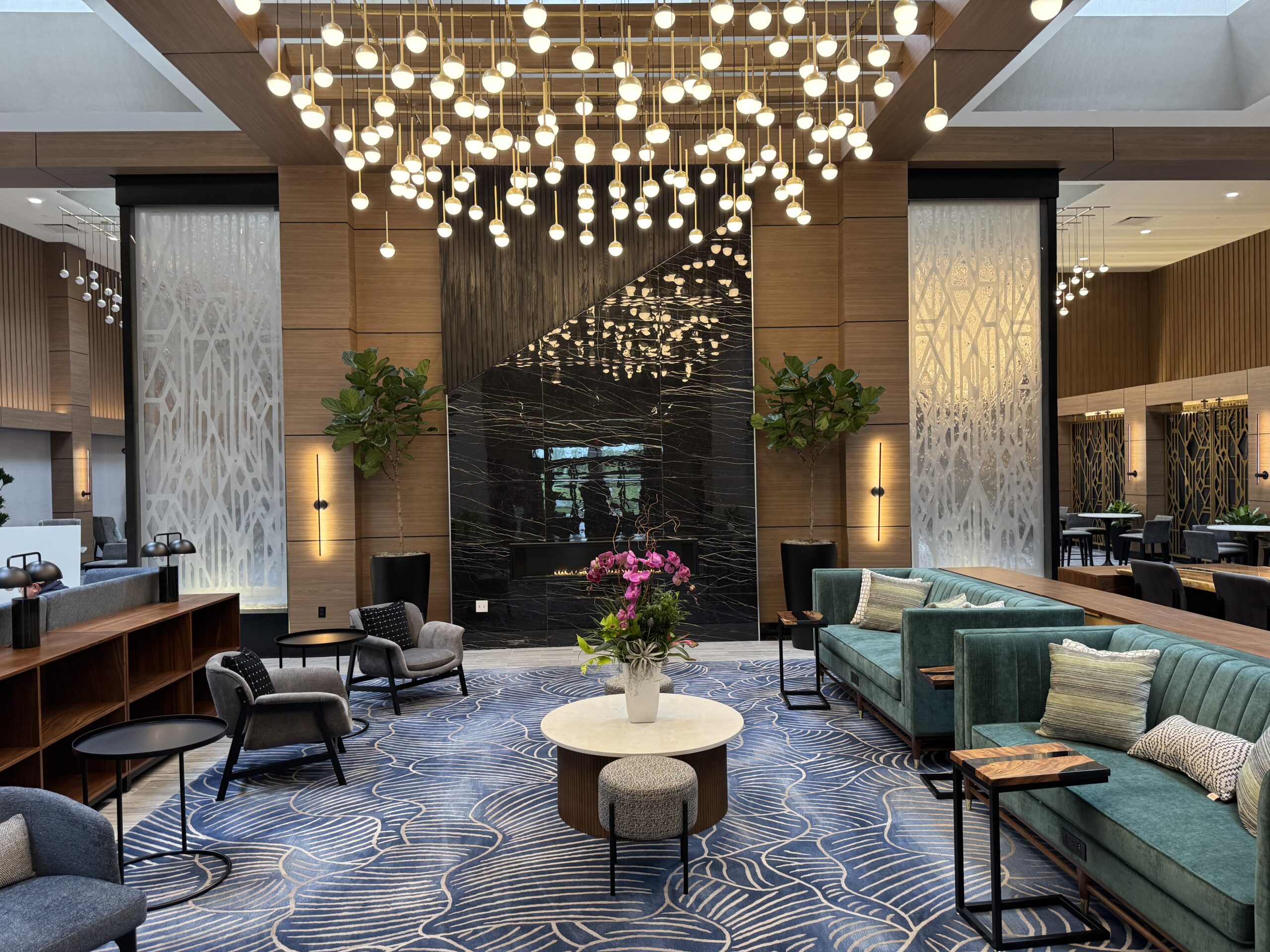

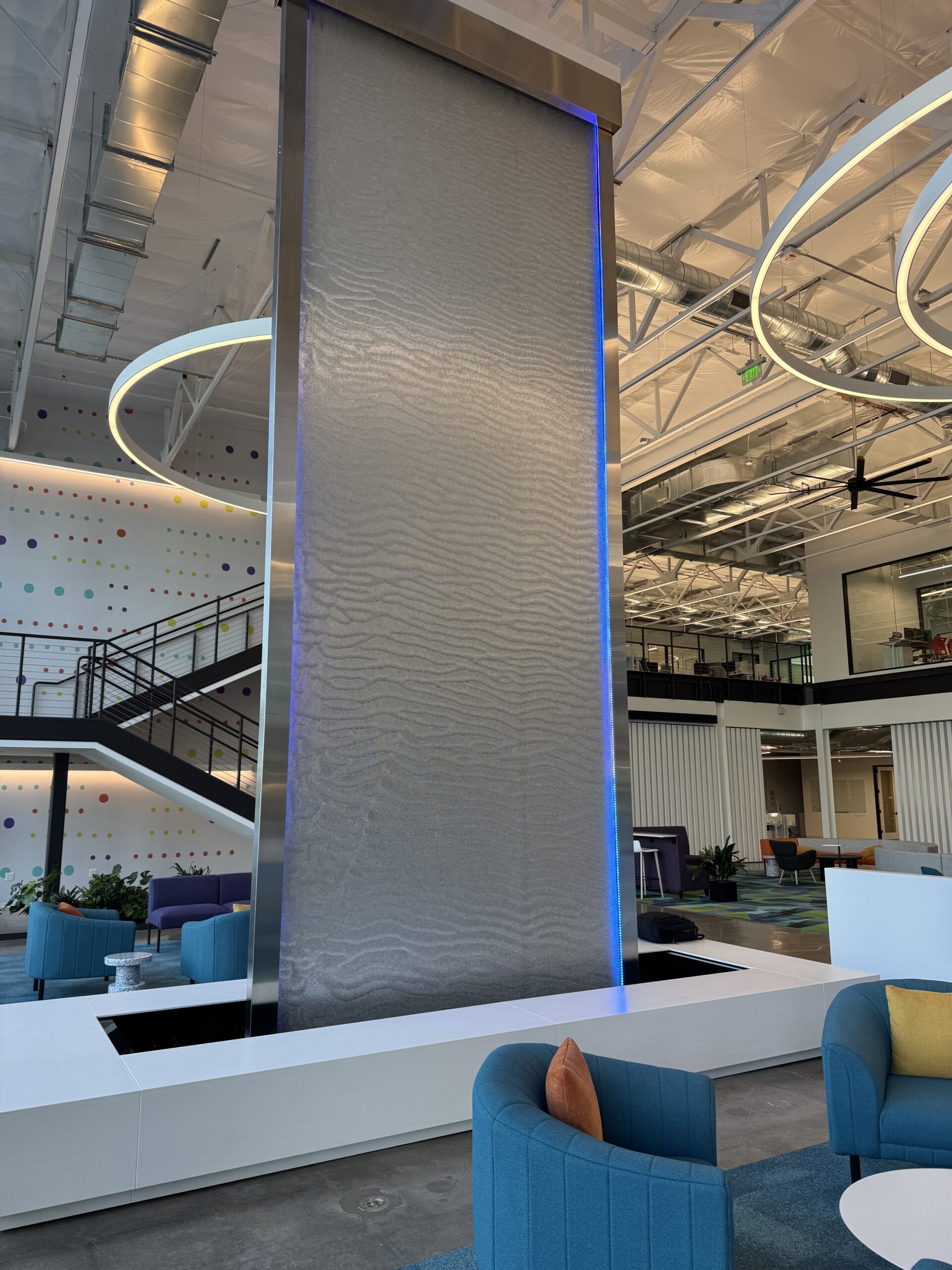
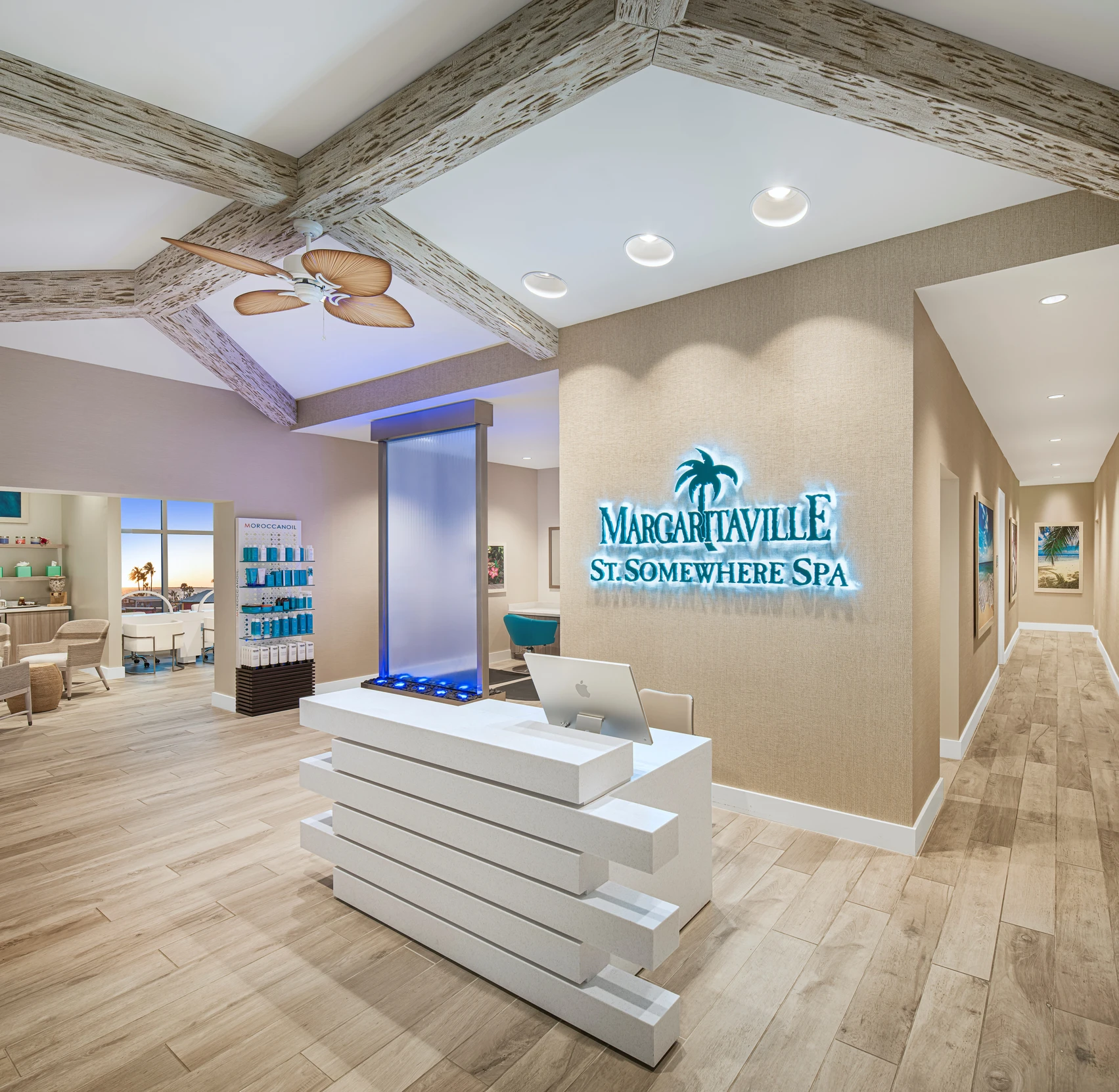
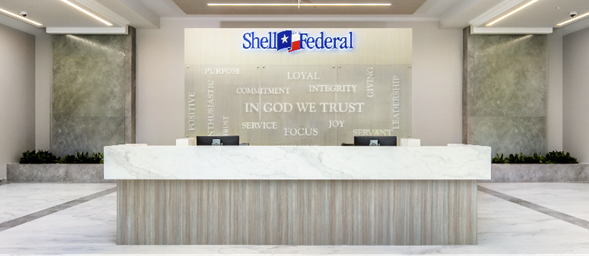
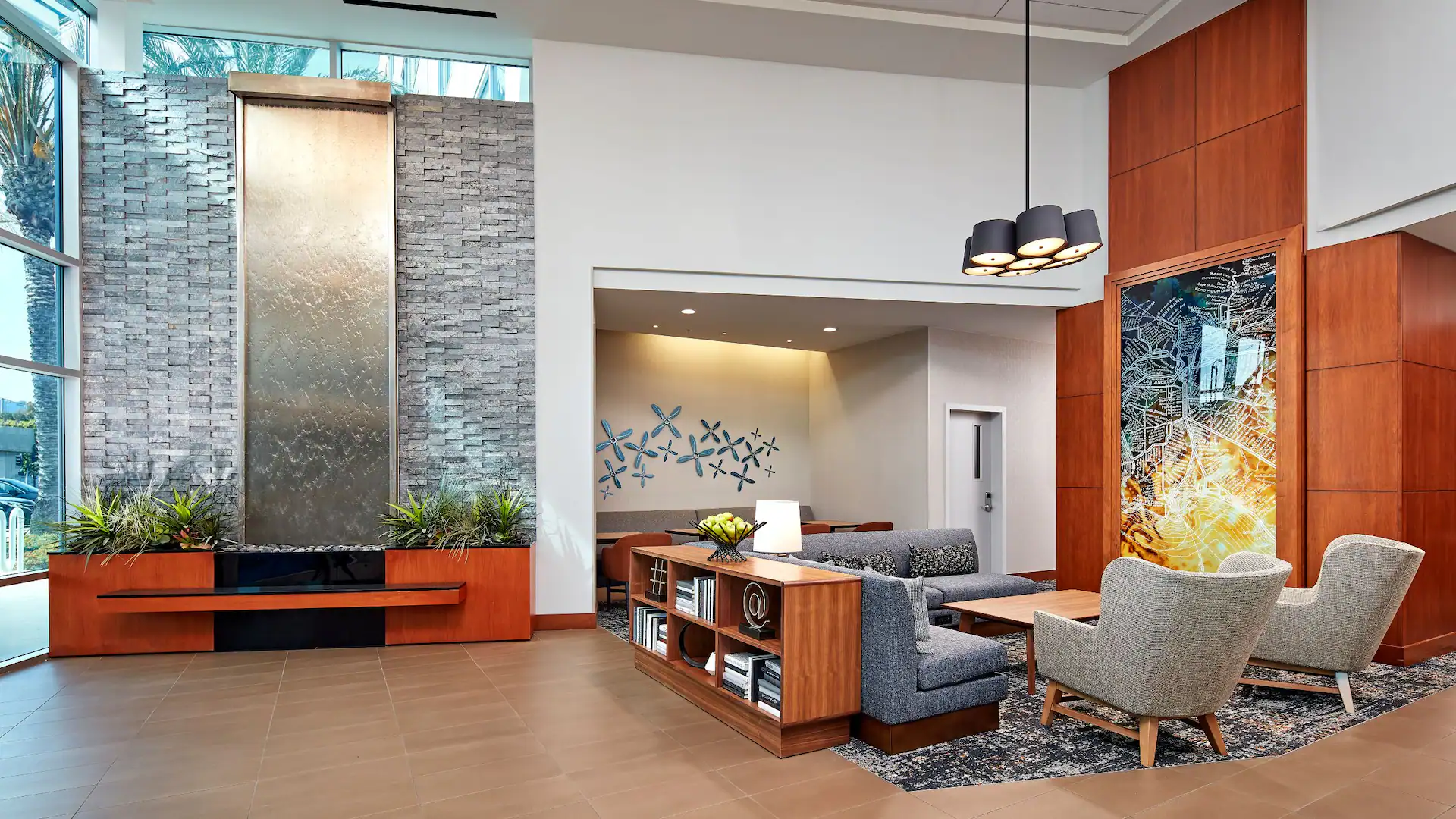

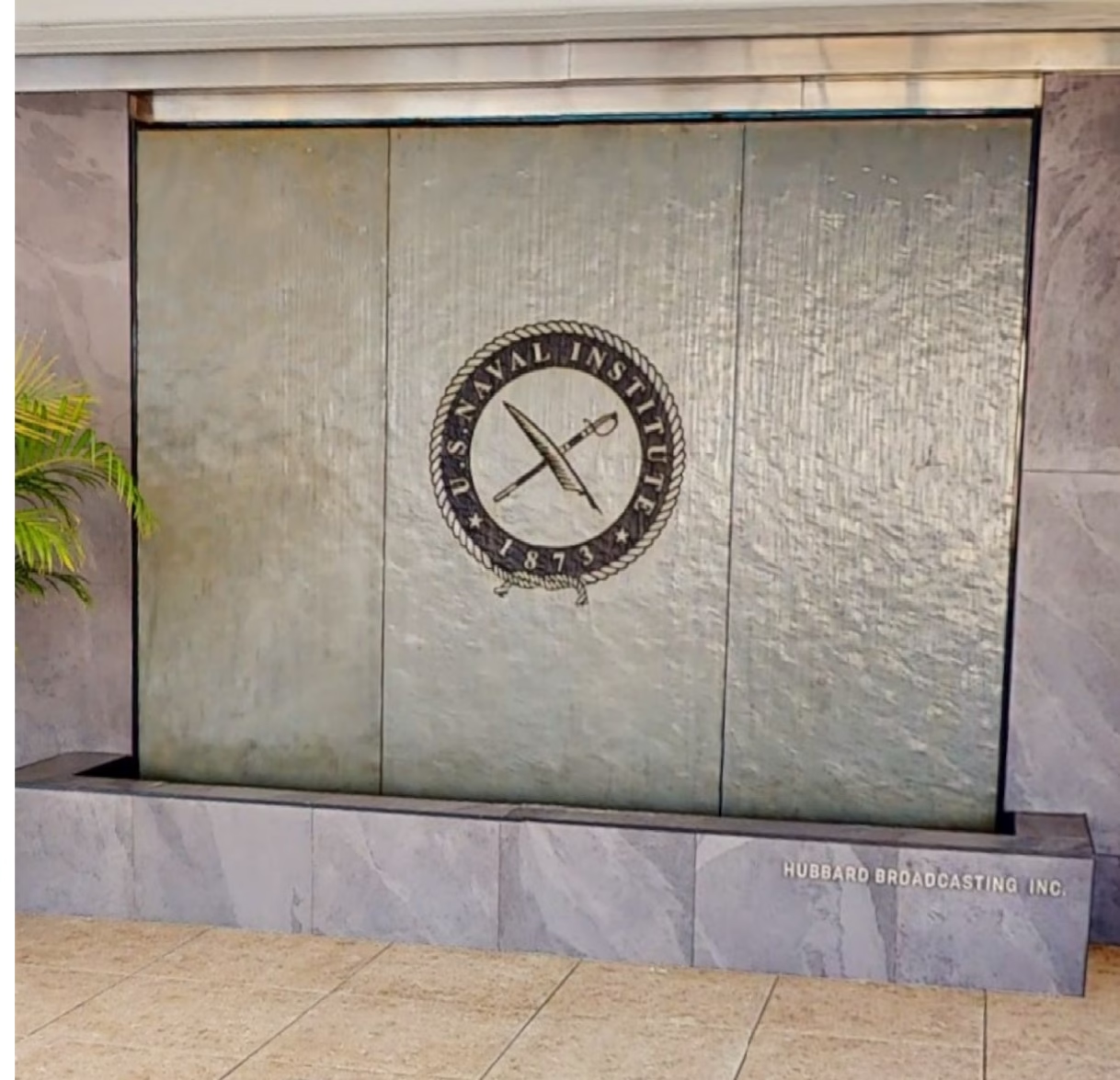
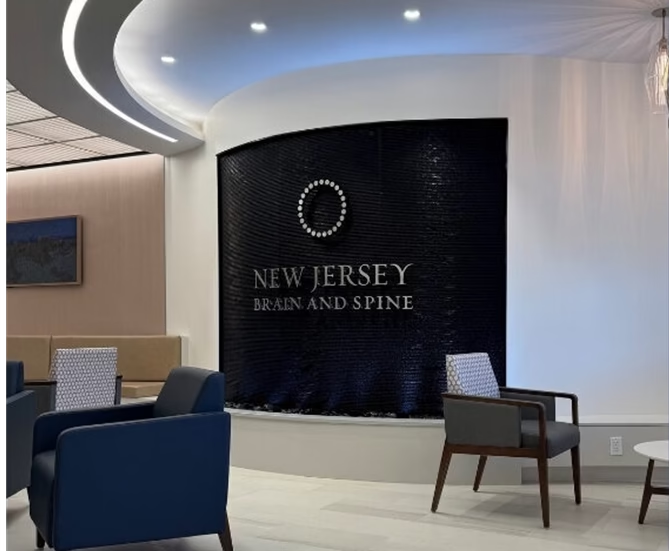
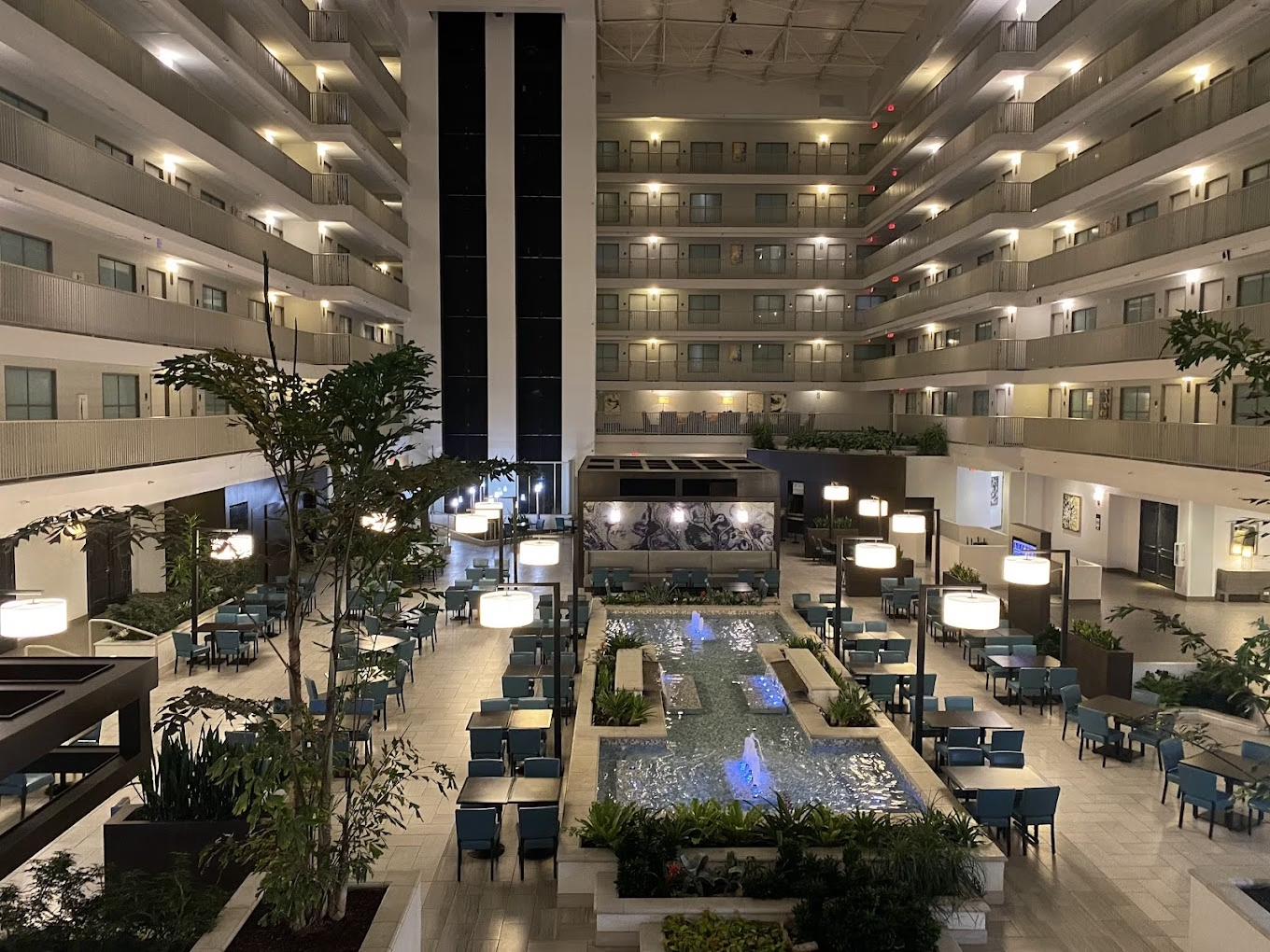
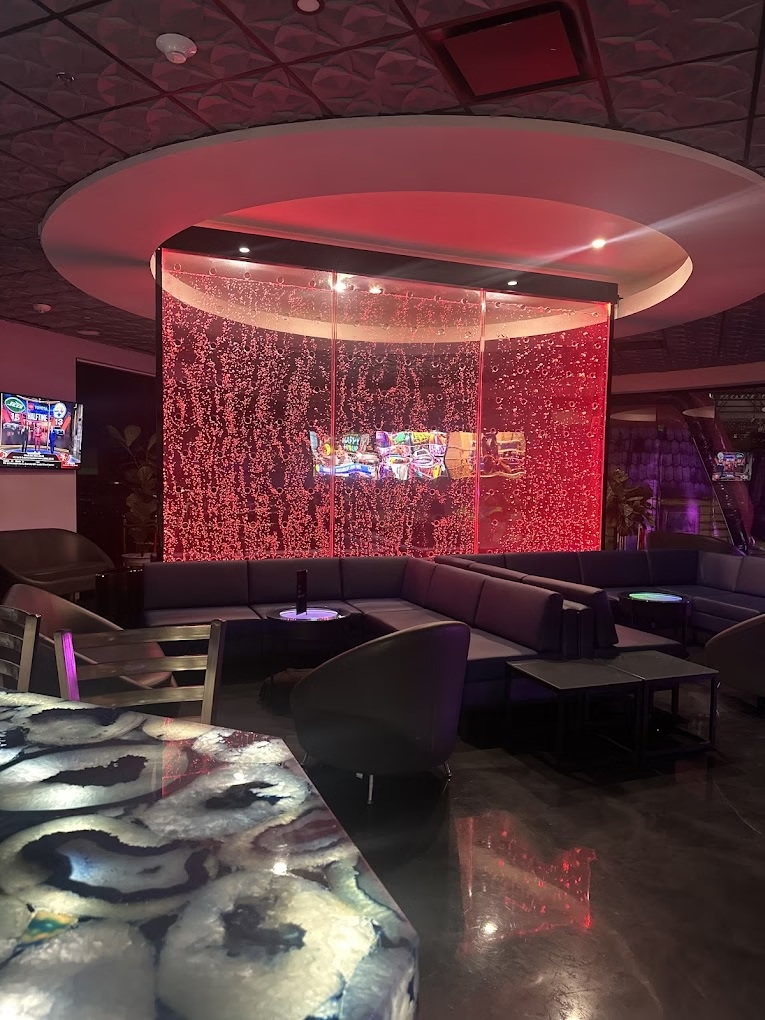
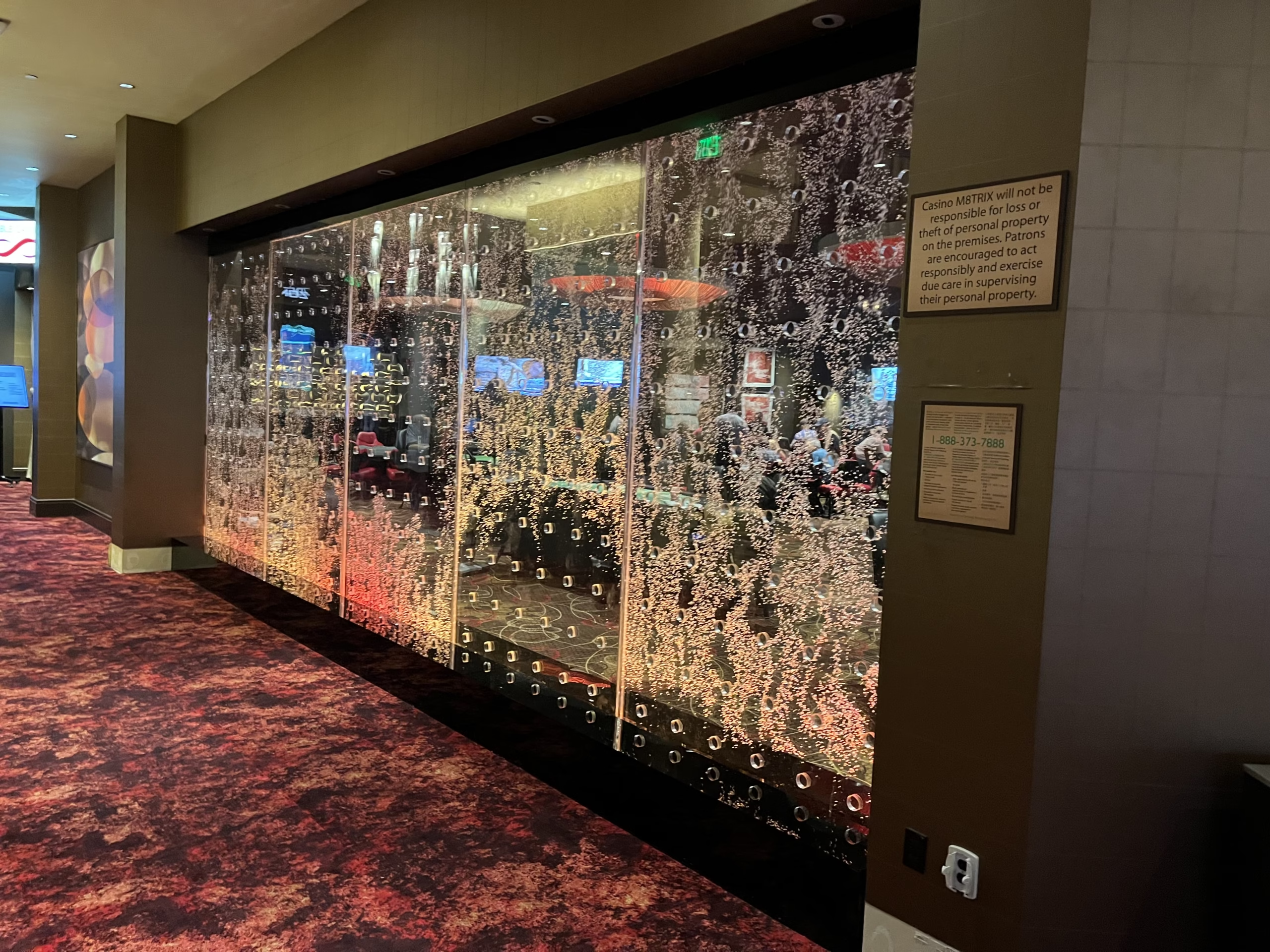
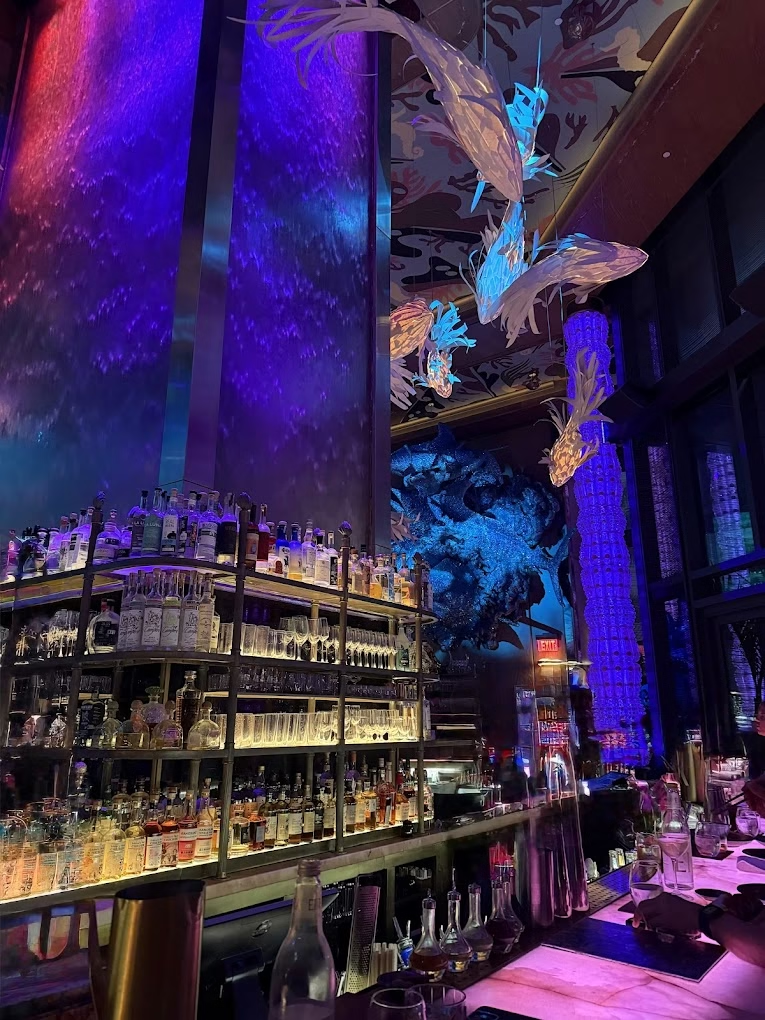
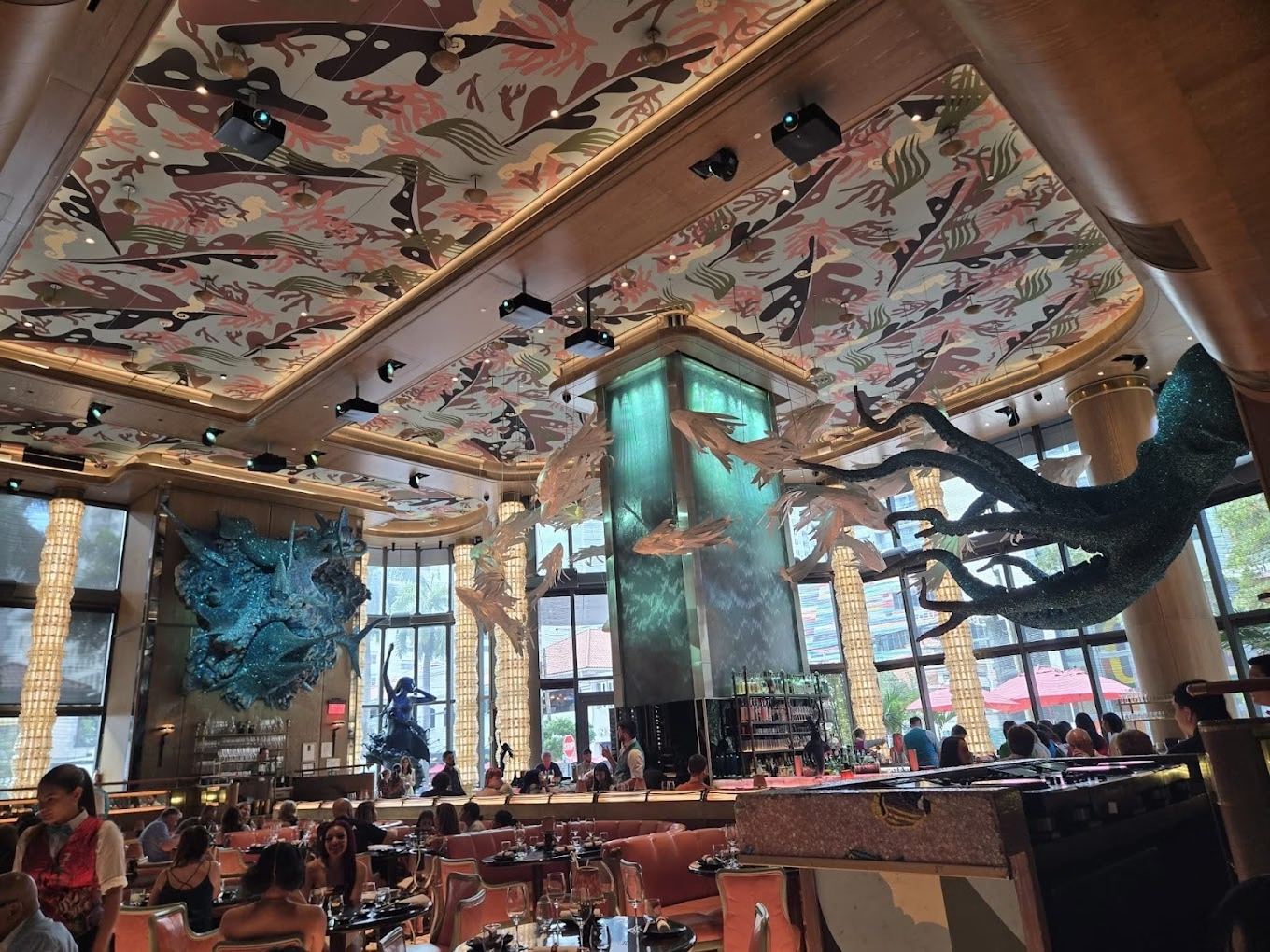
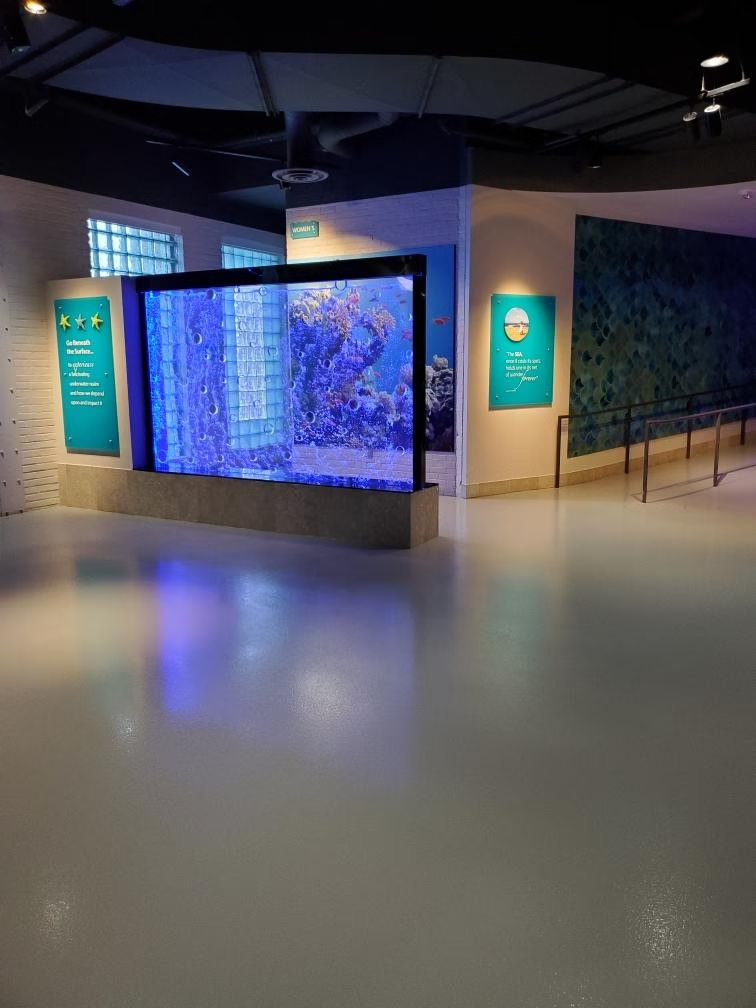
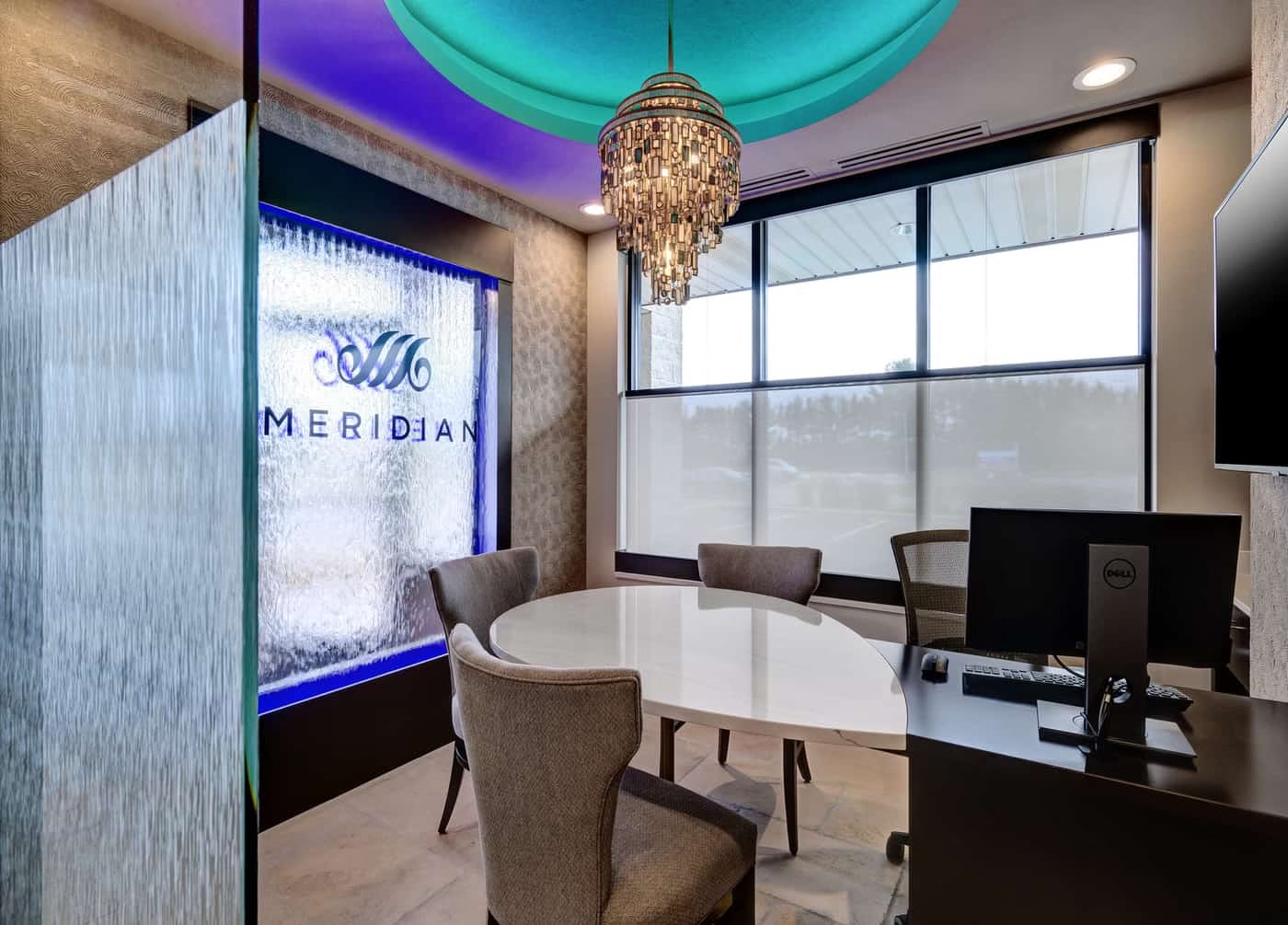
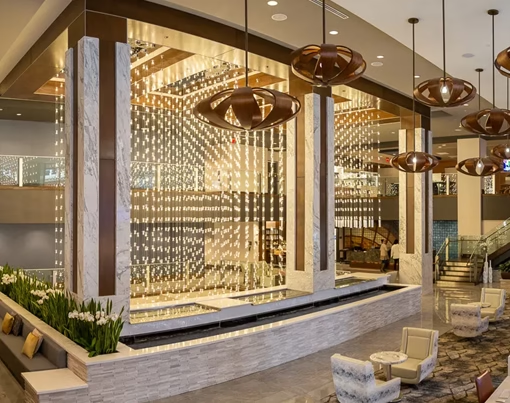
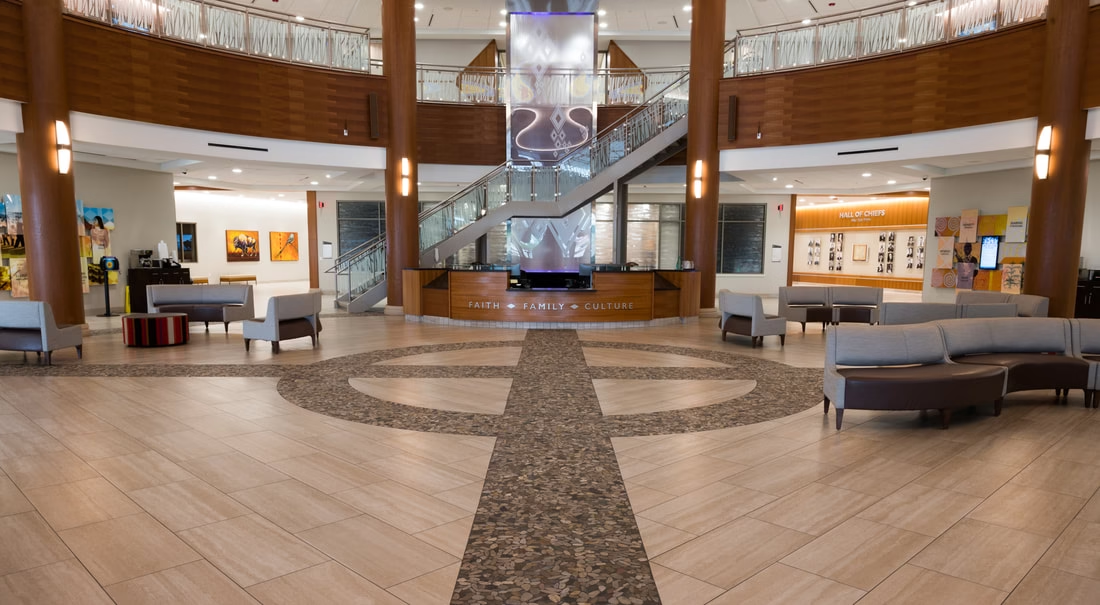
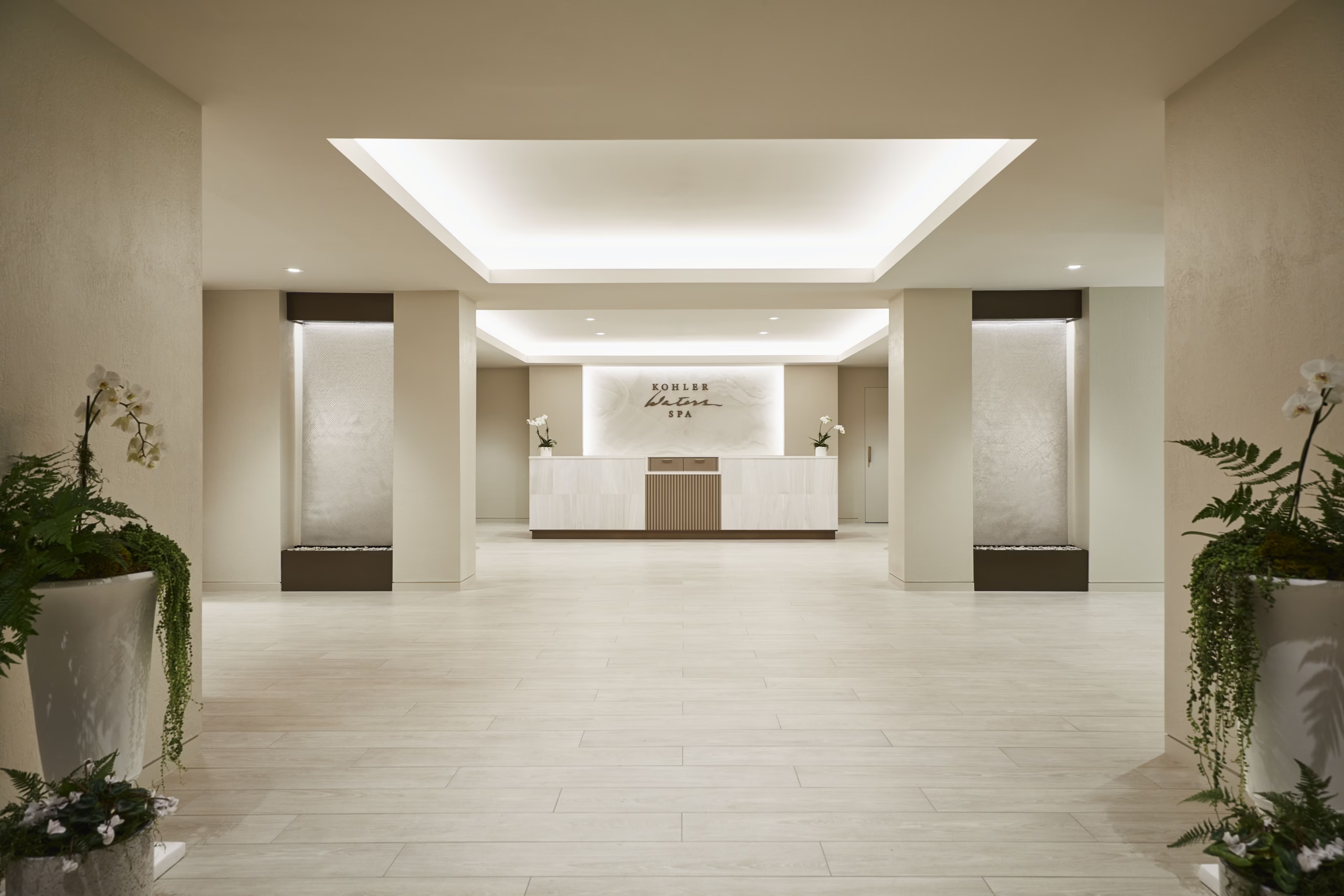
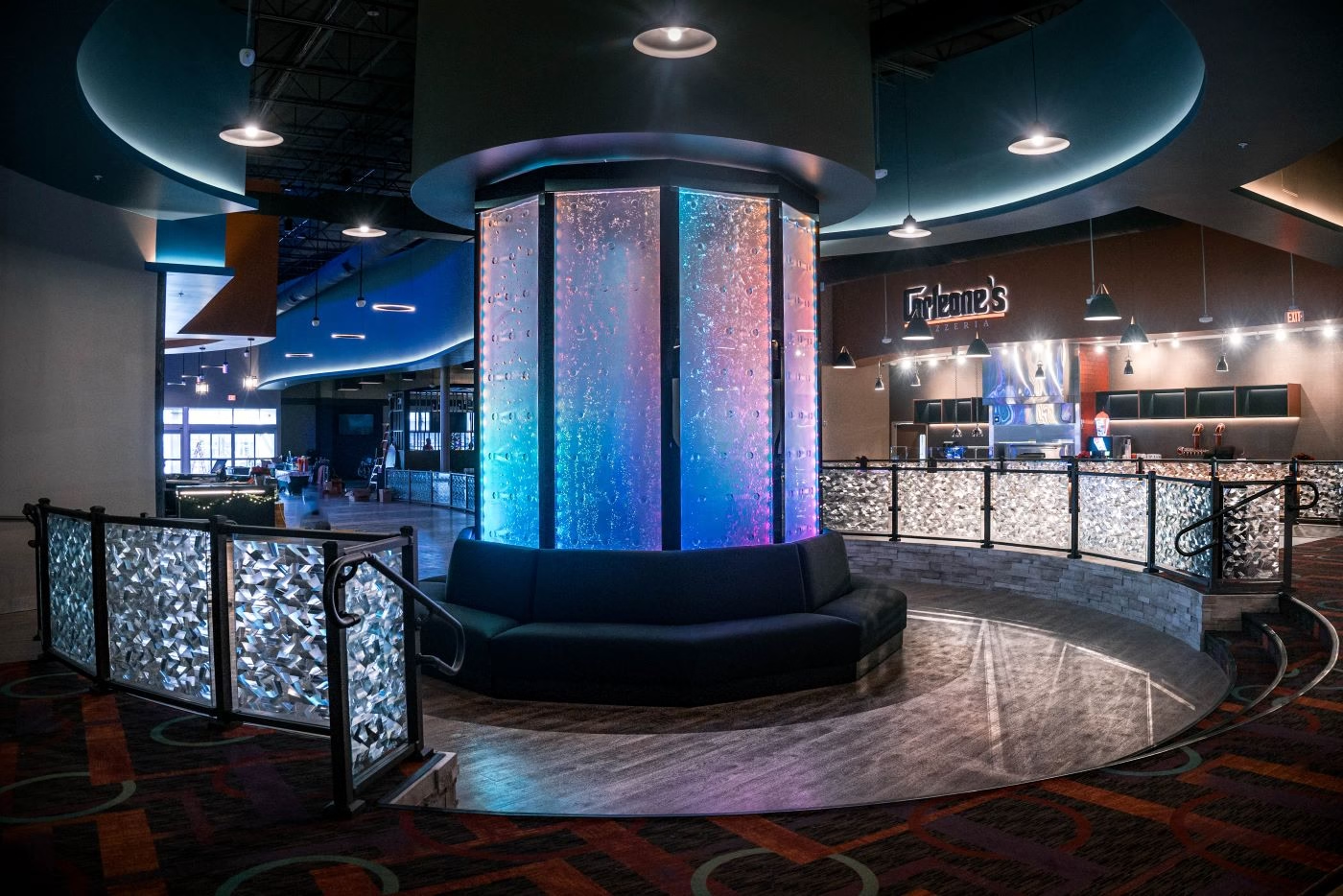
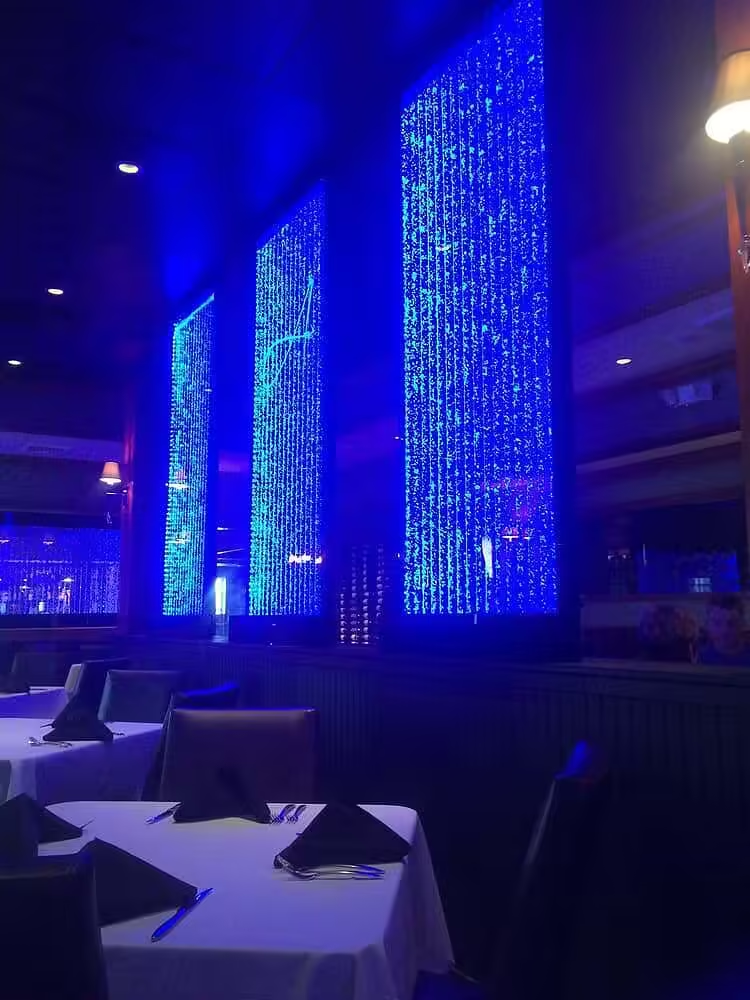
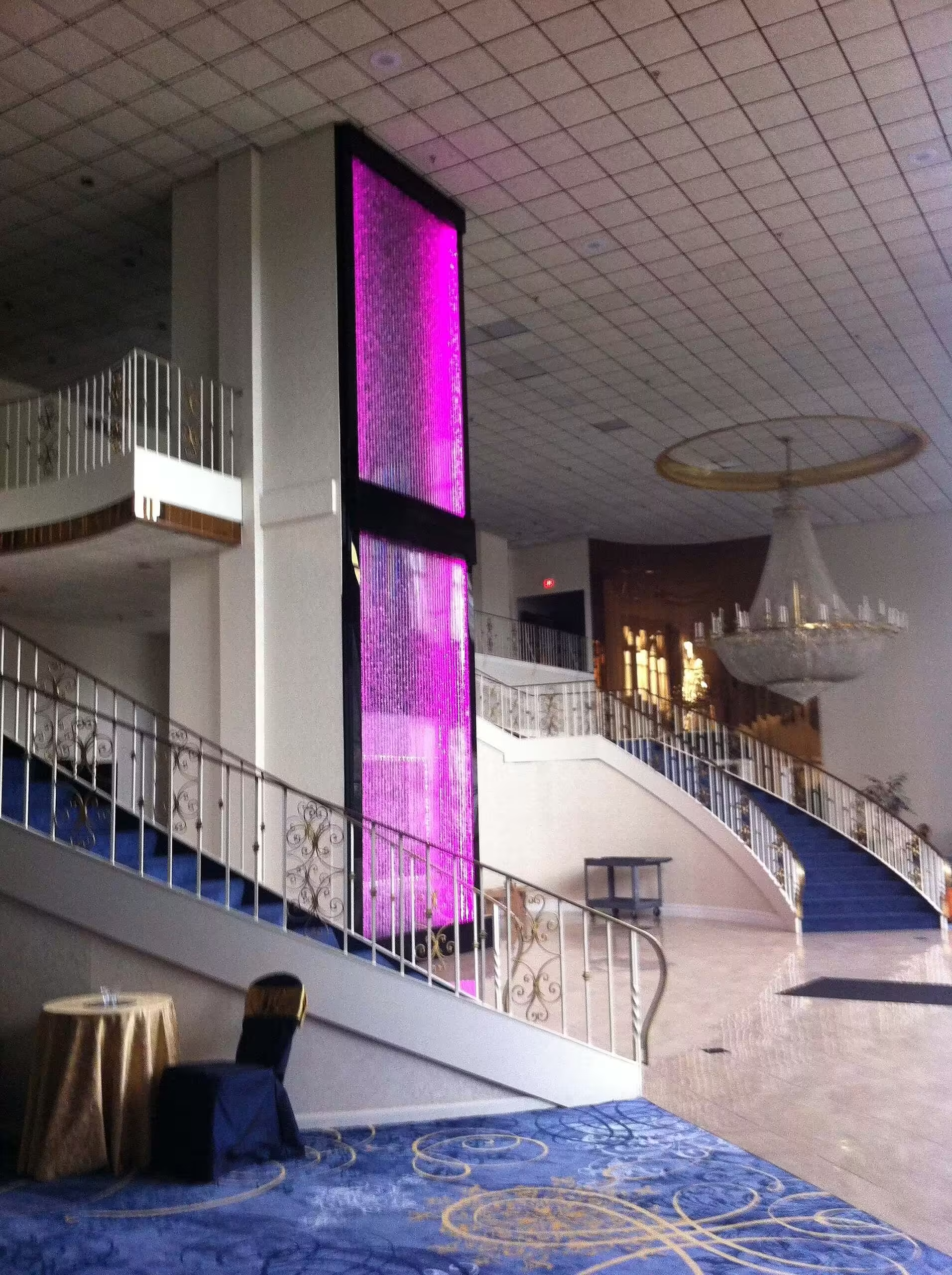
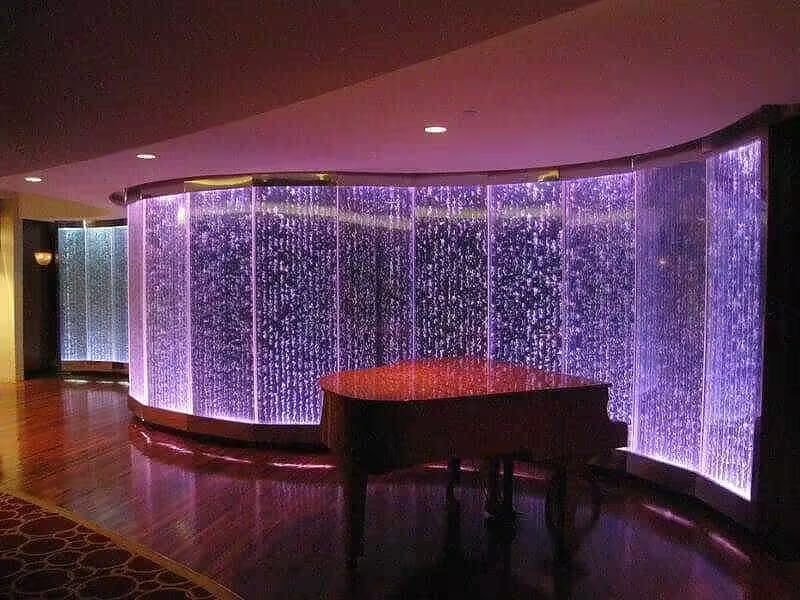
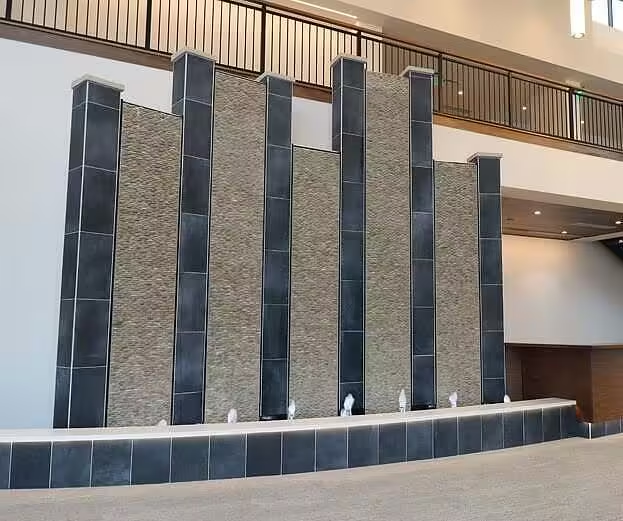
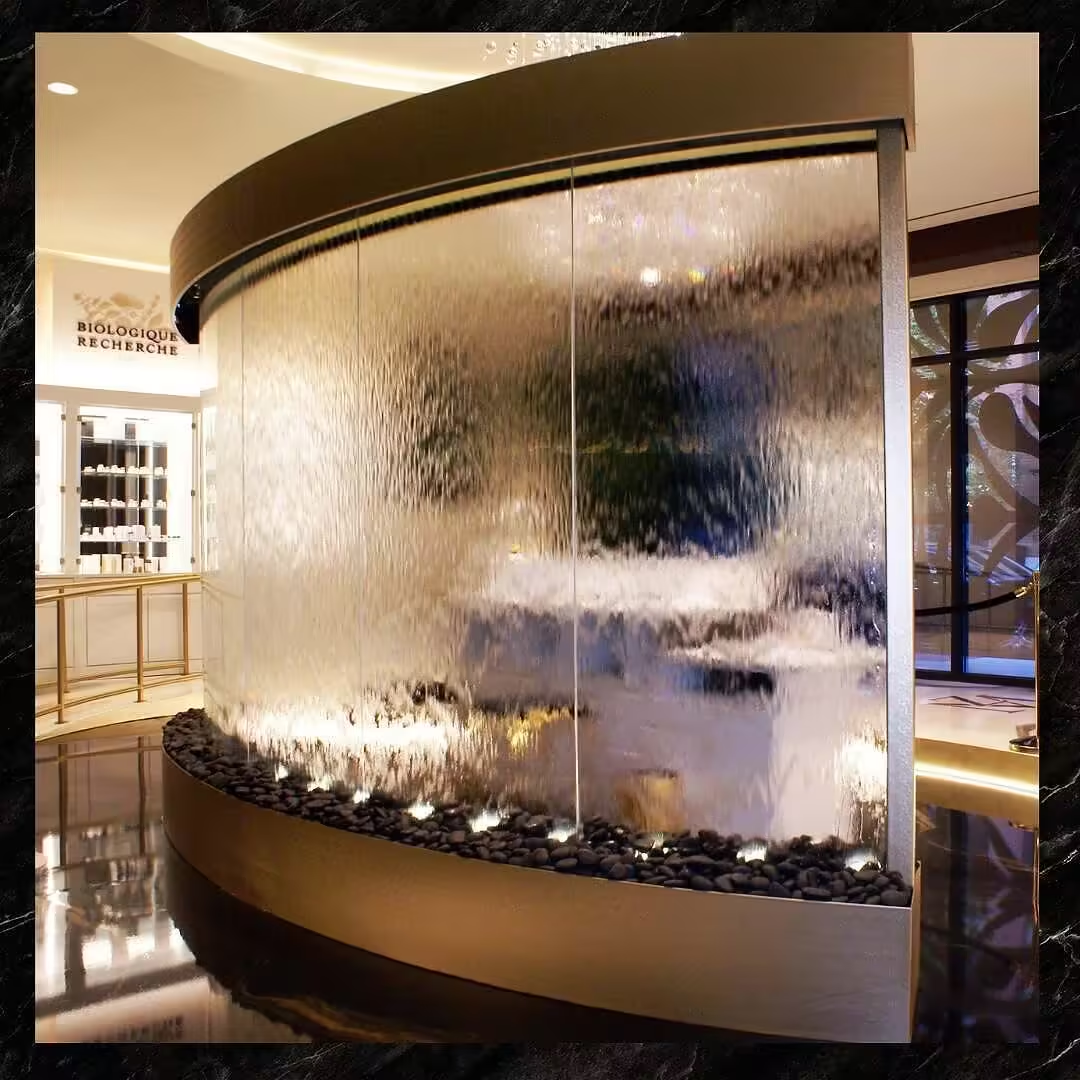
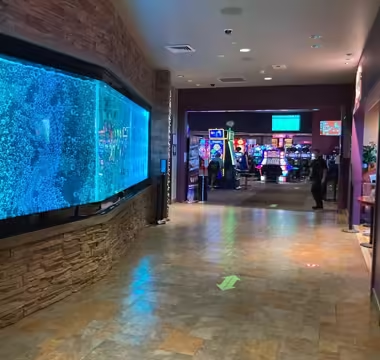
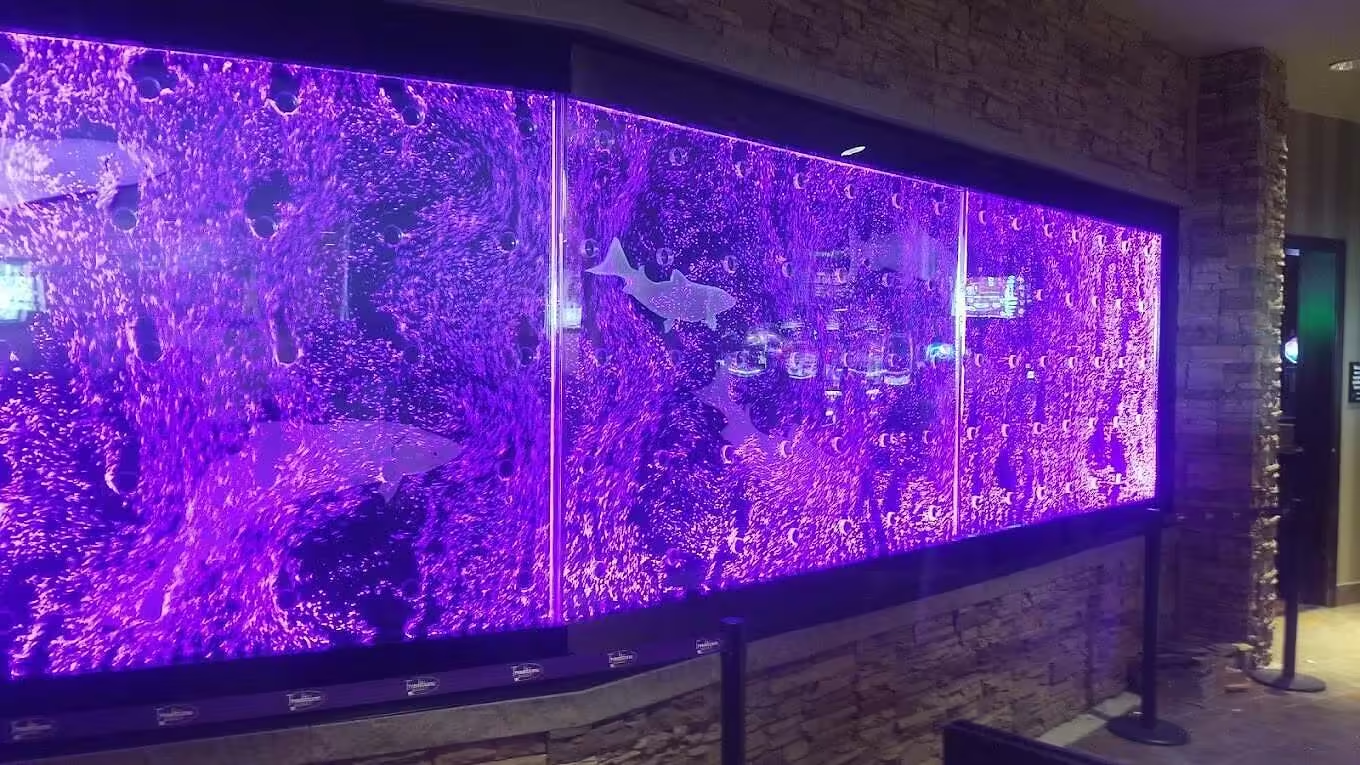
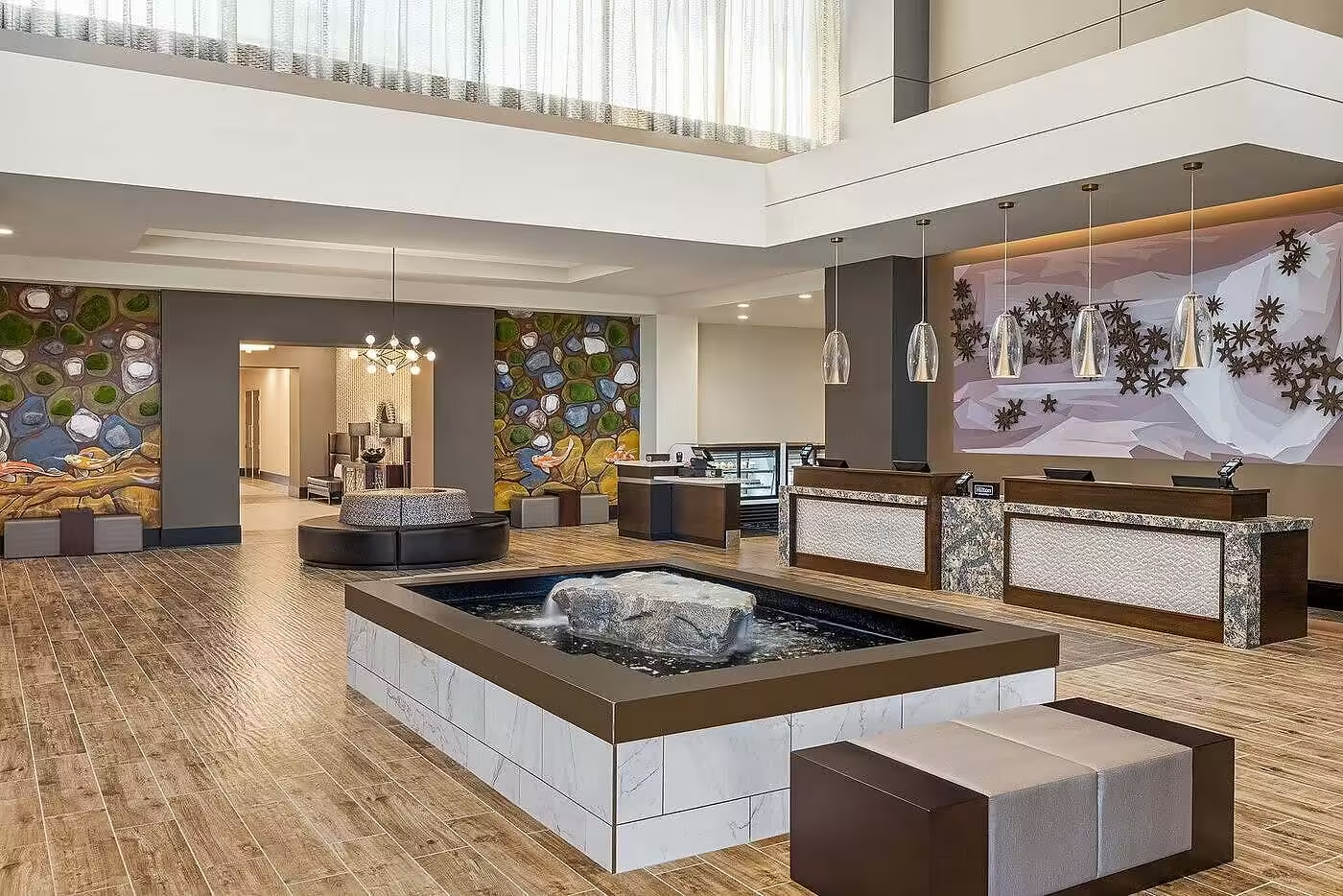
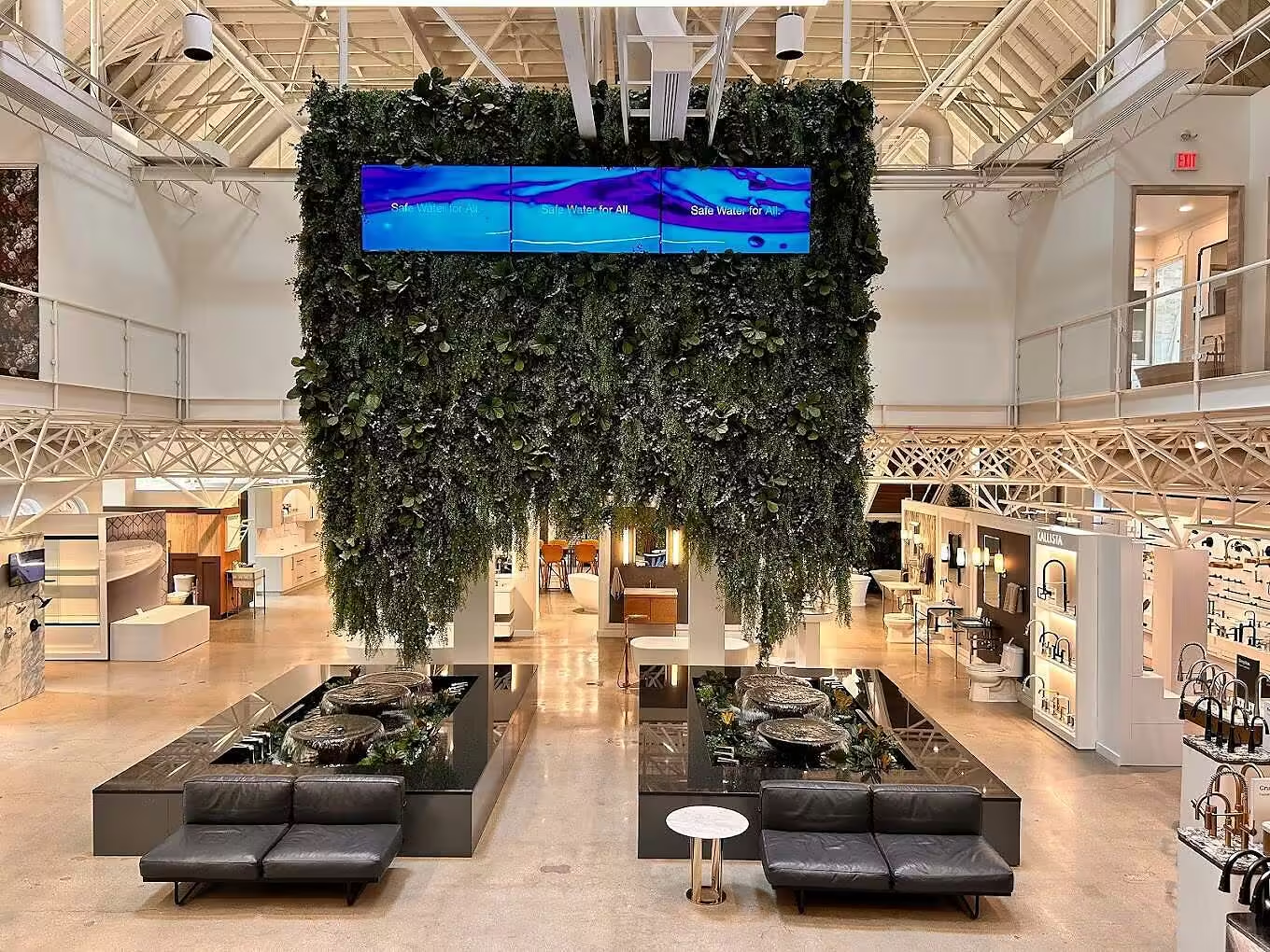
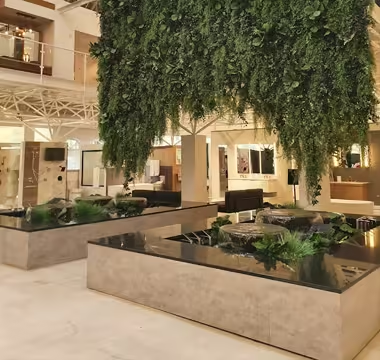
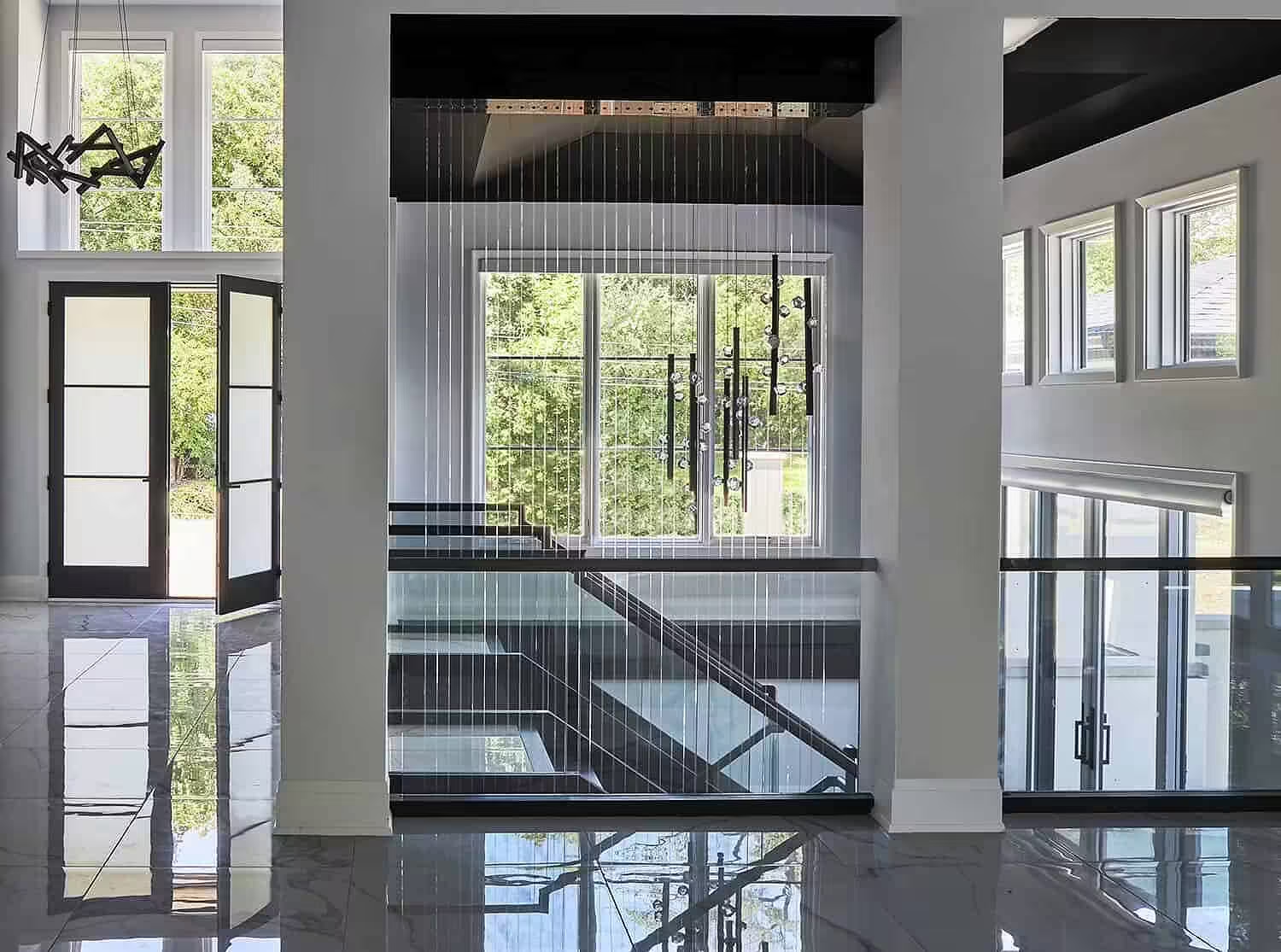
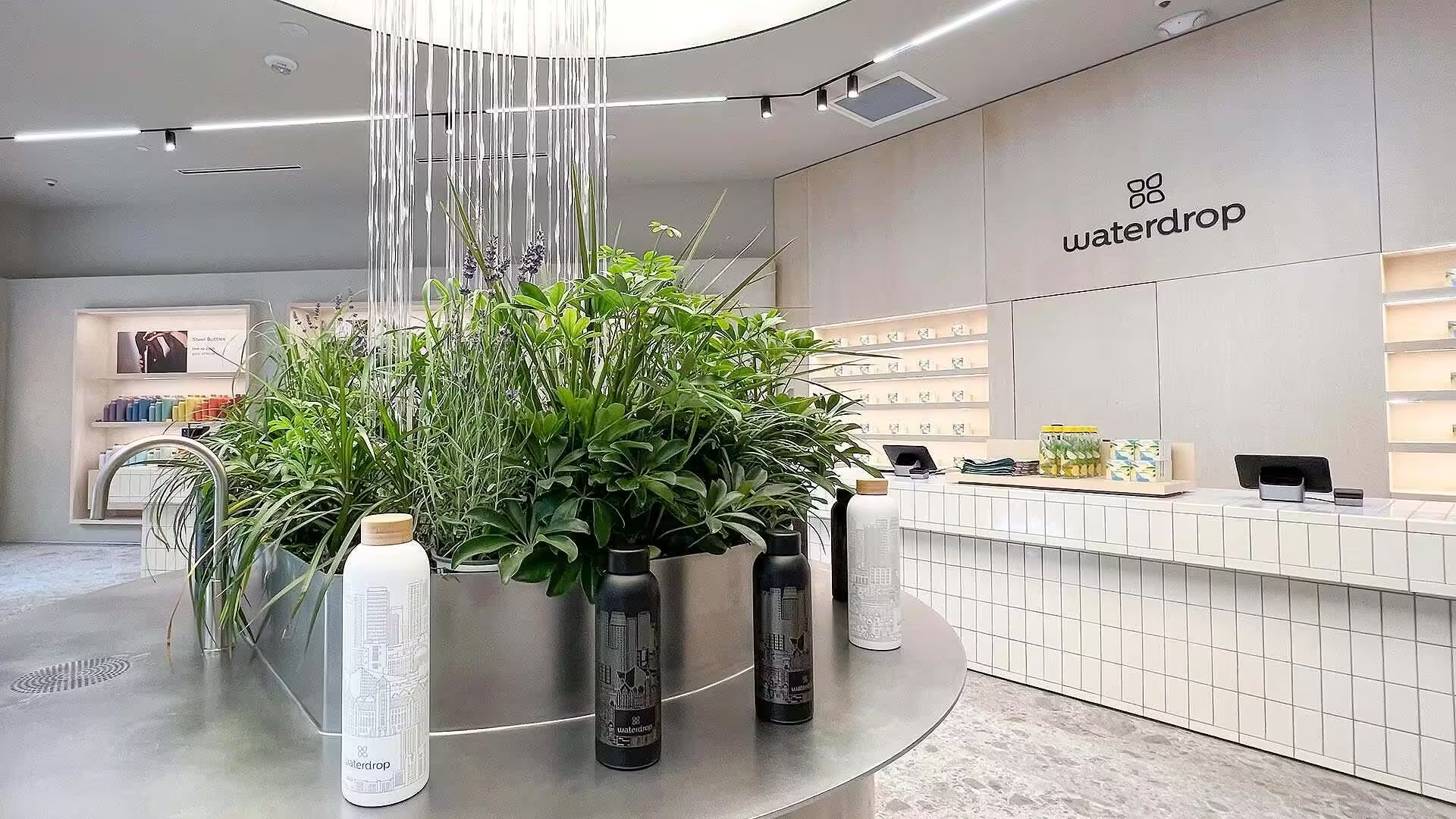
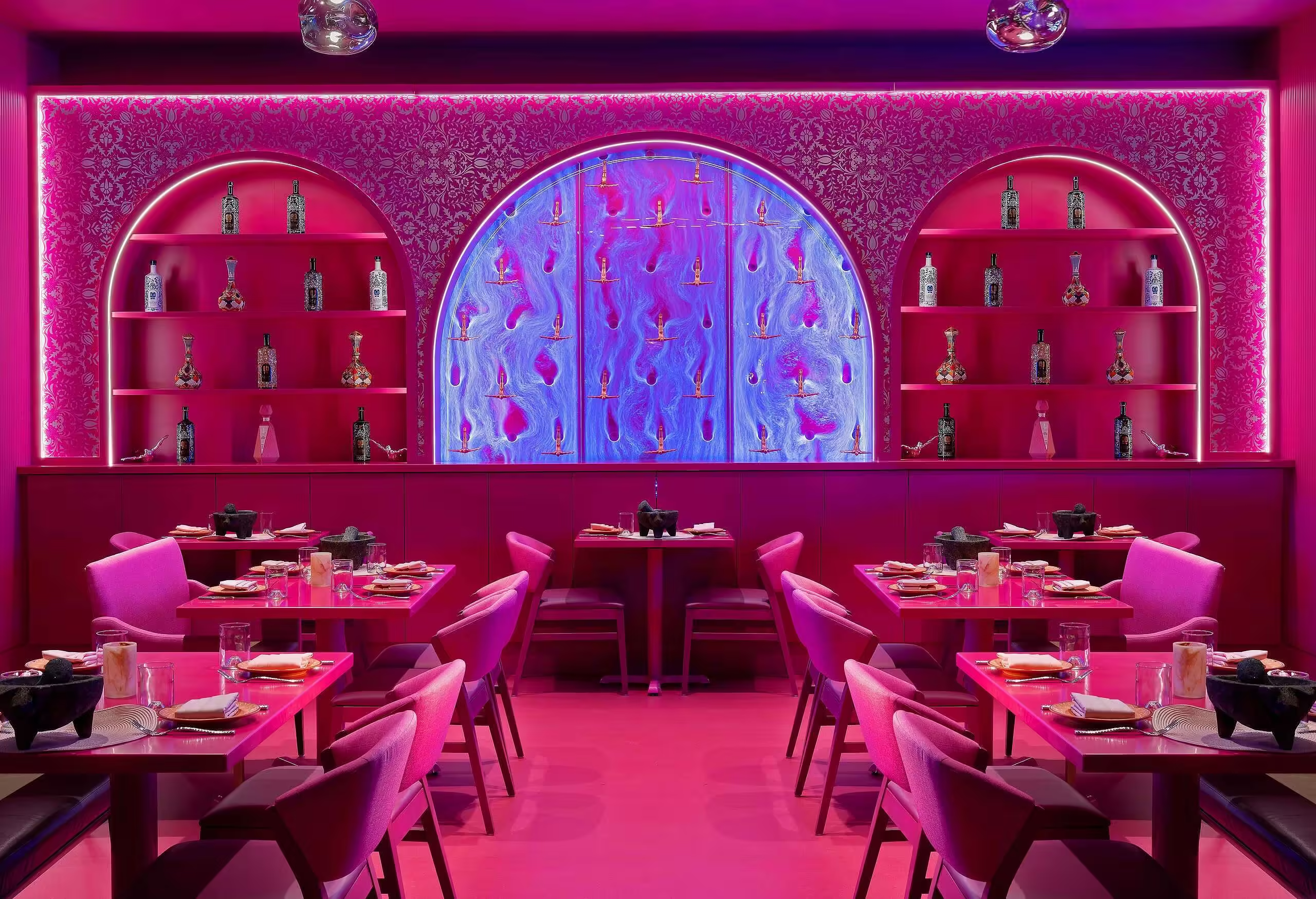

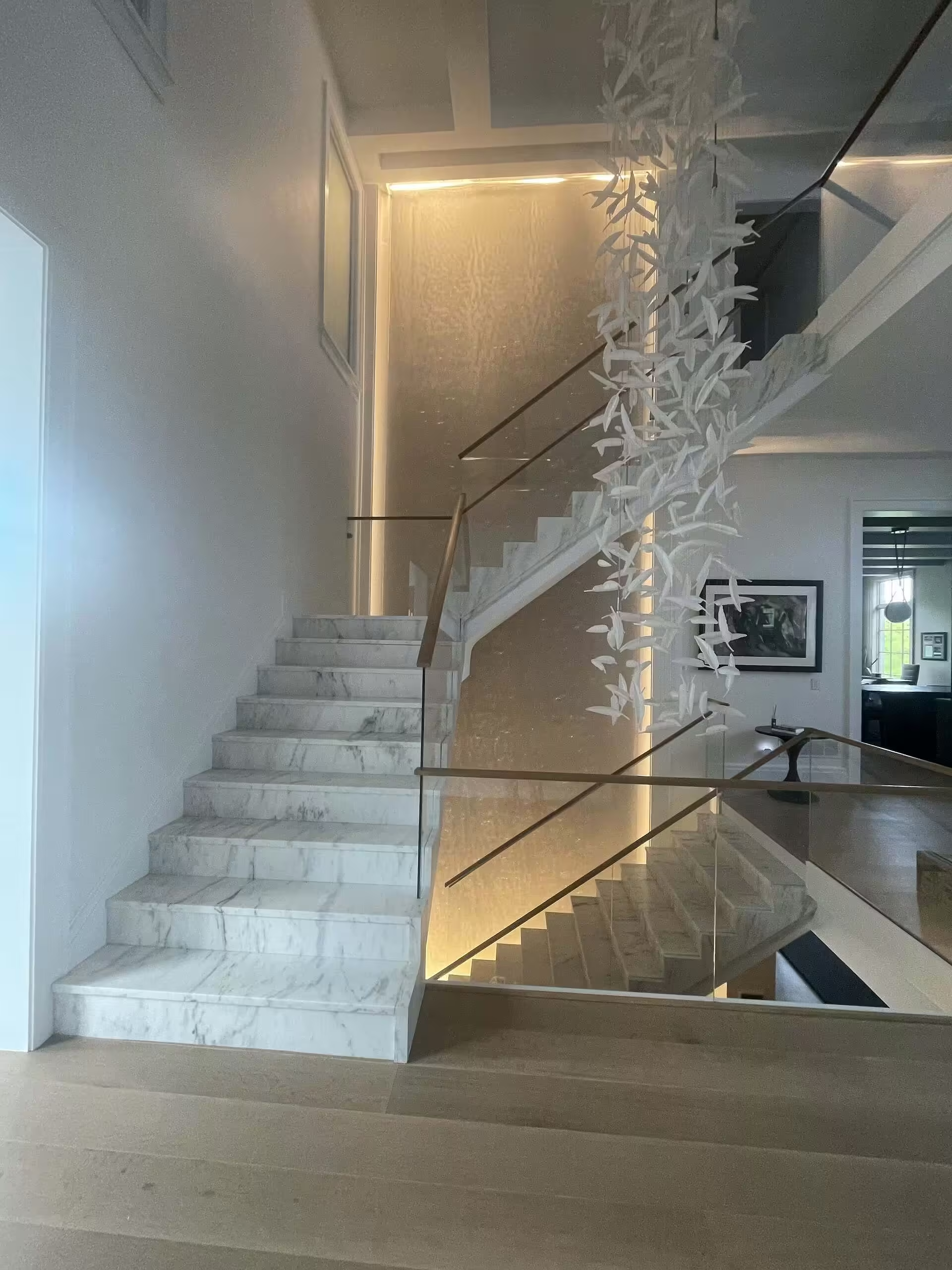
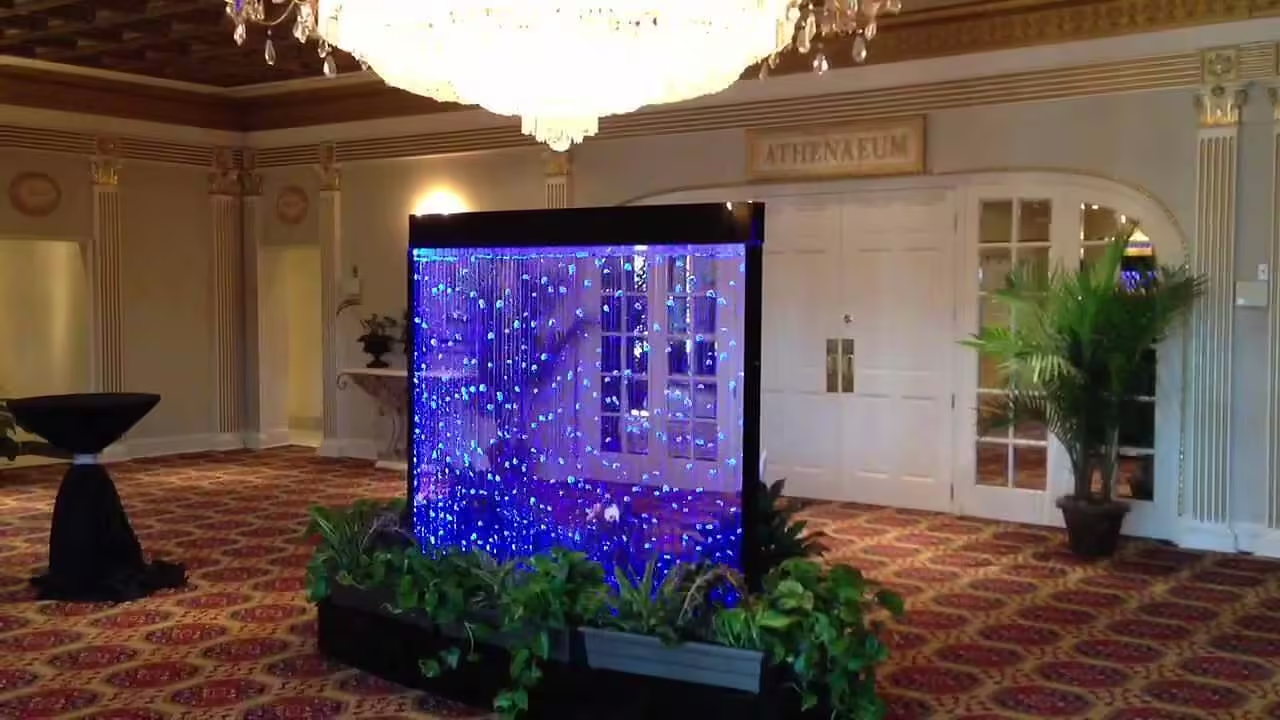
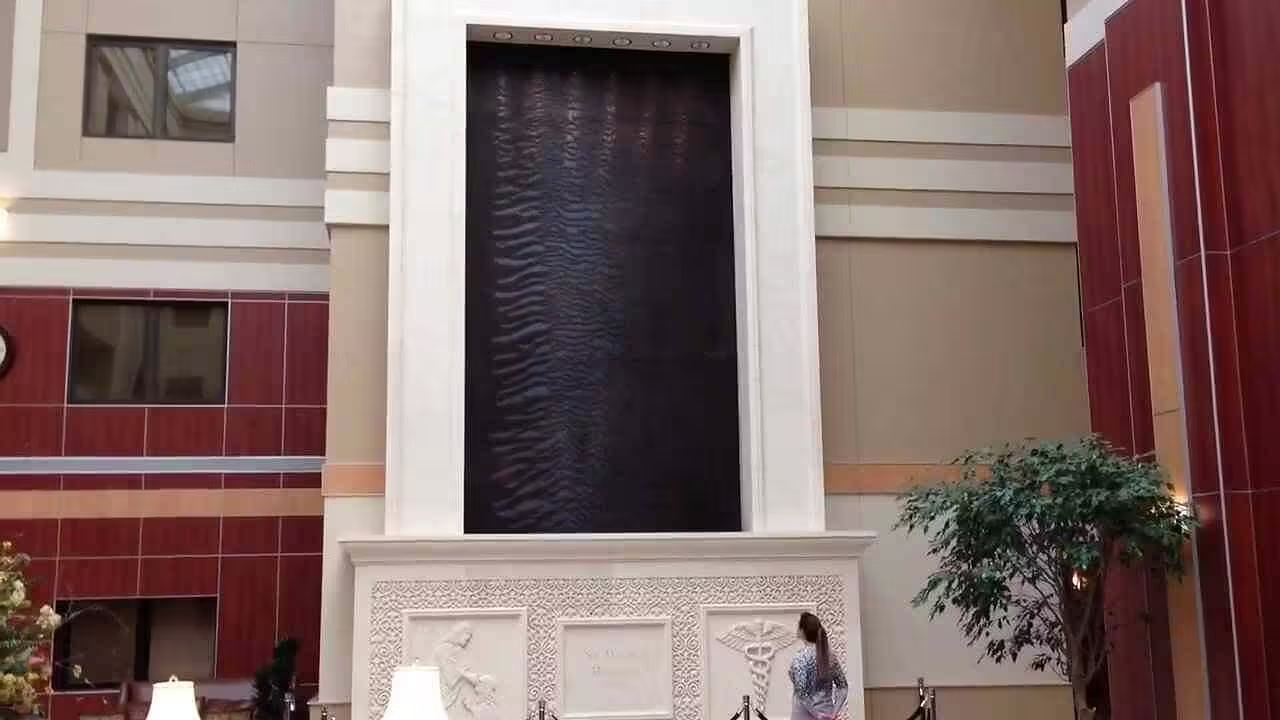
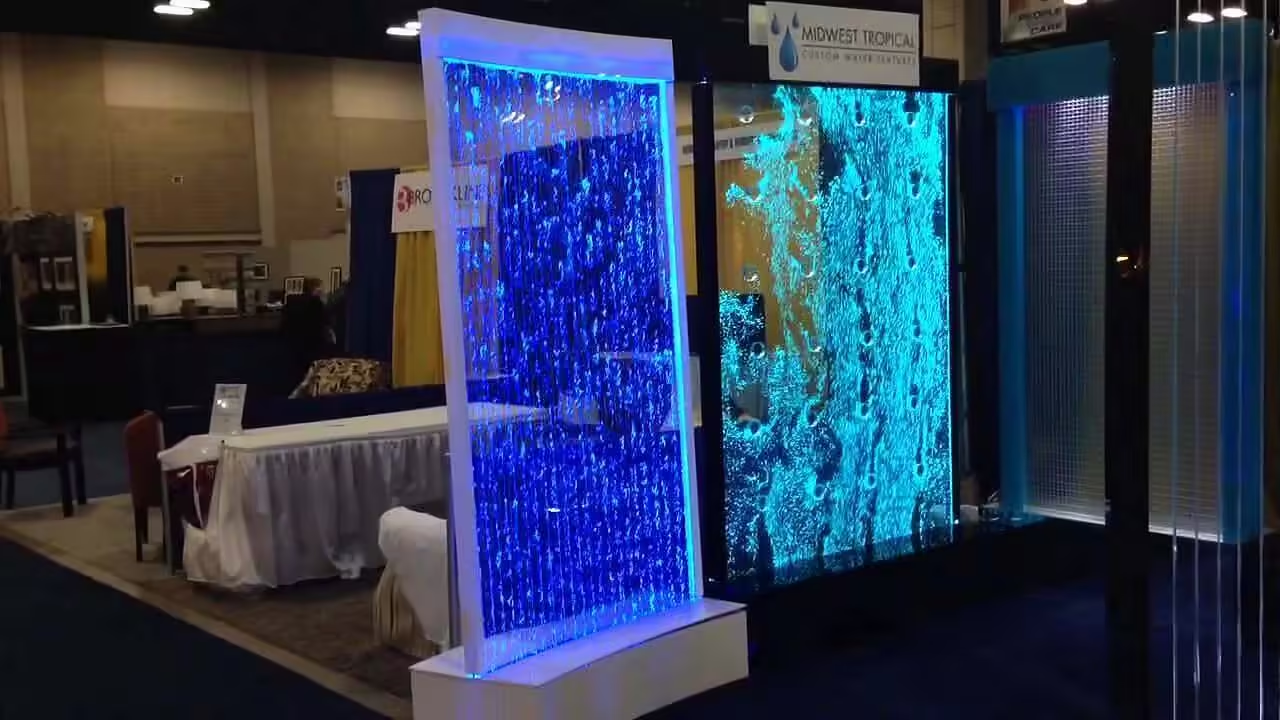
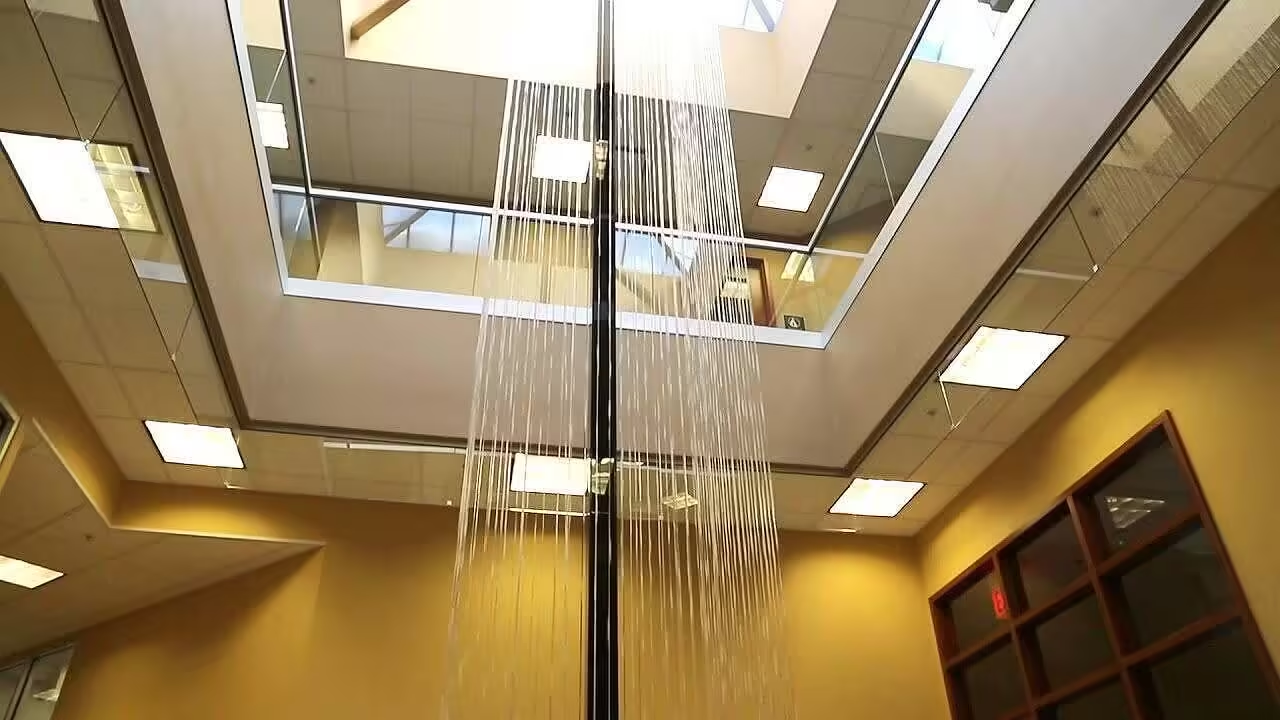
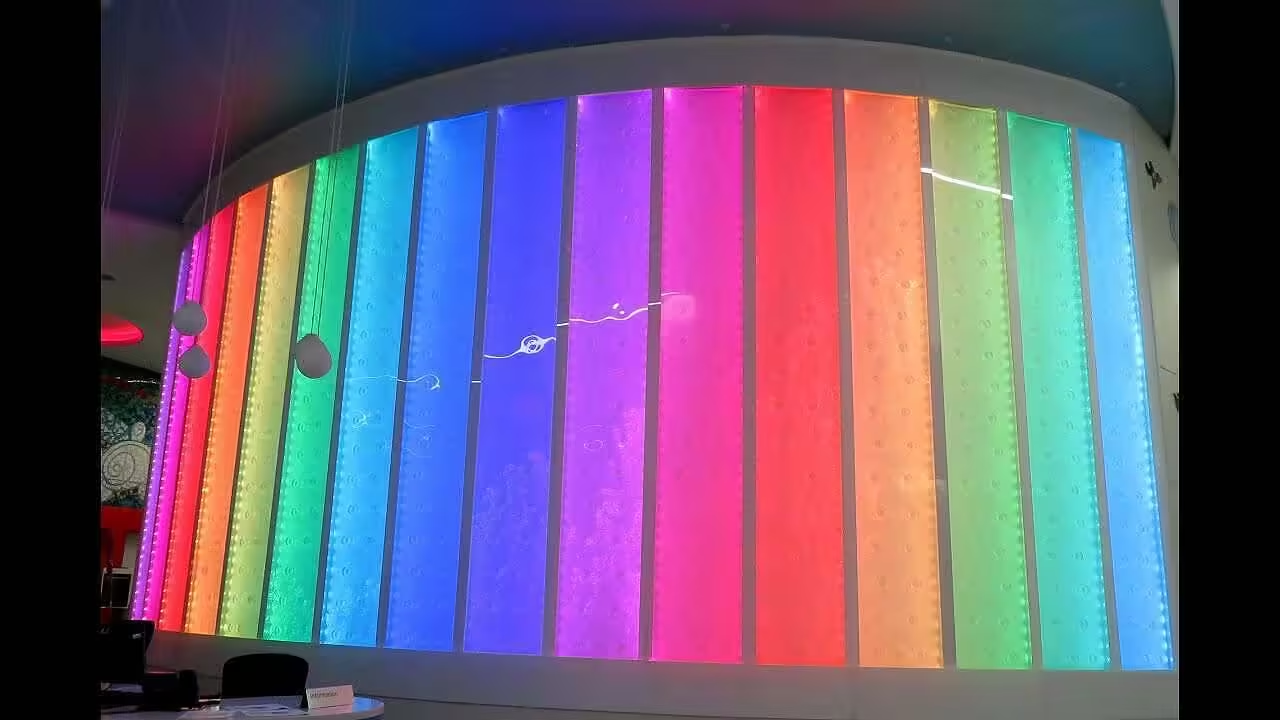
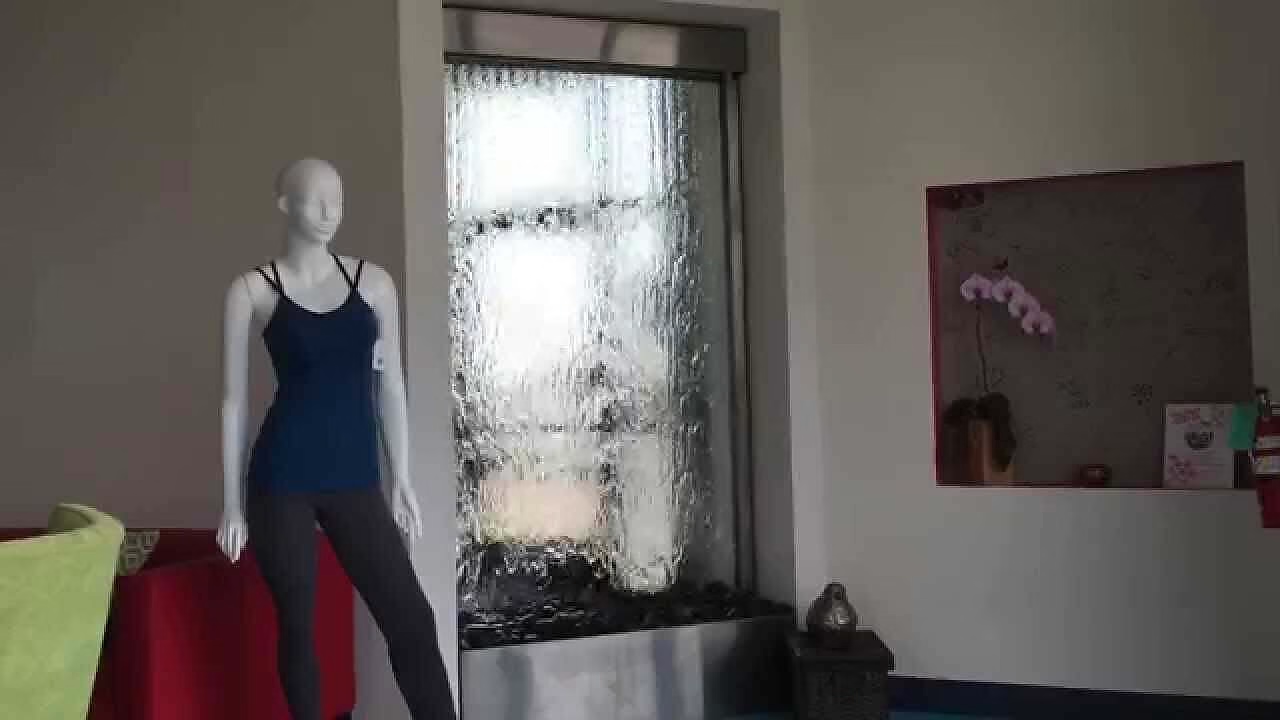

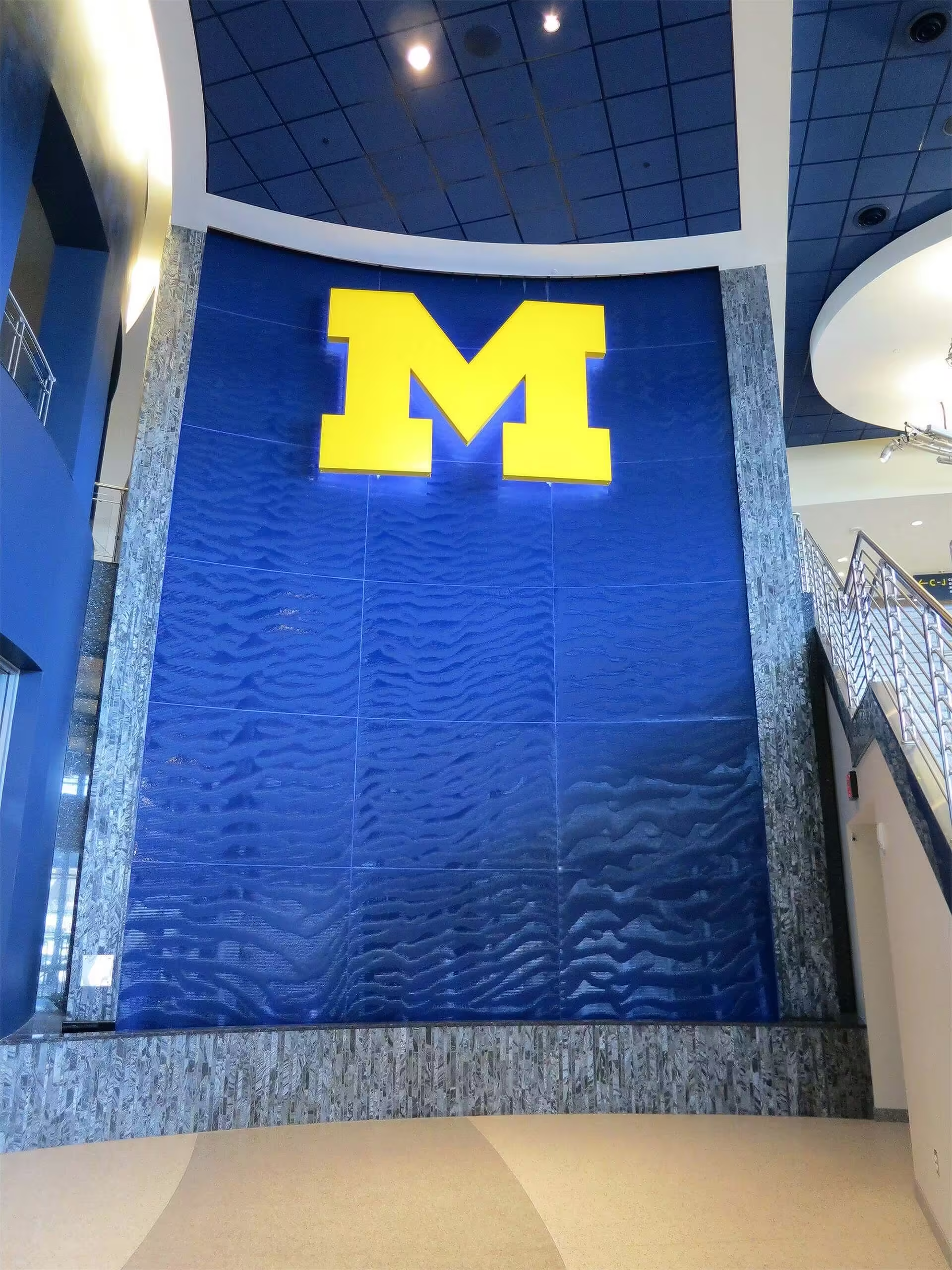
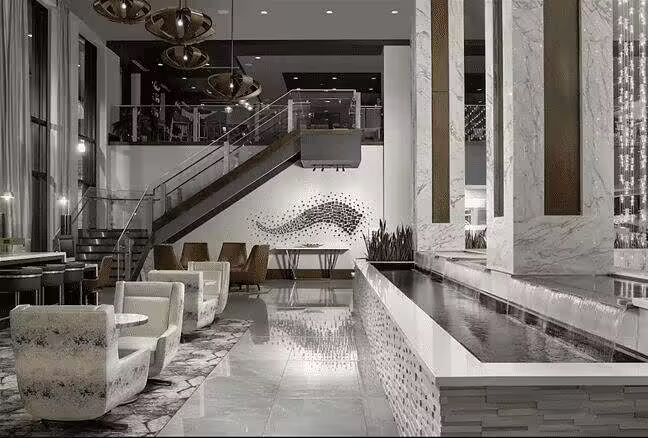
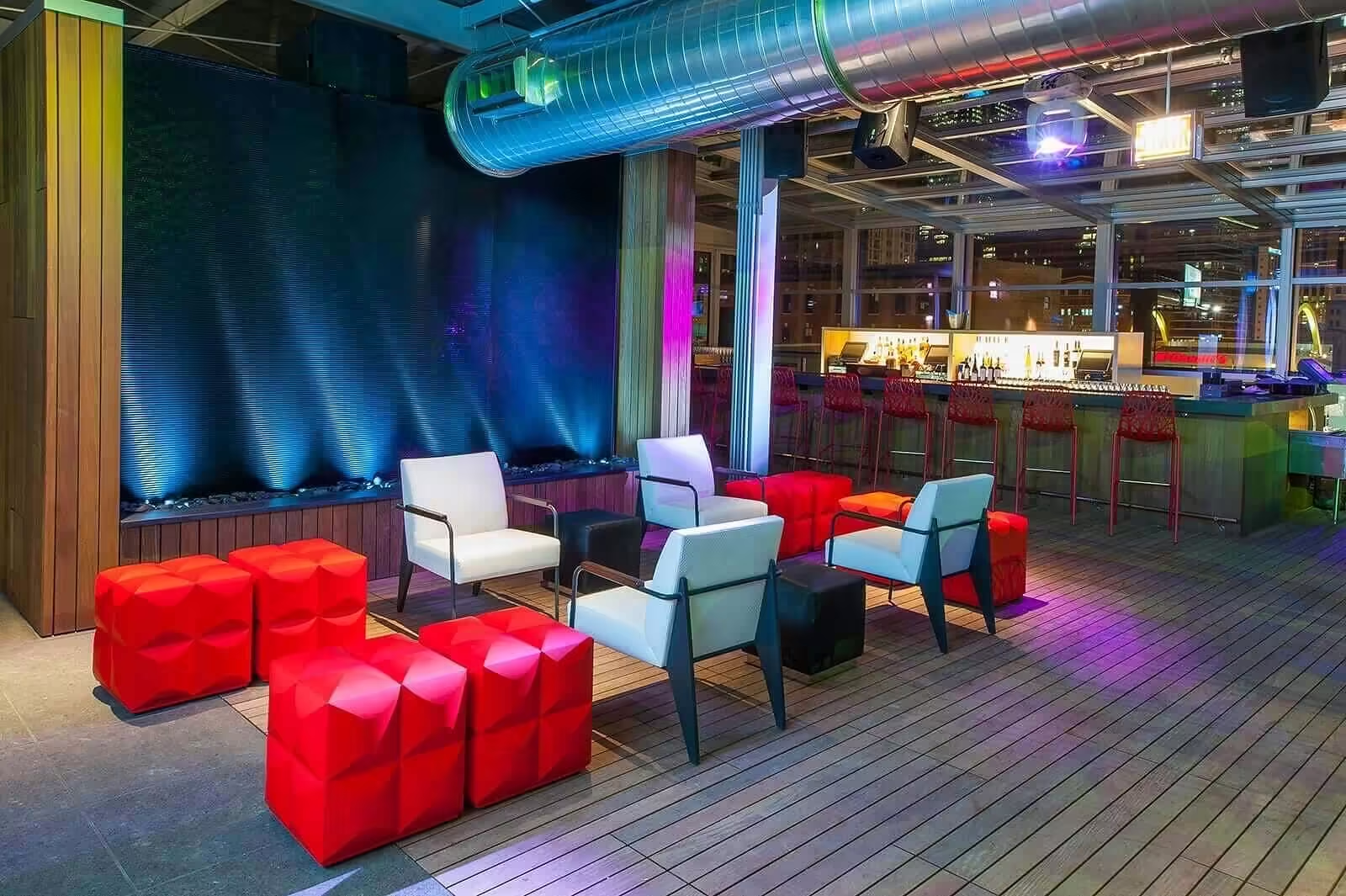
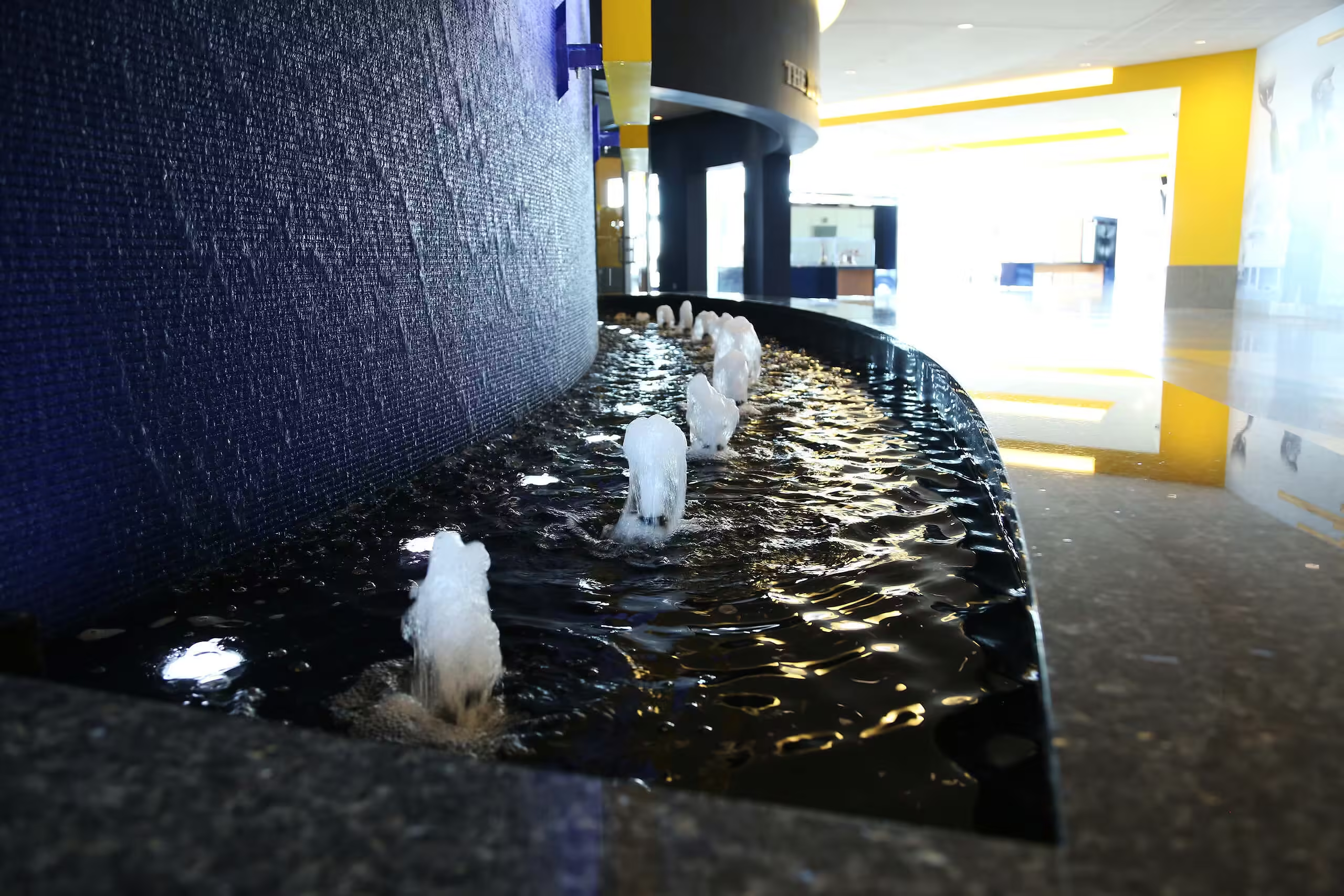
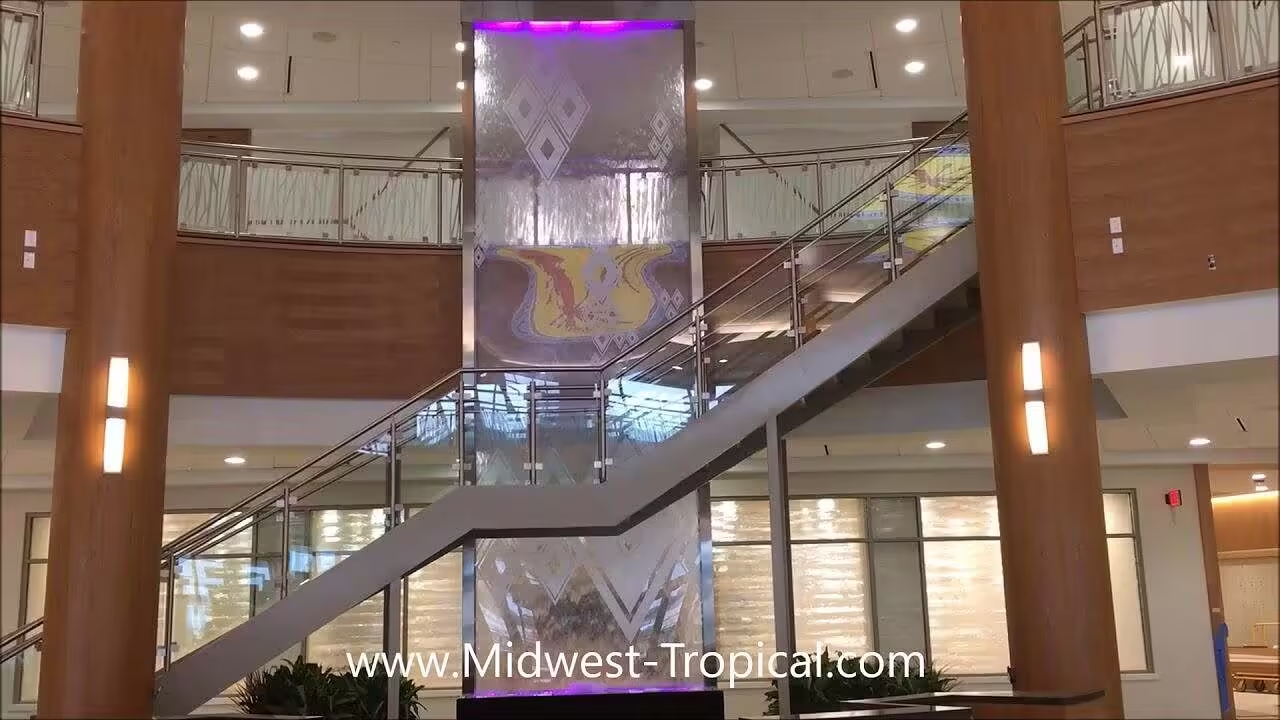
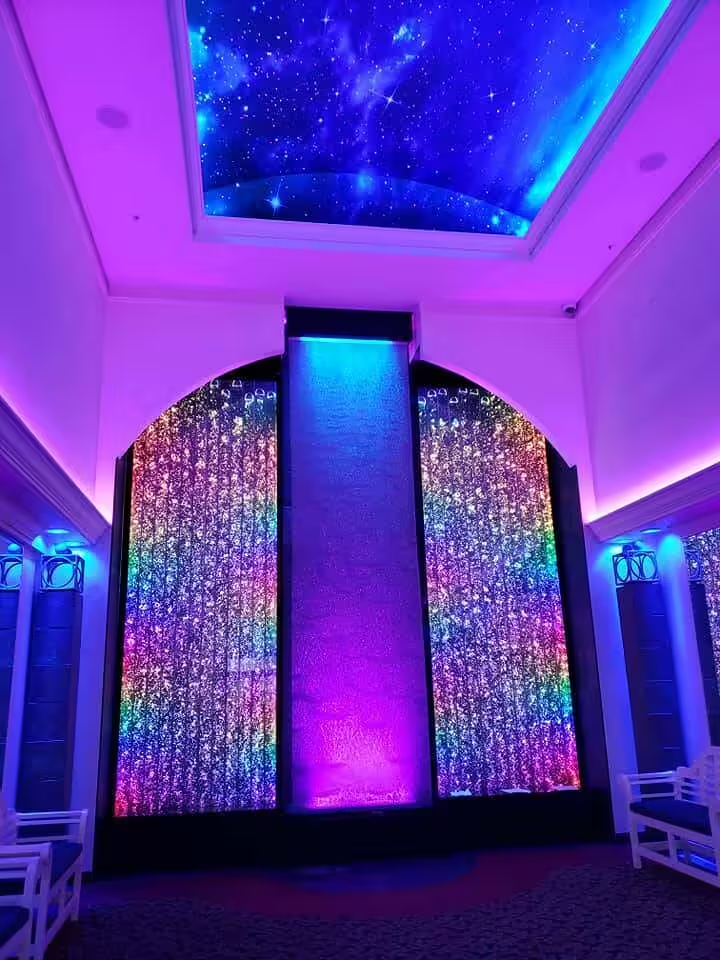
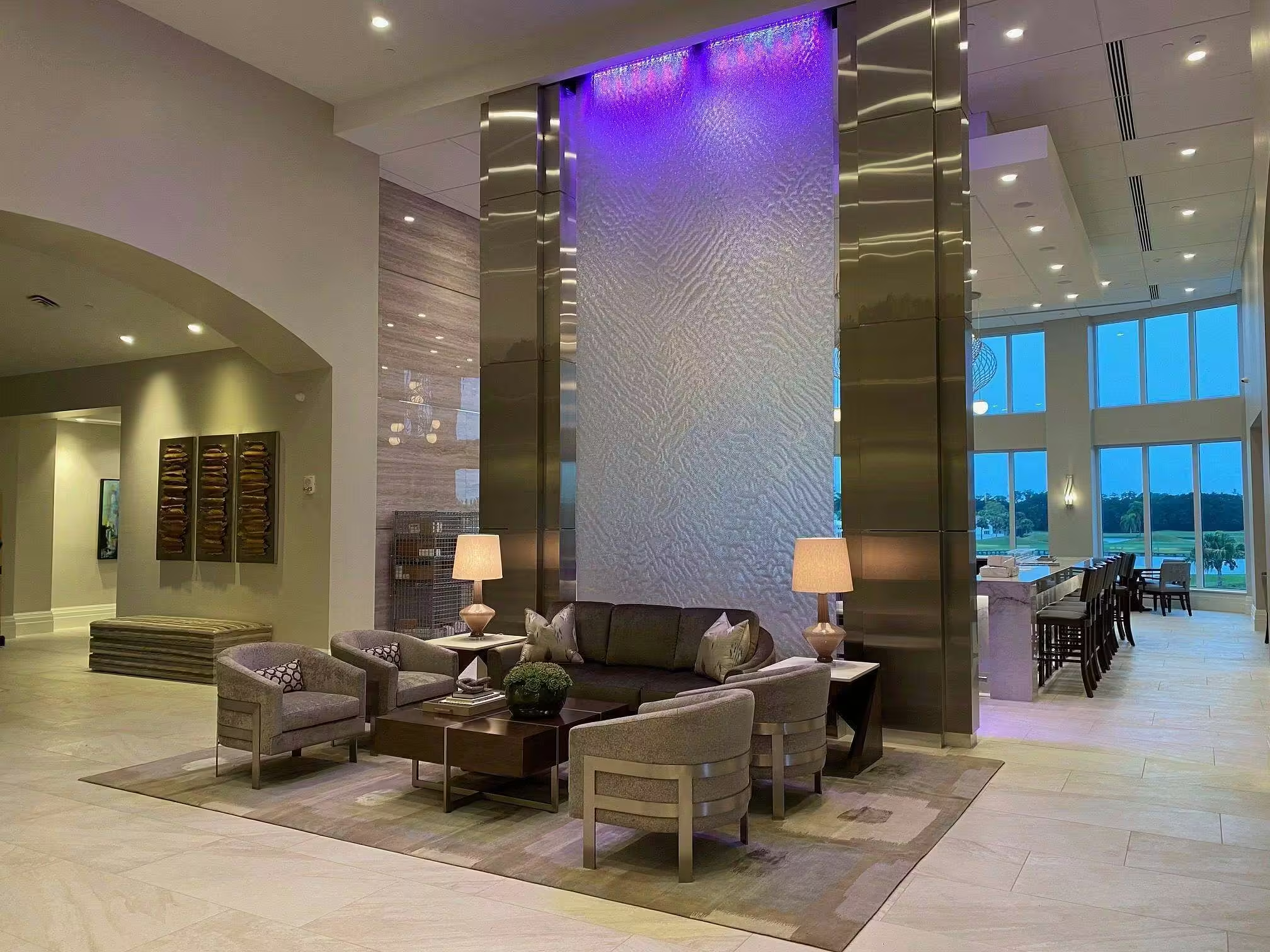

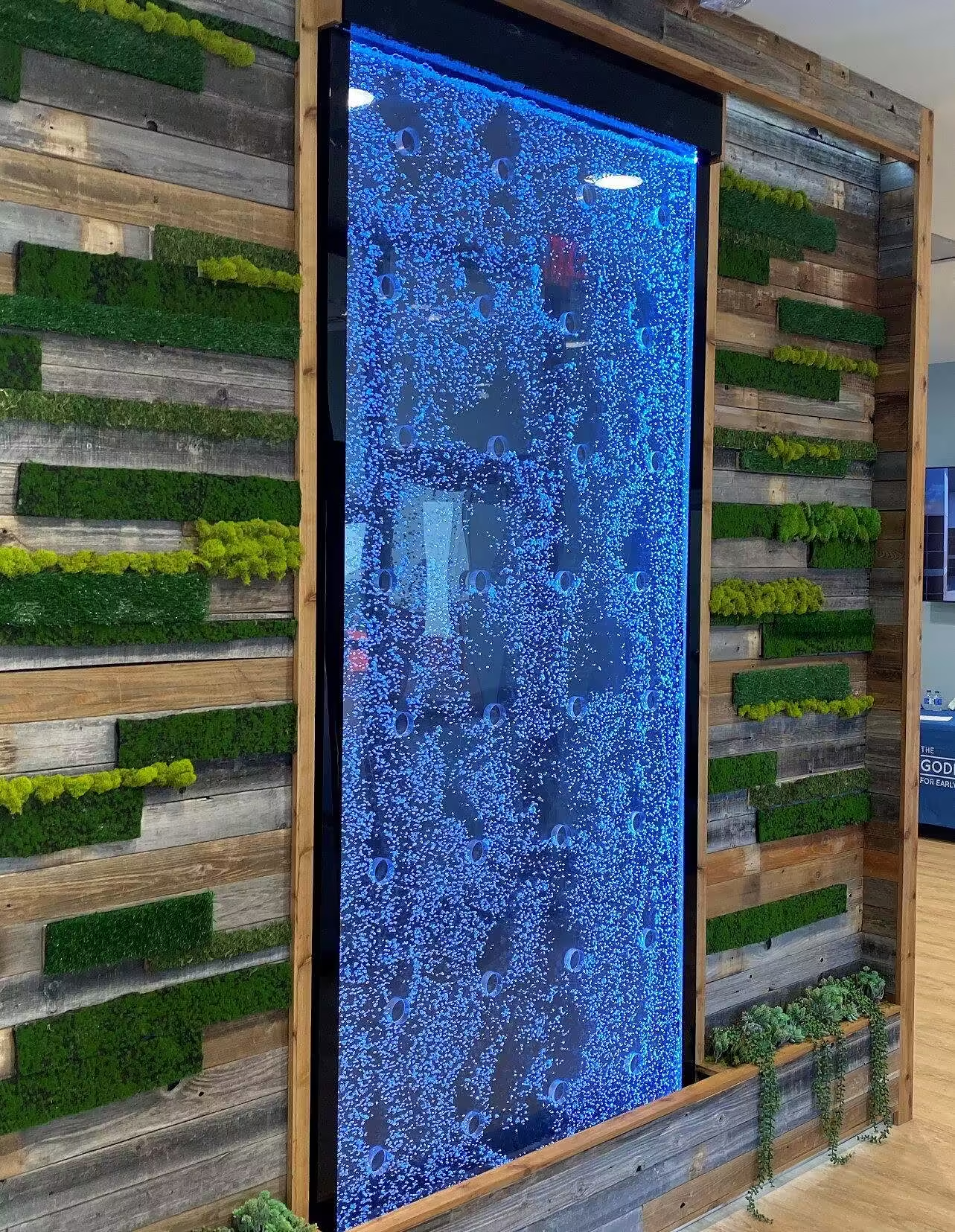
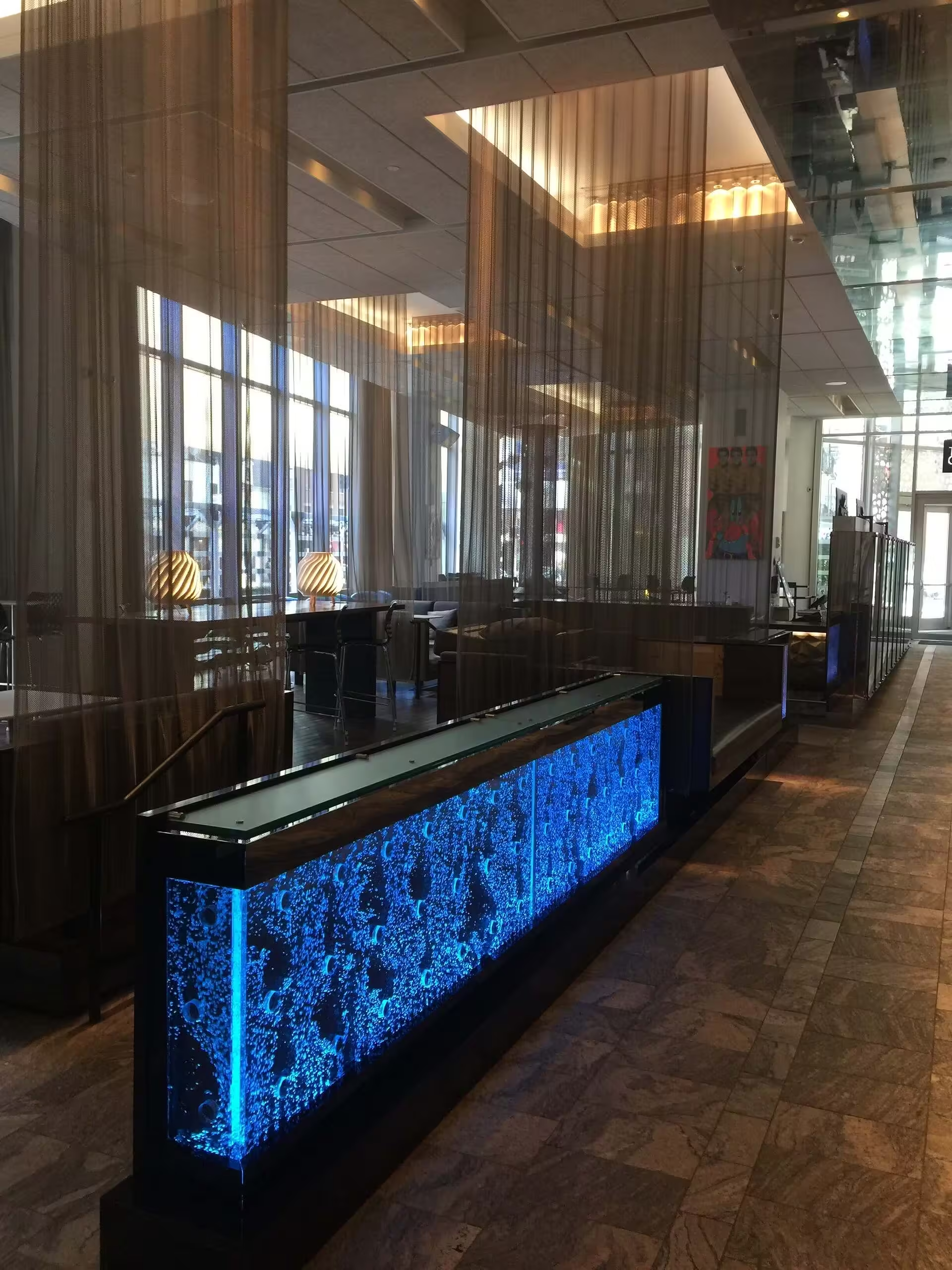
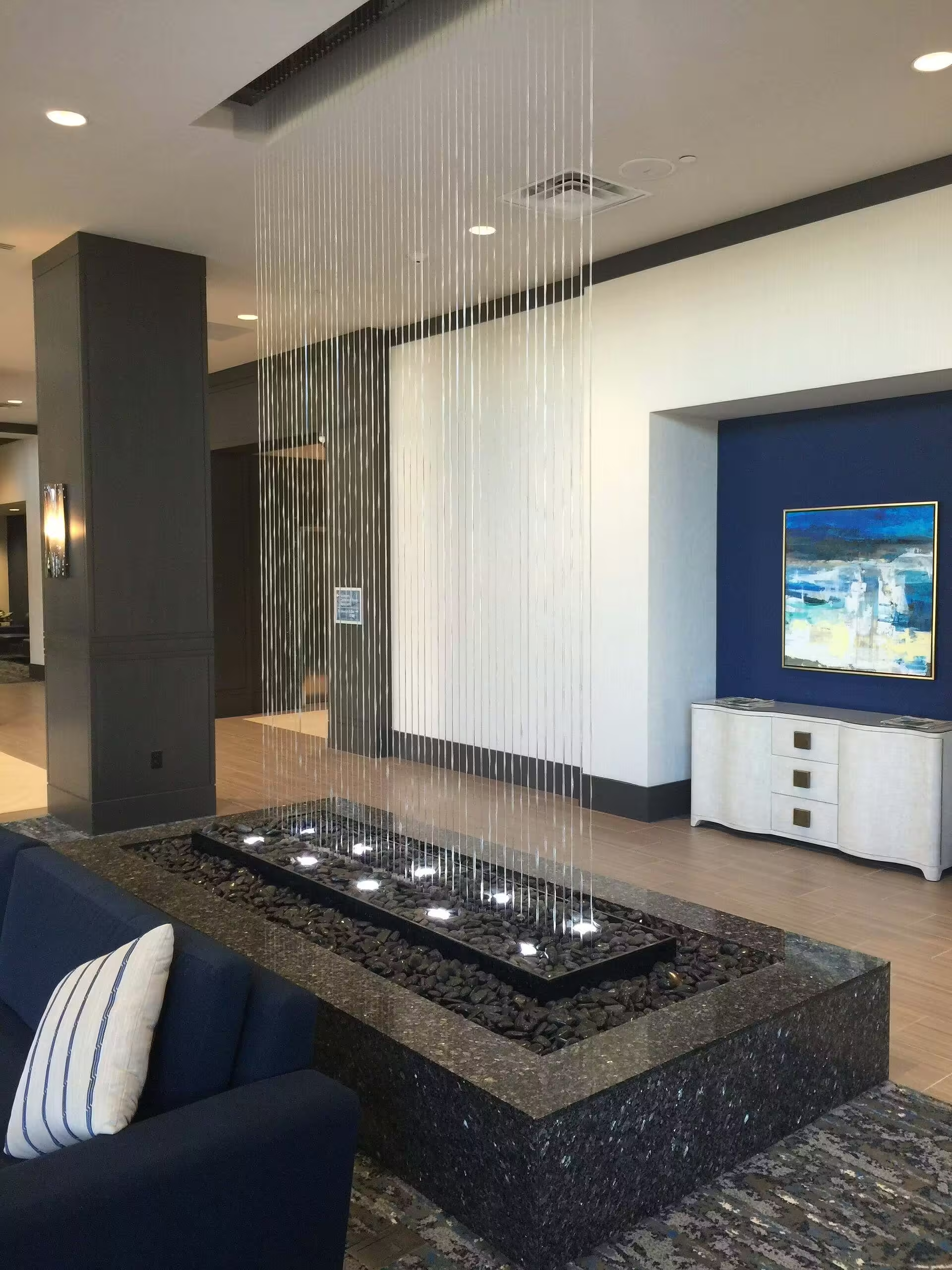
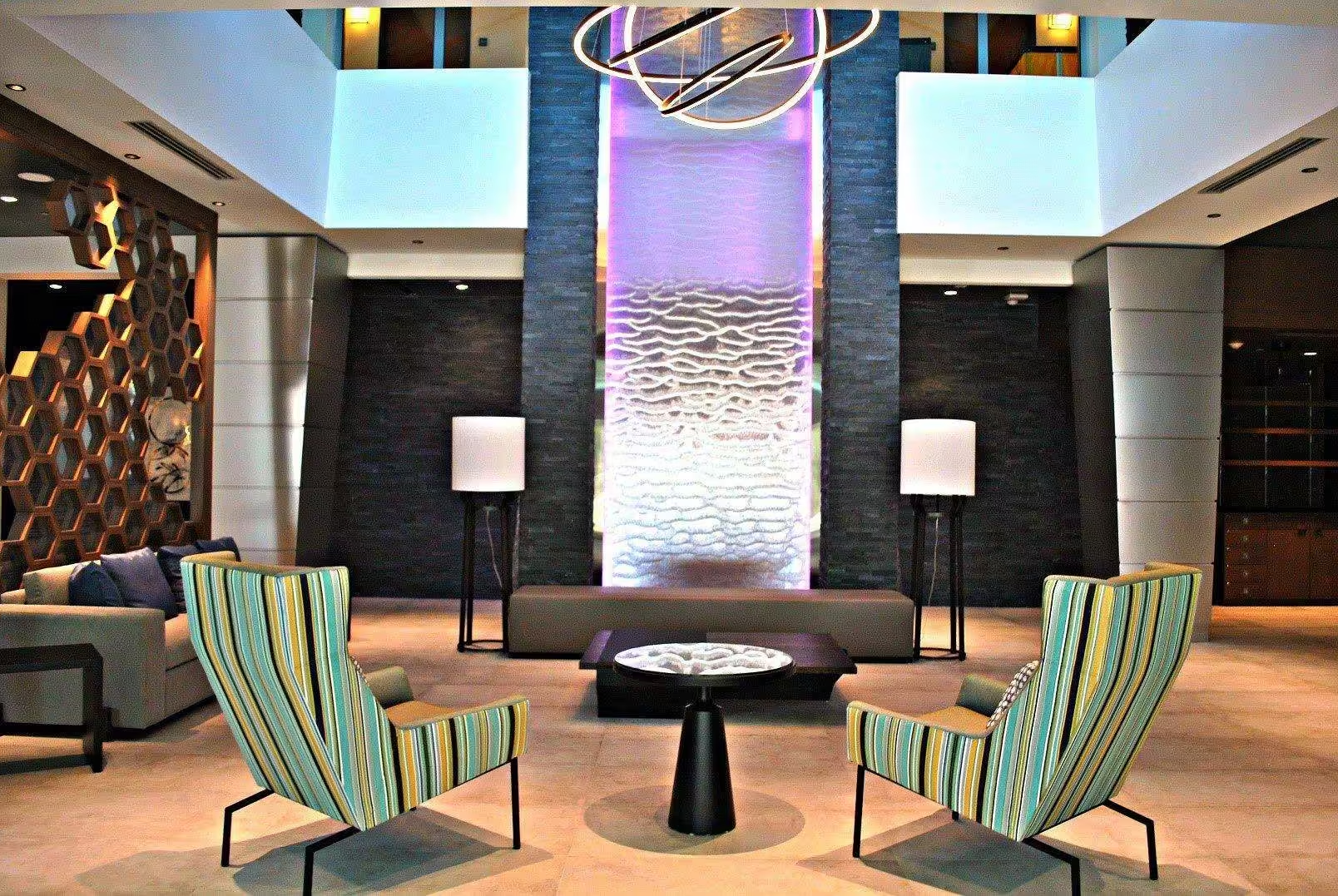
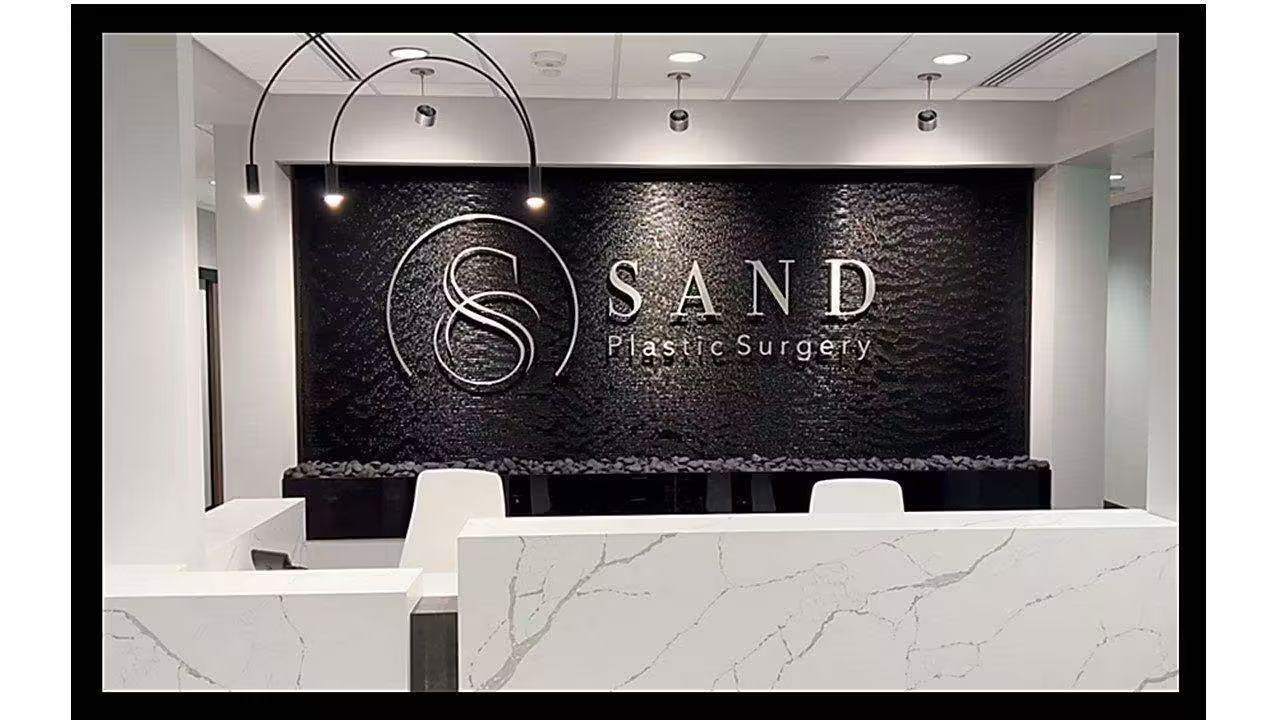
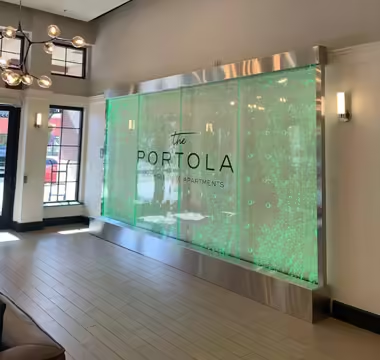
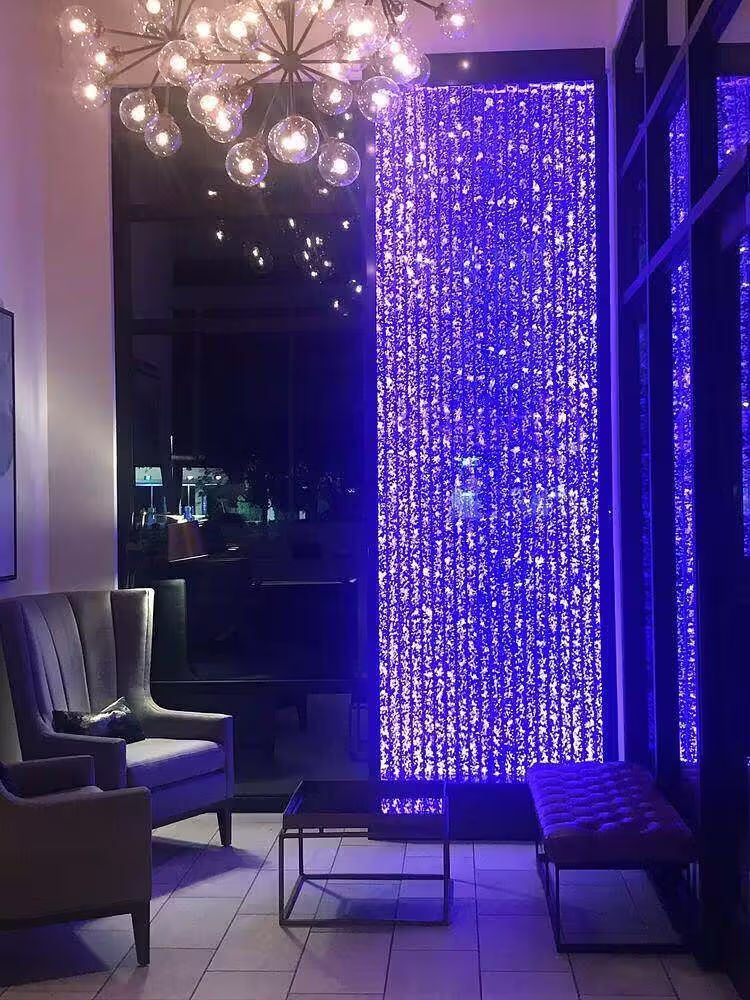
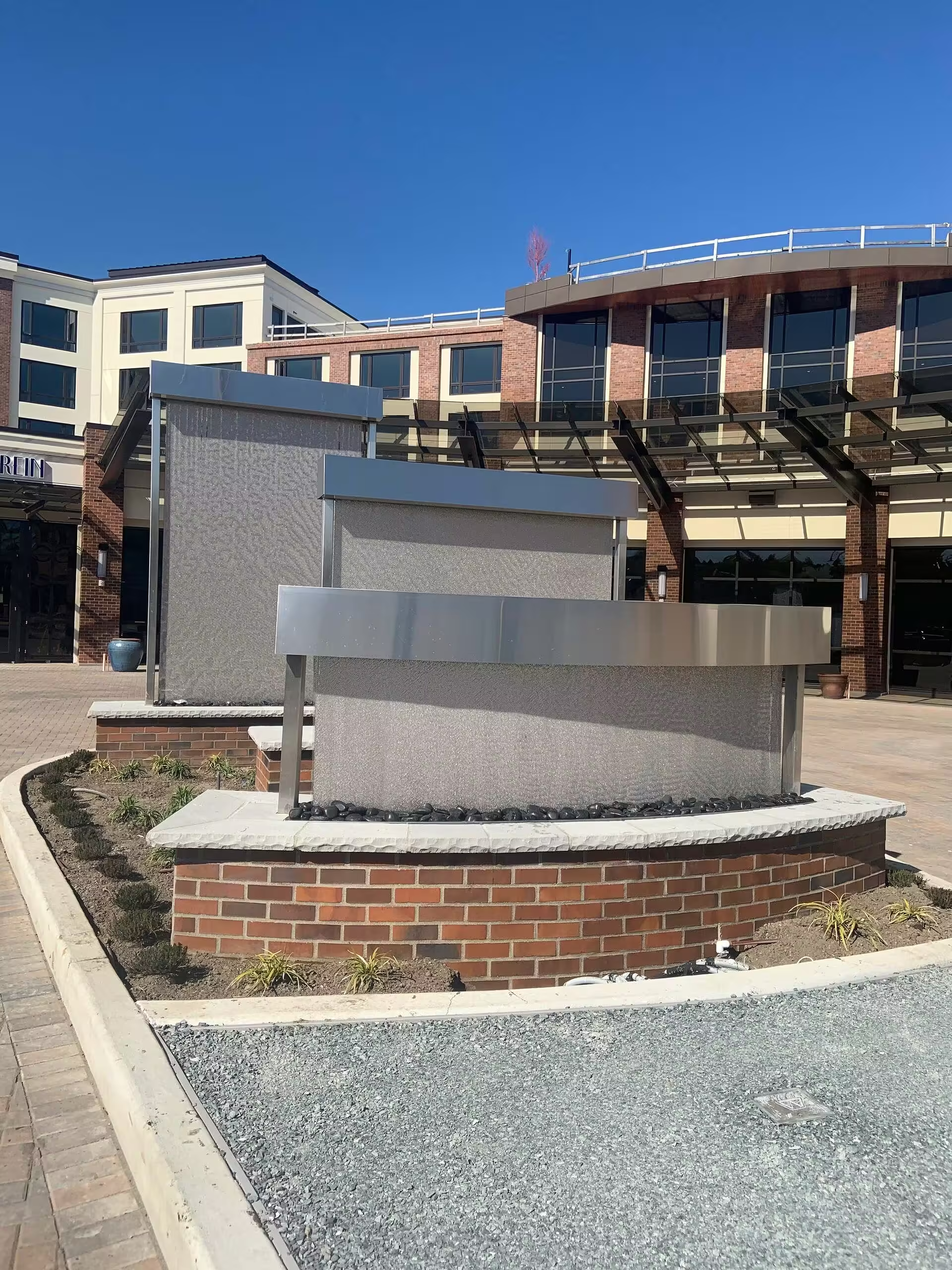
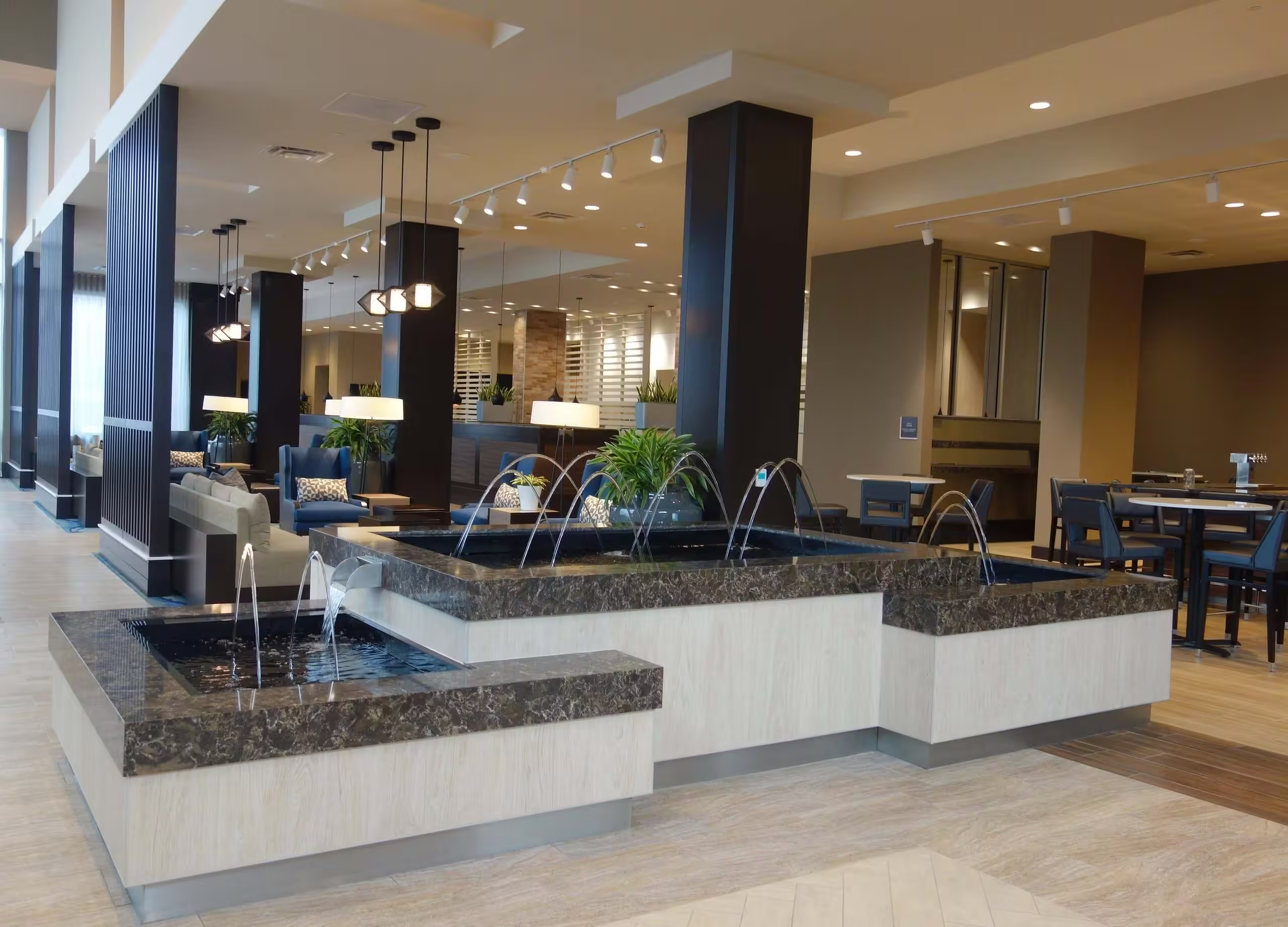
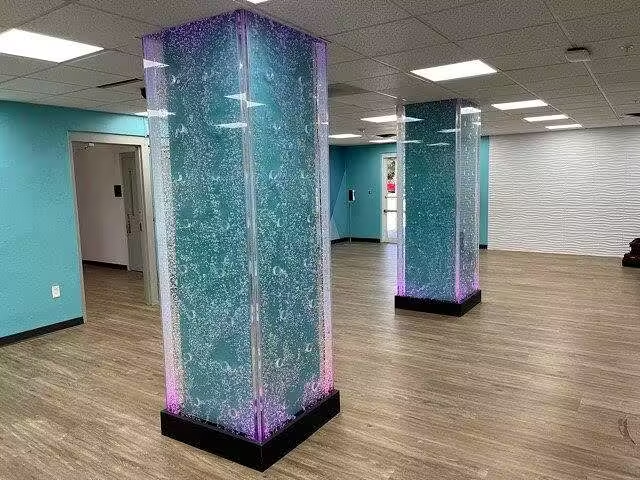
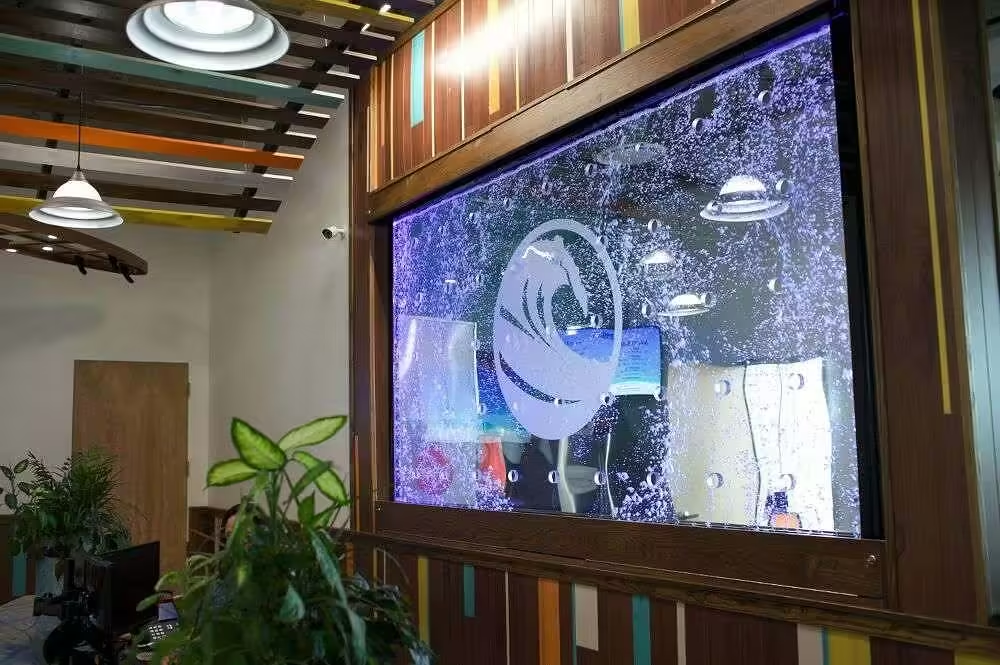
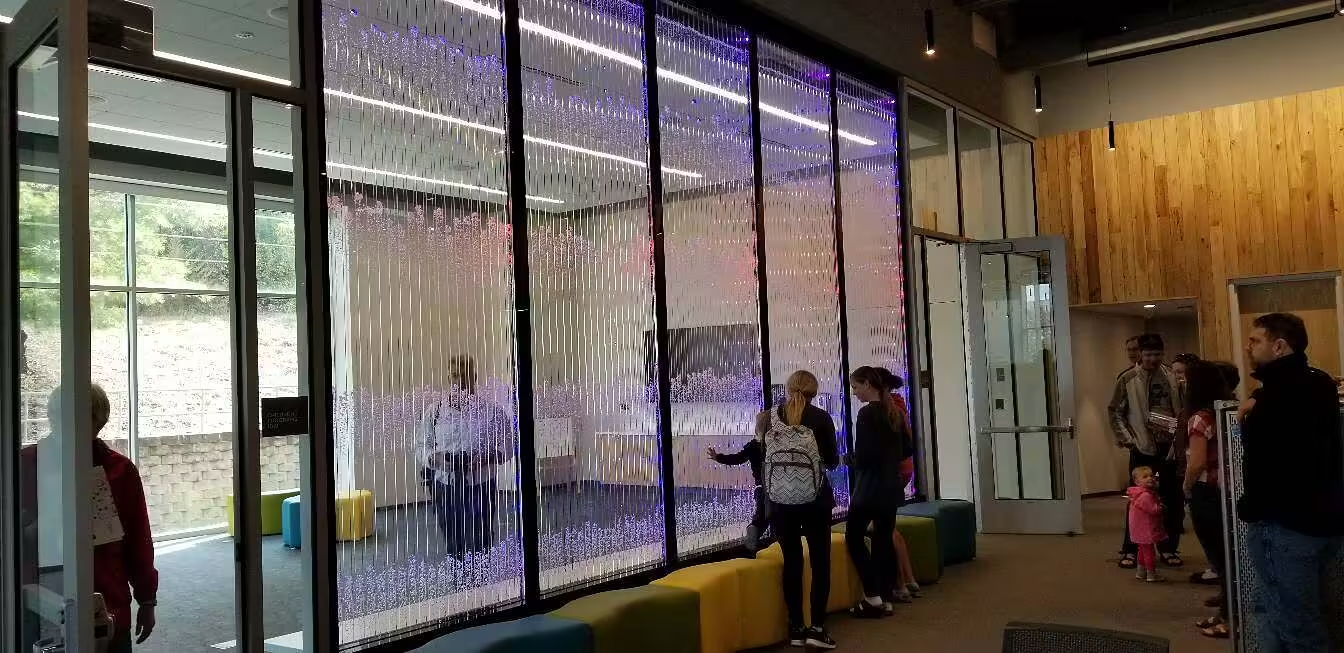
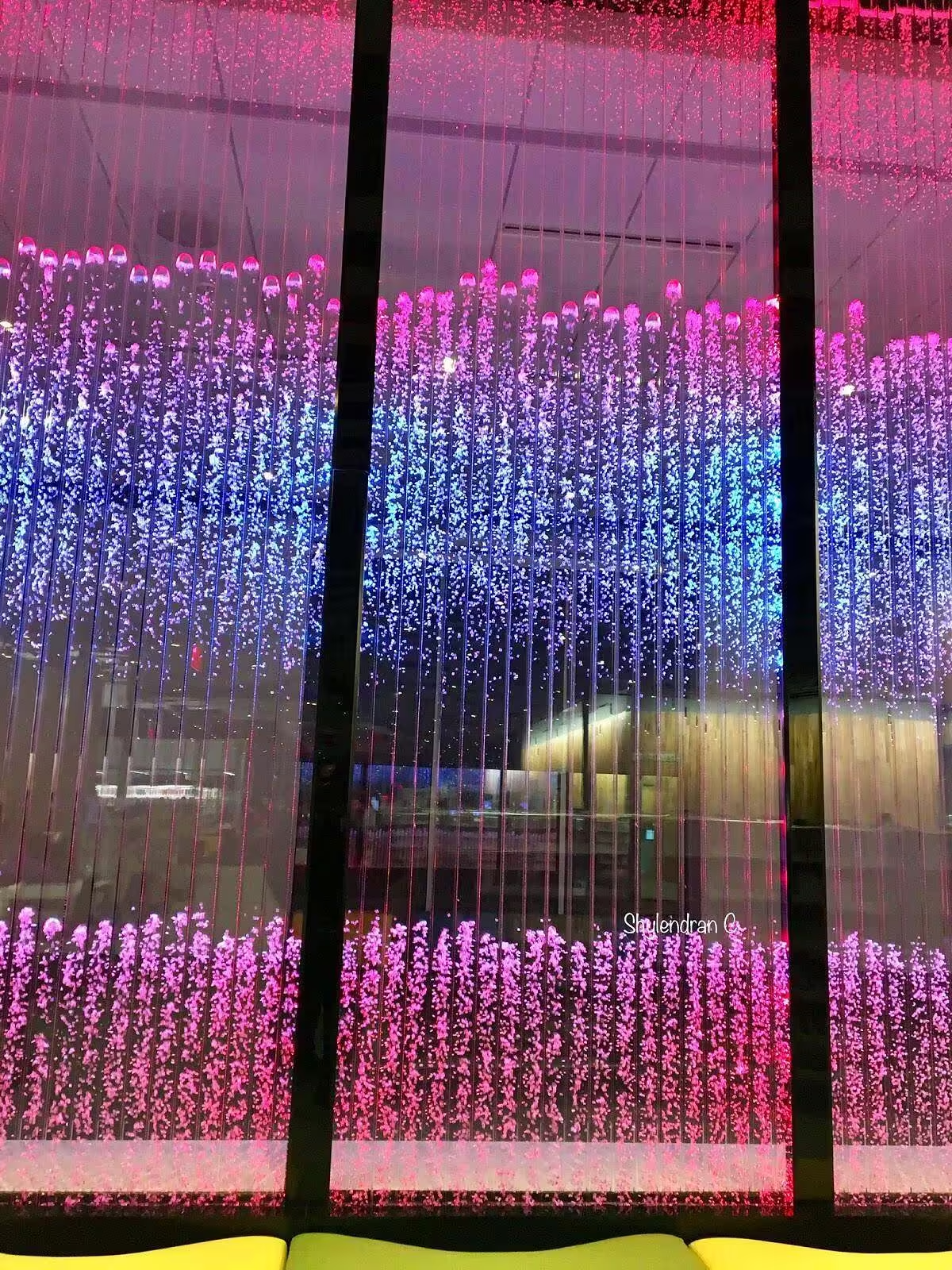
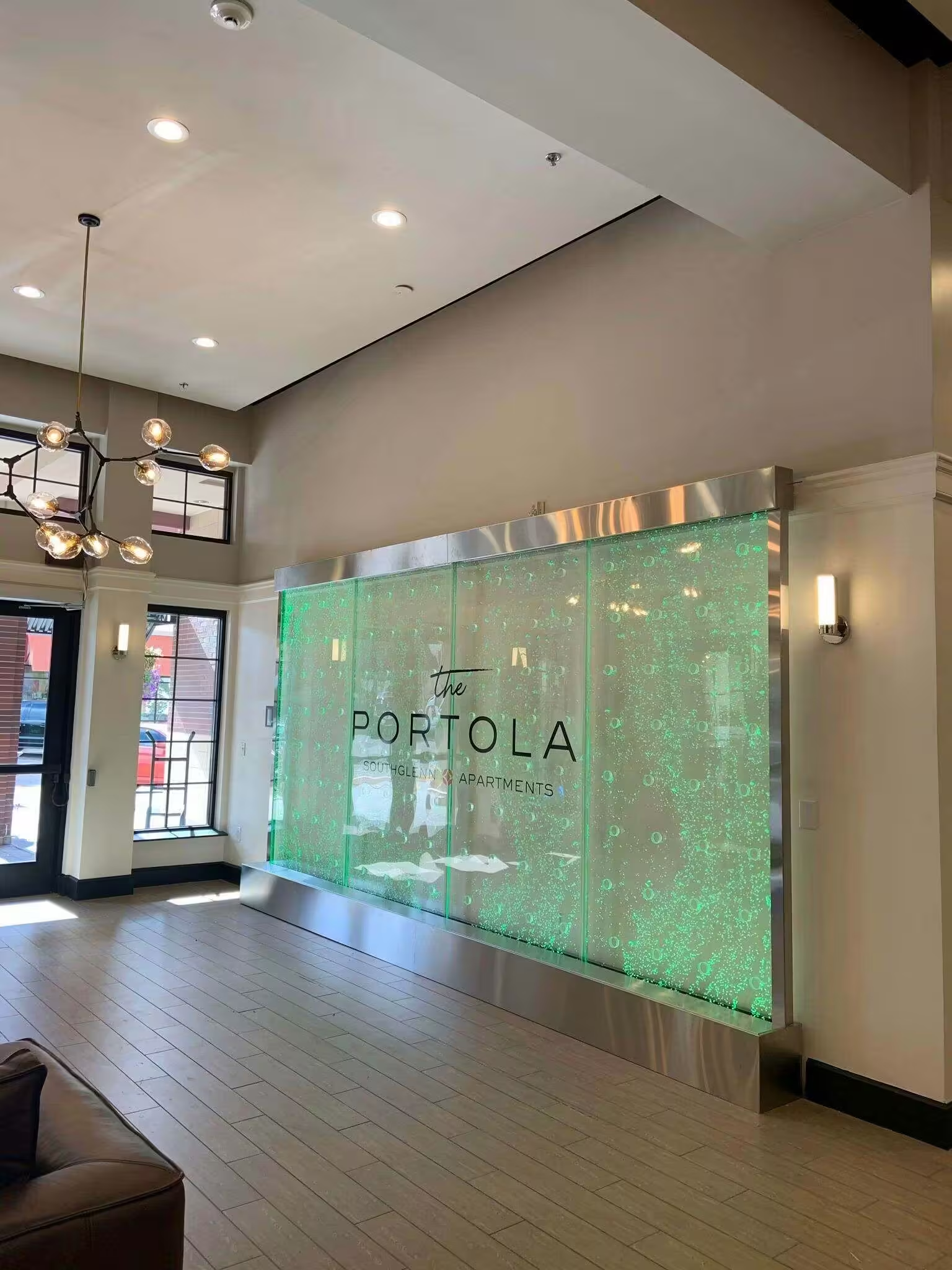

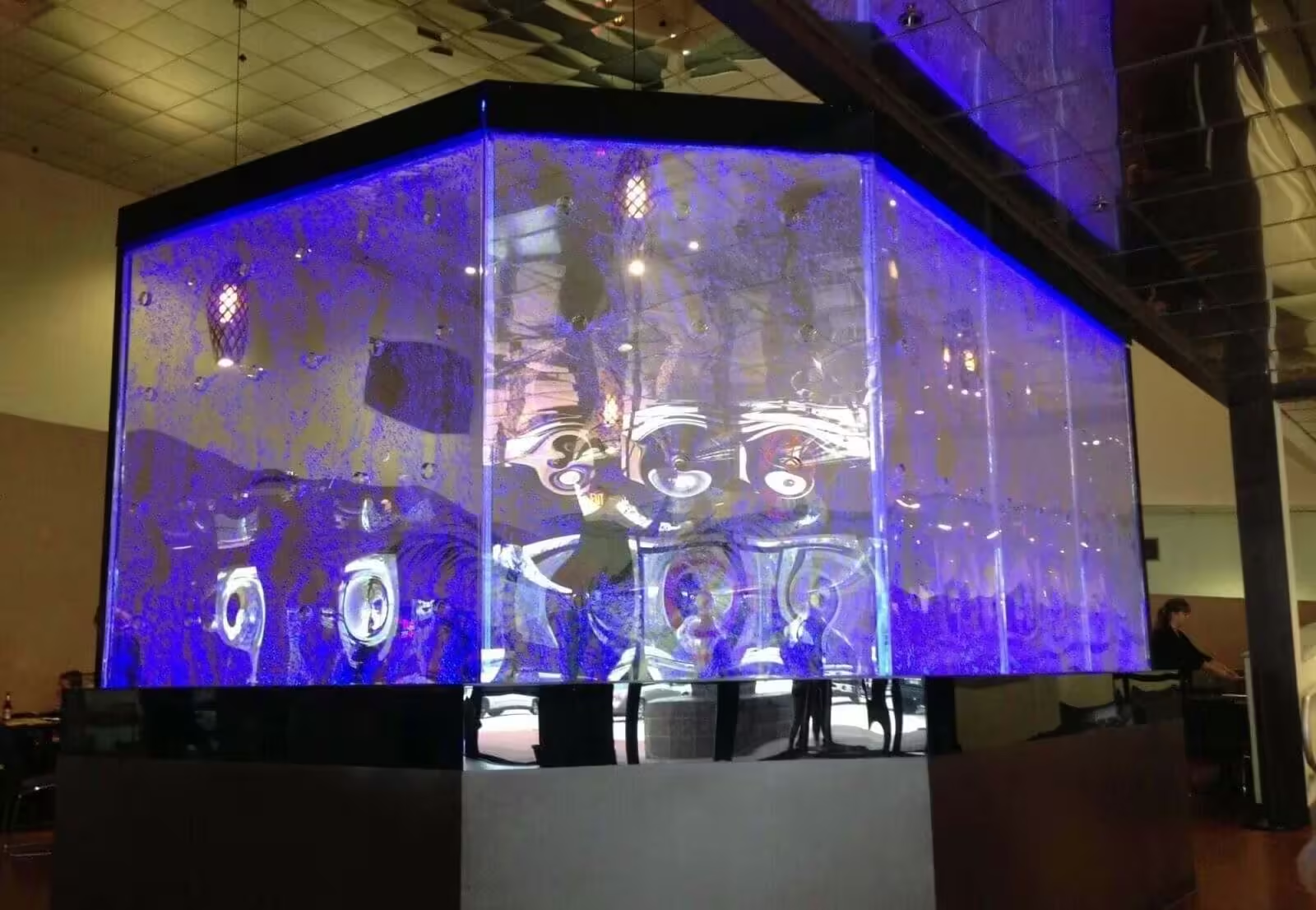
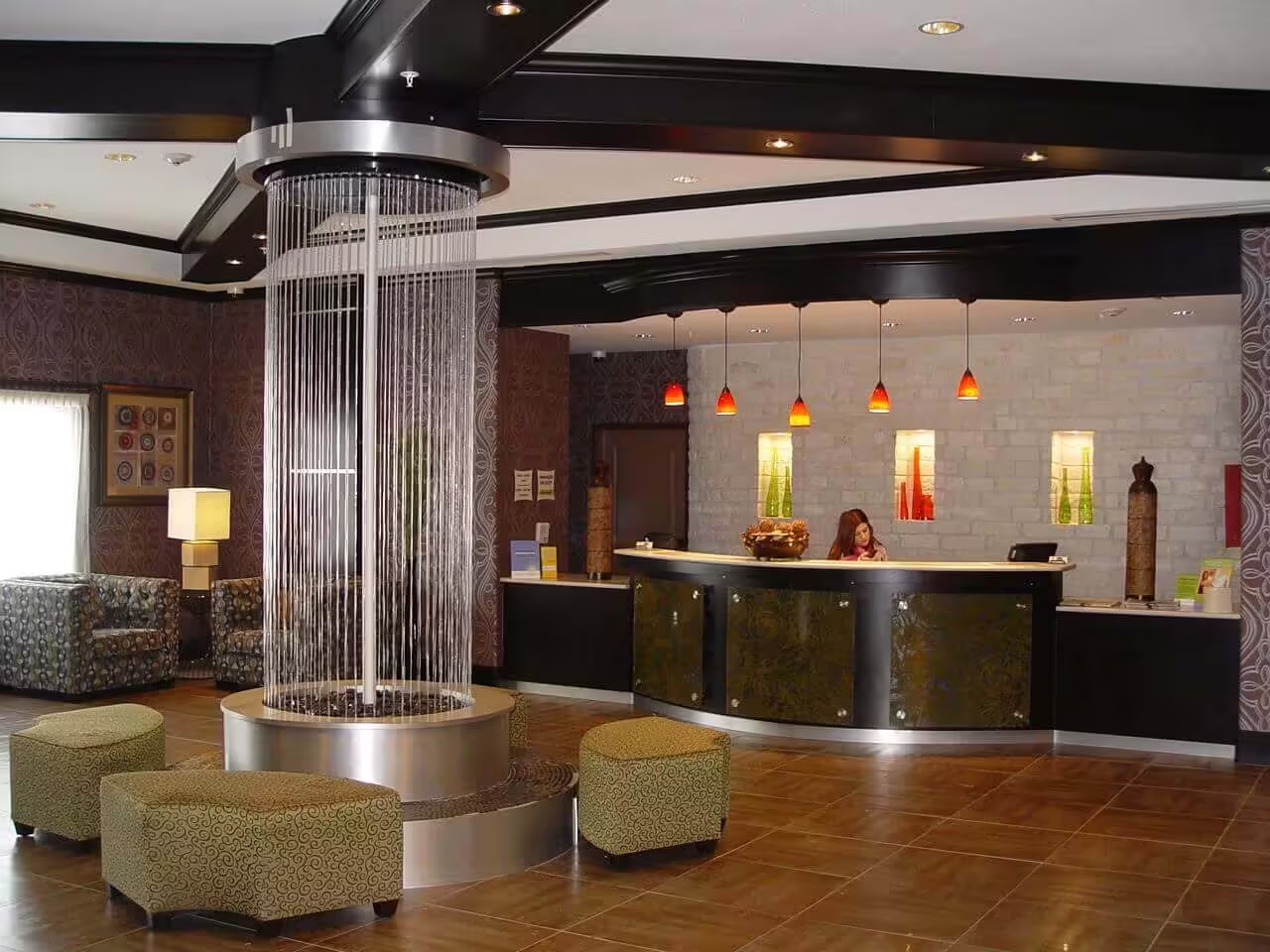
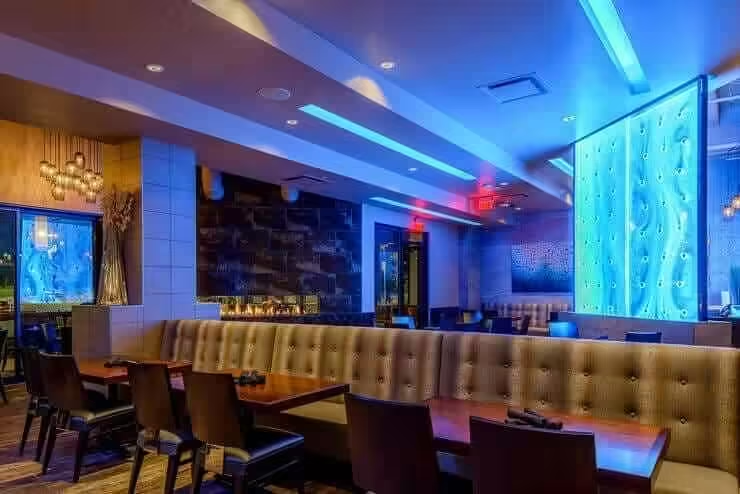
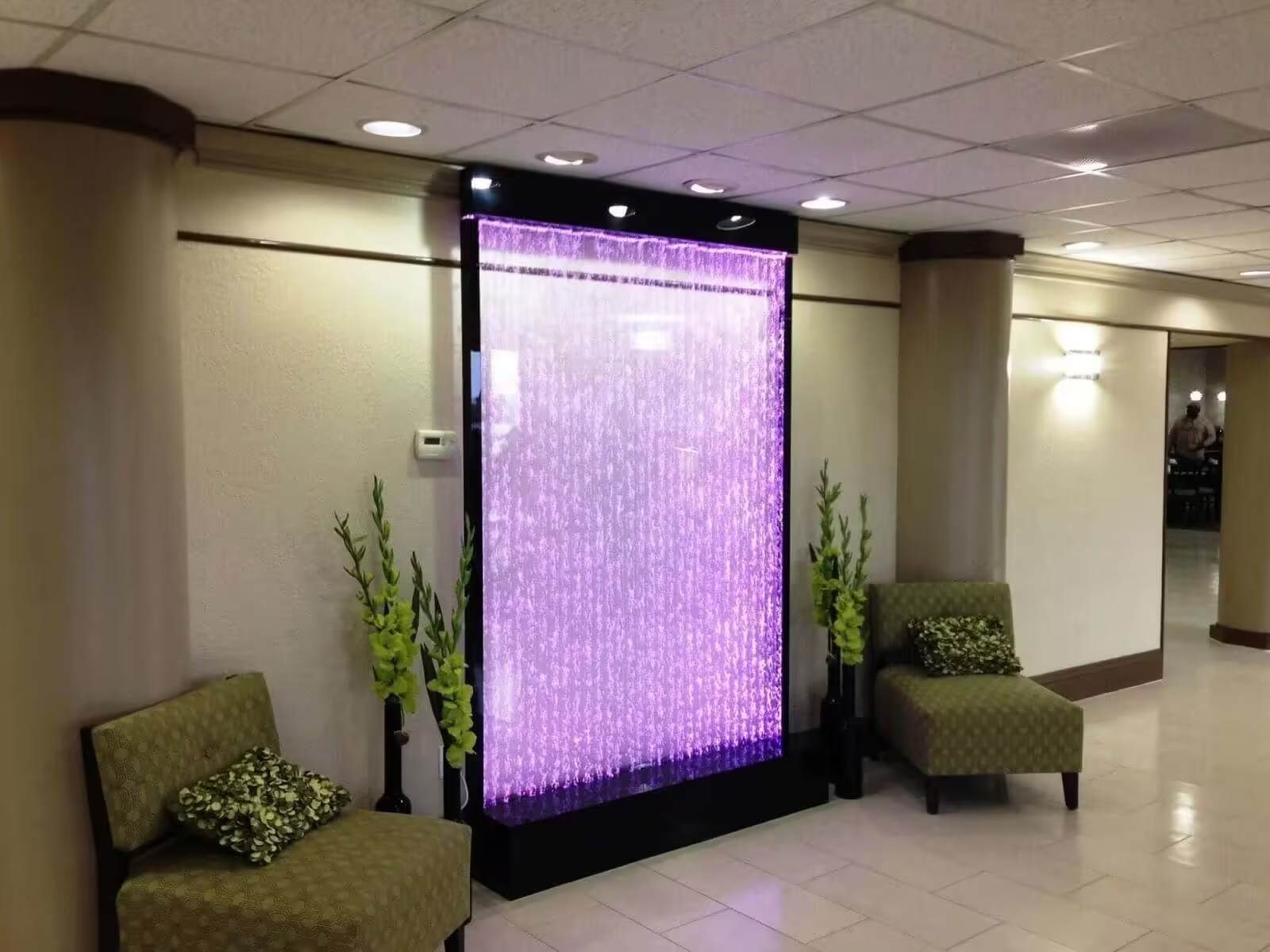
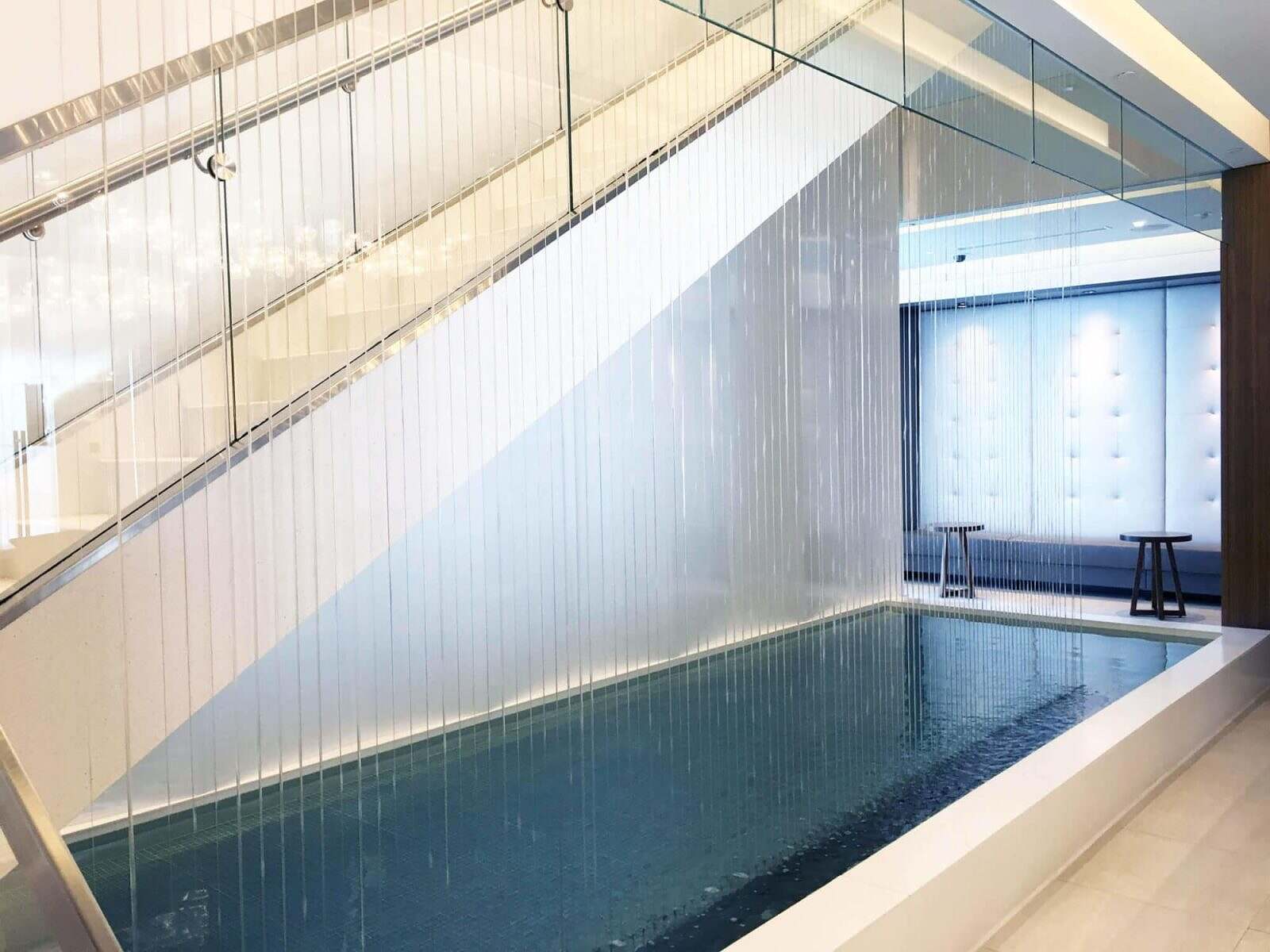
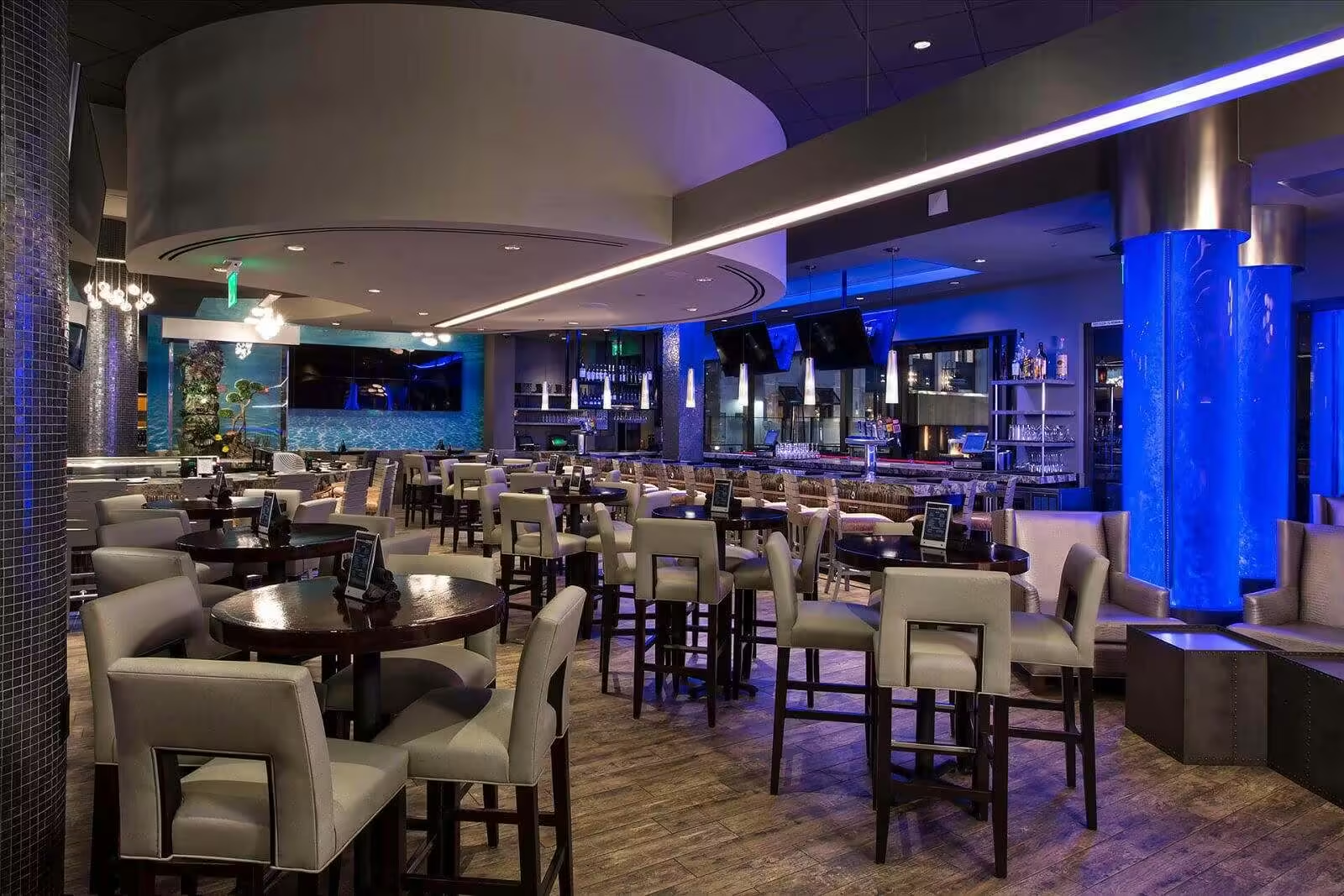
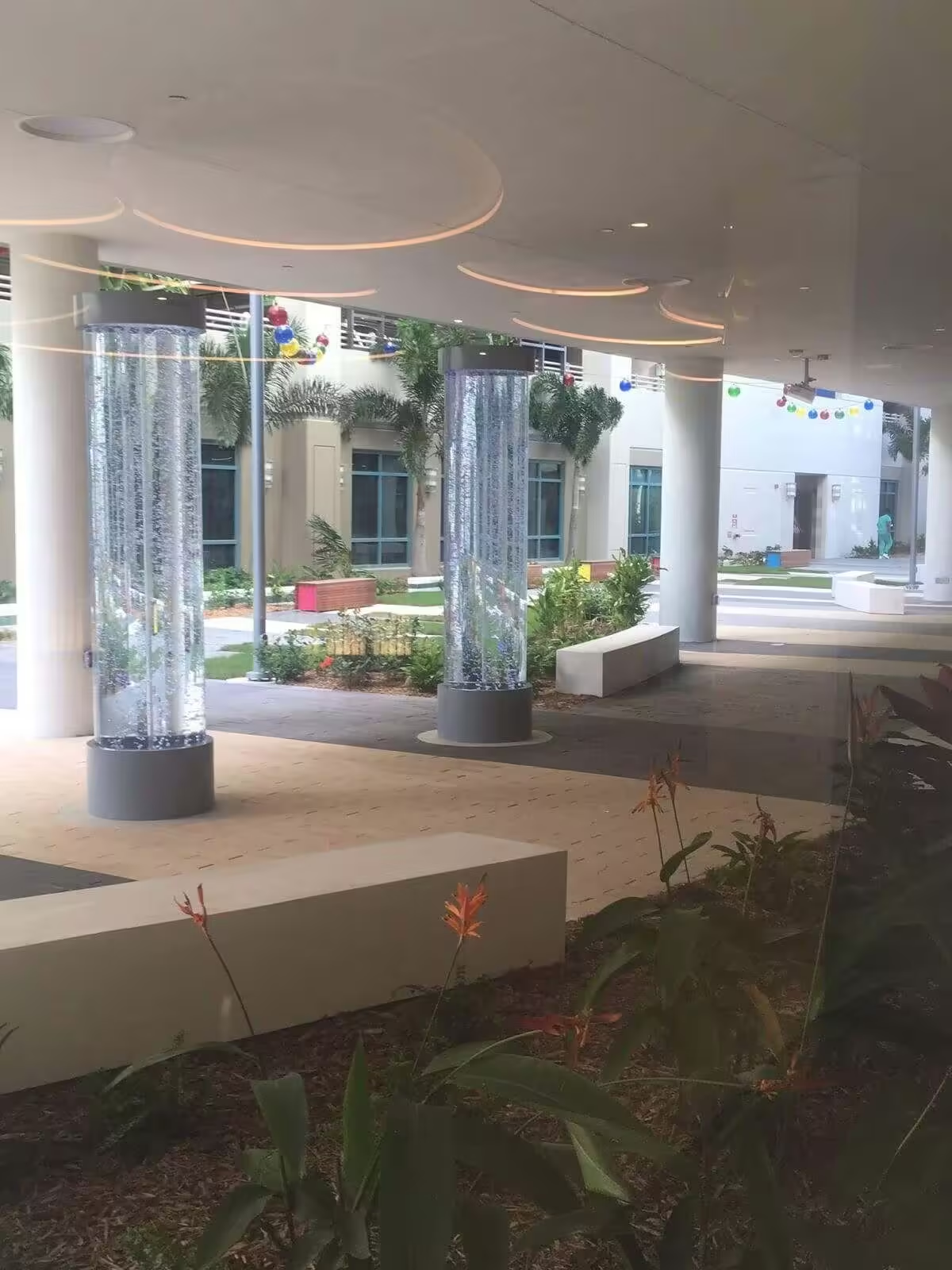
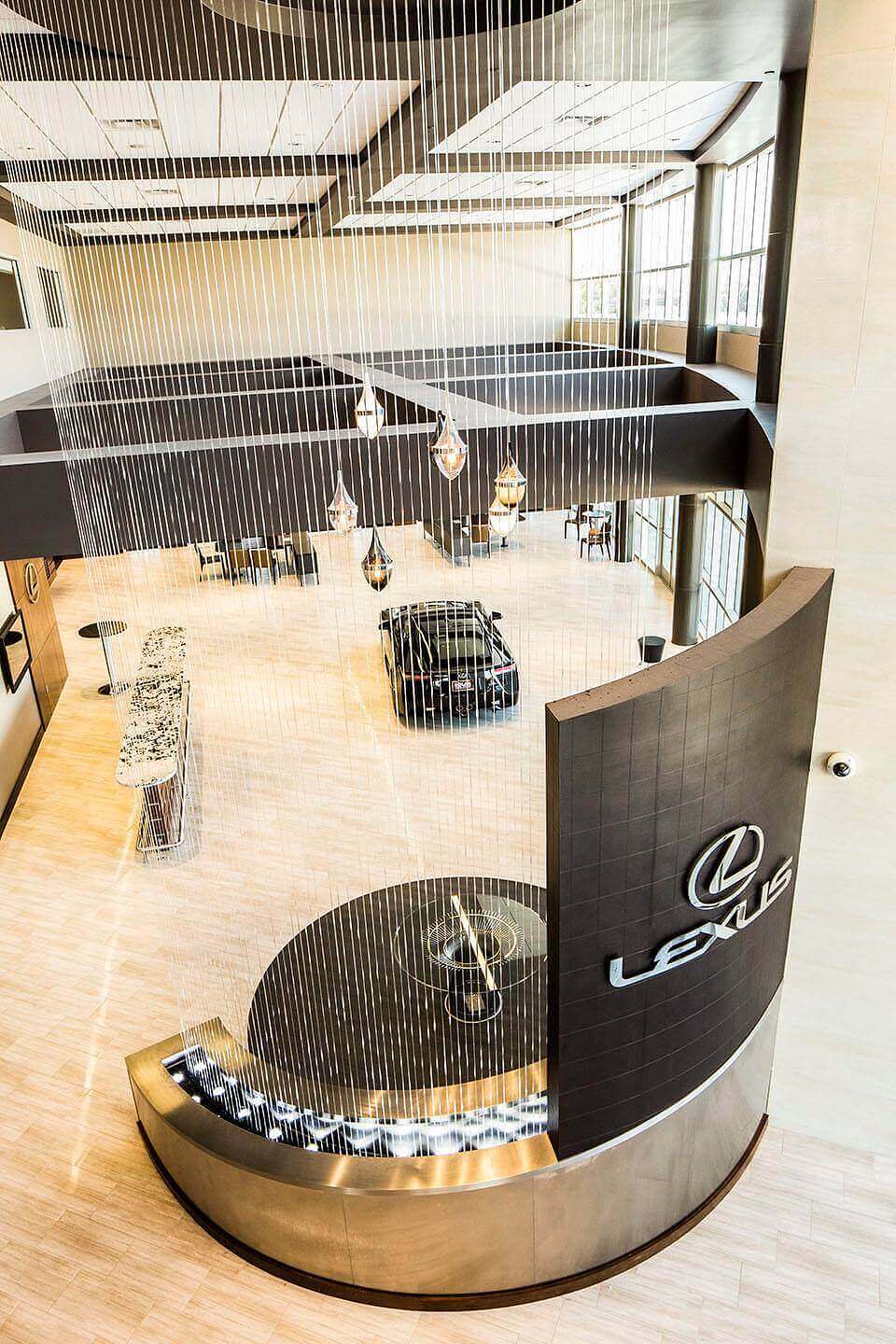
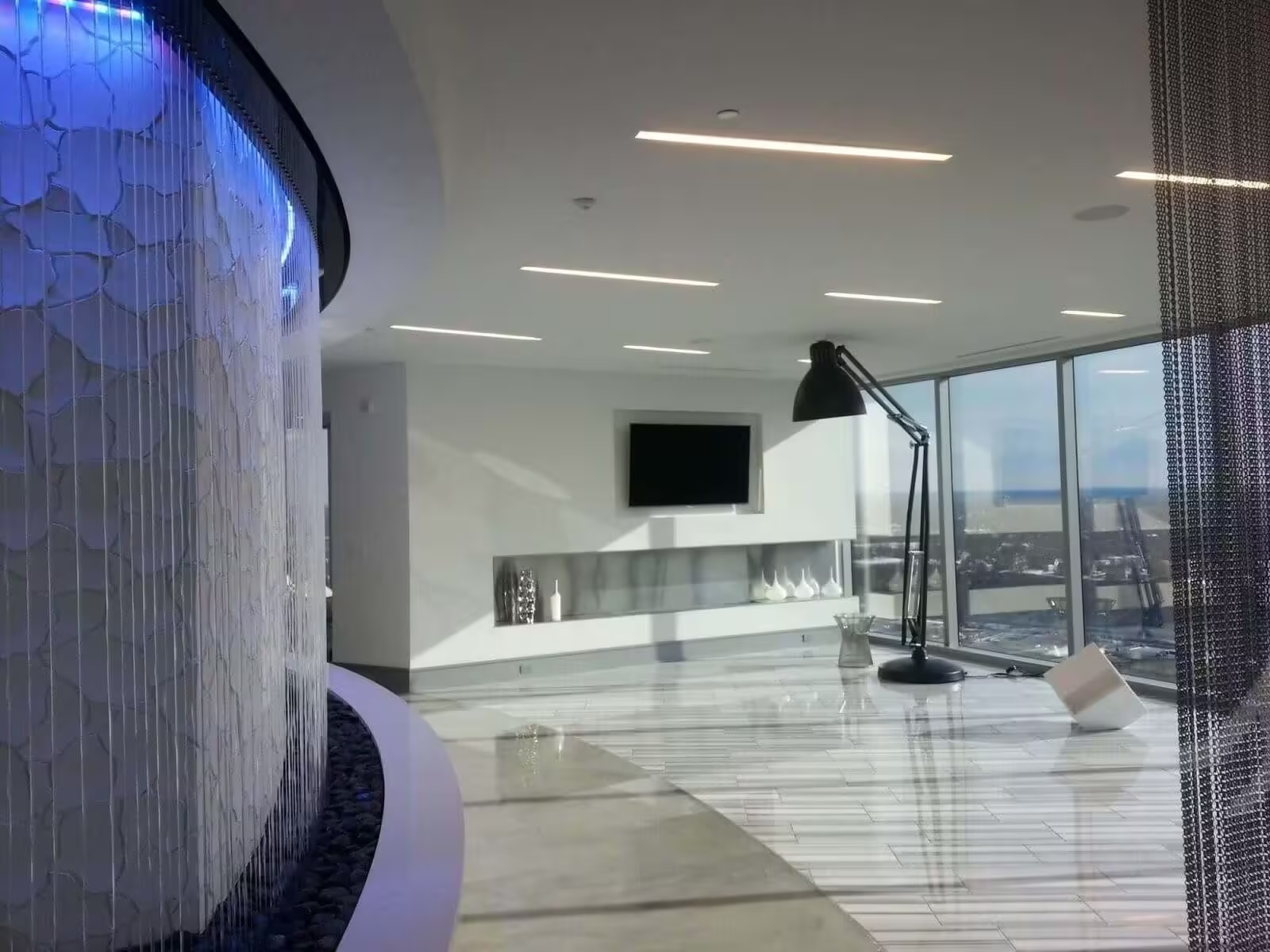
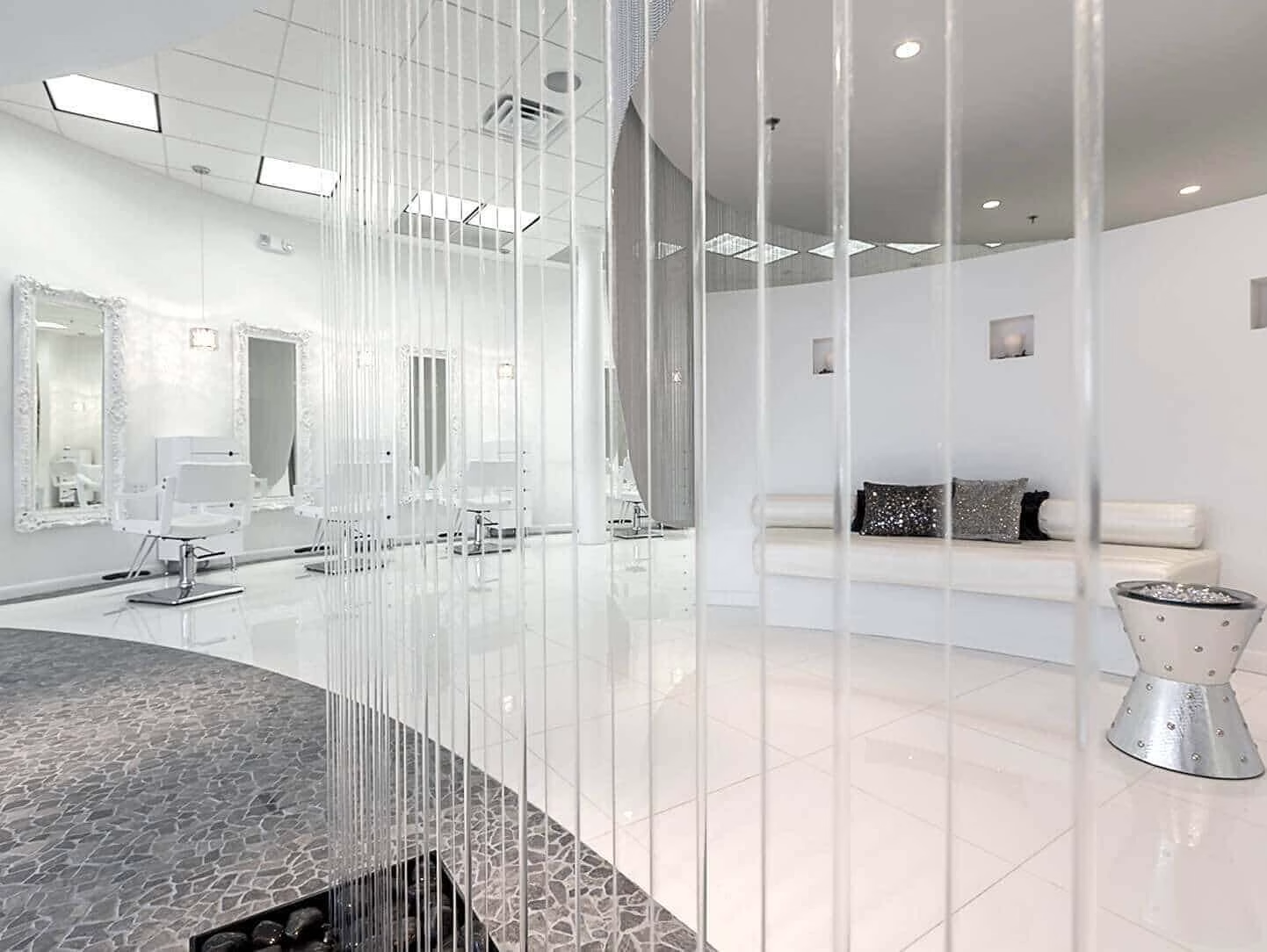
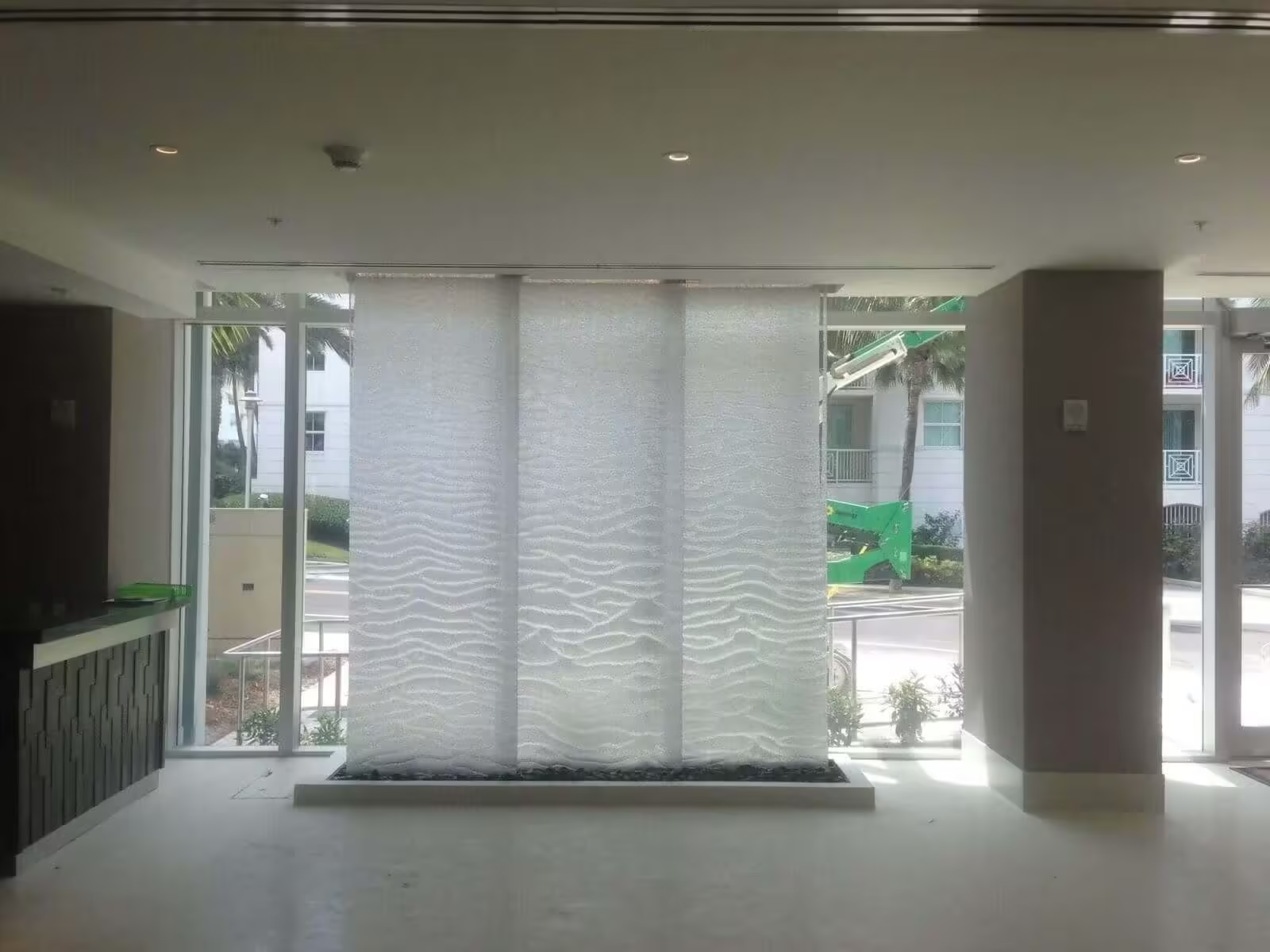
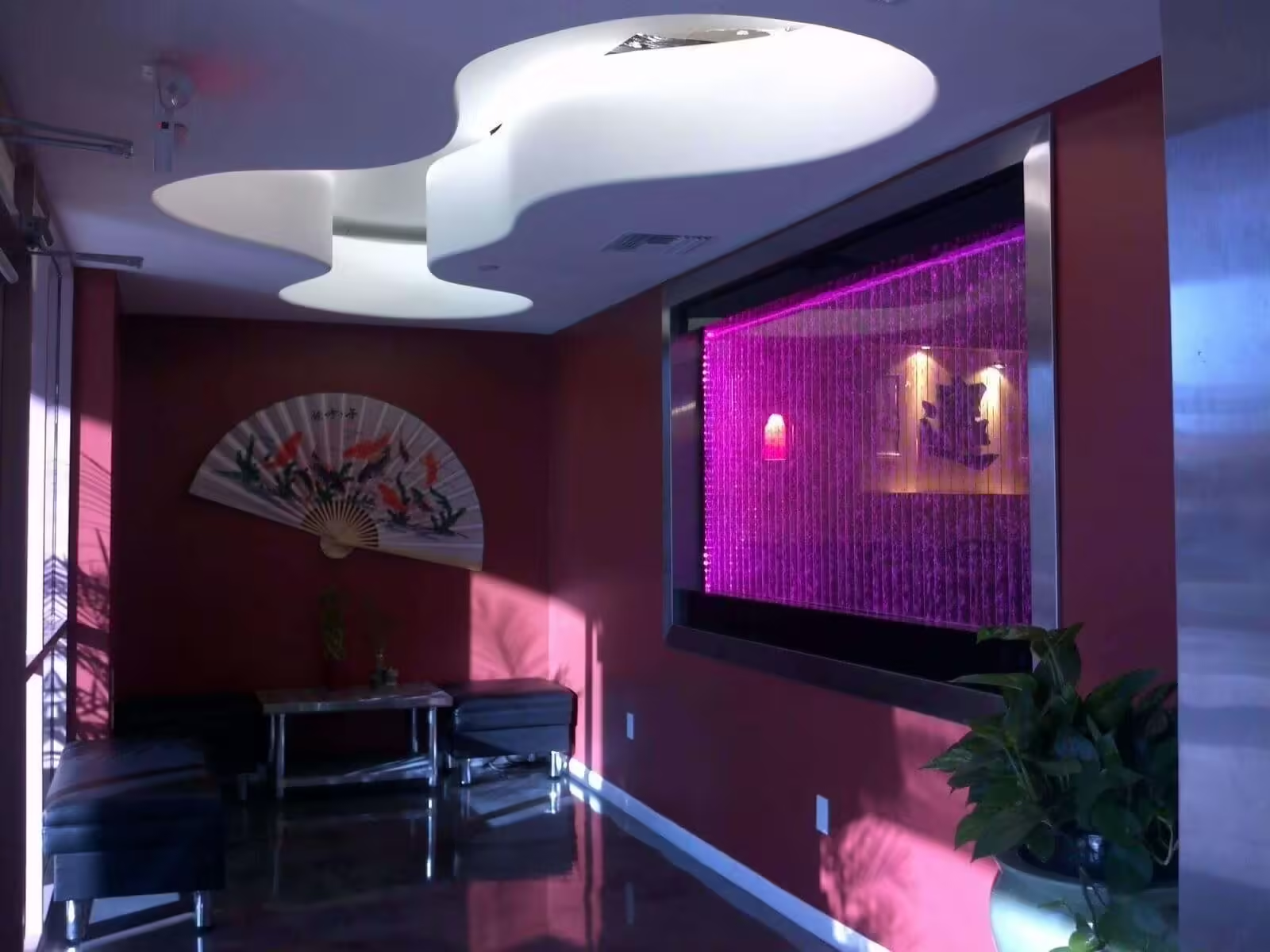
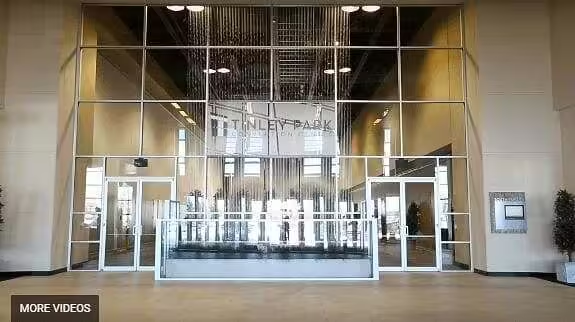

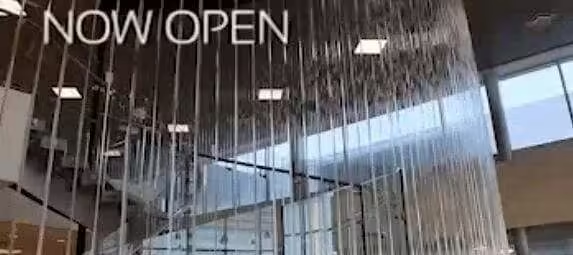
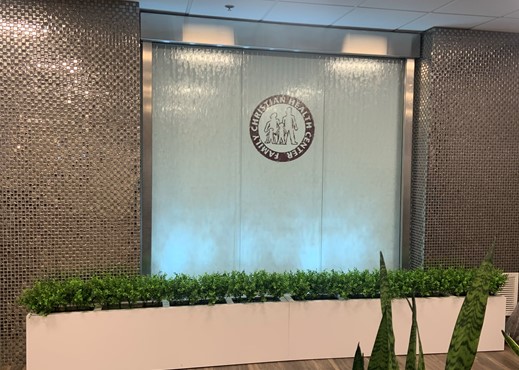
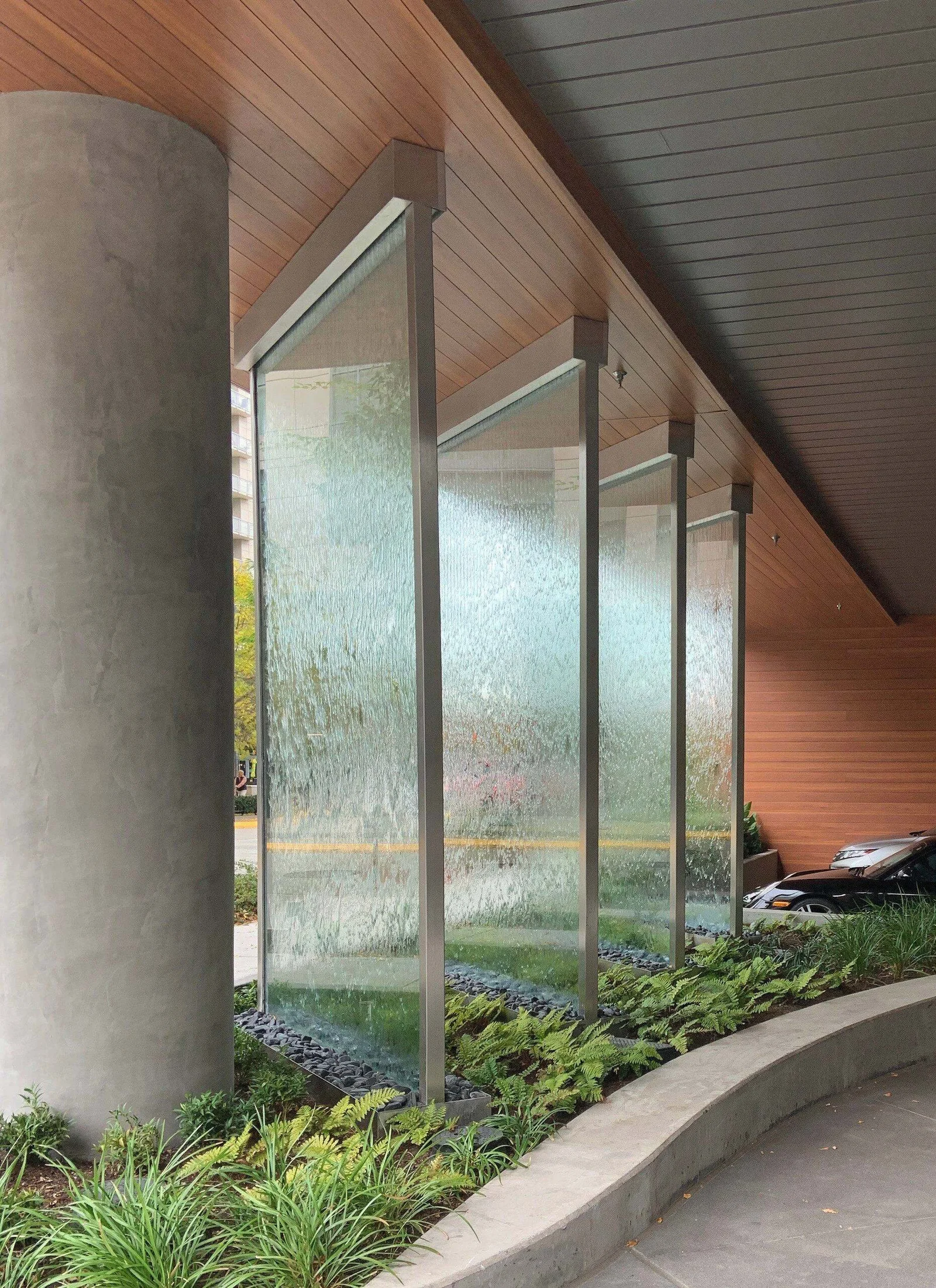
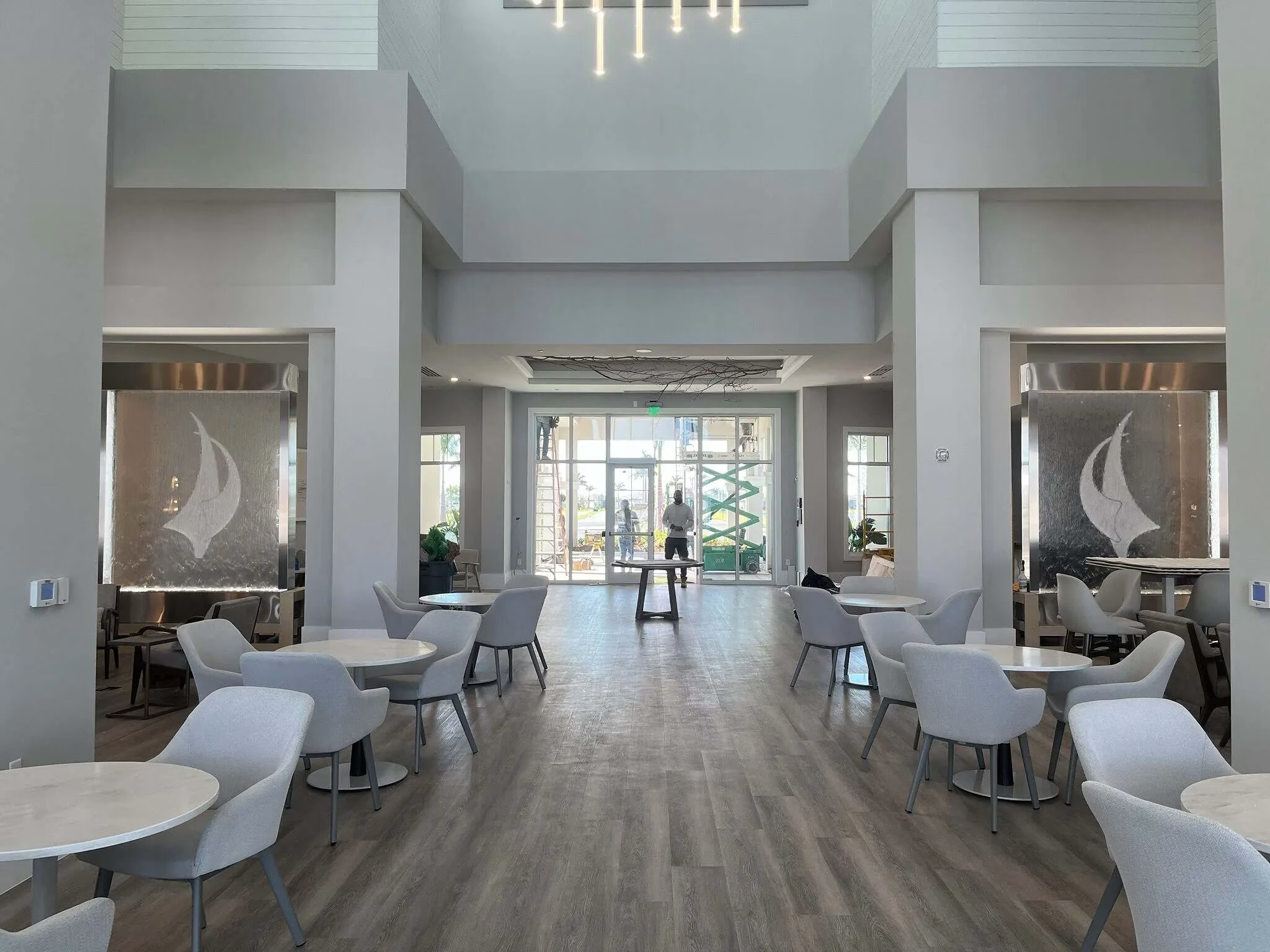
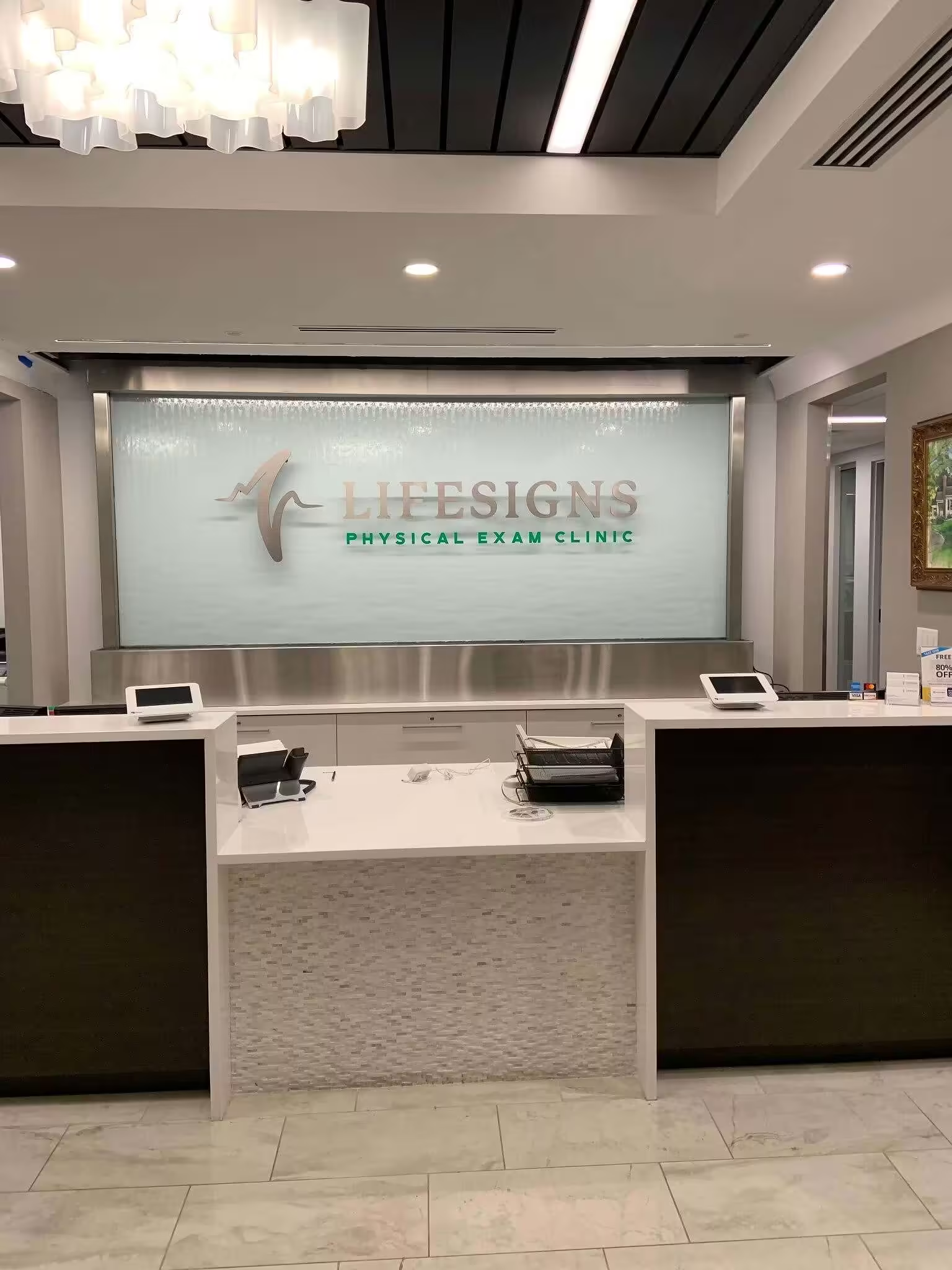
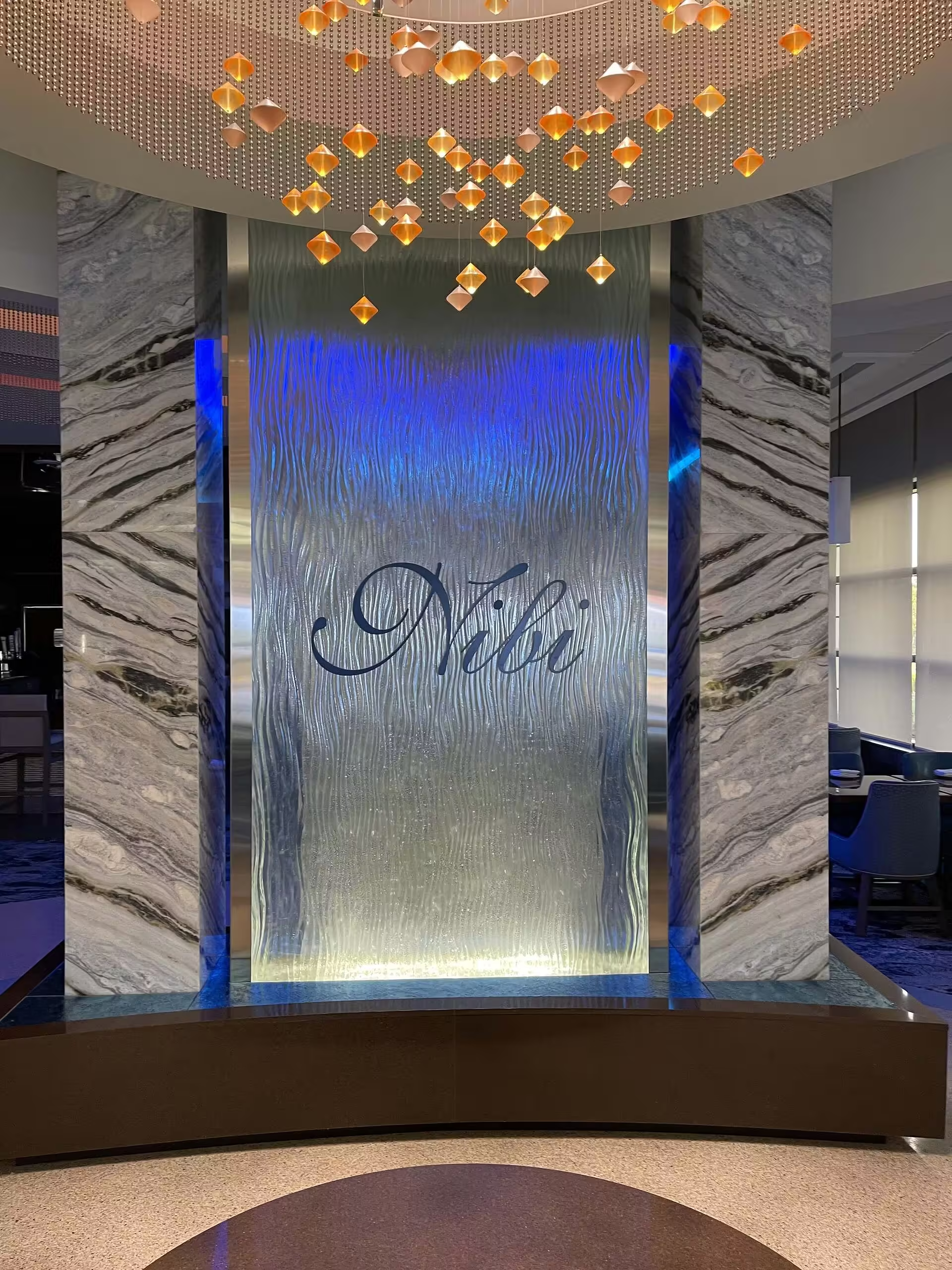
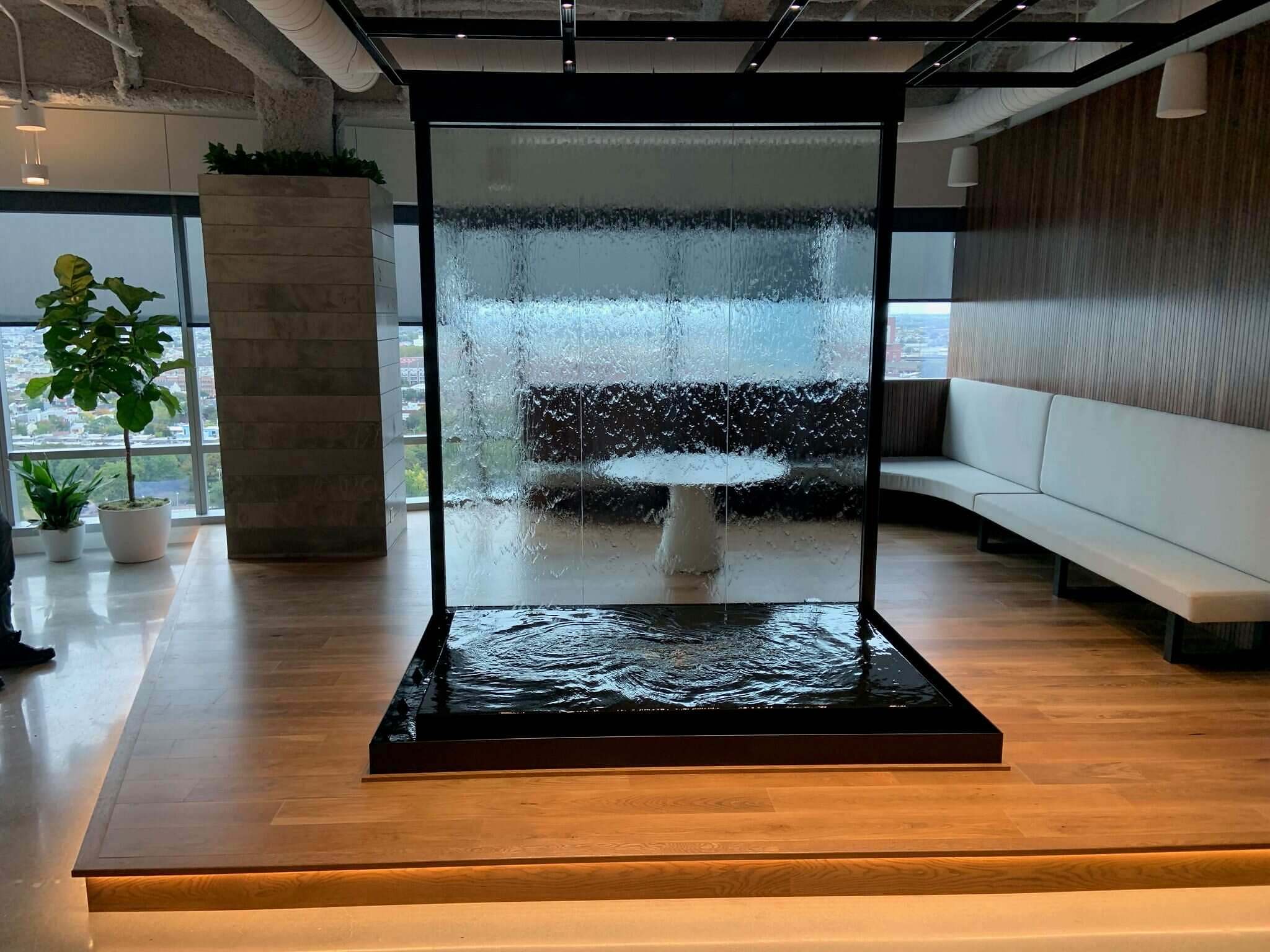
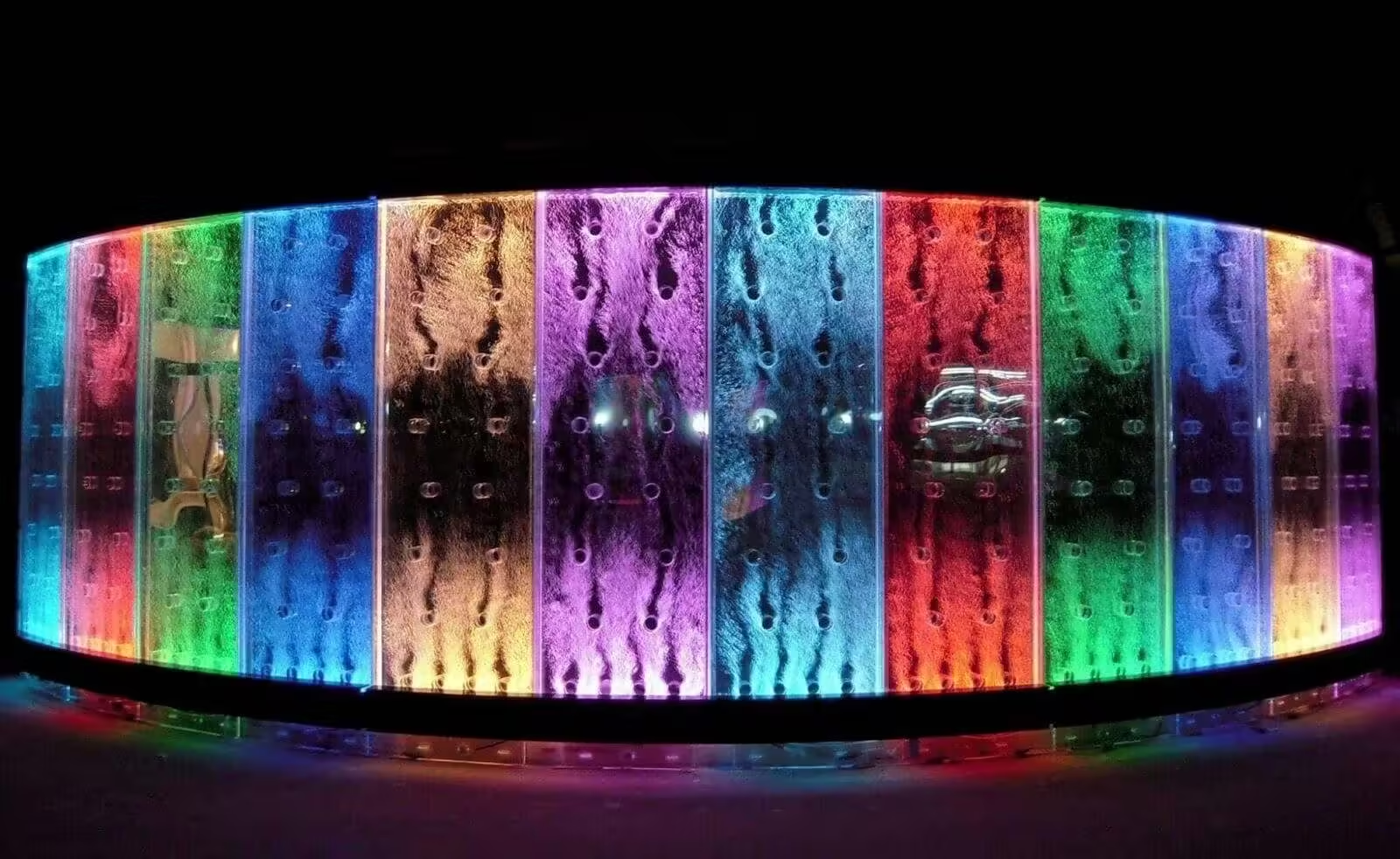
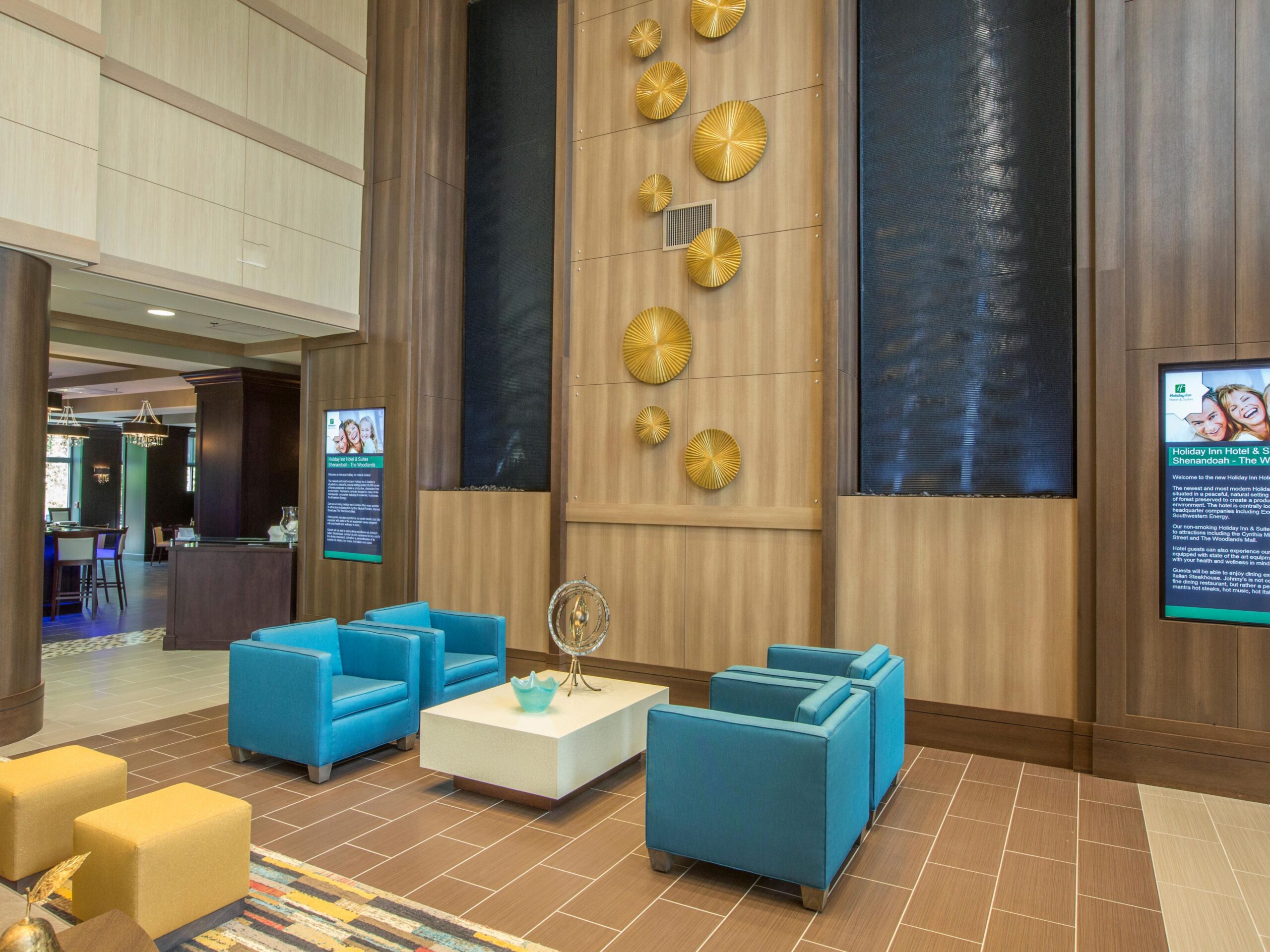
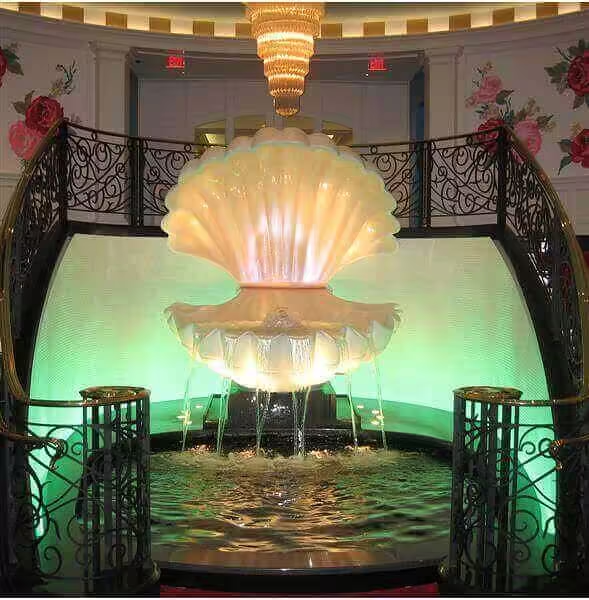
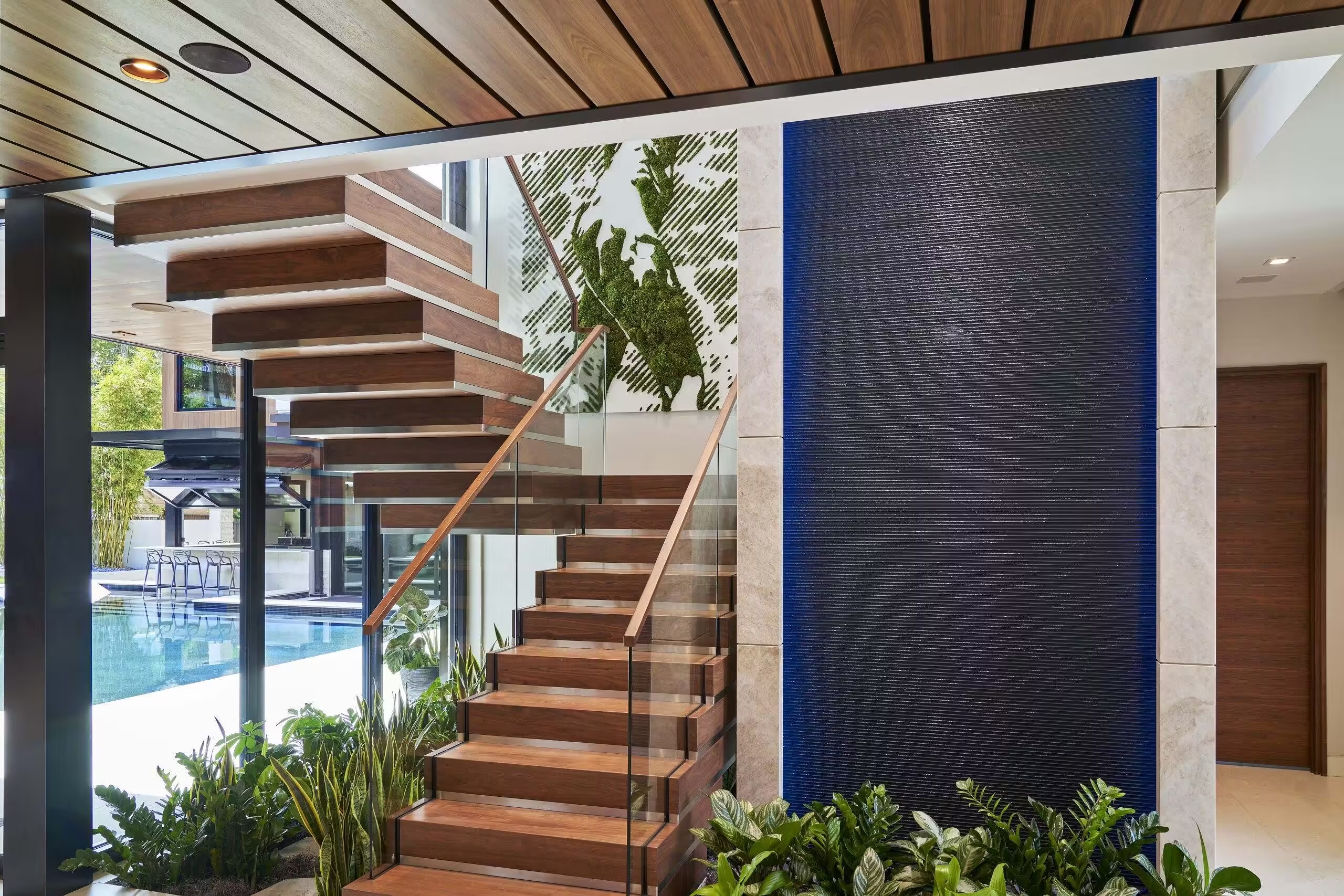
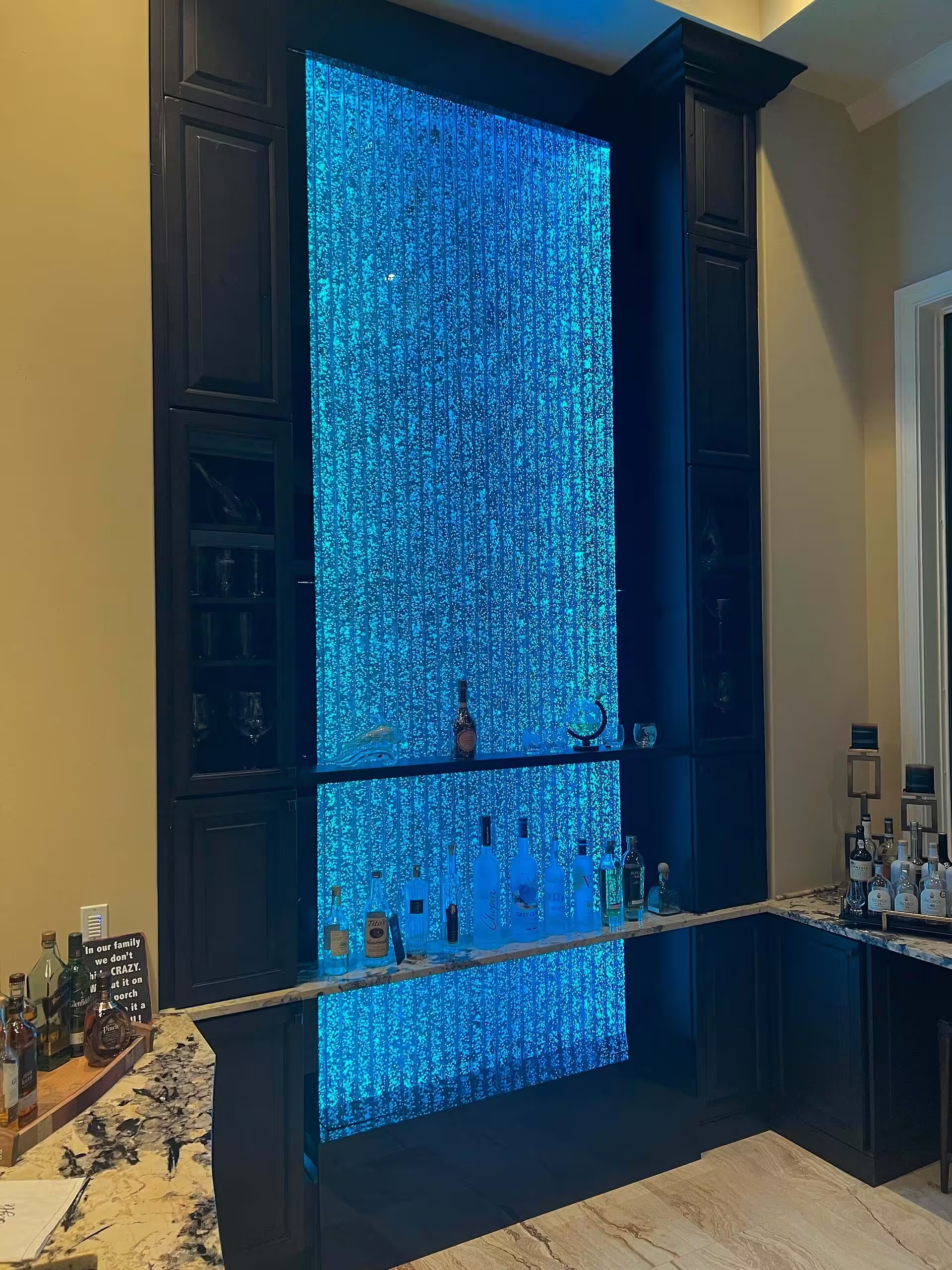

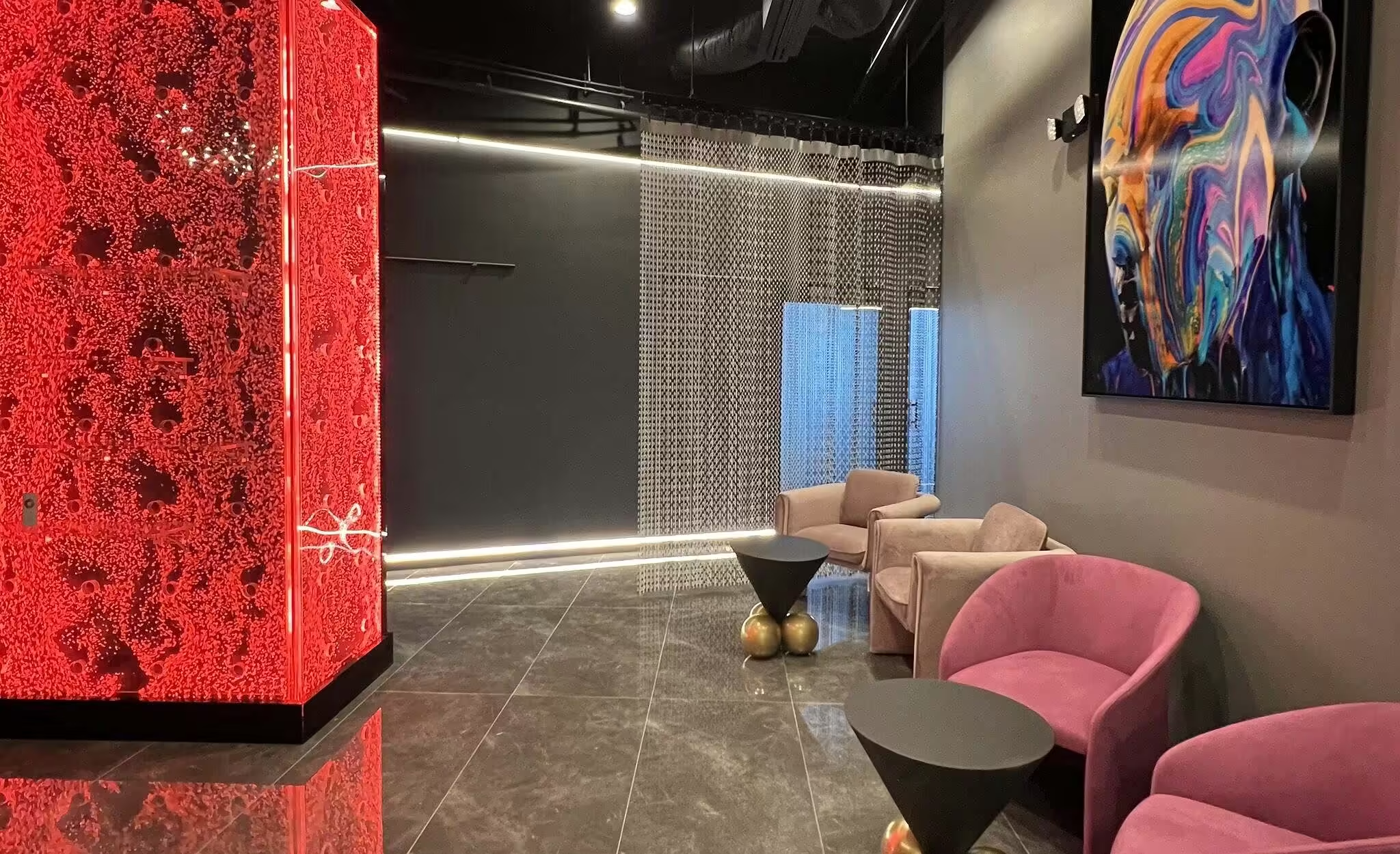


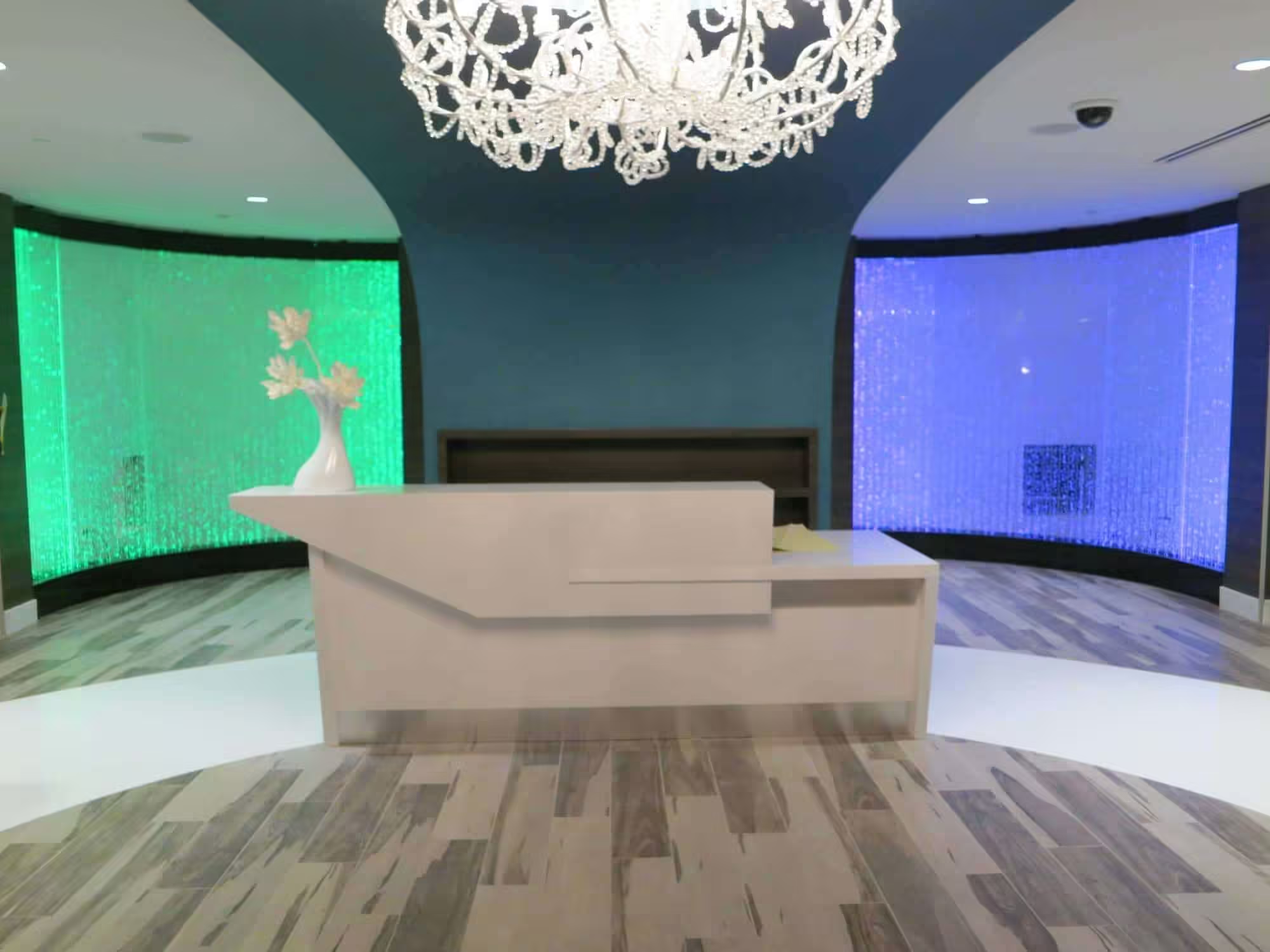
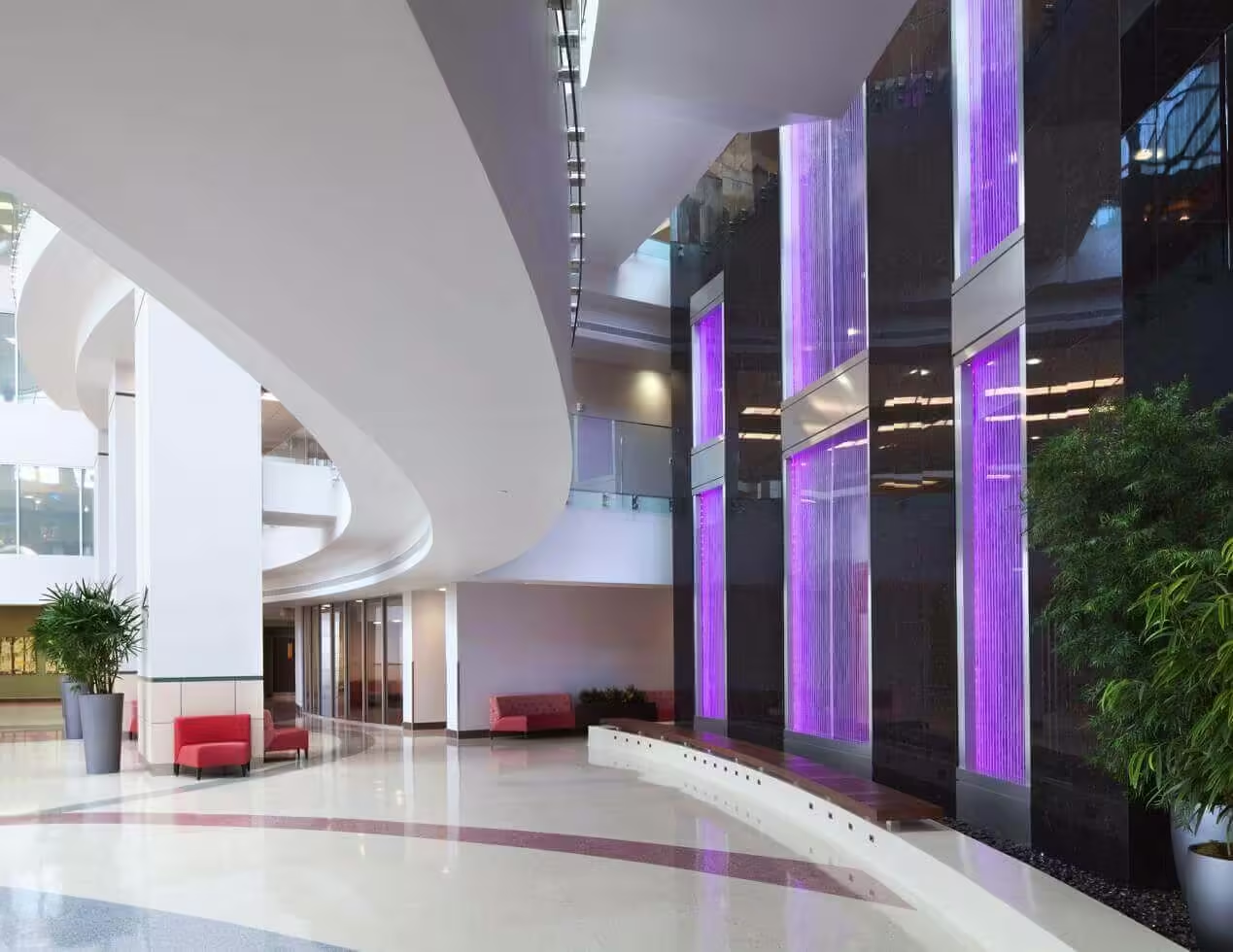

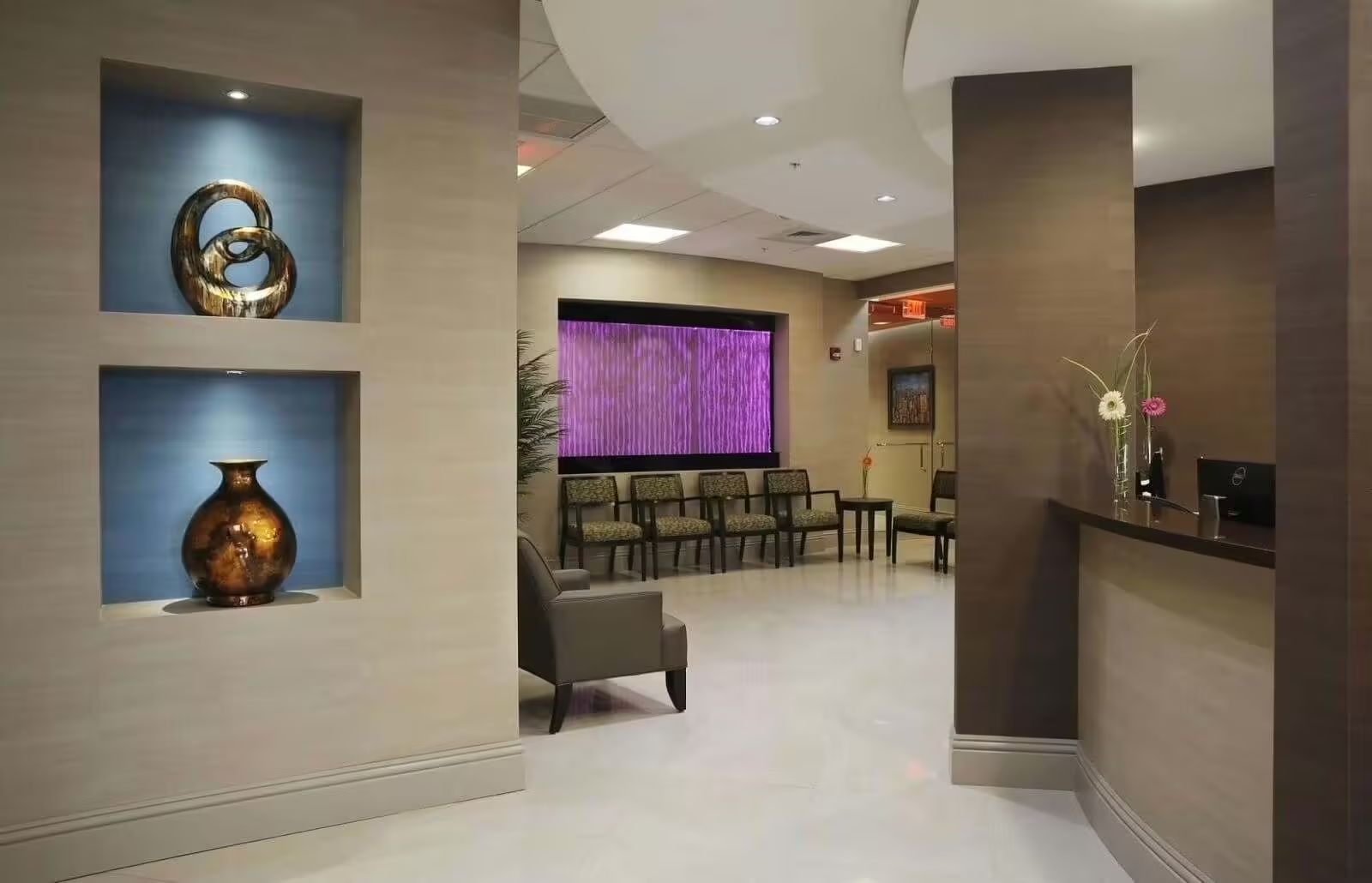
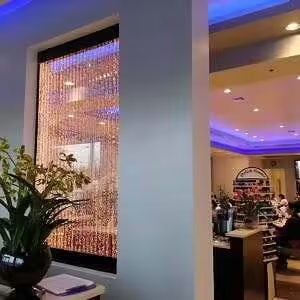
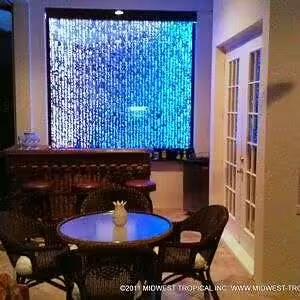
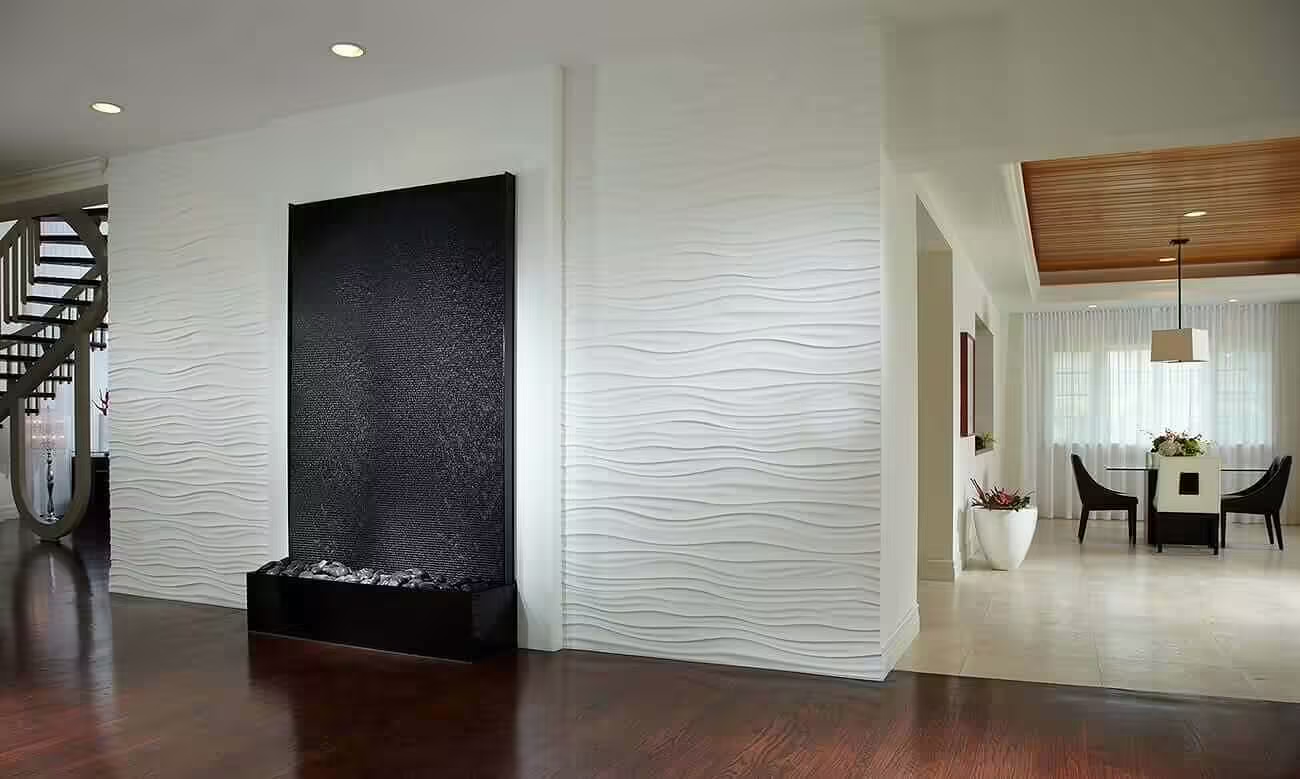
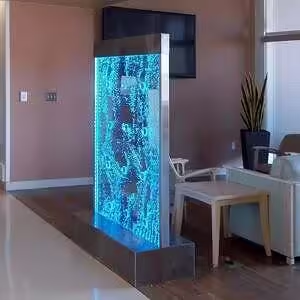

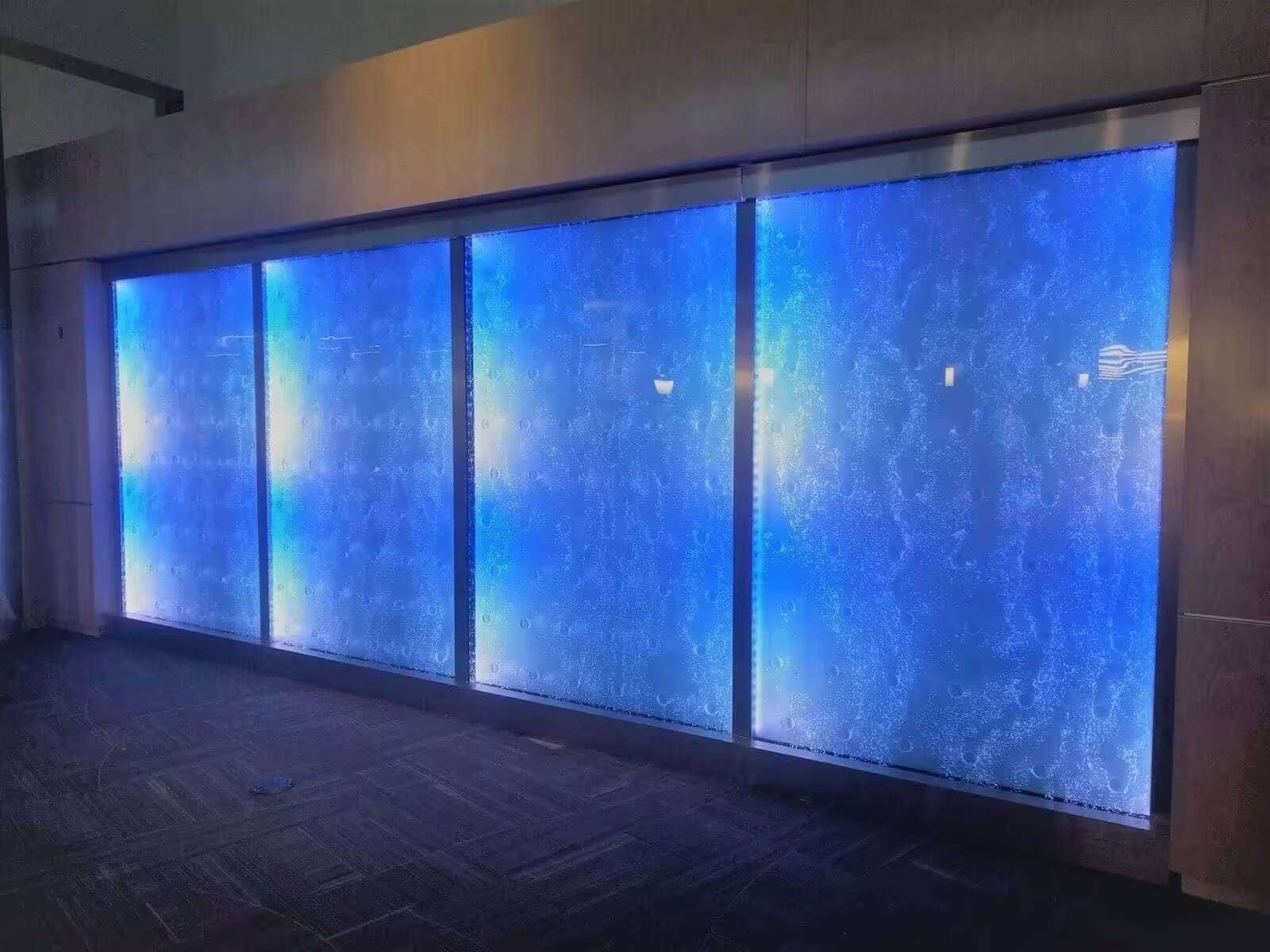

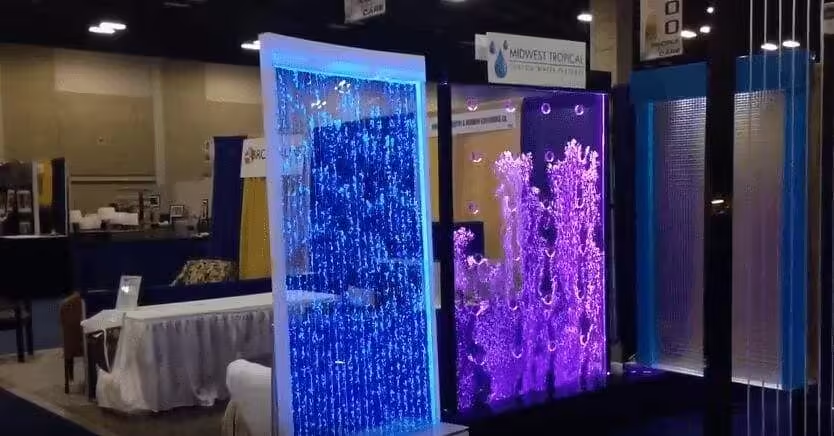
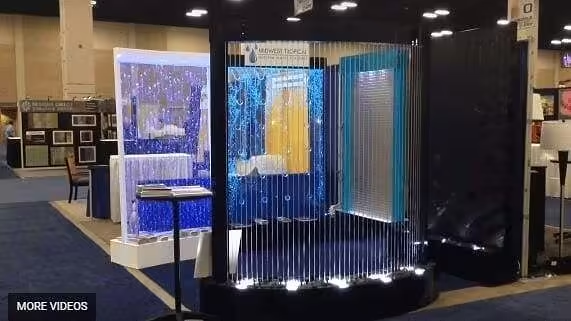
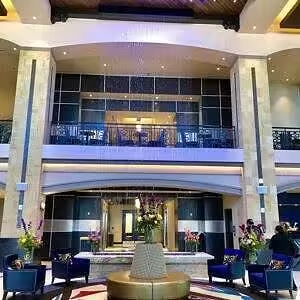
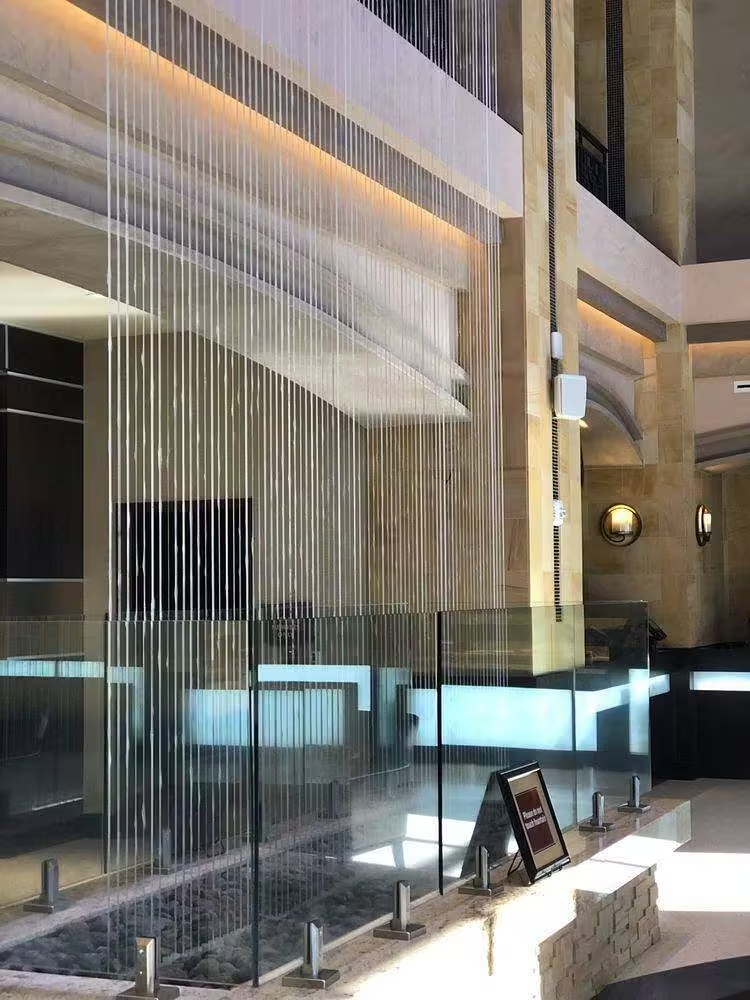

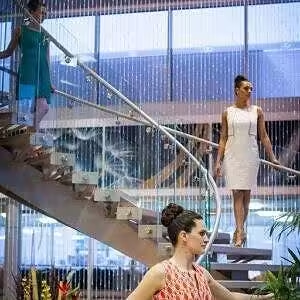
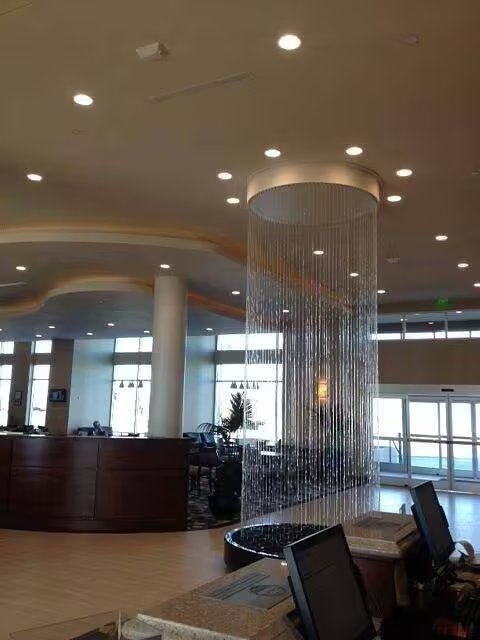
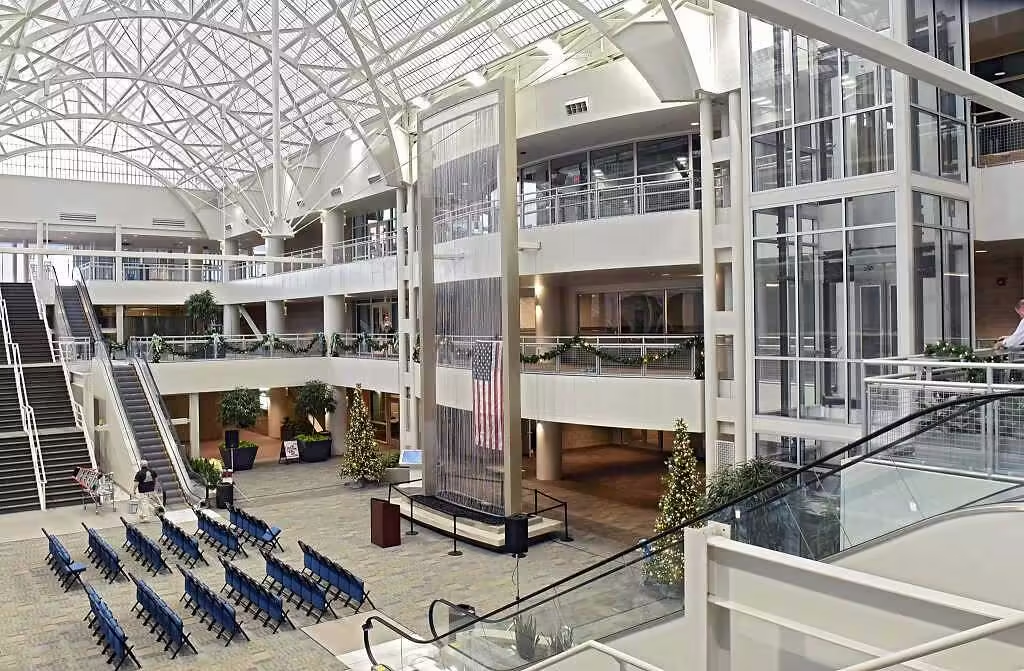
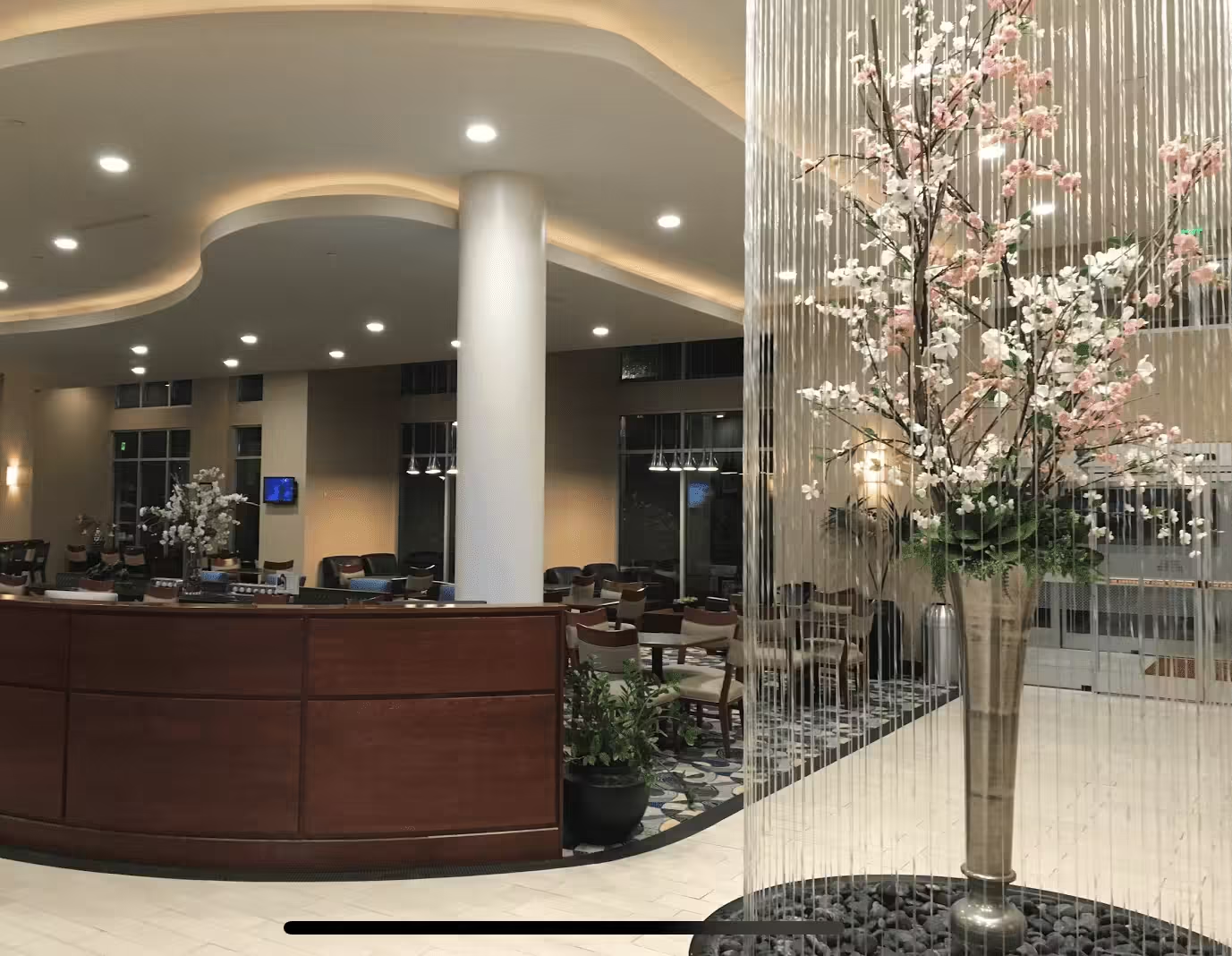
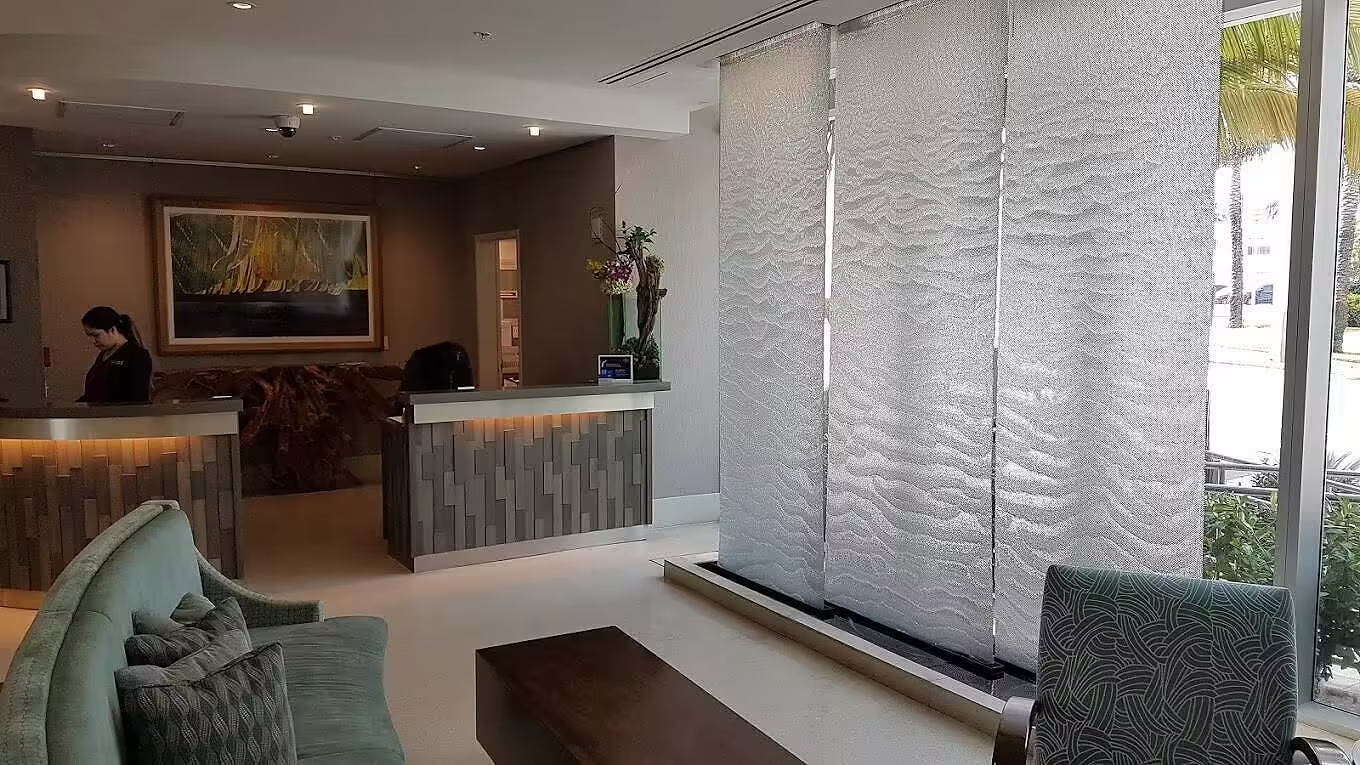
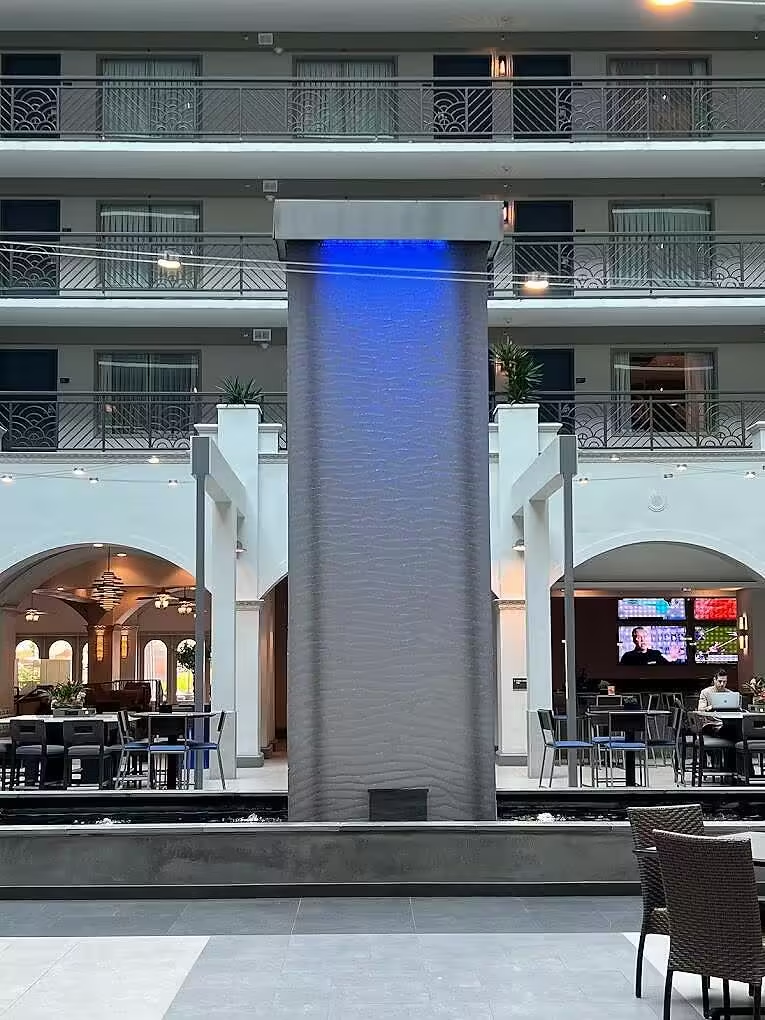
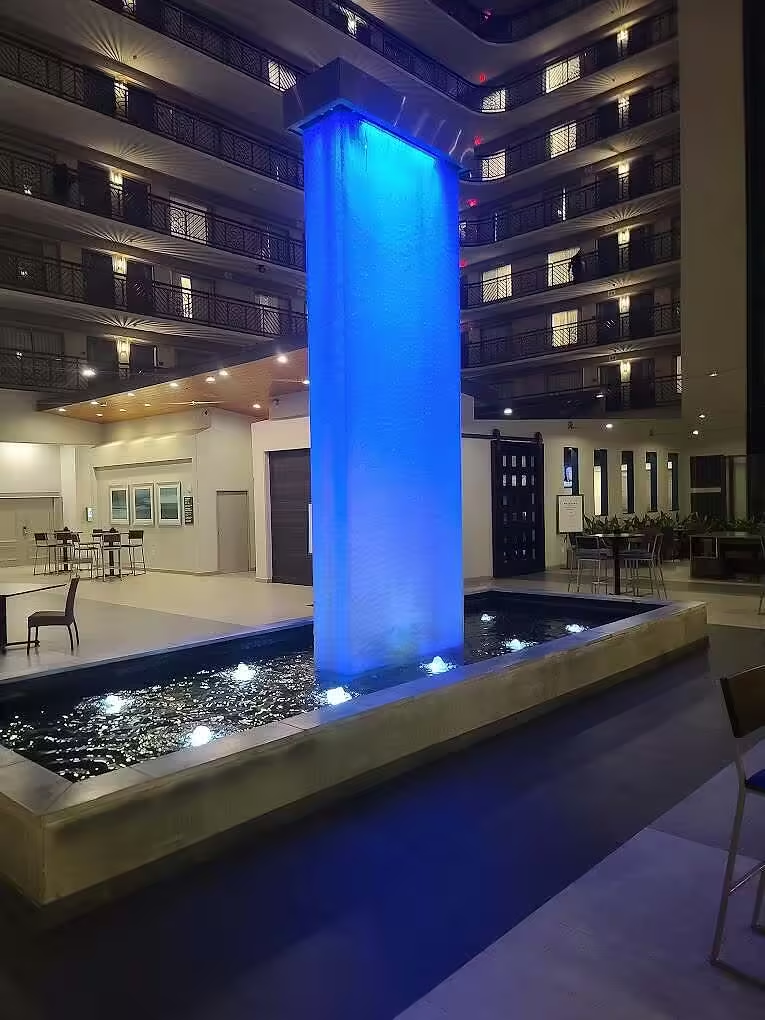
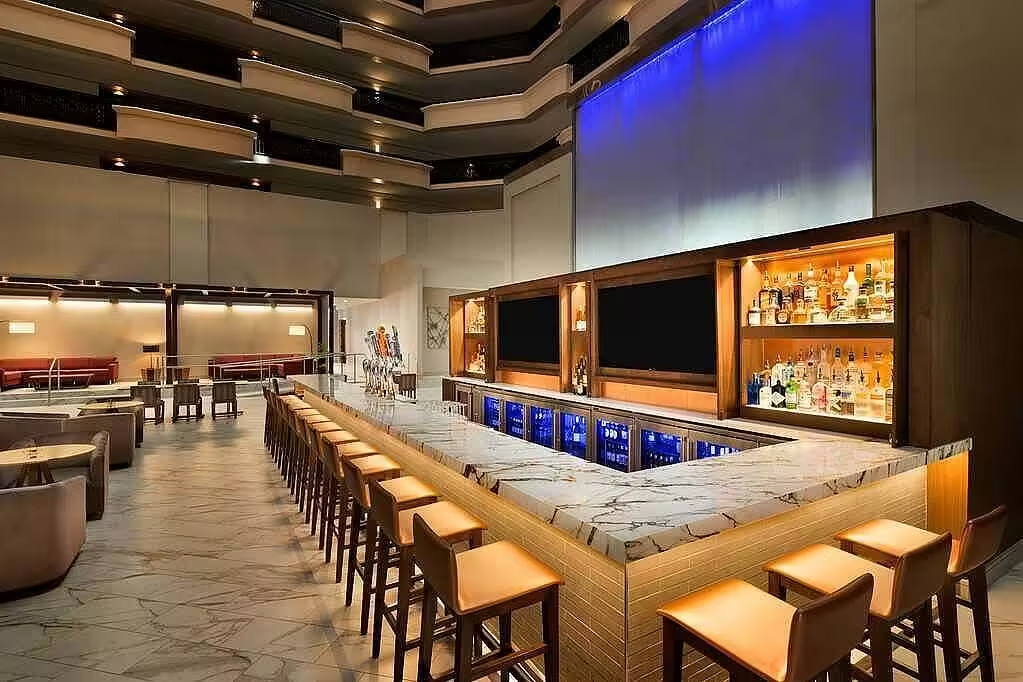
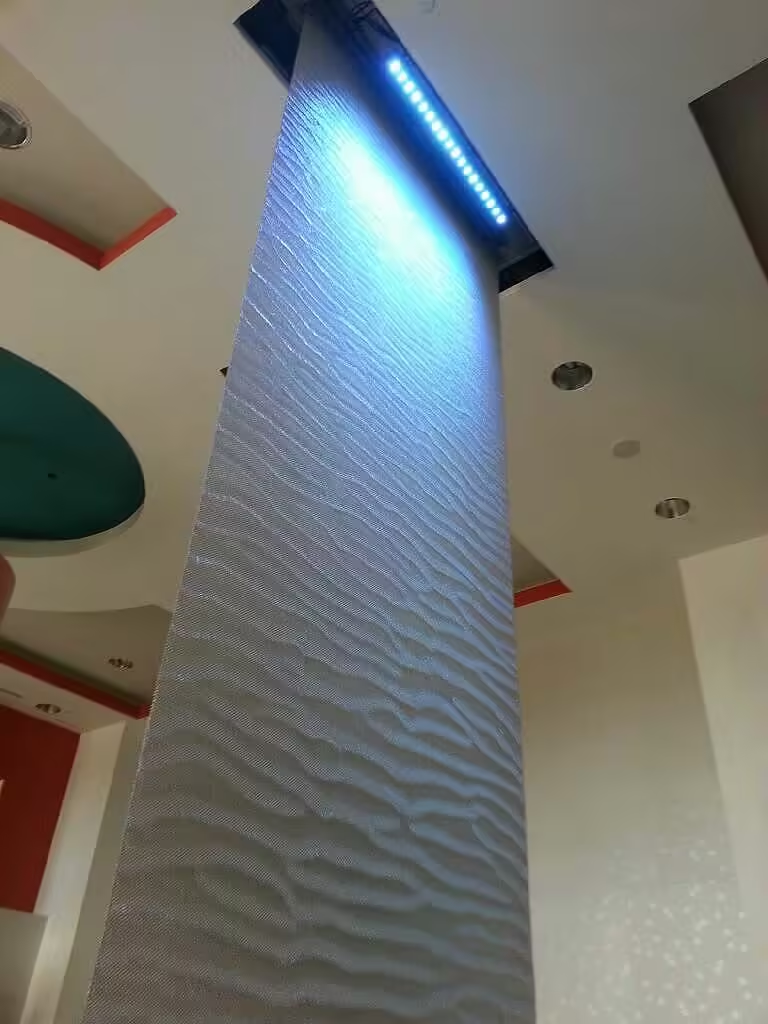
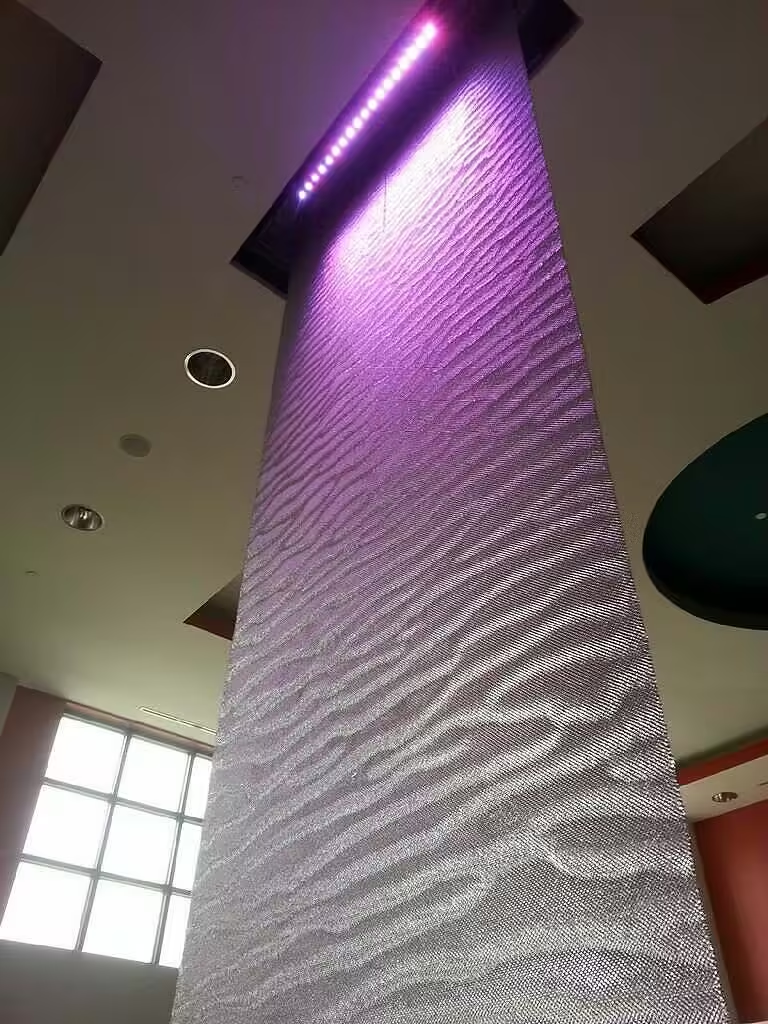
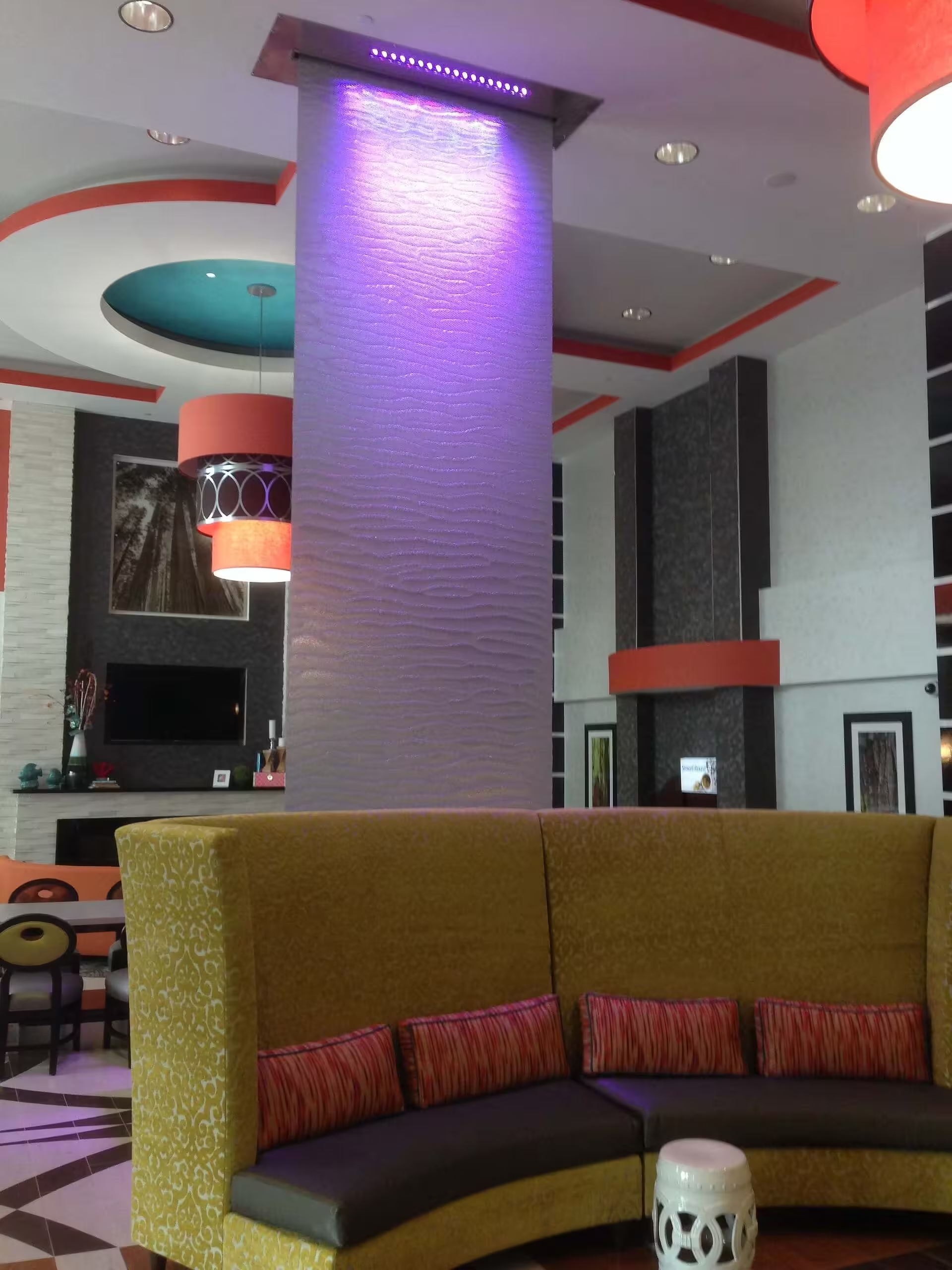
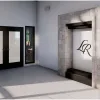
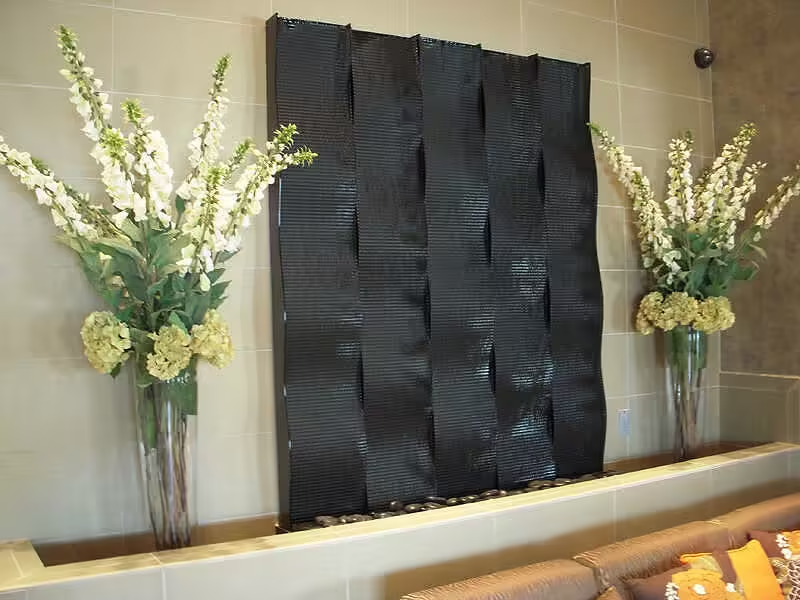
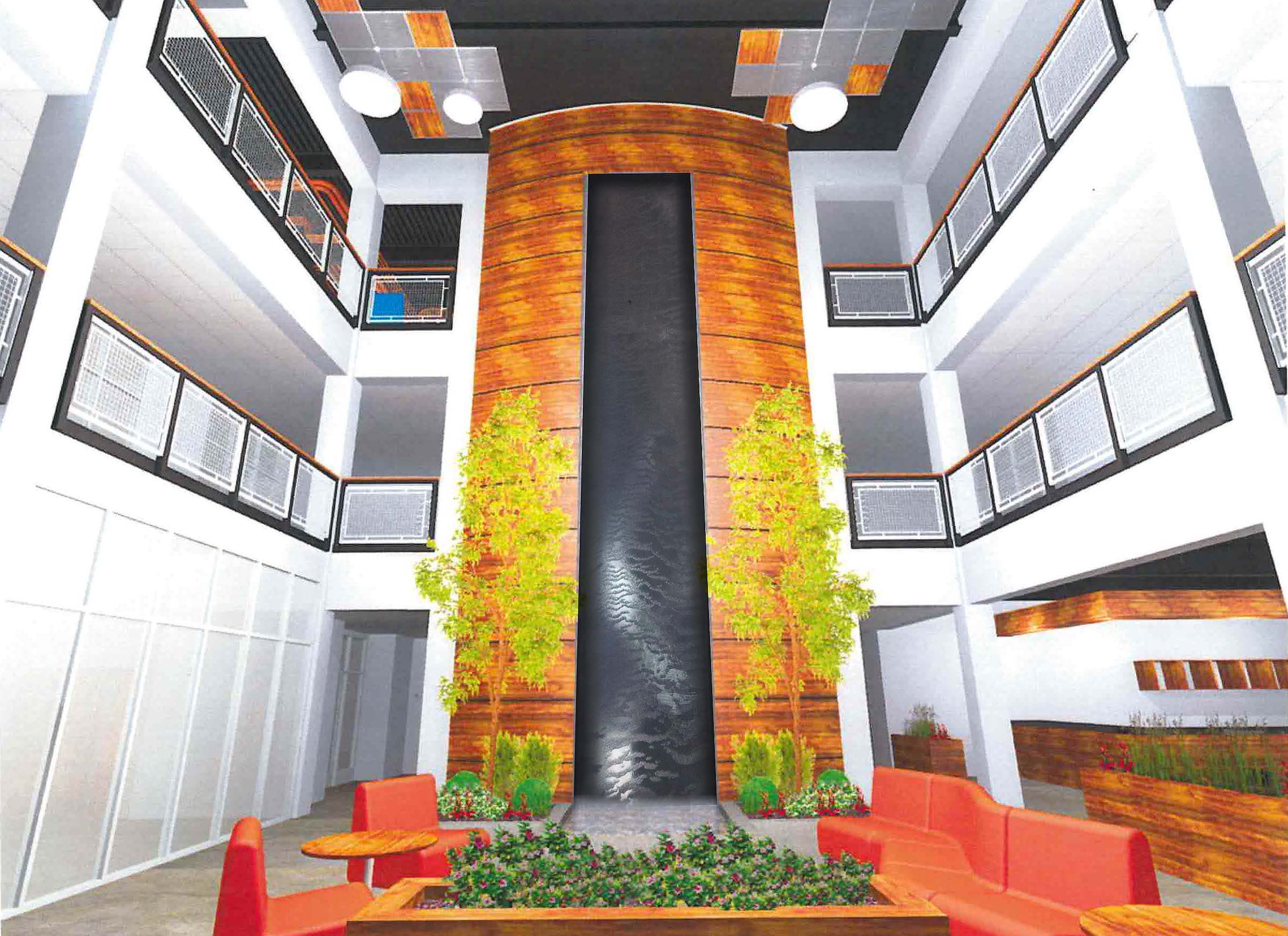

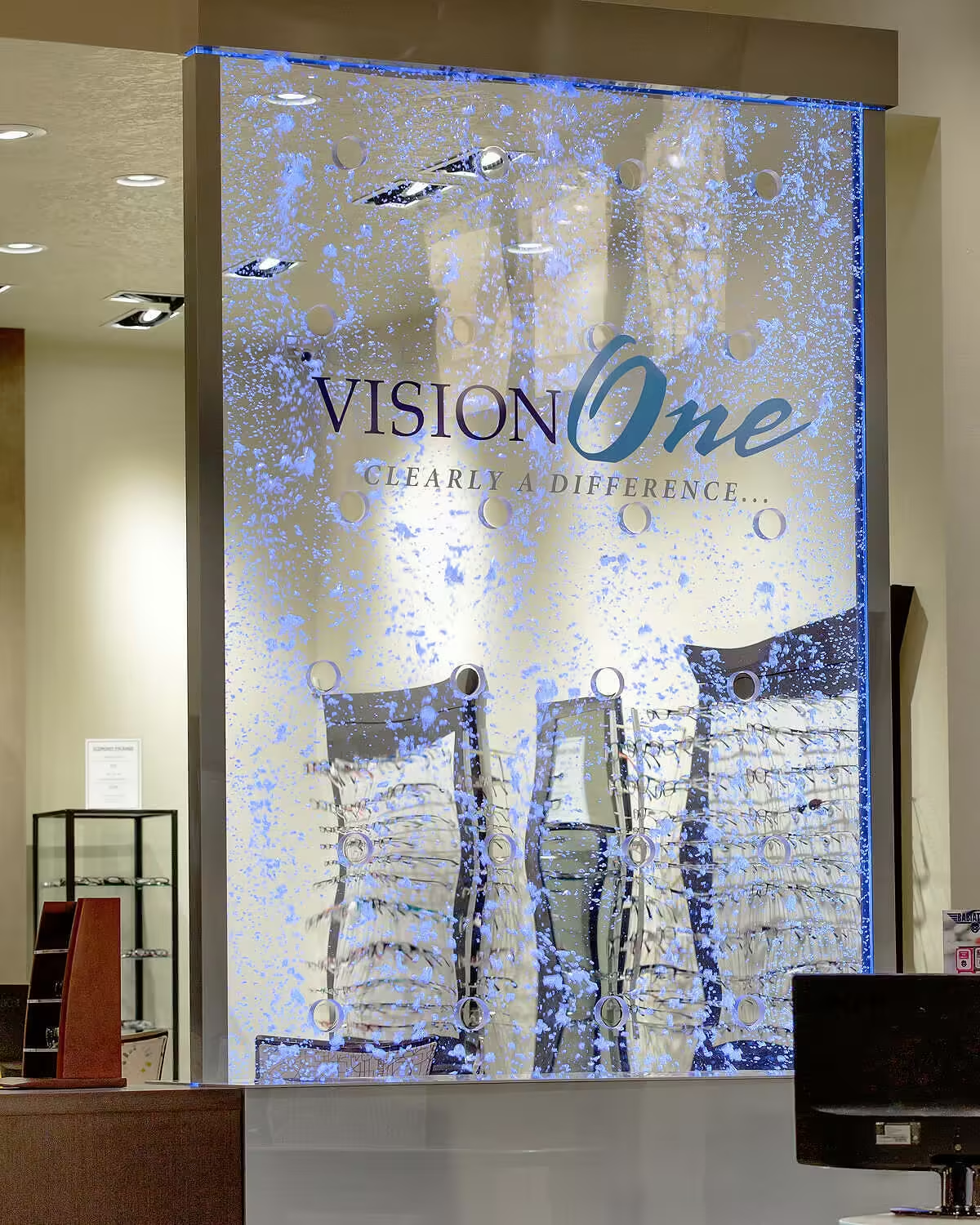
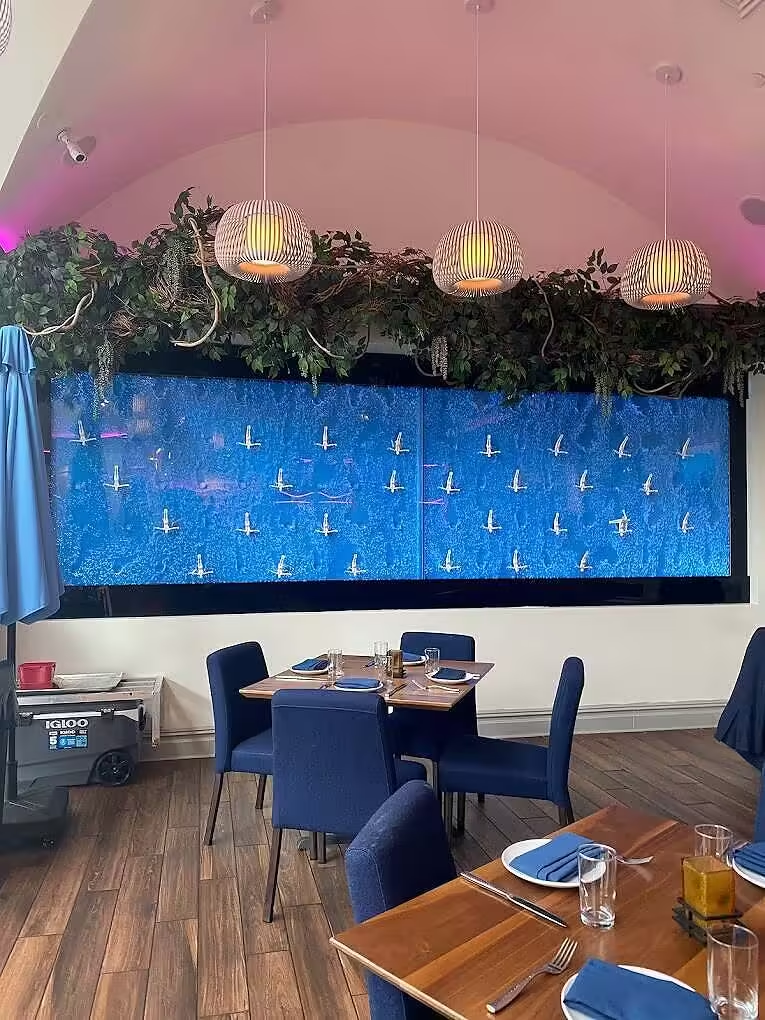
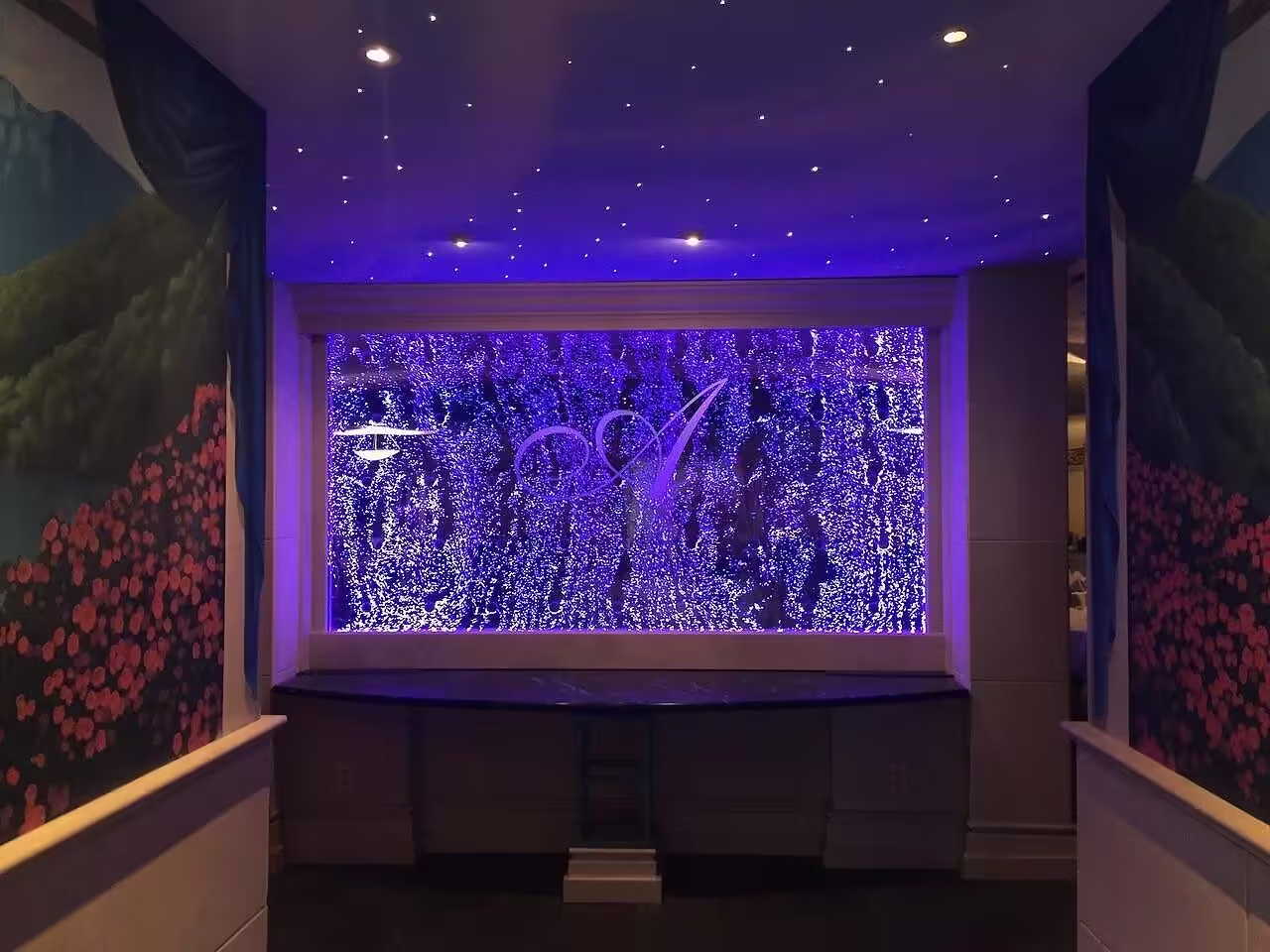
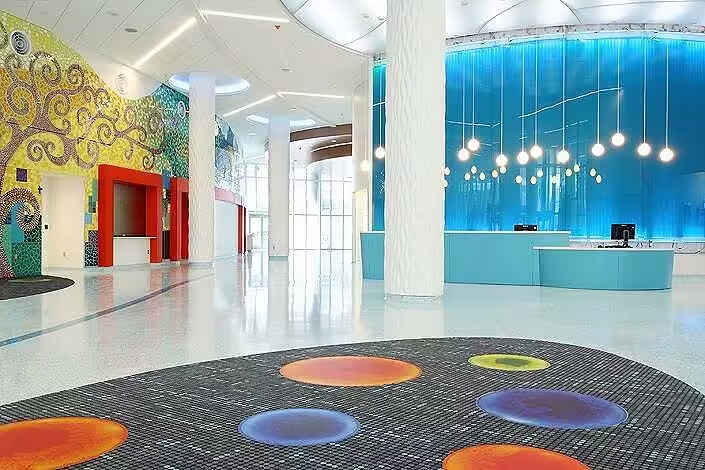
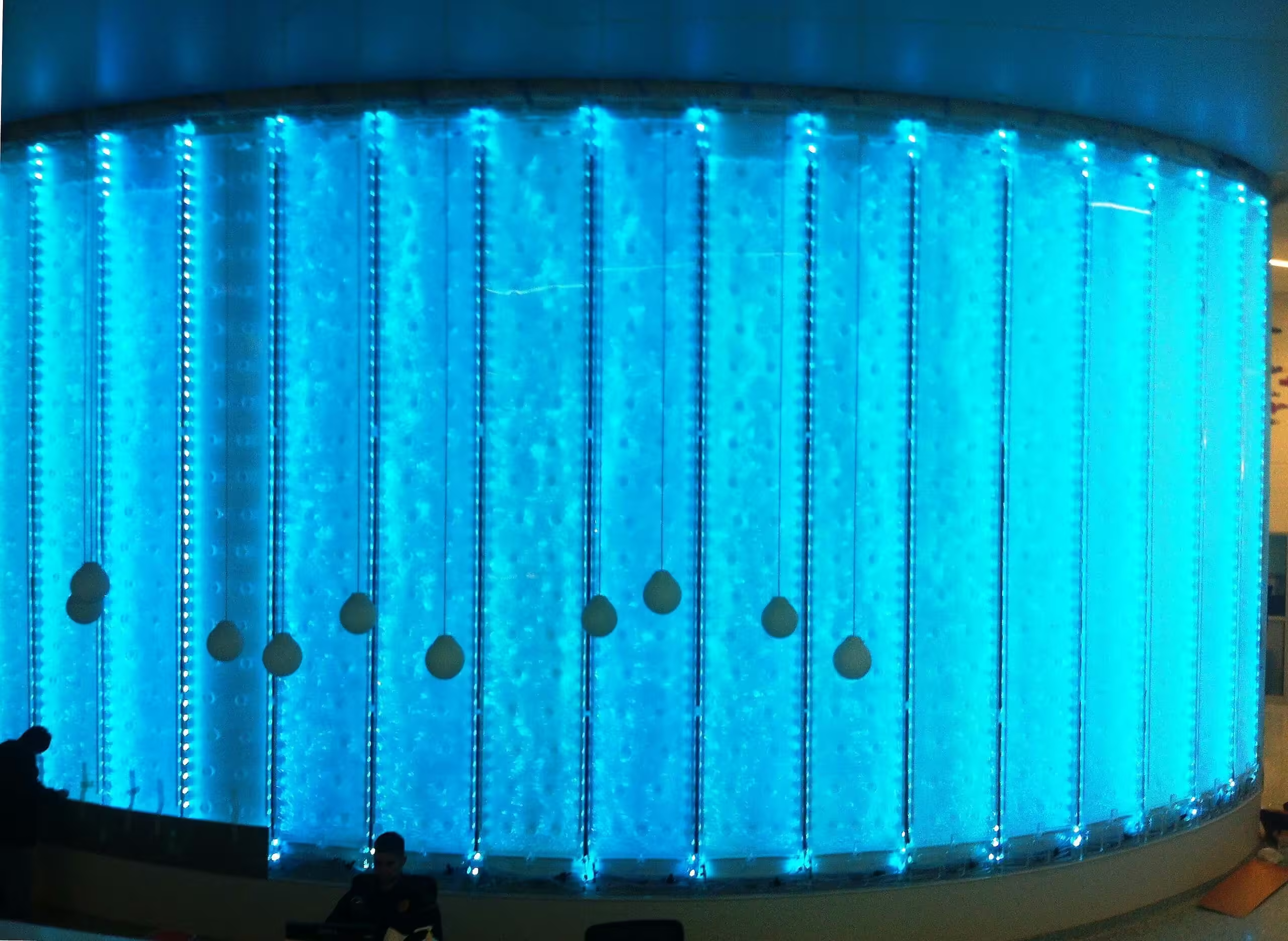
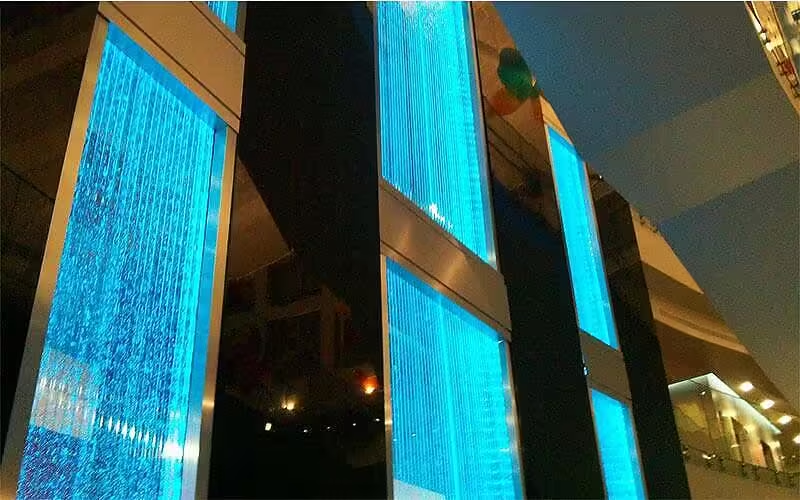
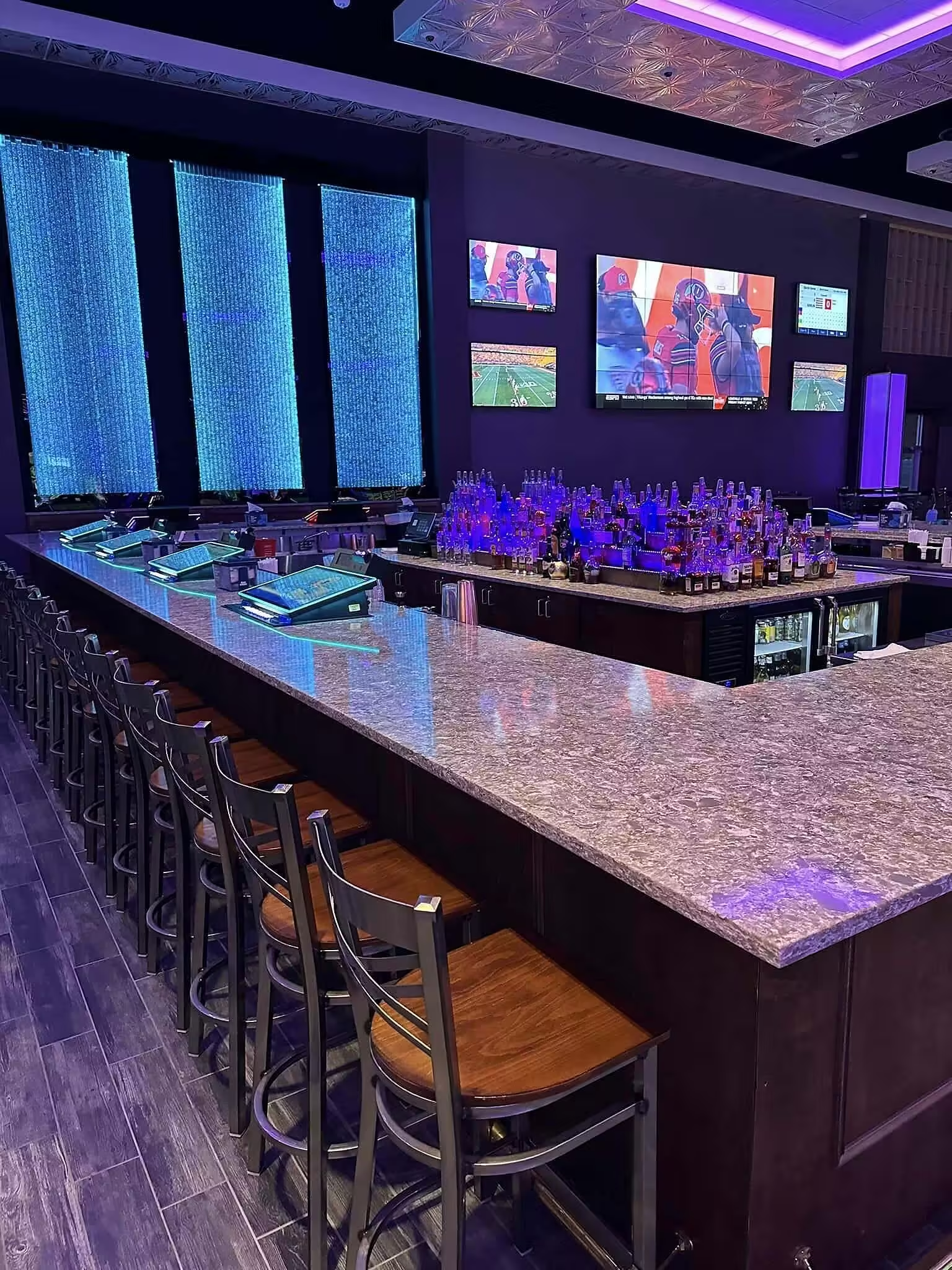
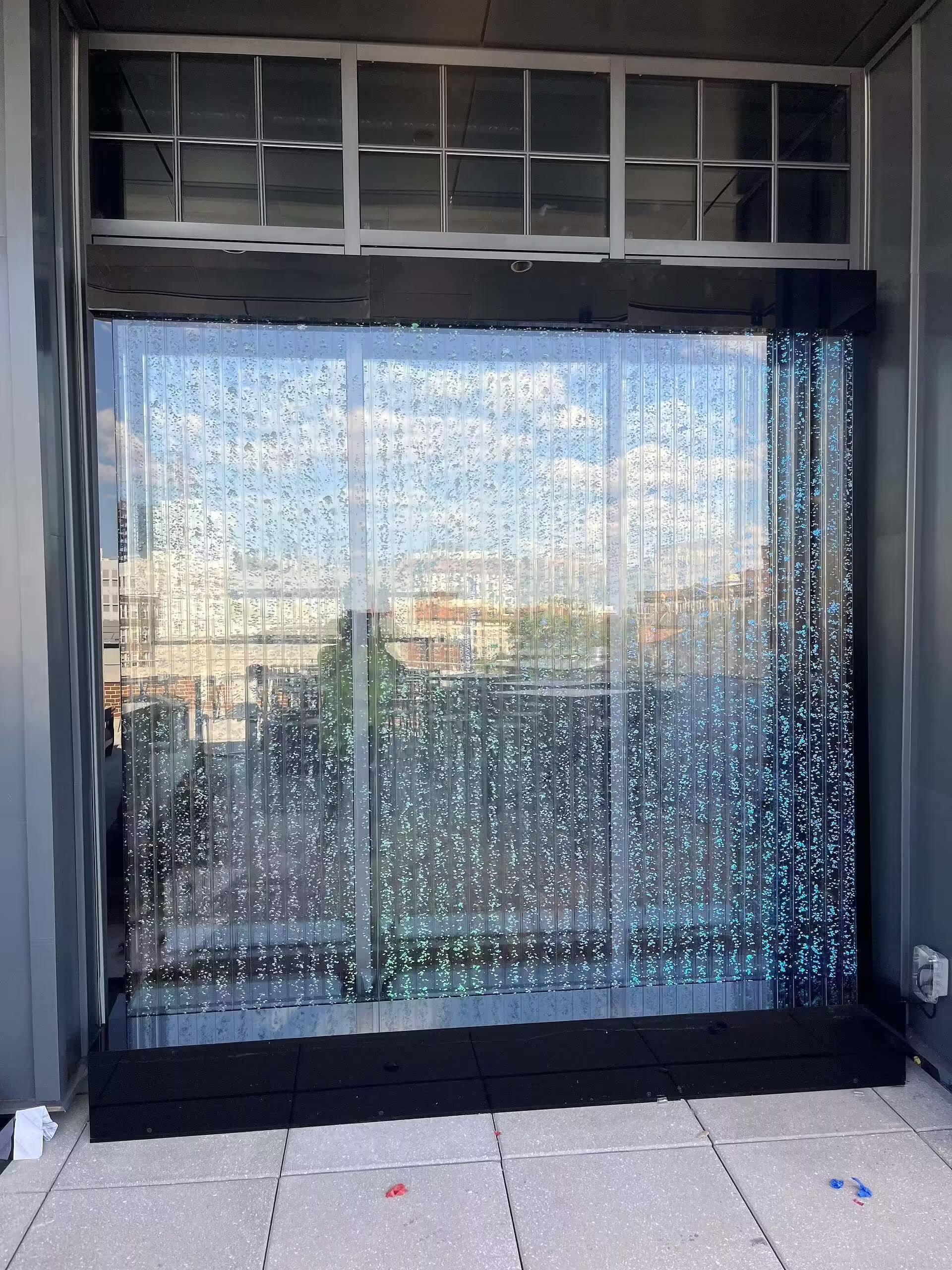
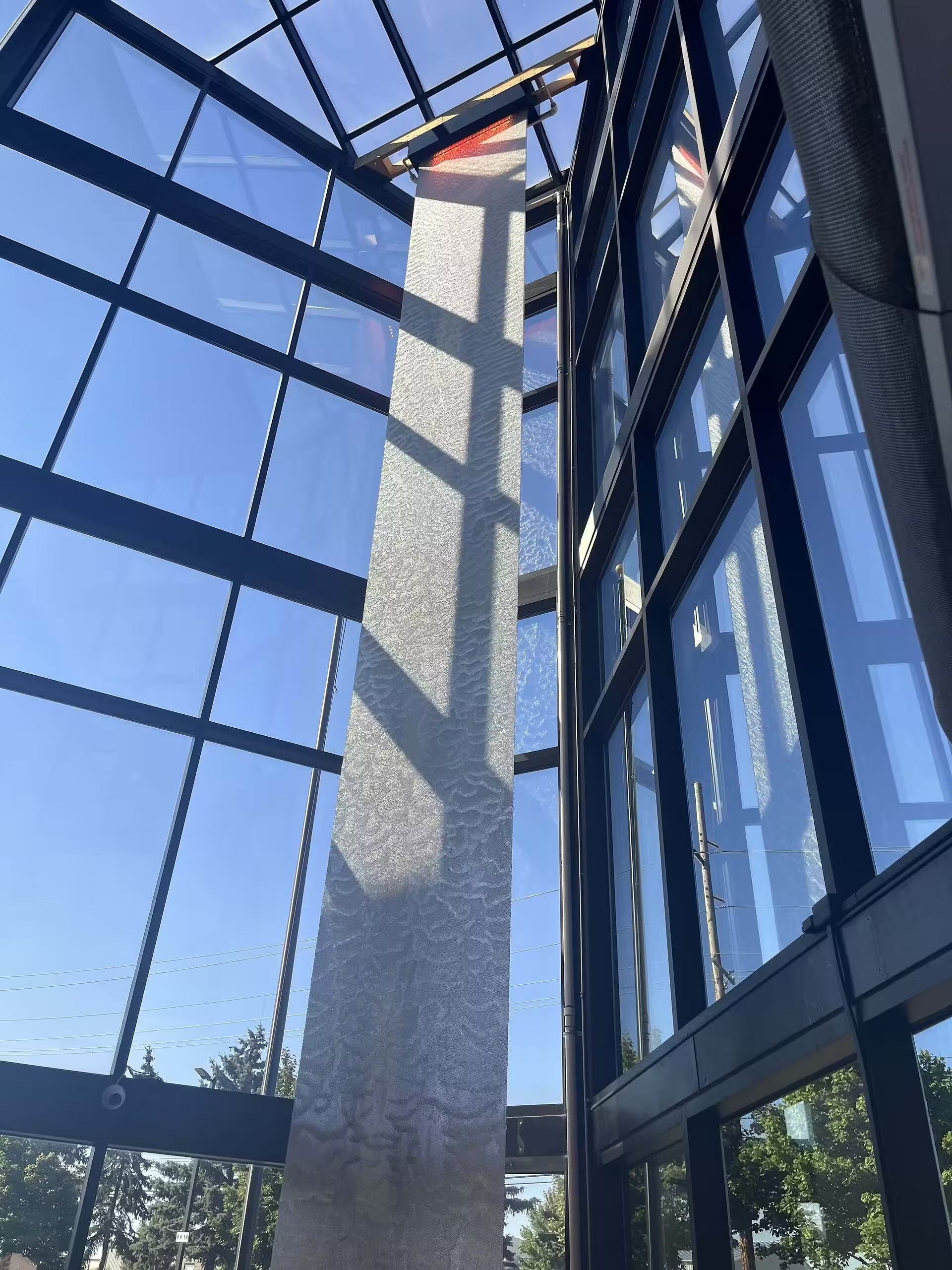
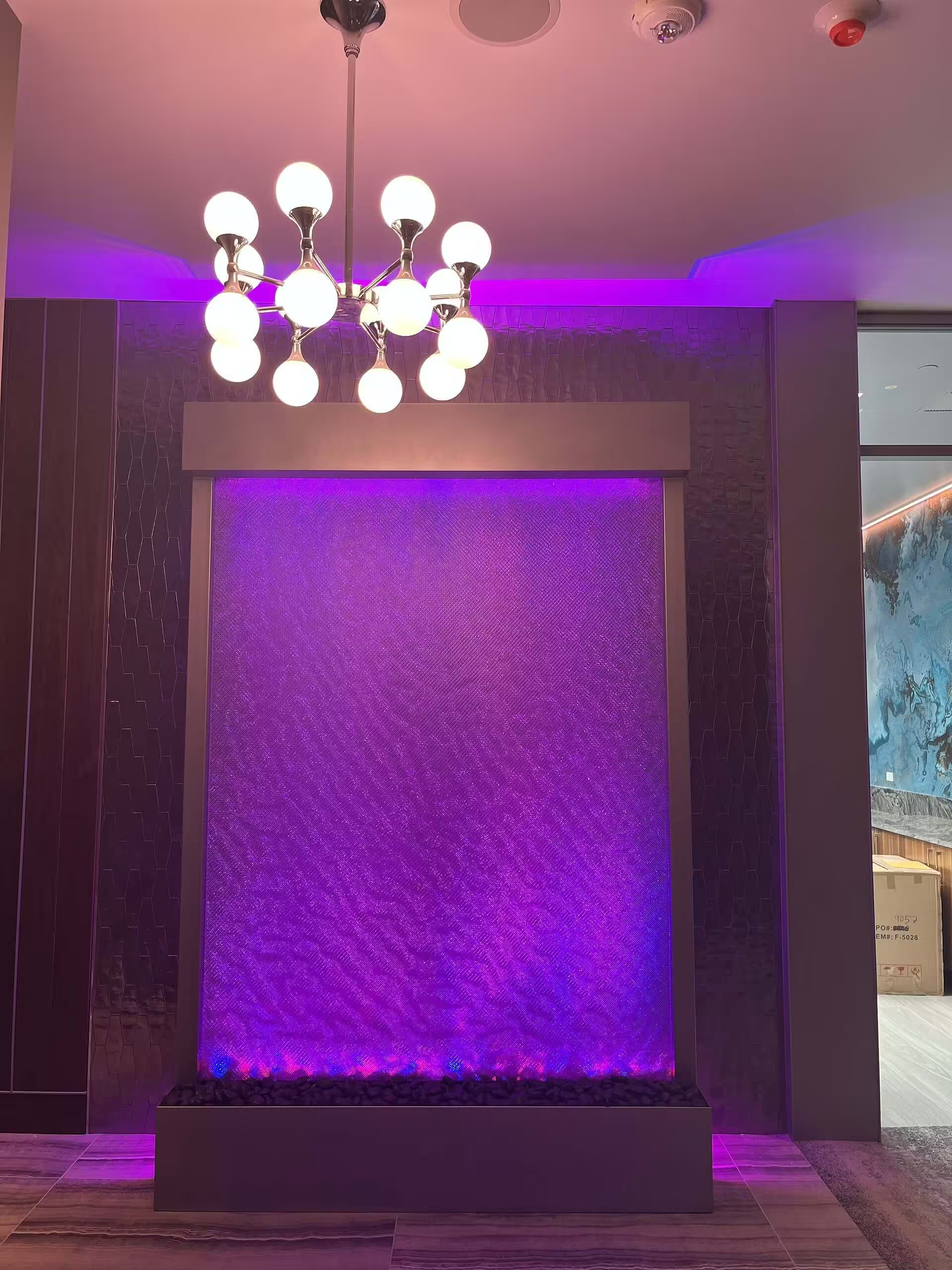
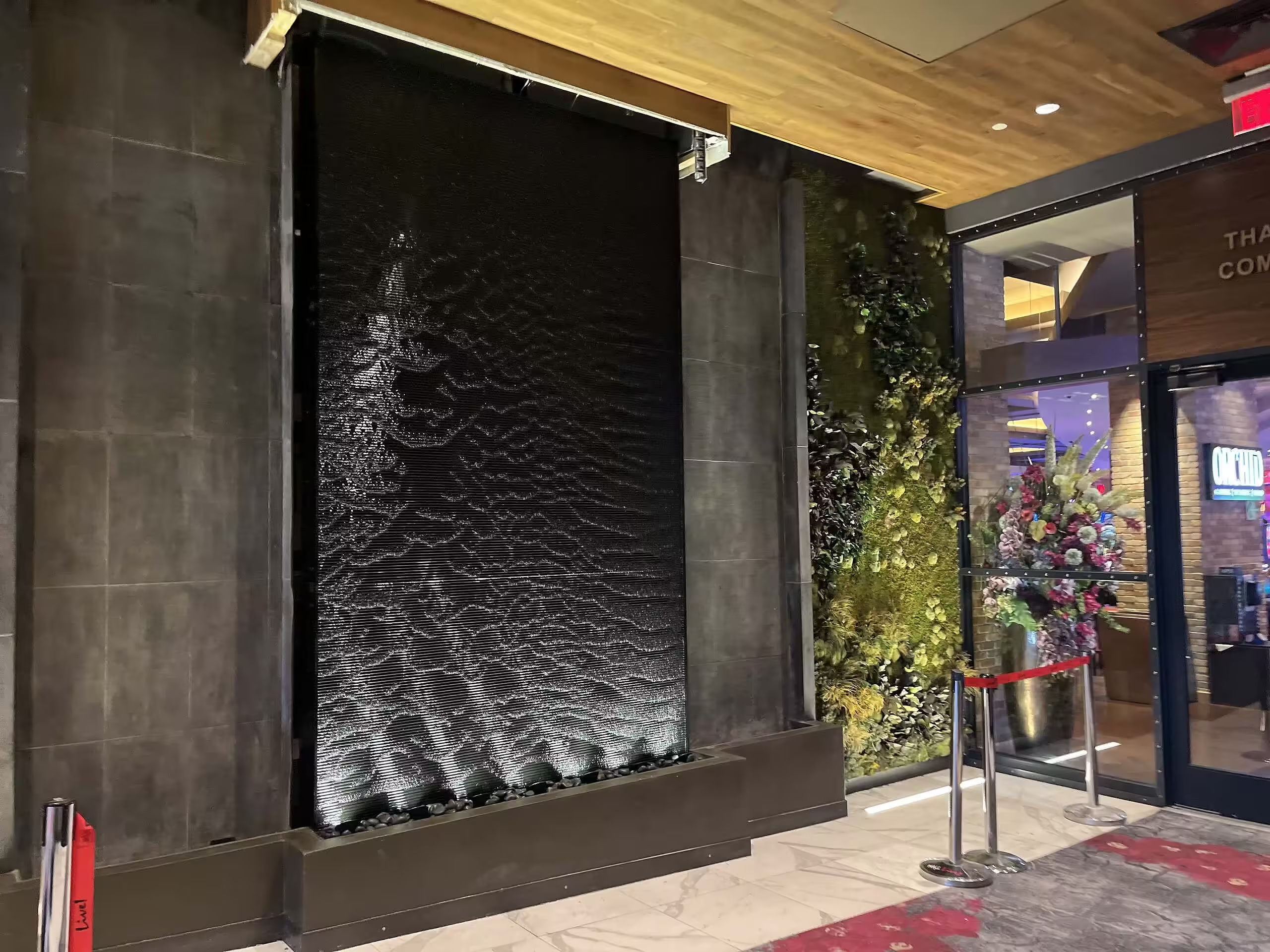
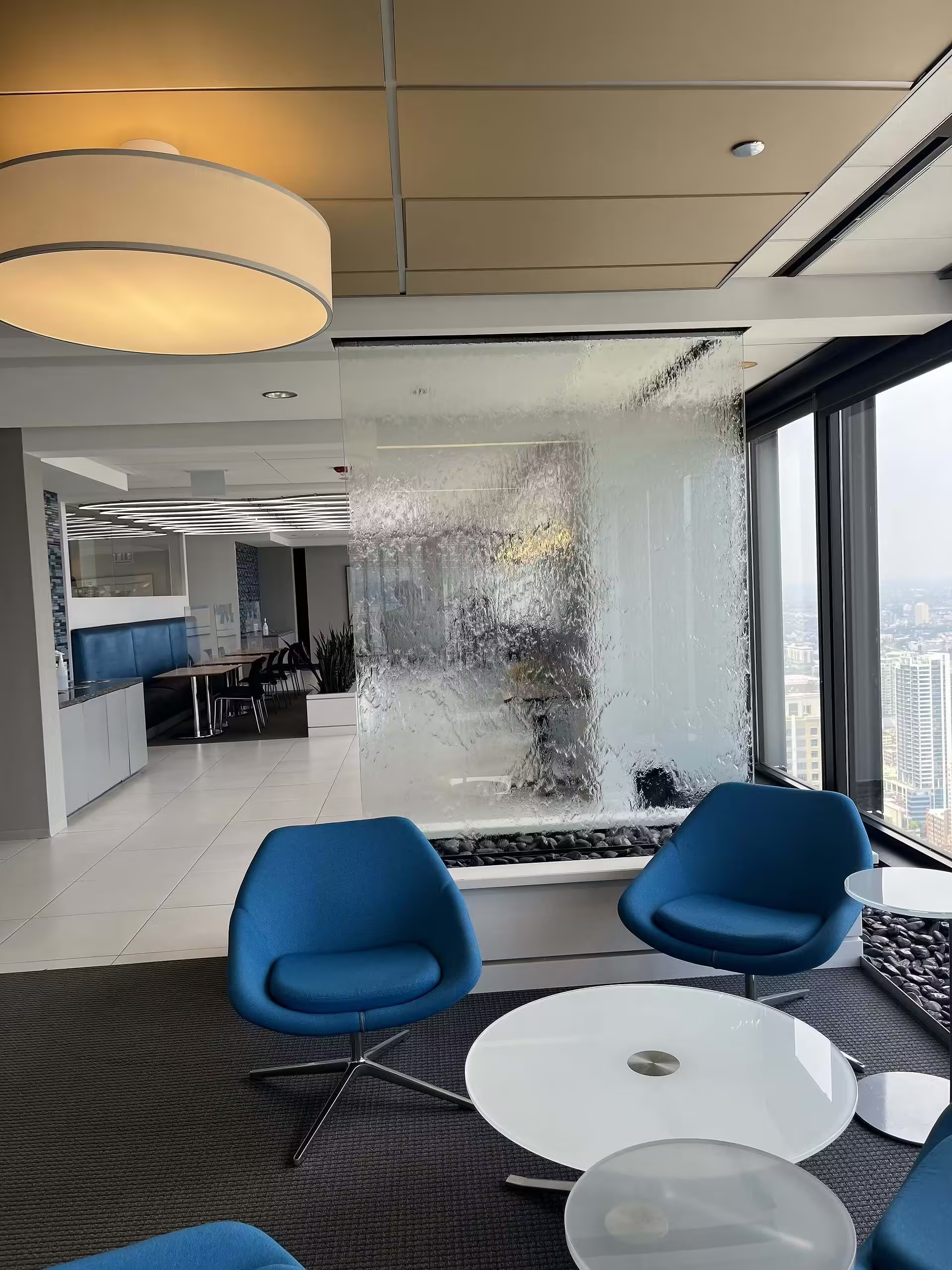
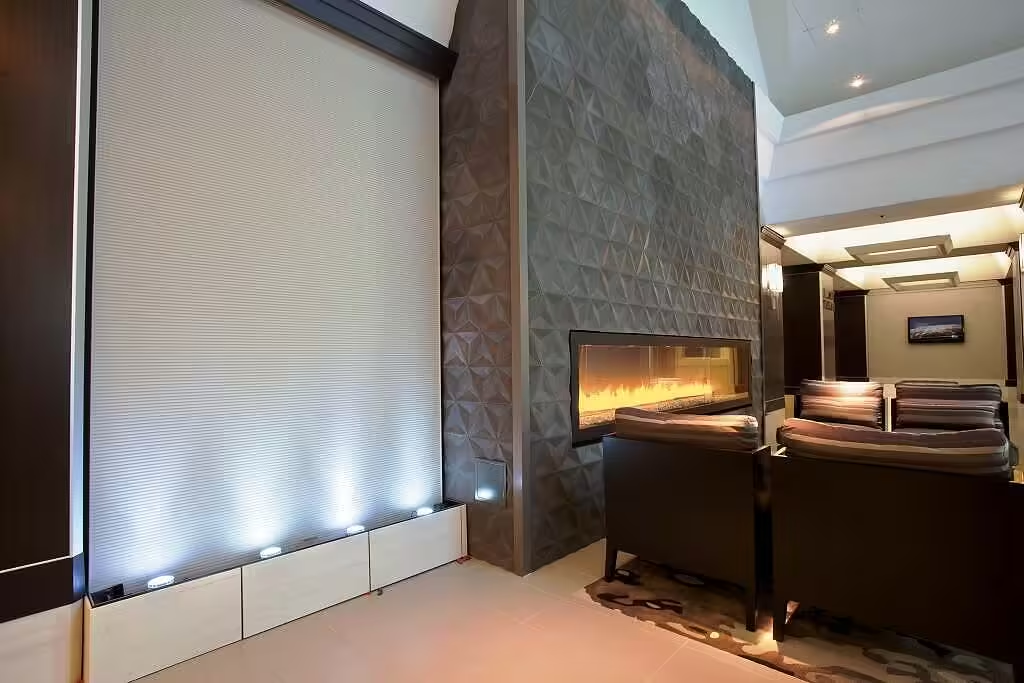
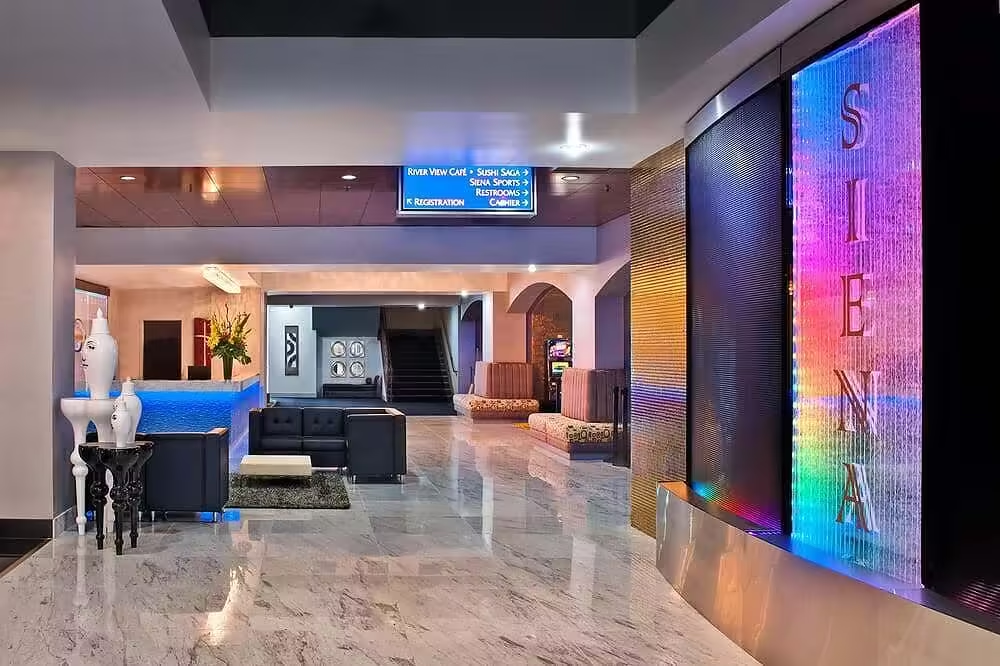
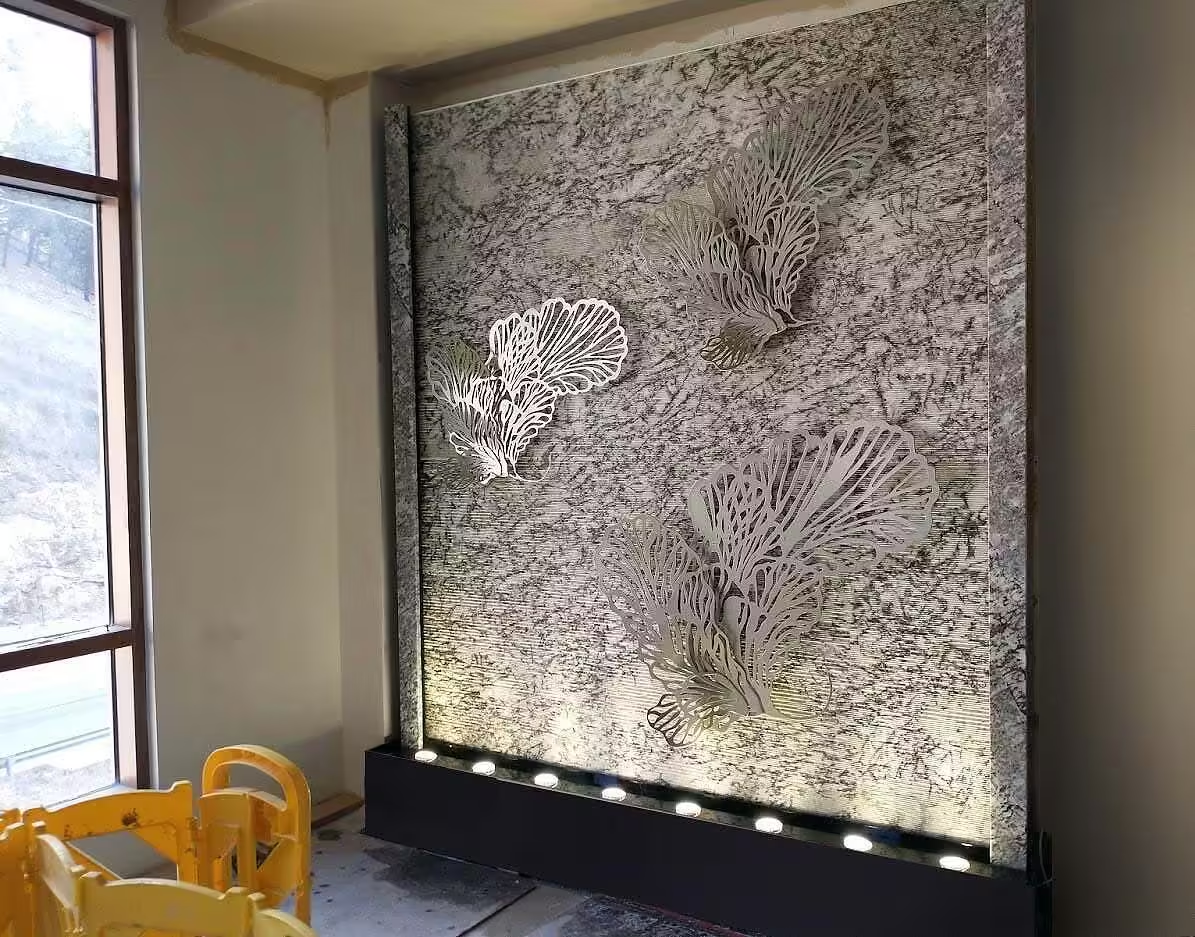
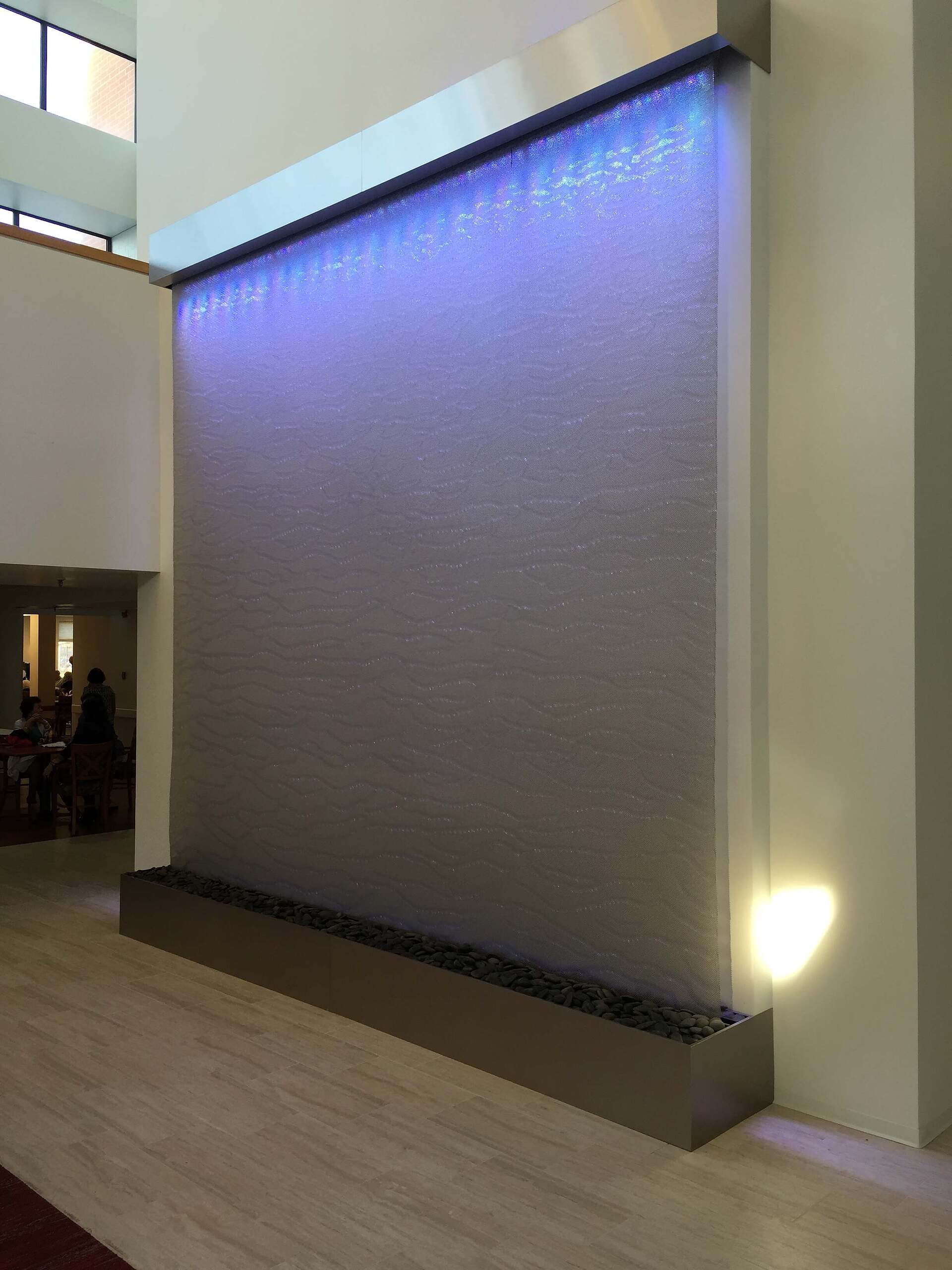
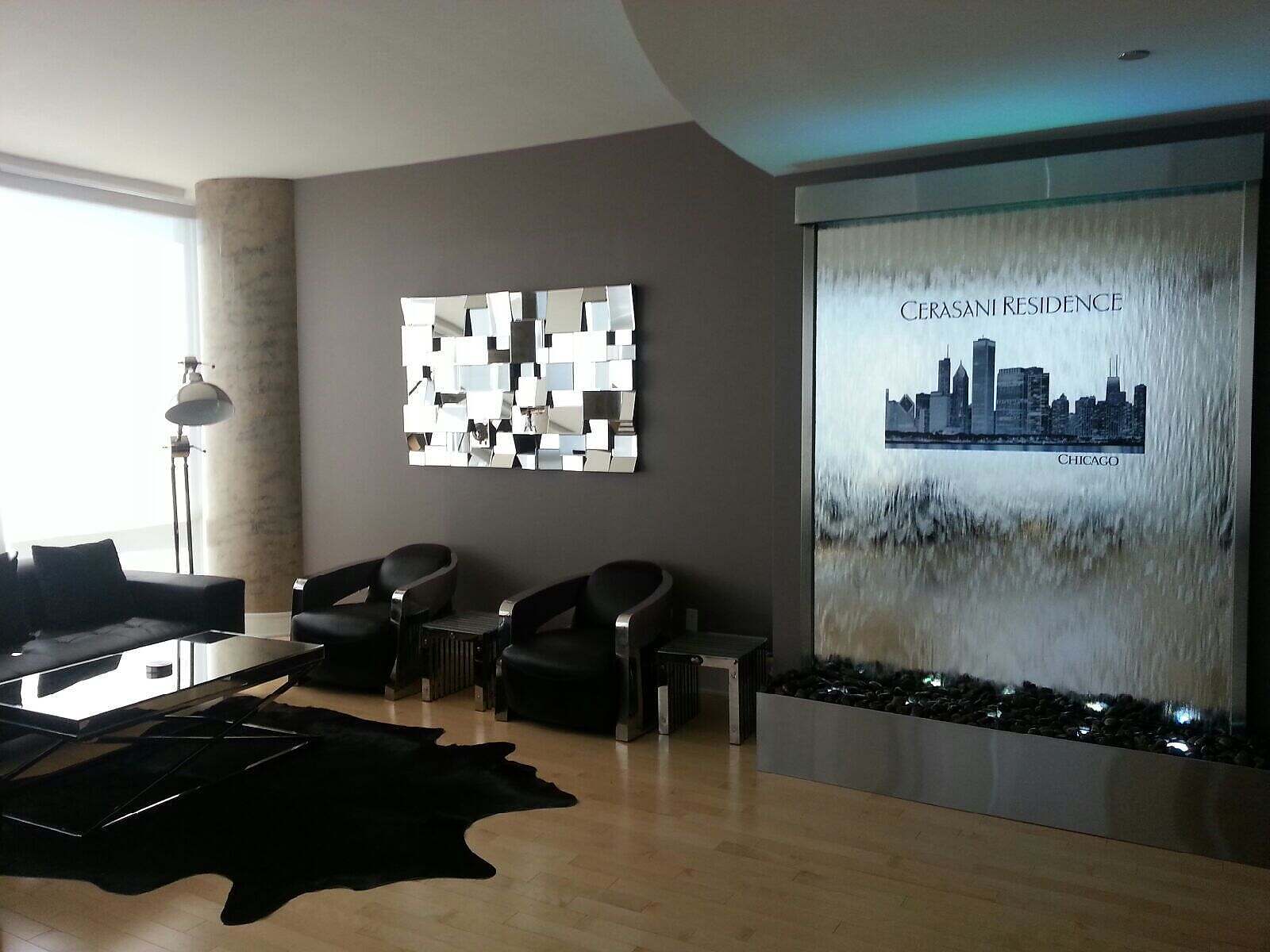

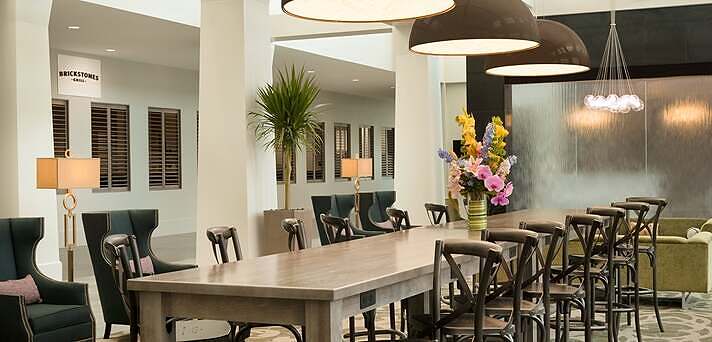

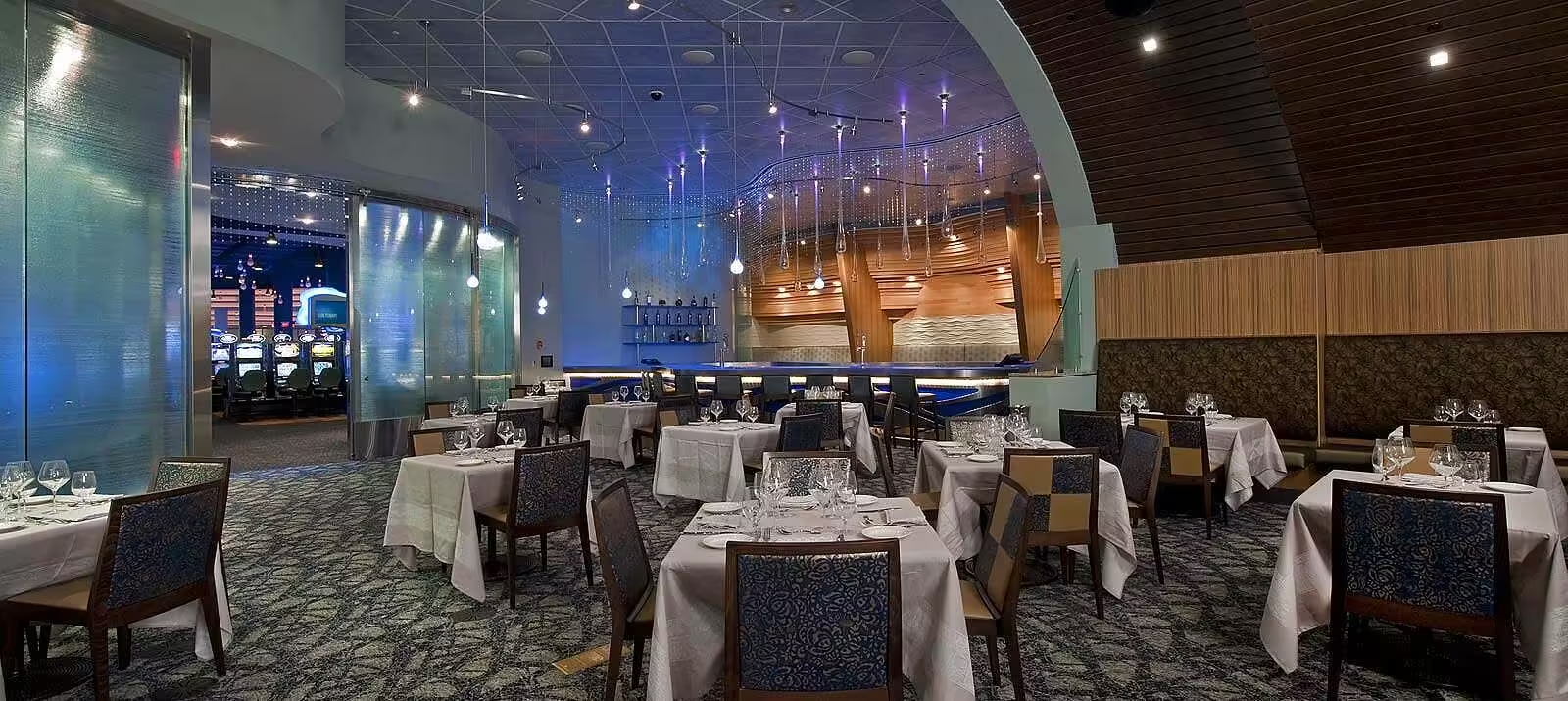

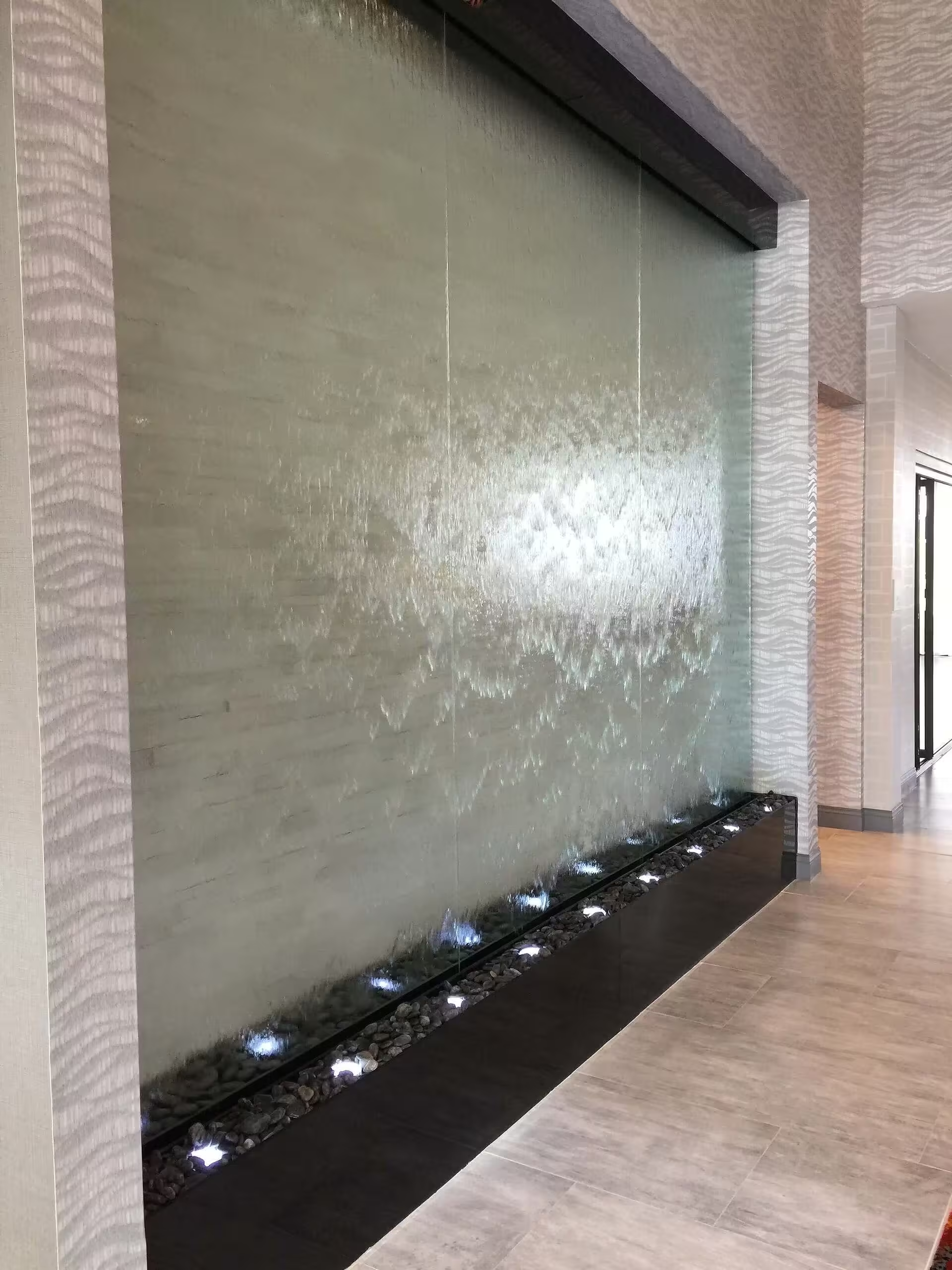
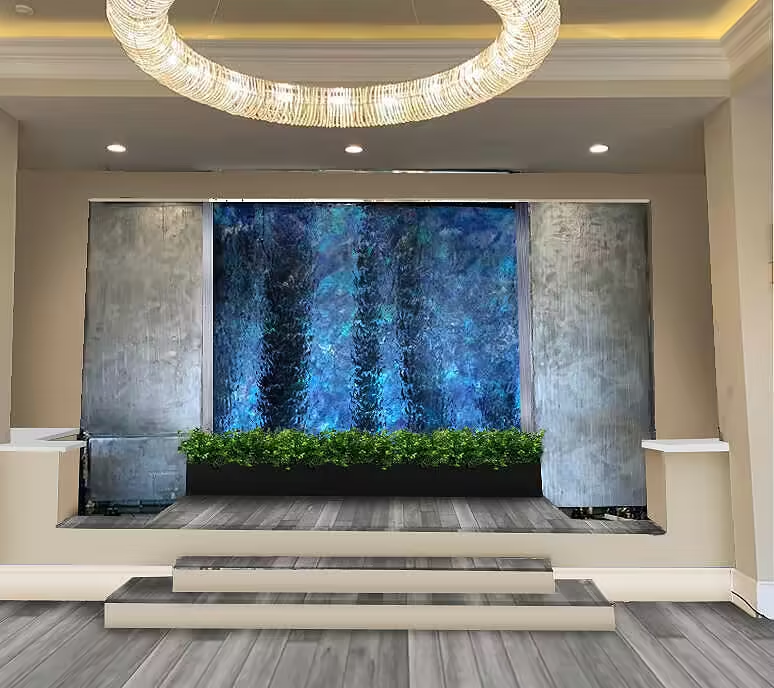

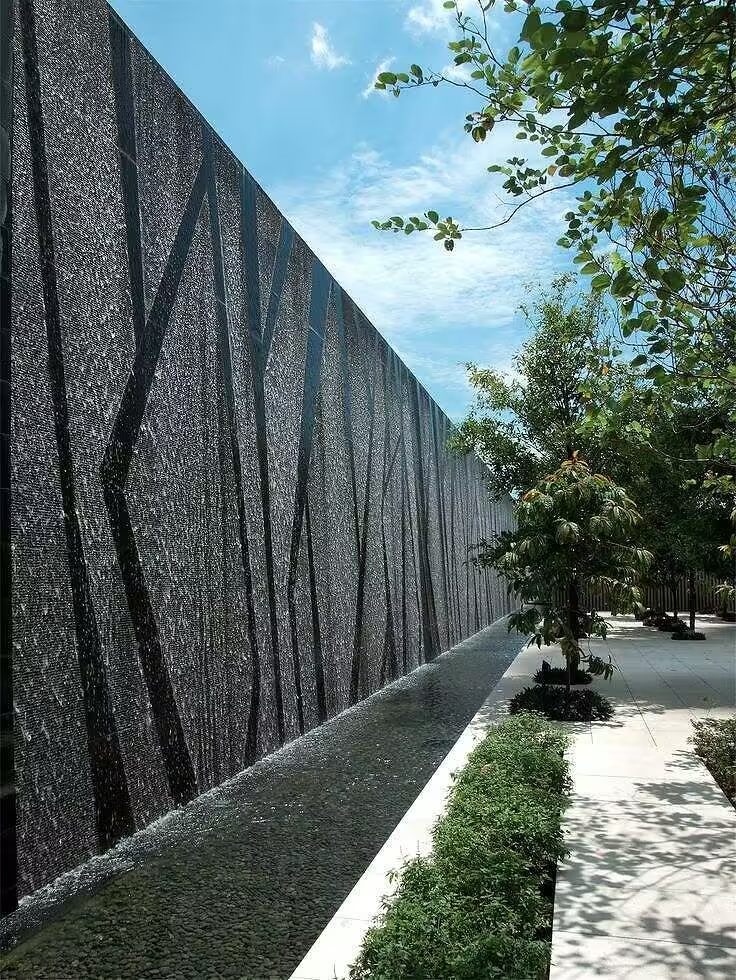
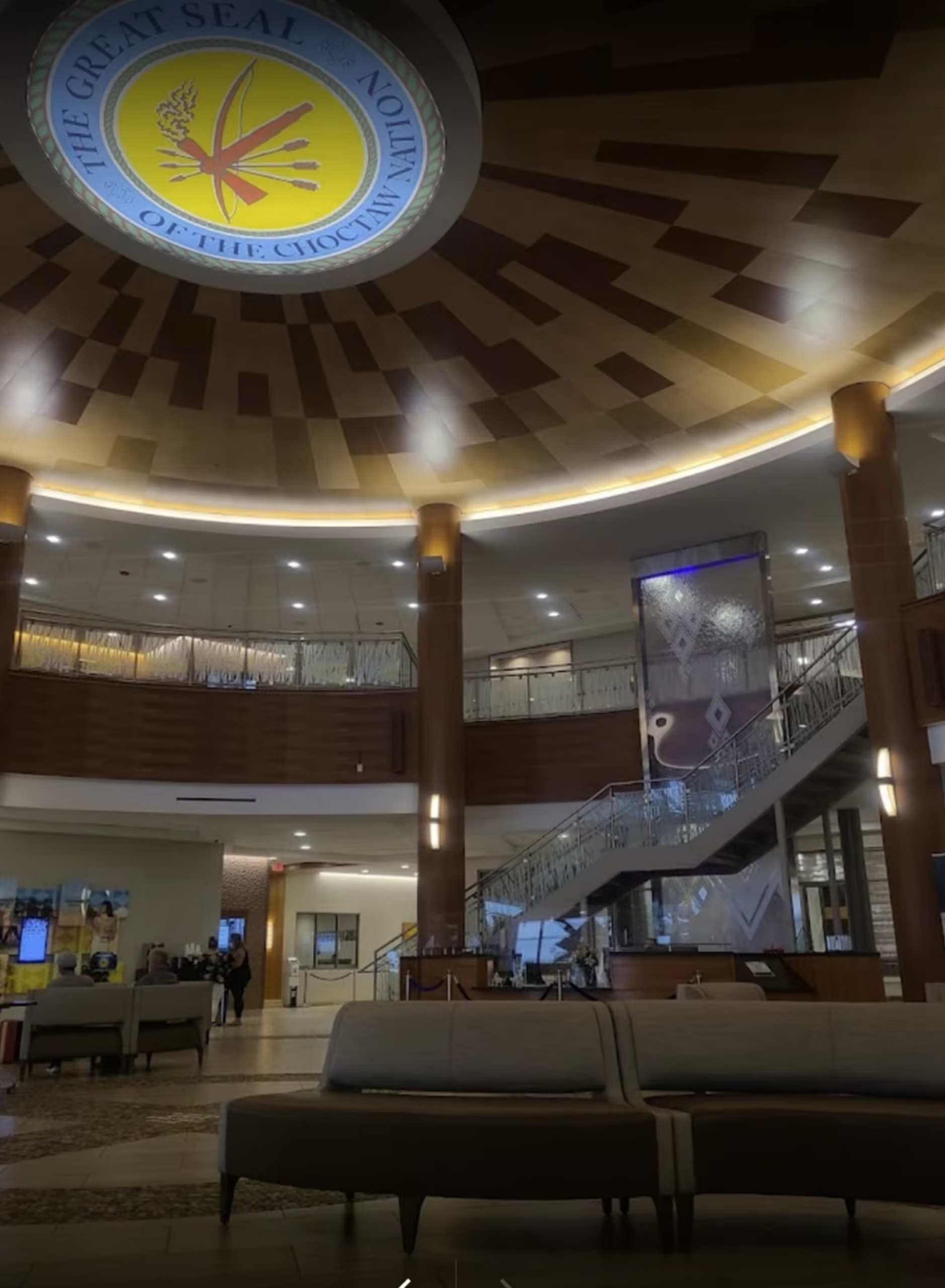

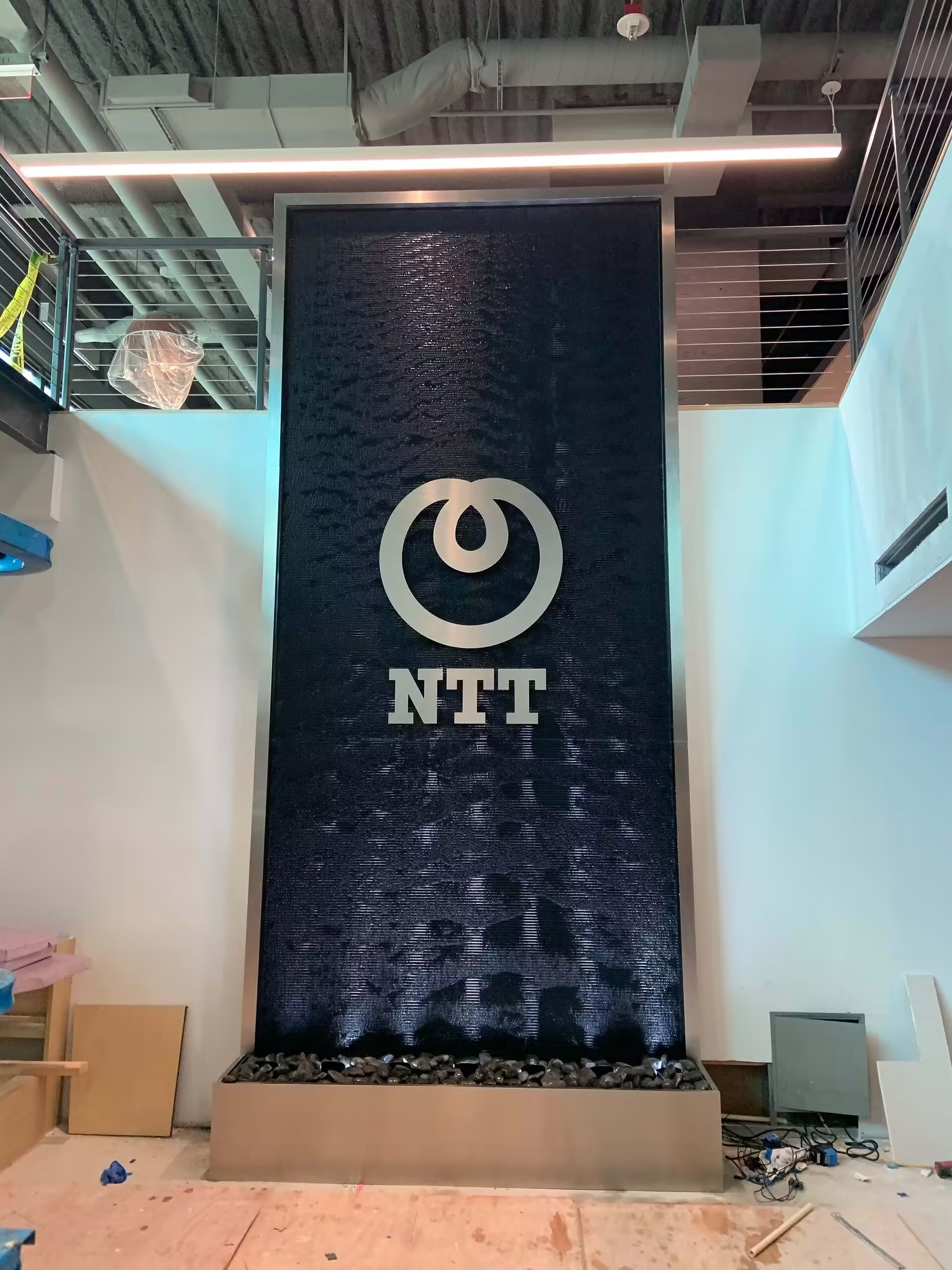

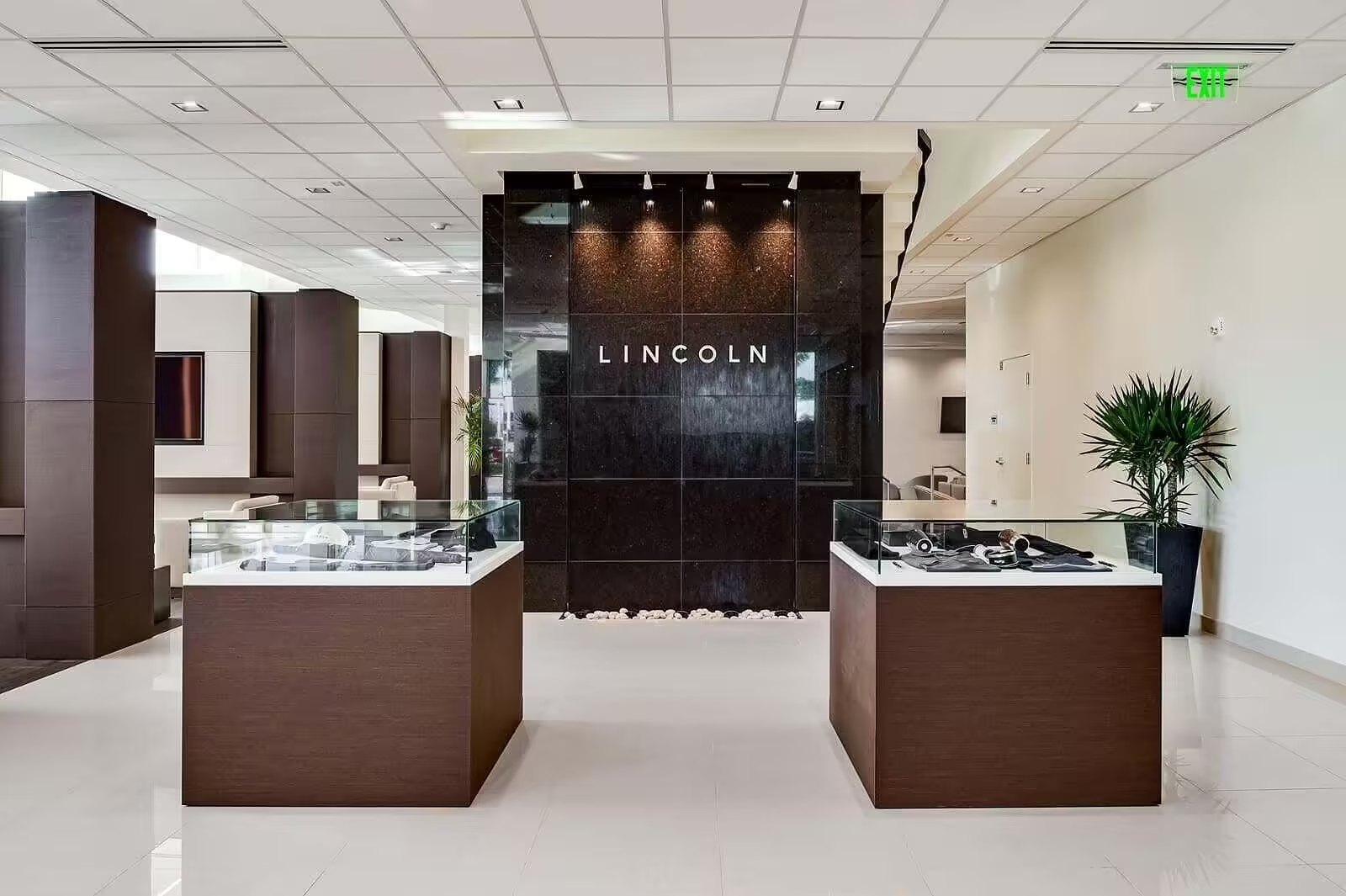
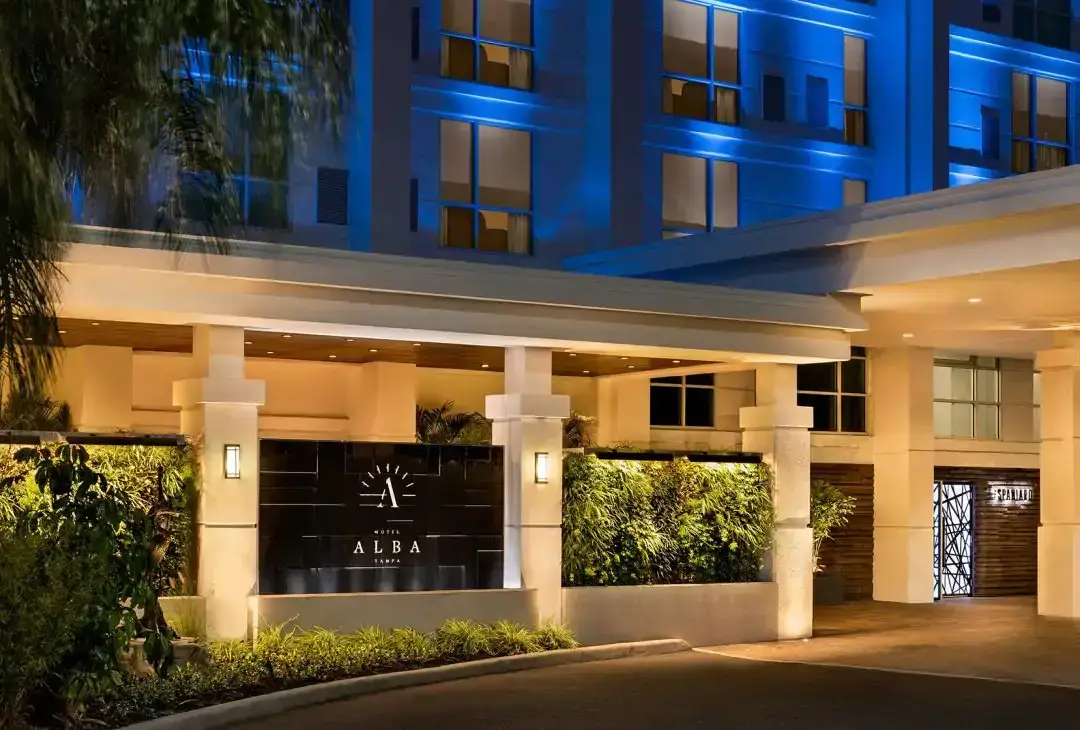
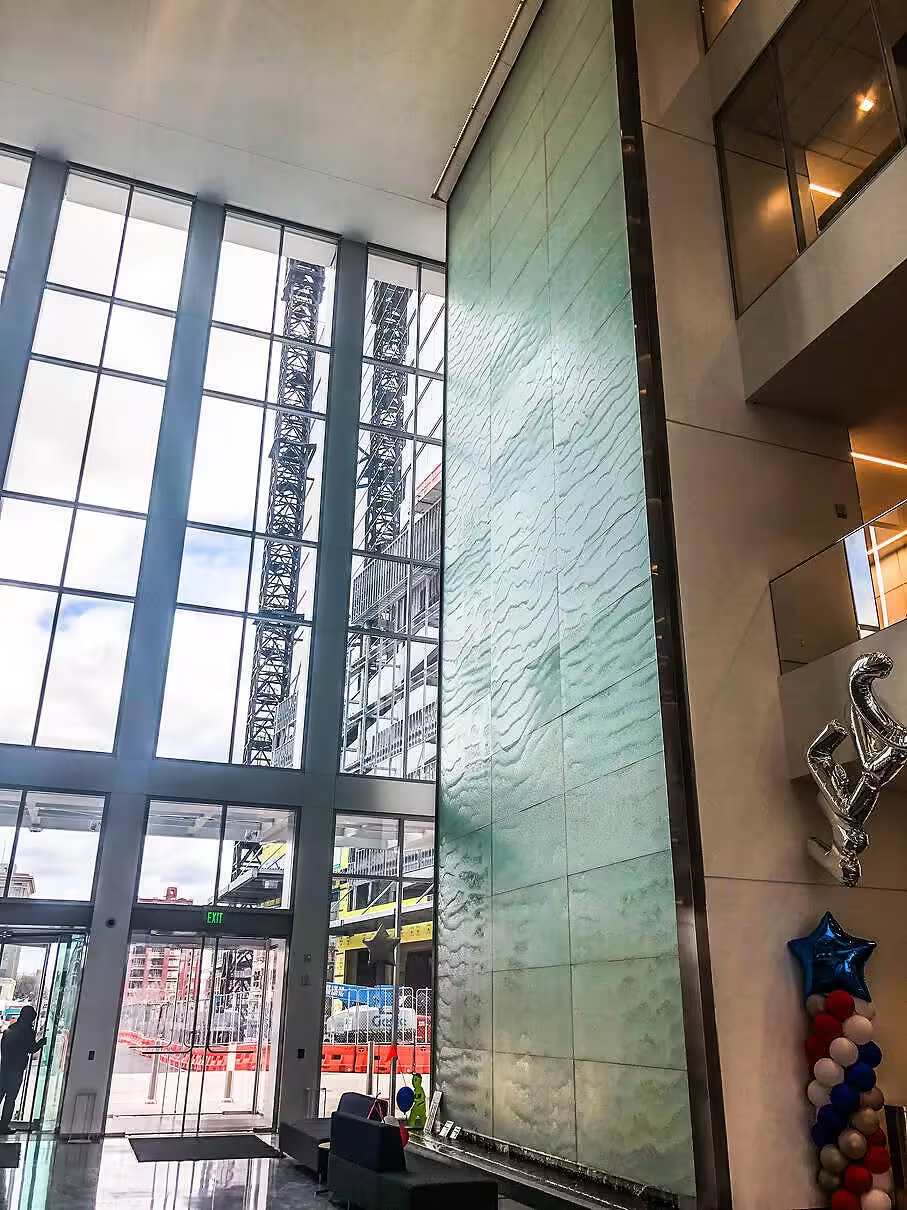
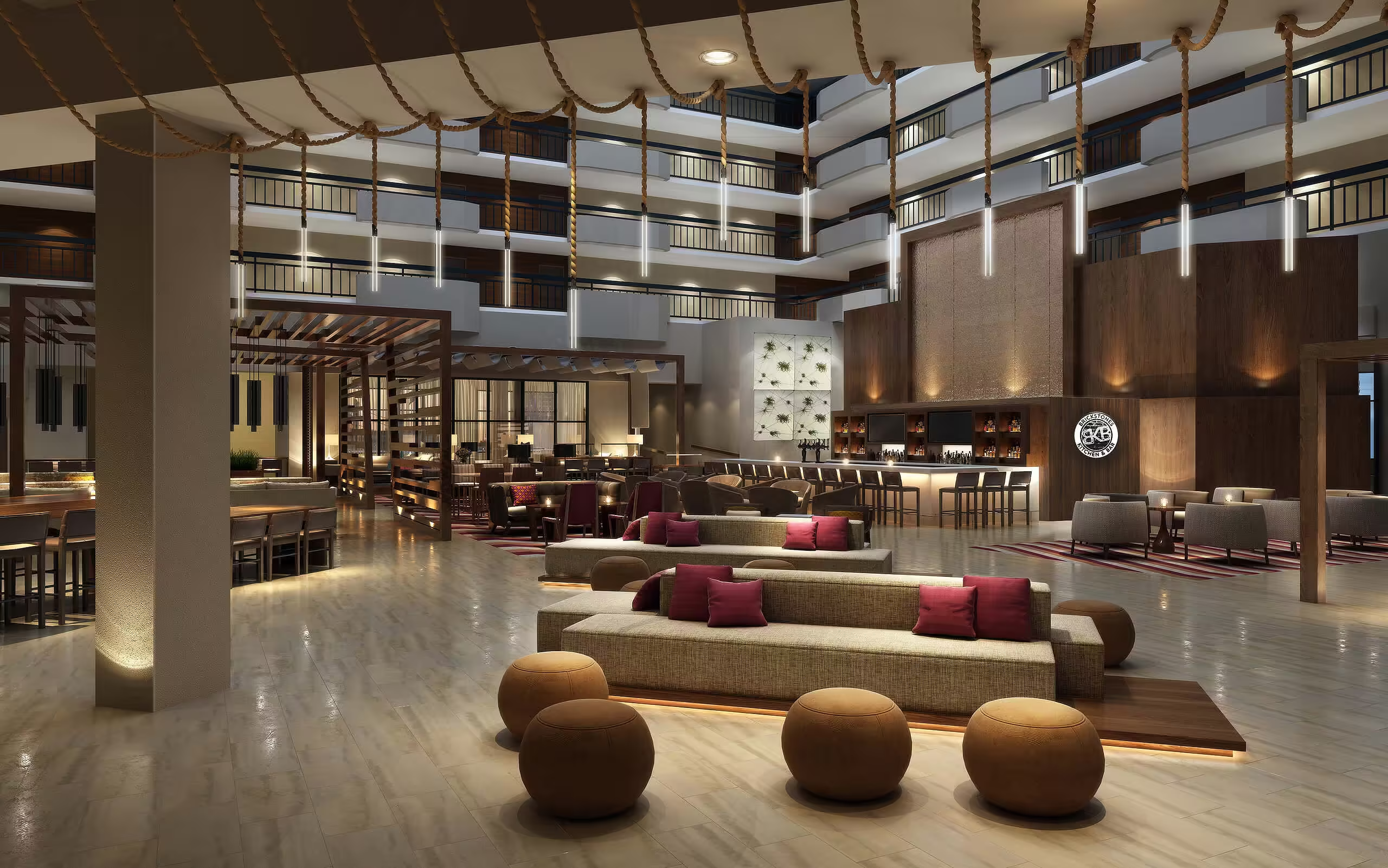

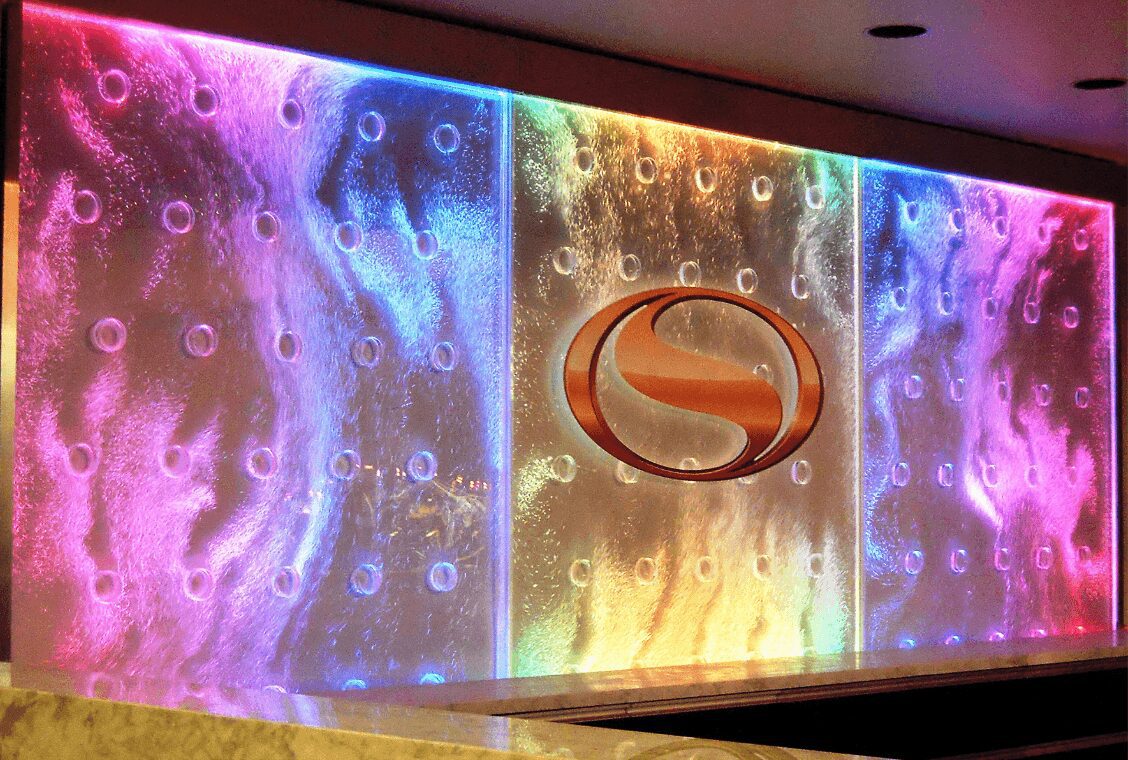
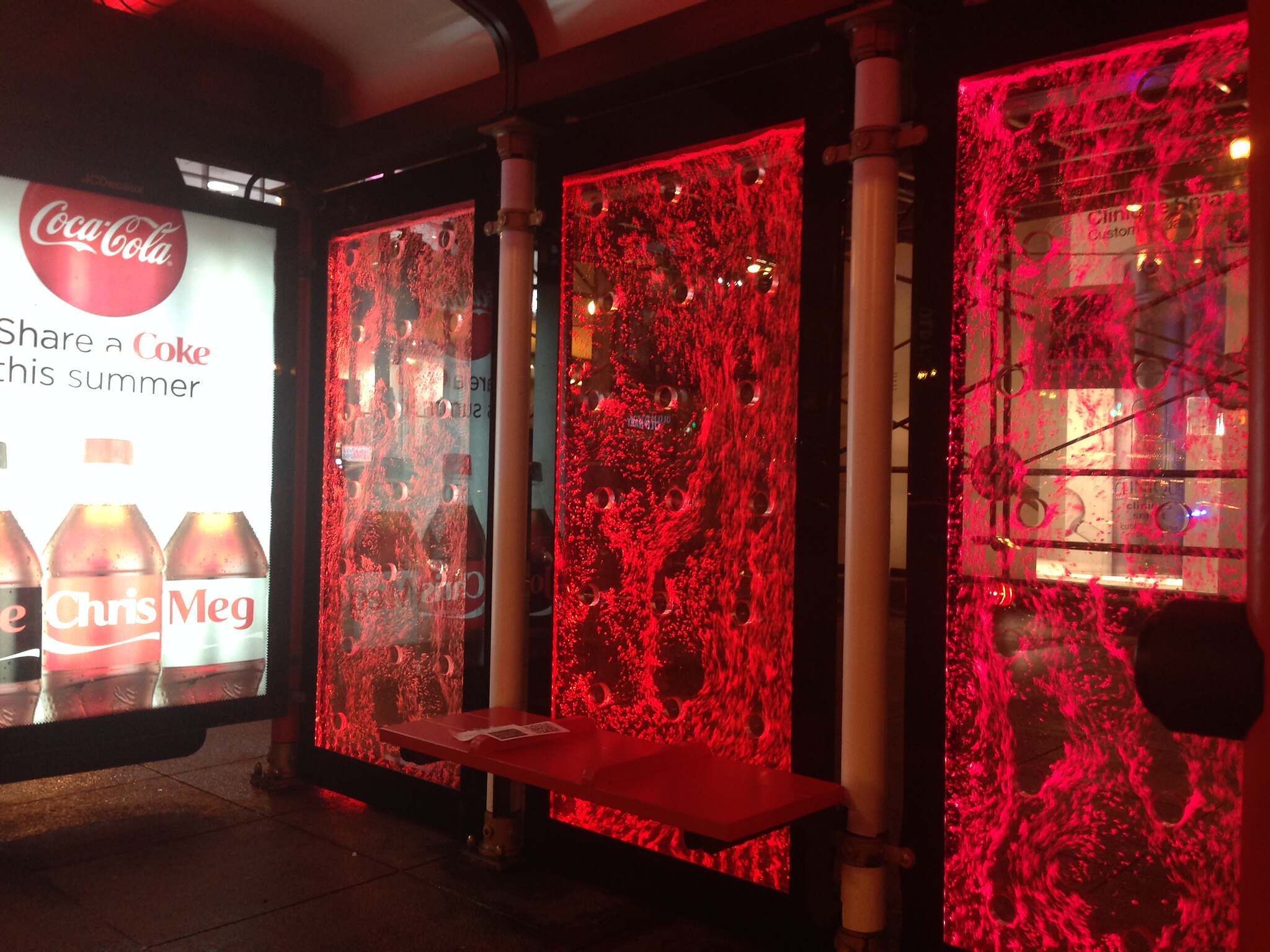
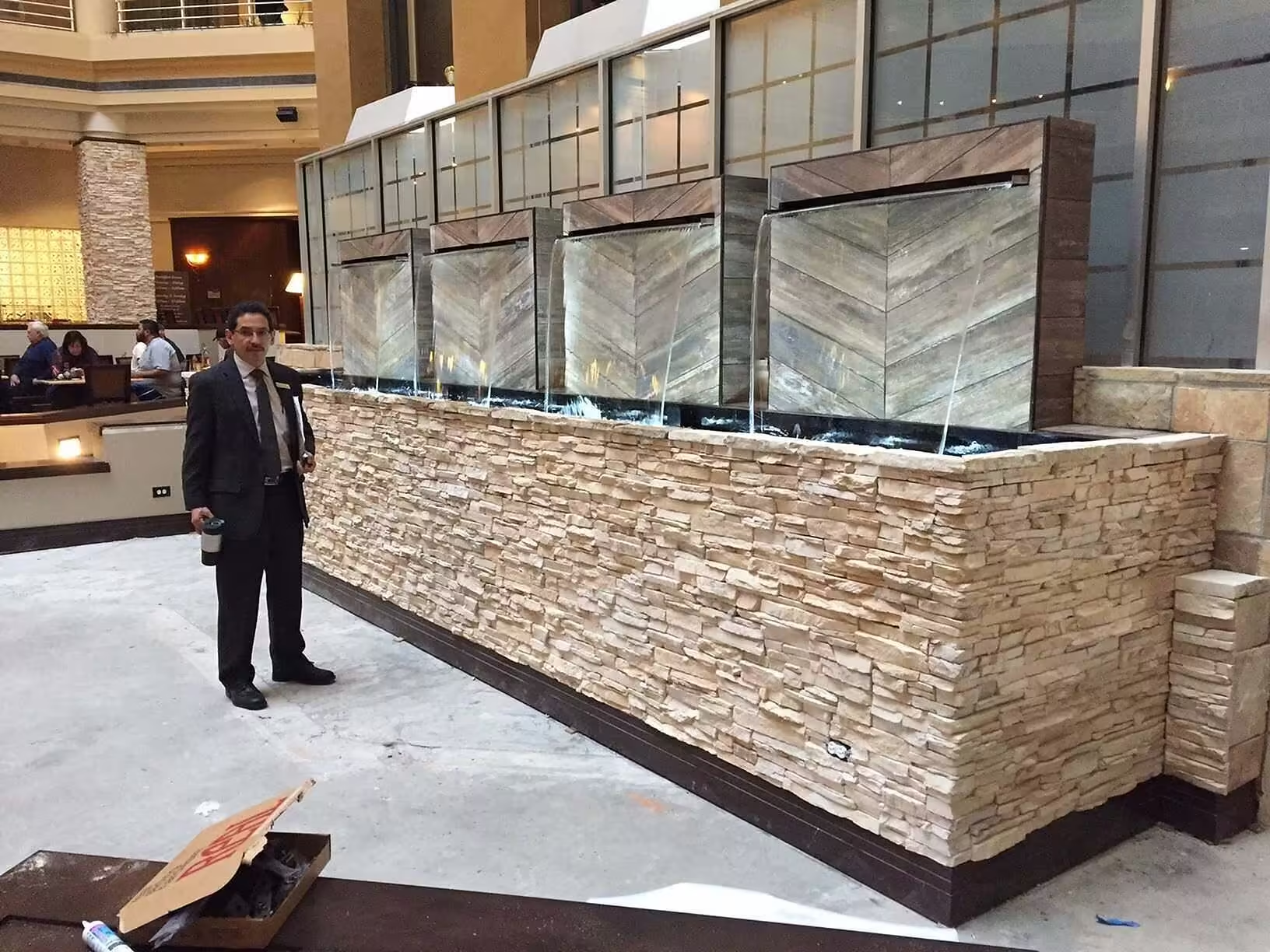
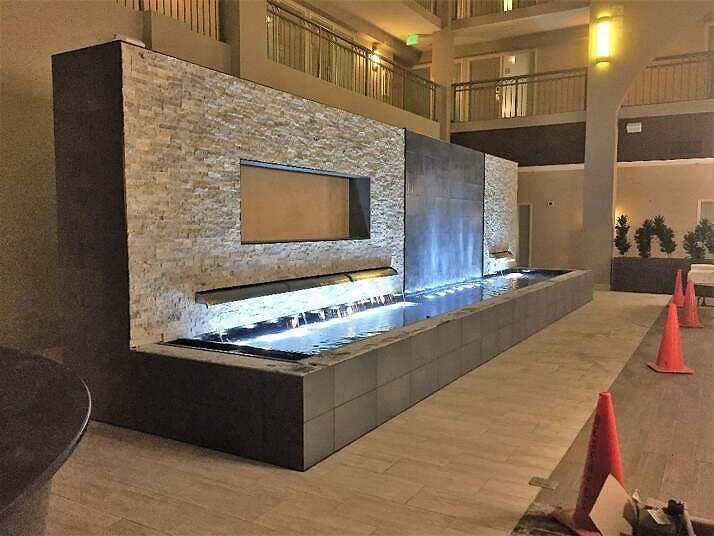
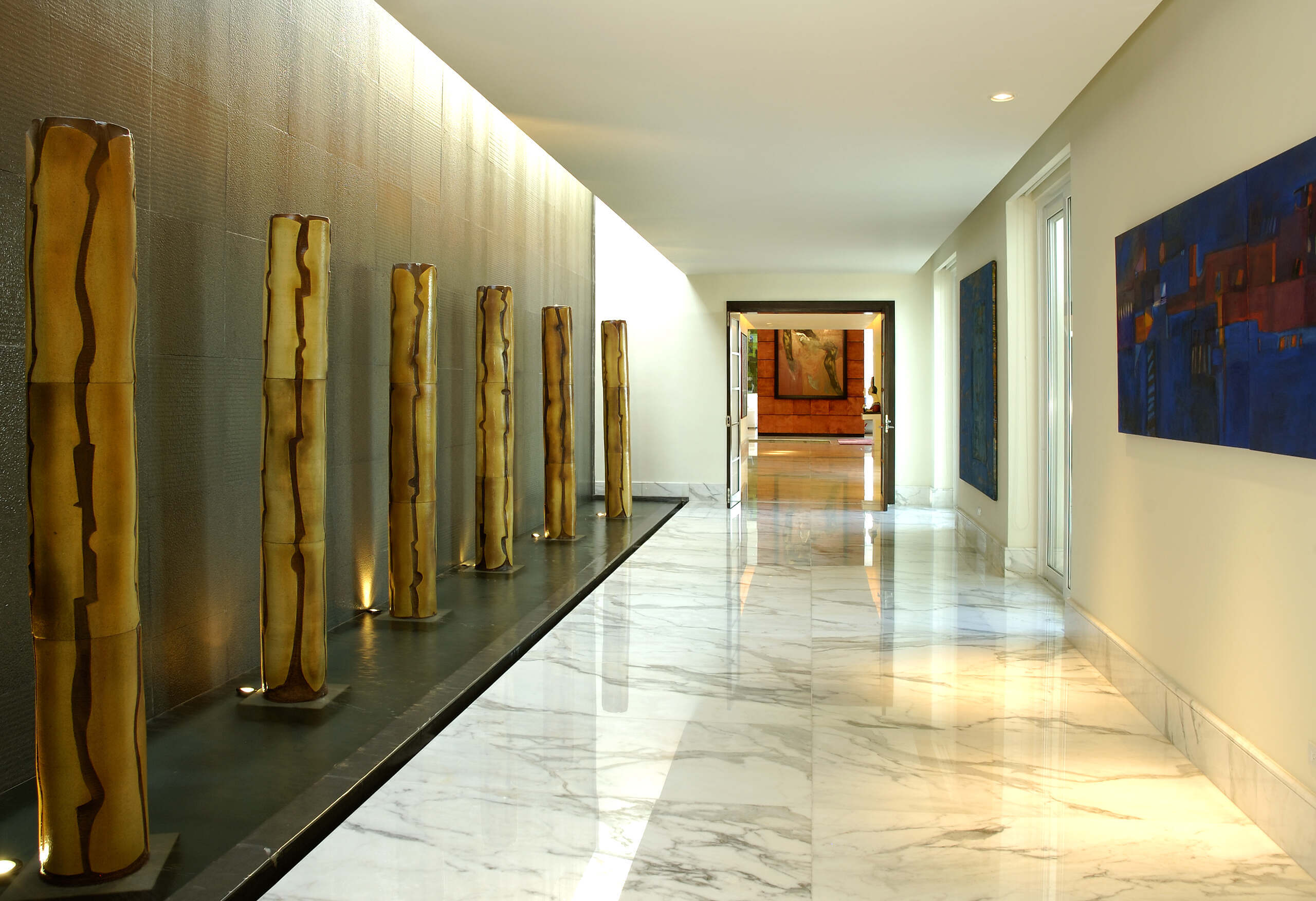
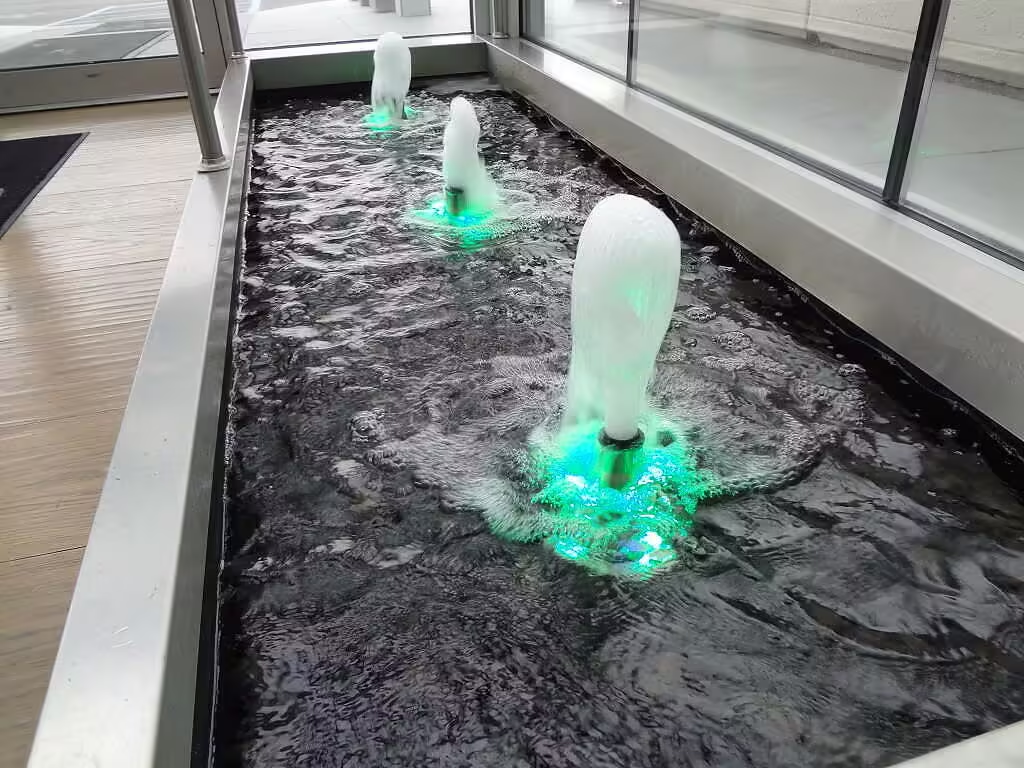
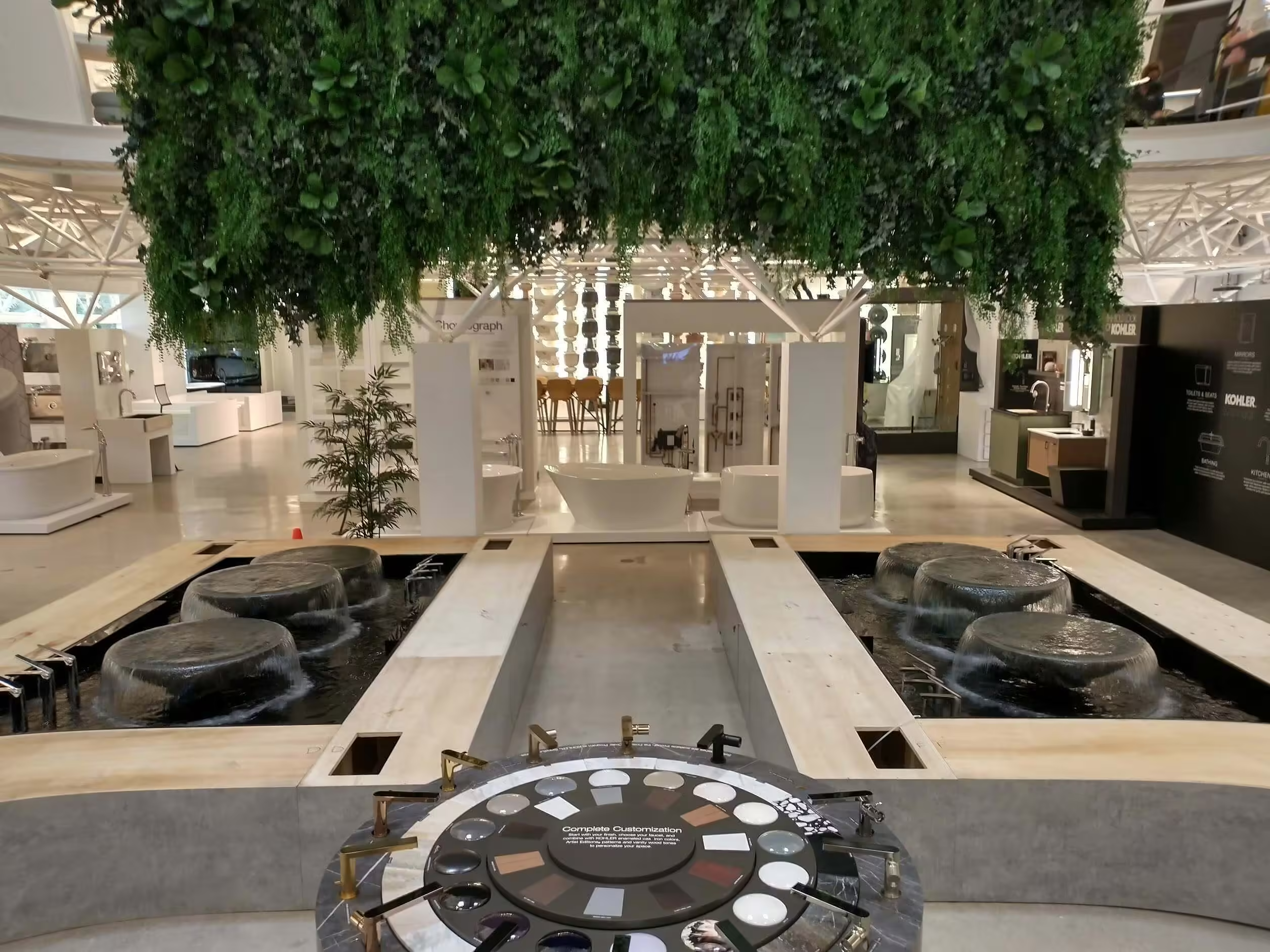
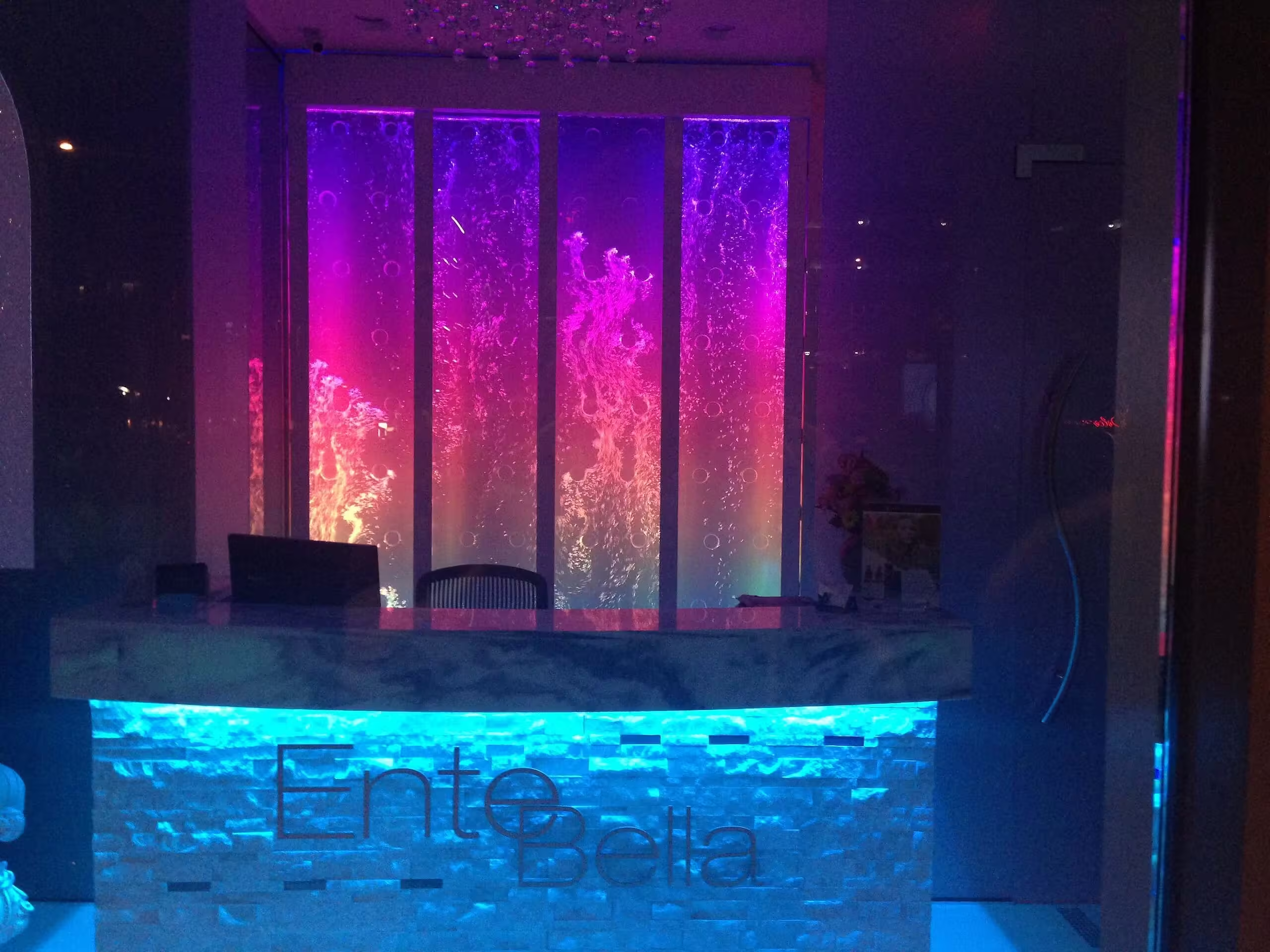
![Rod Style Bubble Wall Swirley for Bounce Empire in Denver, Colorado[84] Rod Style Bubble Wall Swirley for Bounce Empire in Denver, Colorado[84]](https://www.midwest-tropical.com/wp-content/uploads/Rod-Style-Bubble-Wall-Swirley-for-Bounce-Empire-in-Denver-Colorado84-jpg.avif)
![Rod Style Bubble Wall Swirley for Bounce Empire in Denver, Colorado 2[2] Rod Style Bubble Wall Swirley for Bounce Empire in Denver, Colorado 2[2]](https://www.midwest-tropical.com/wp-content/uploads/Rod-Style-Bubble-Wall-Swirley-for-Bounce-Empire-in-Denver-Colorado-22-jpg.avif)
